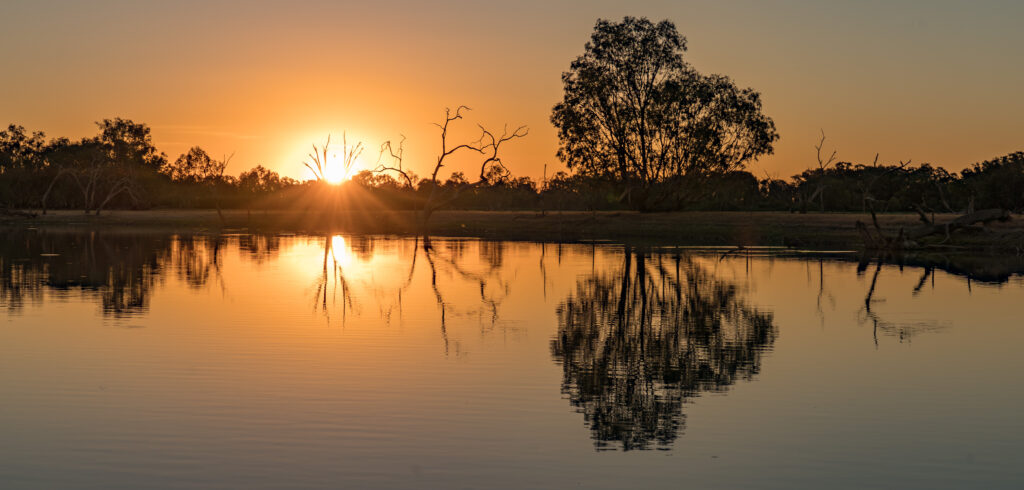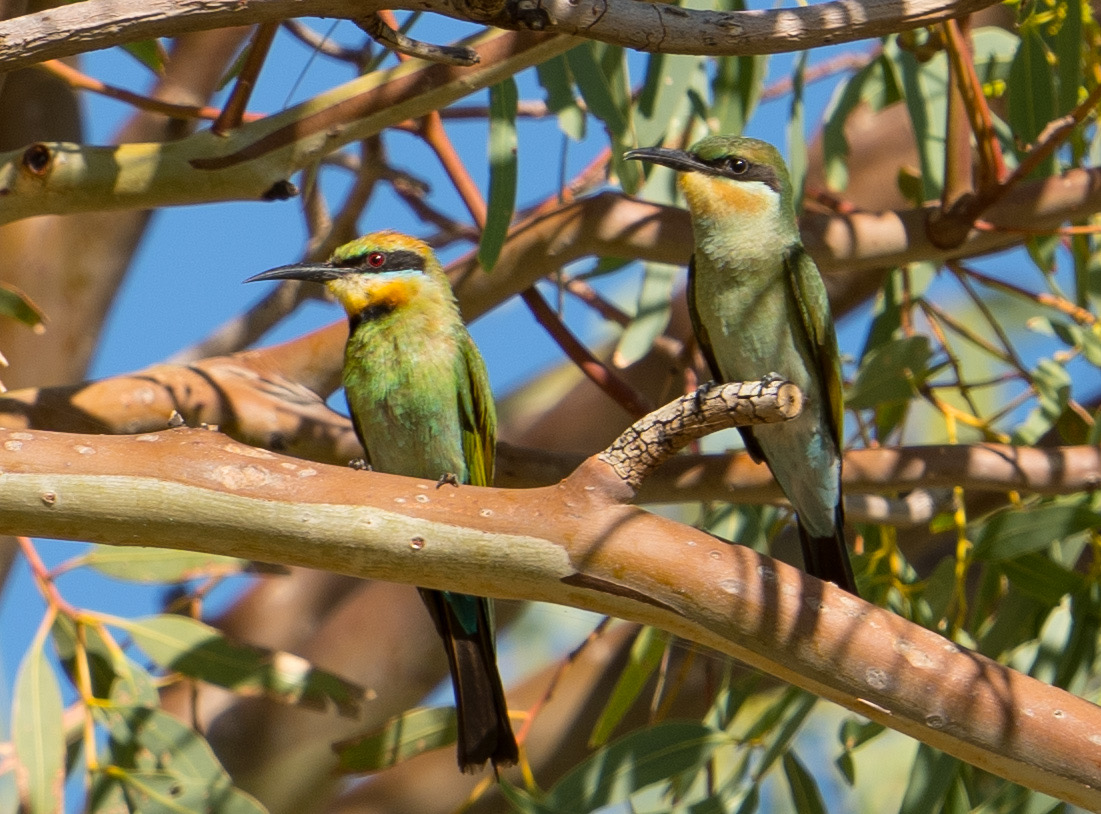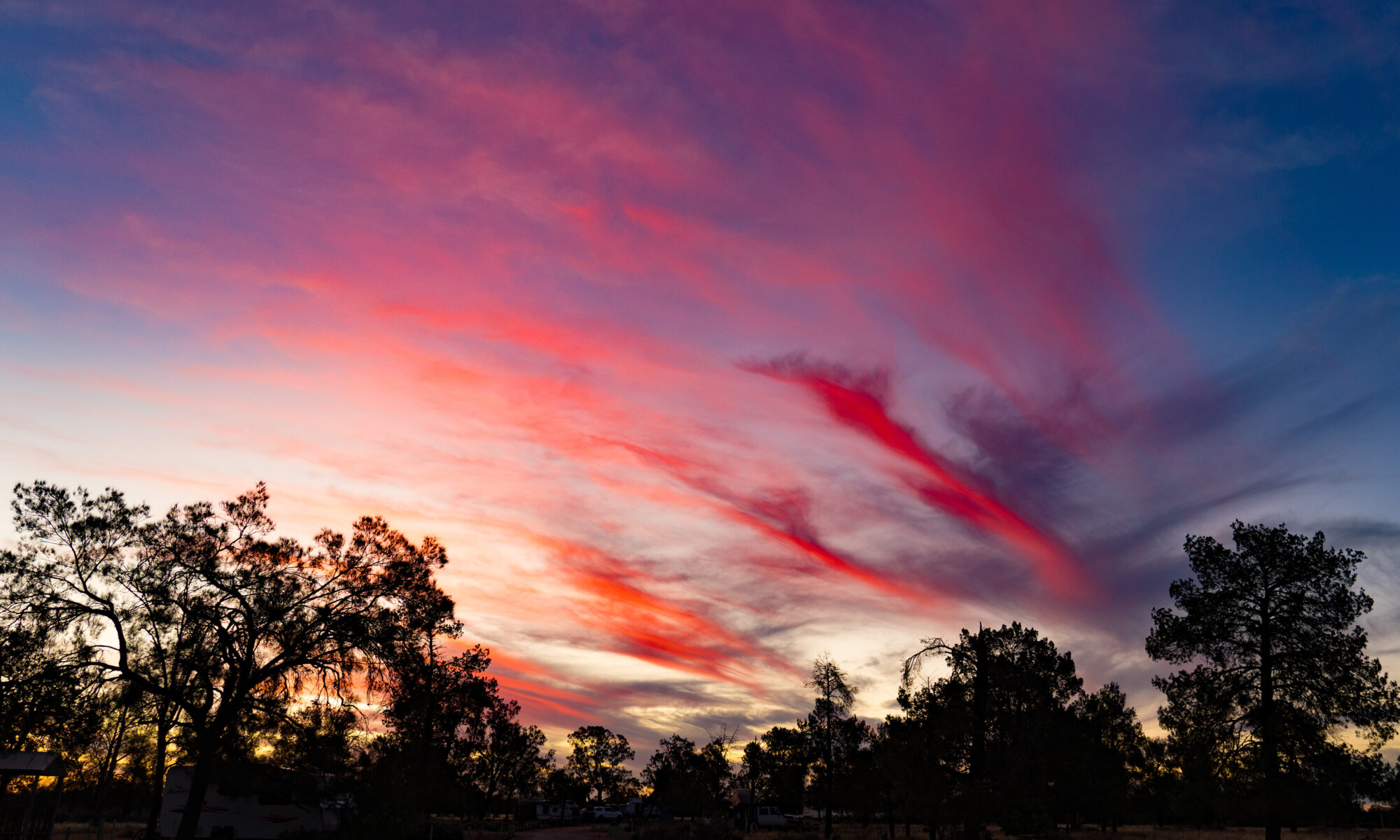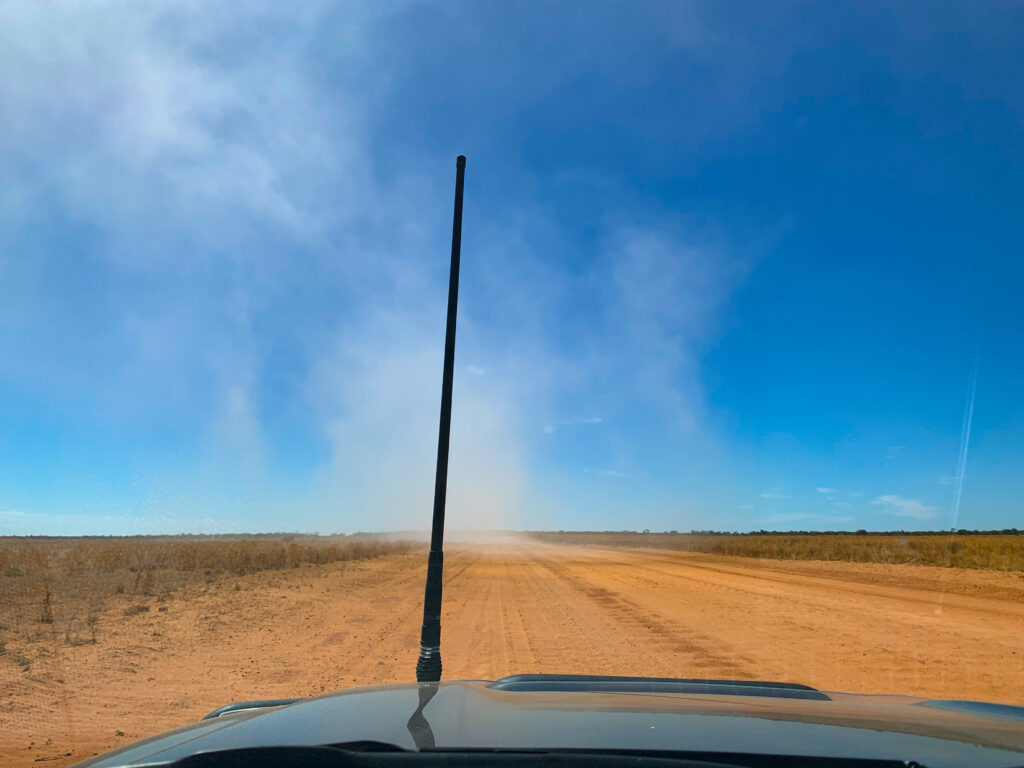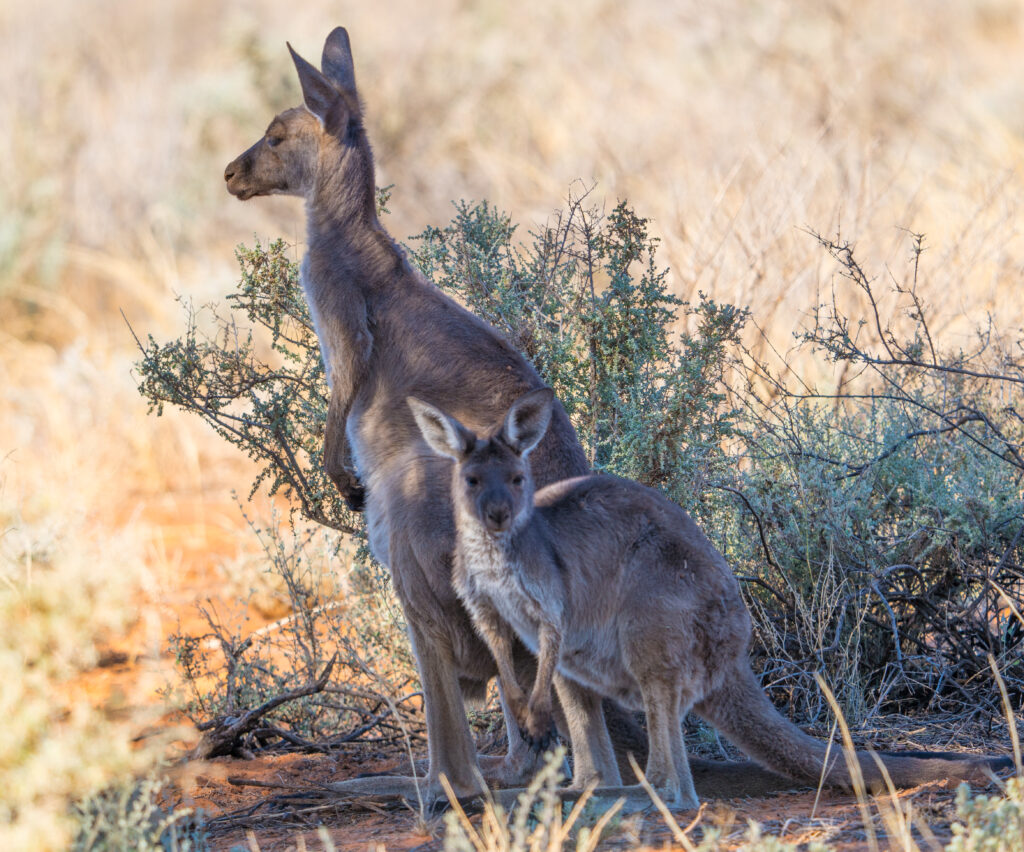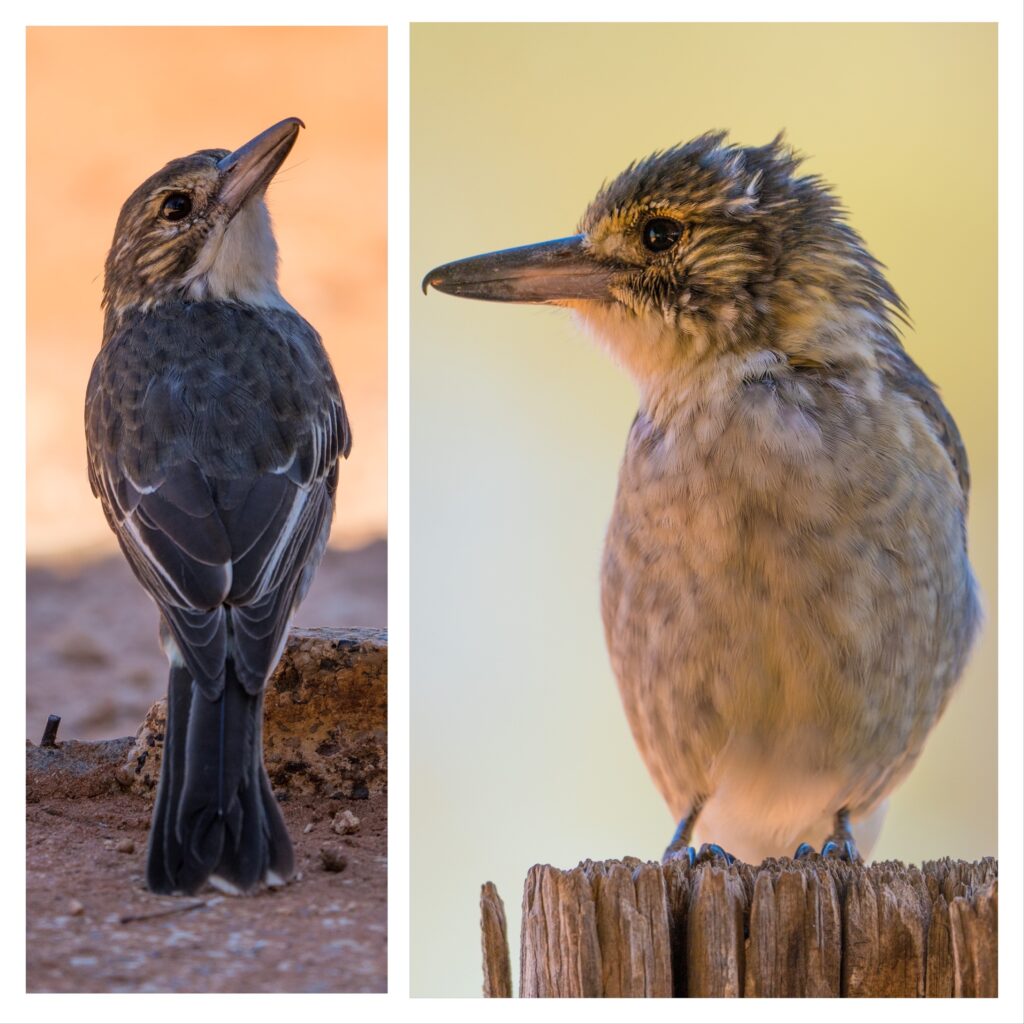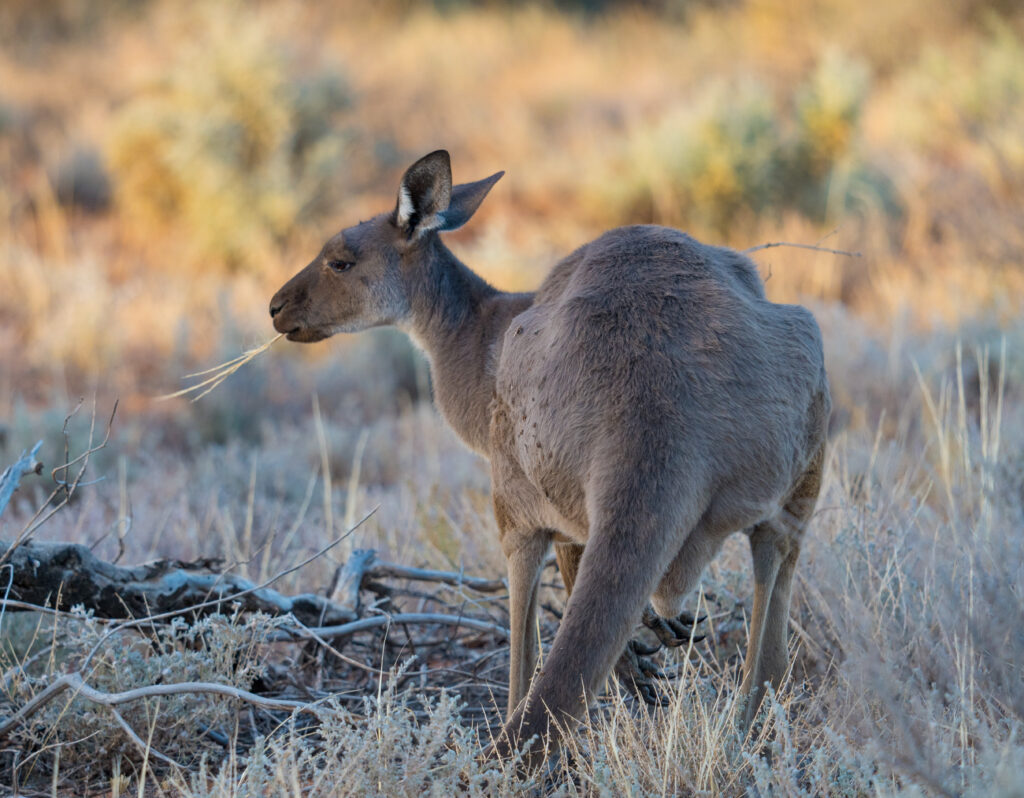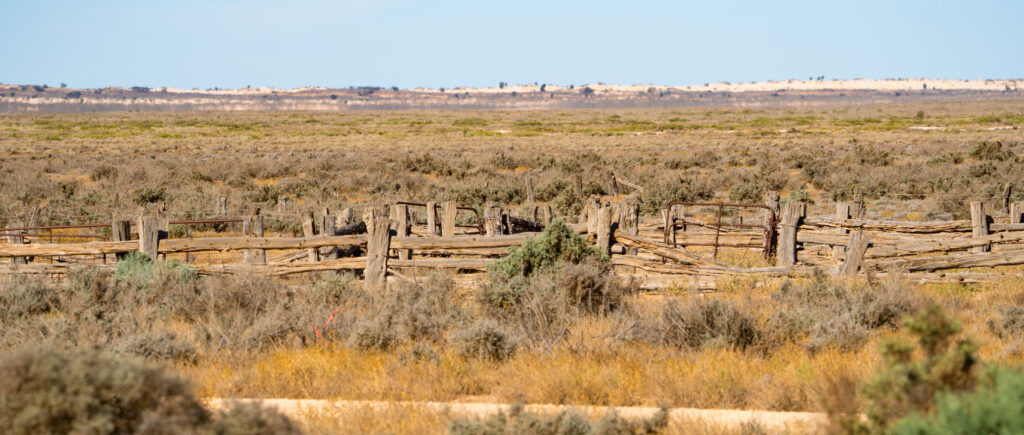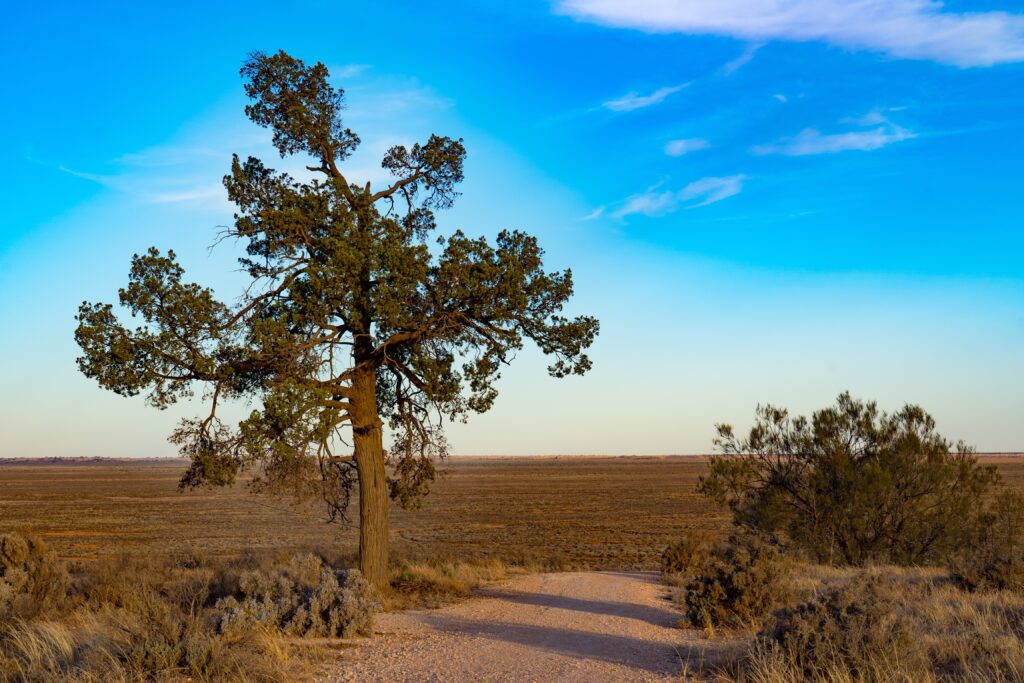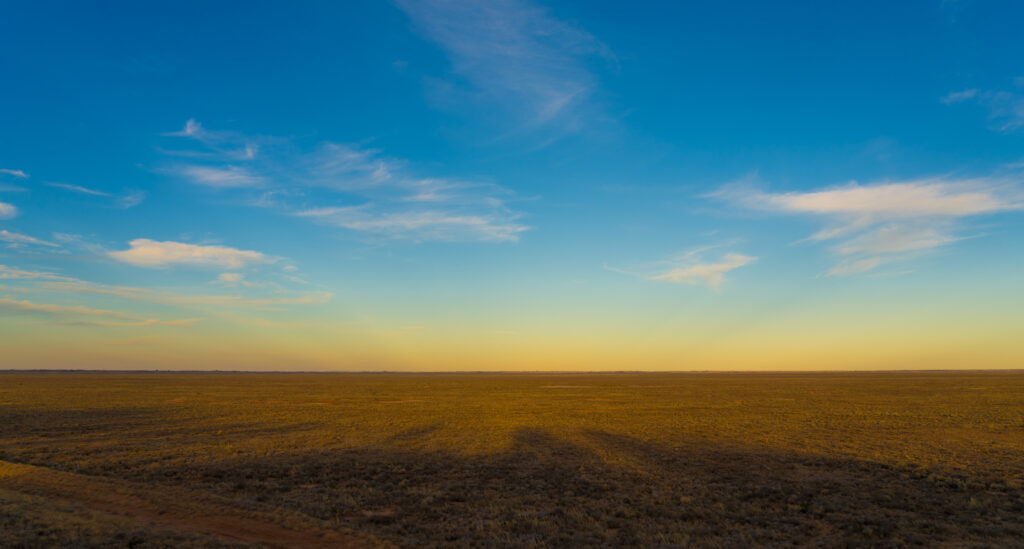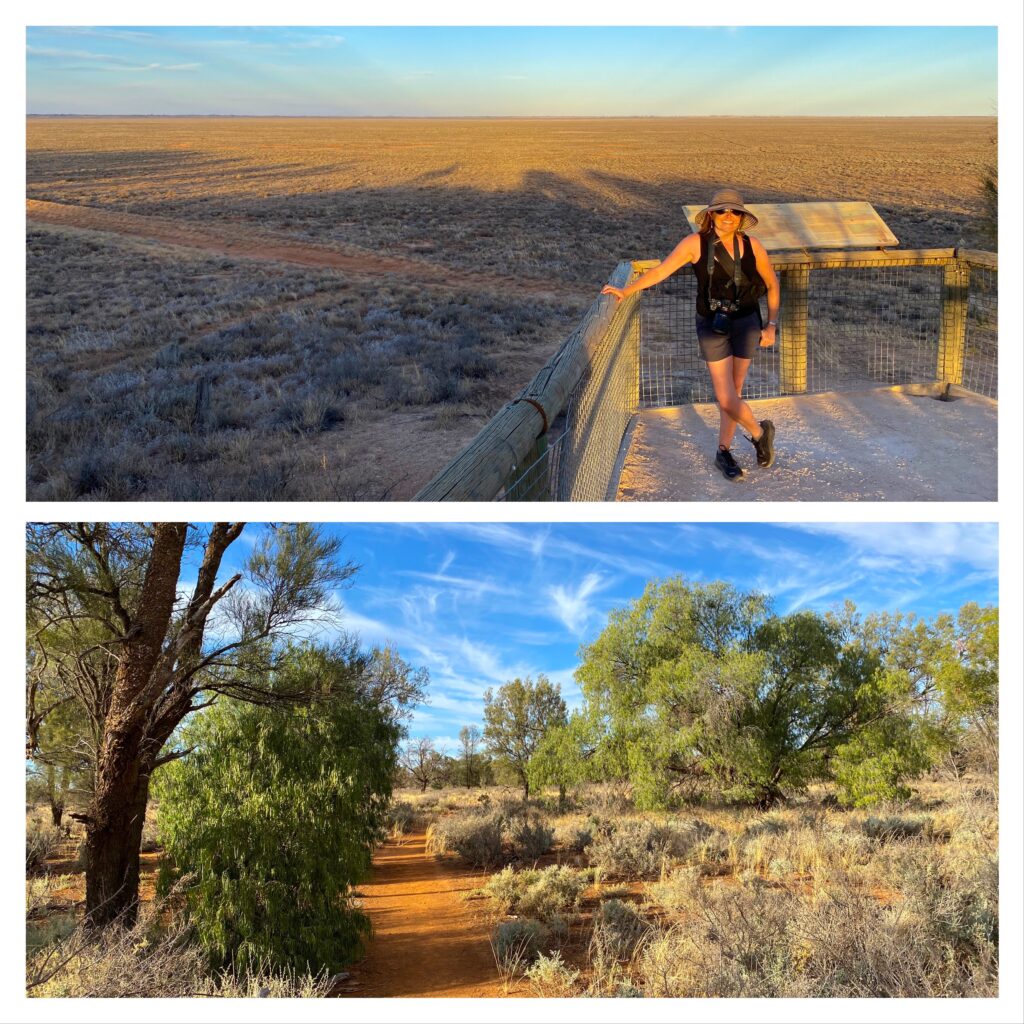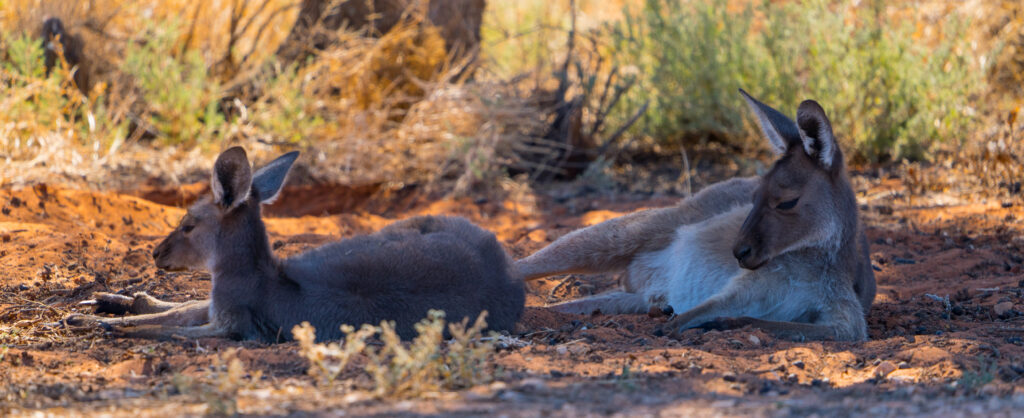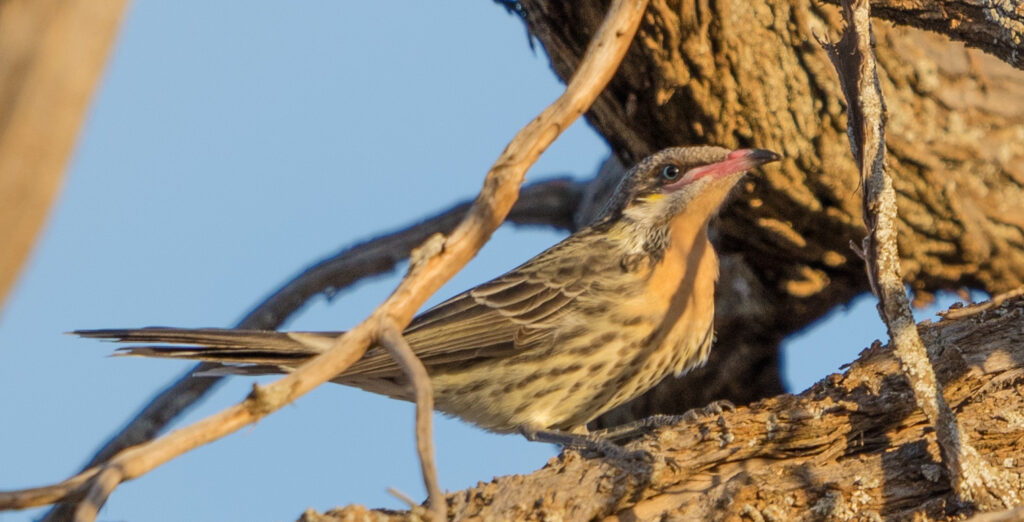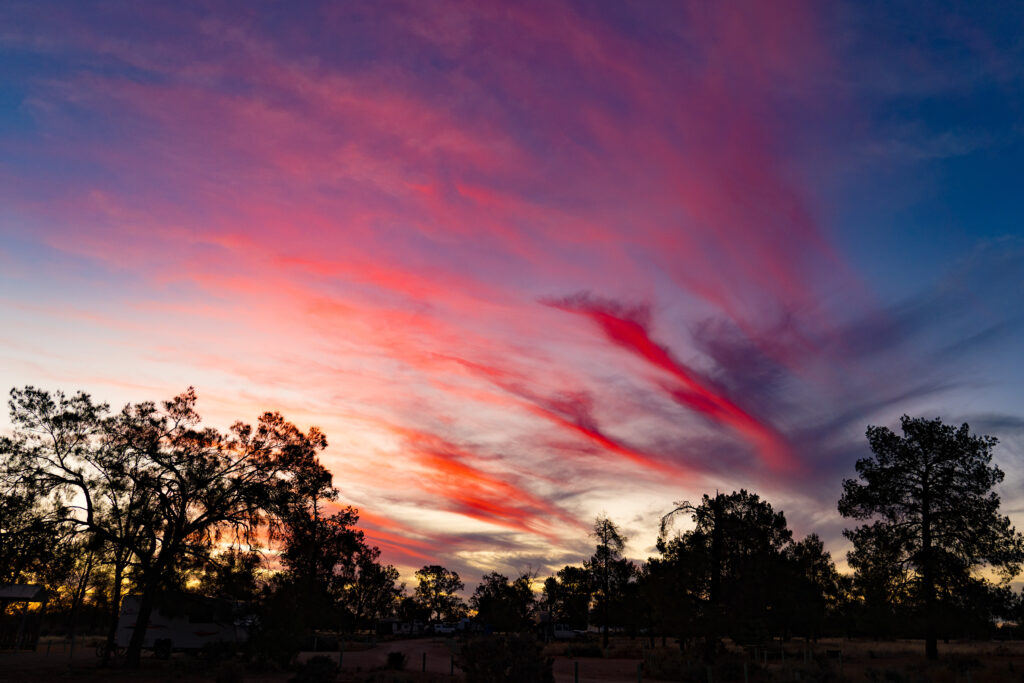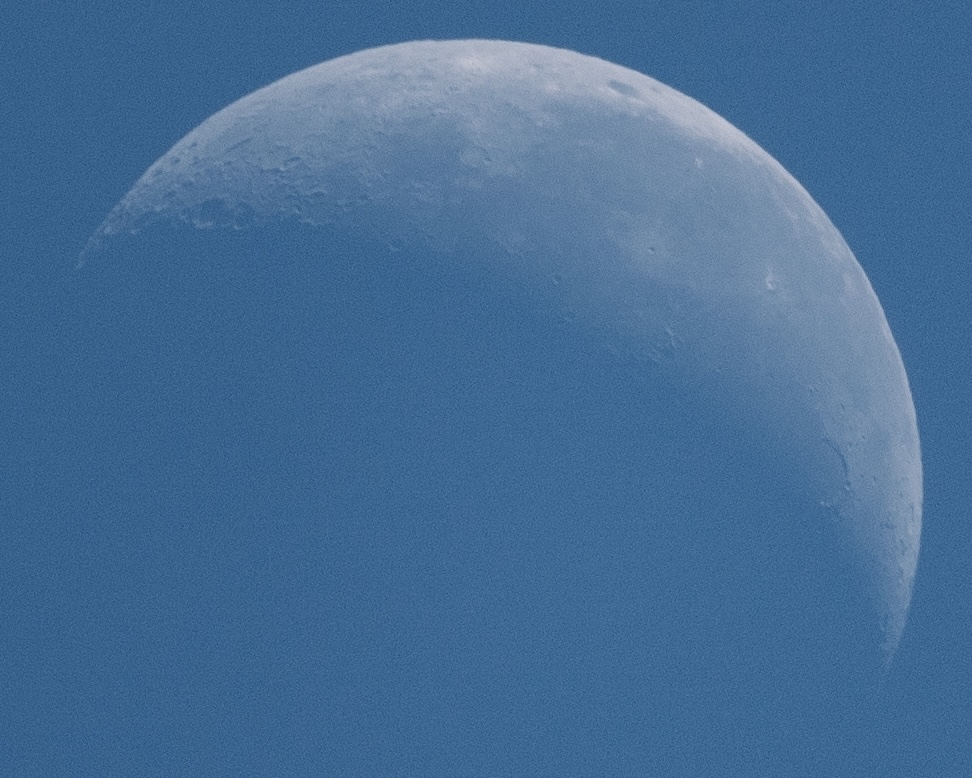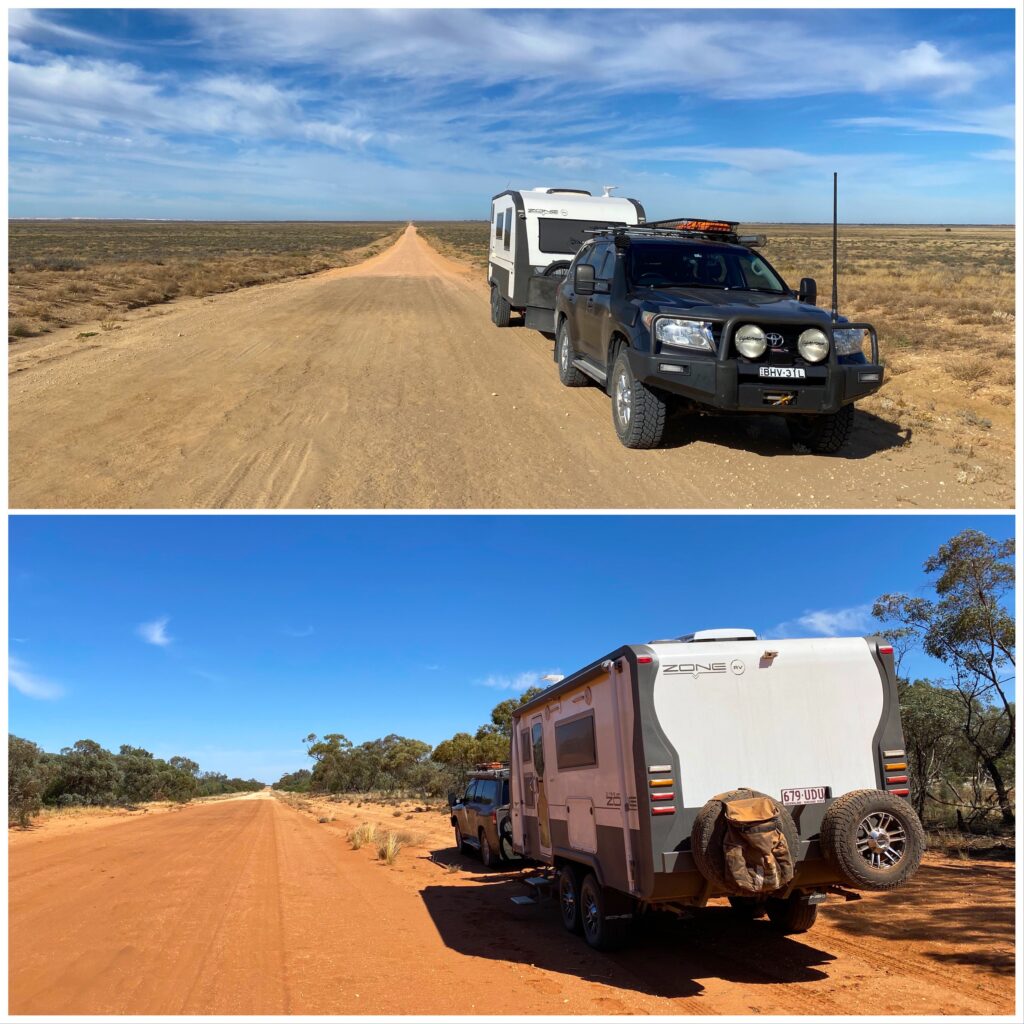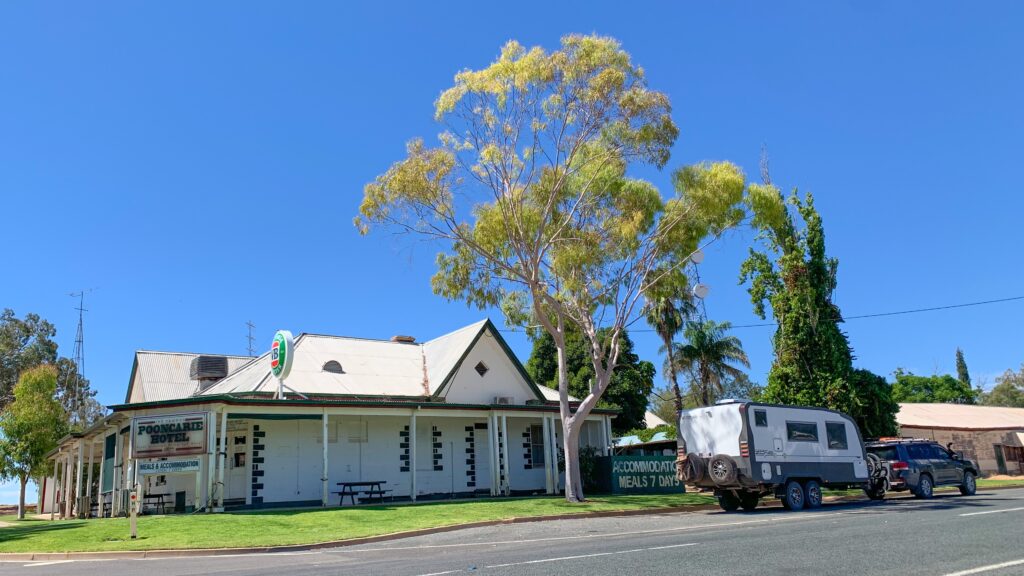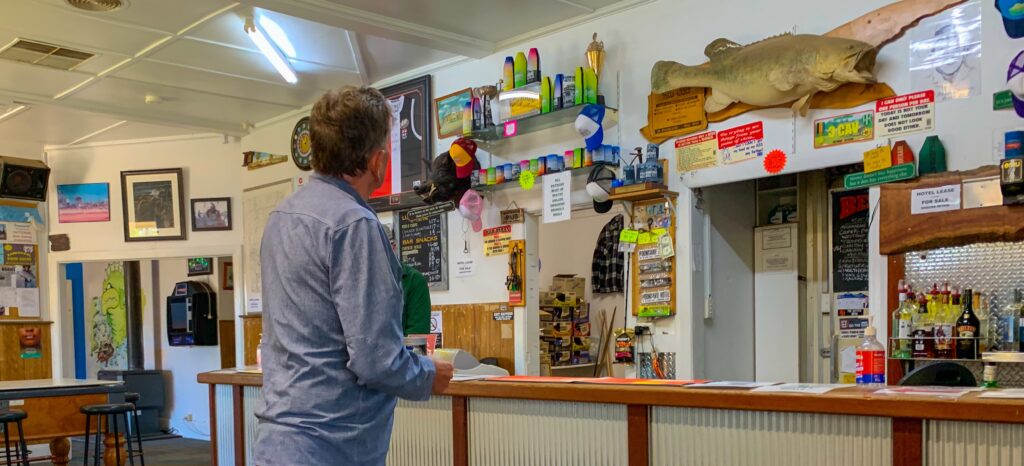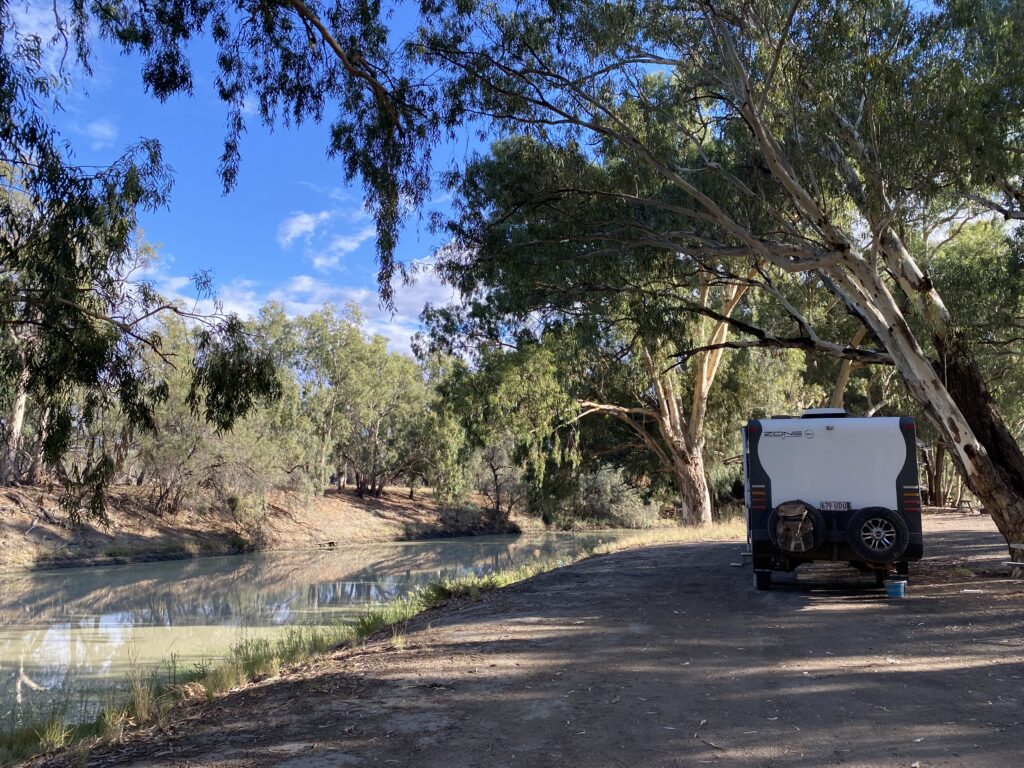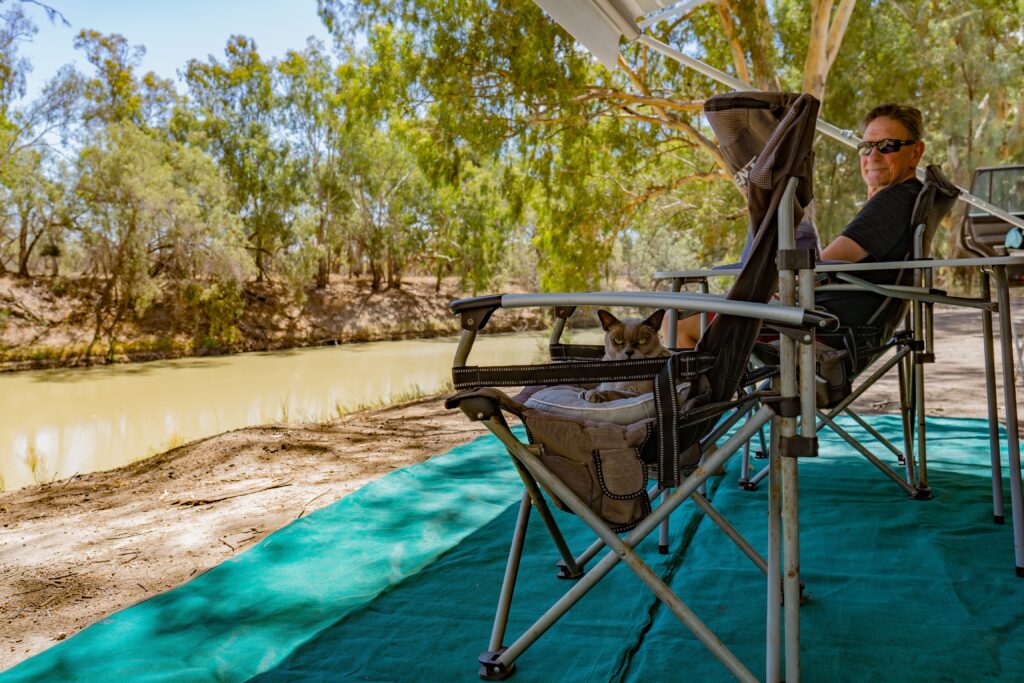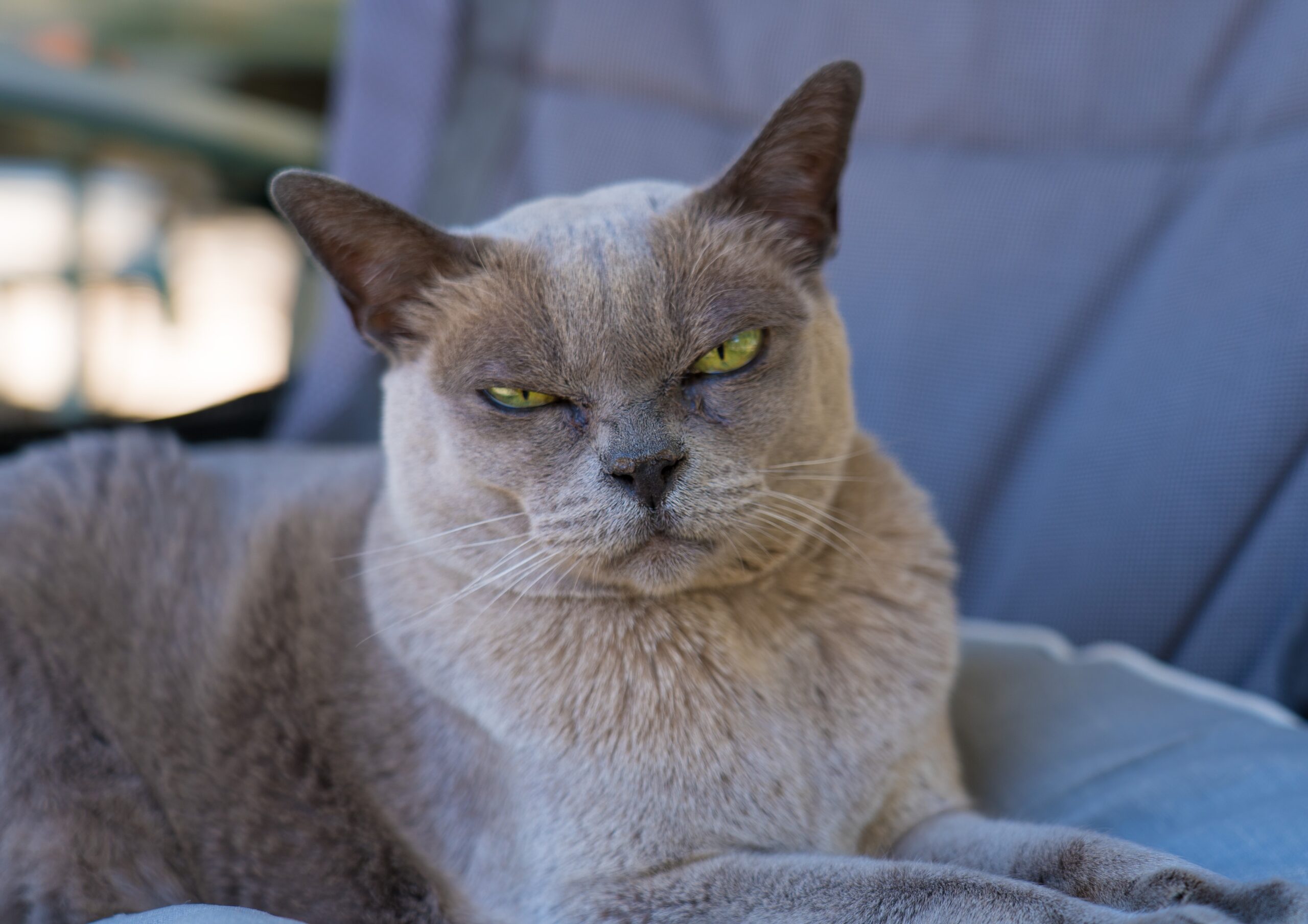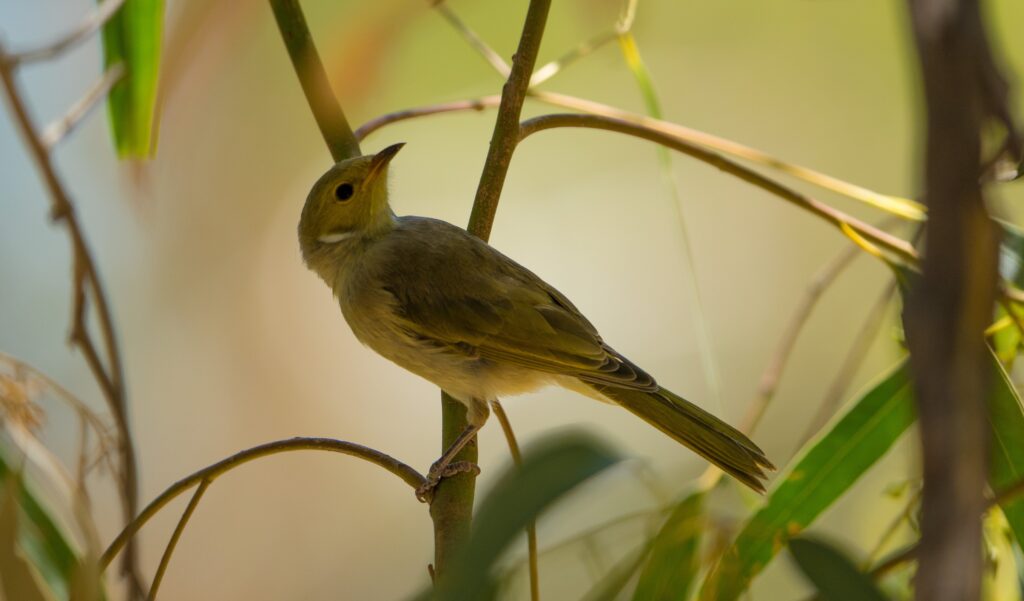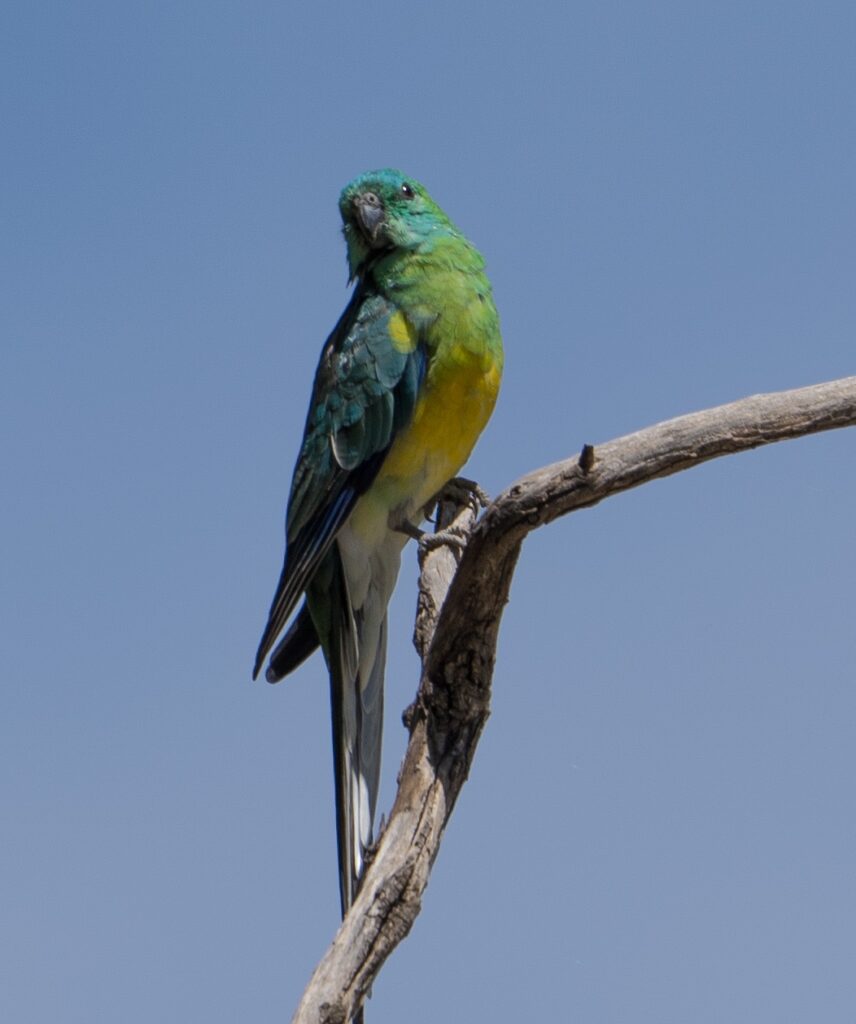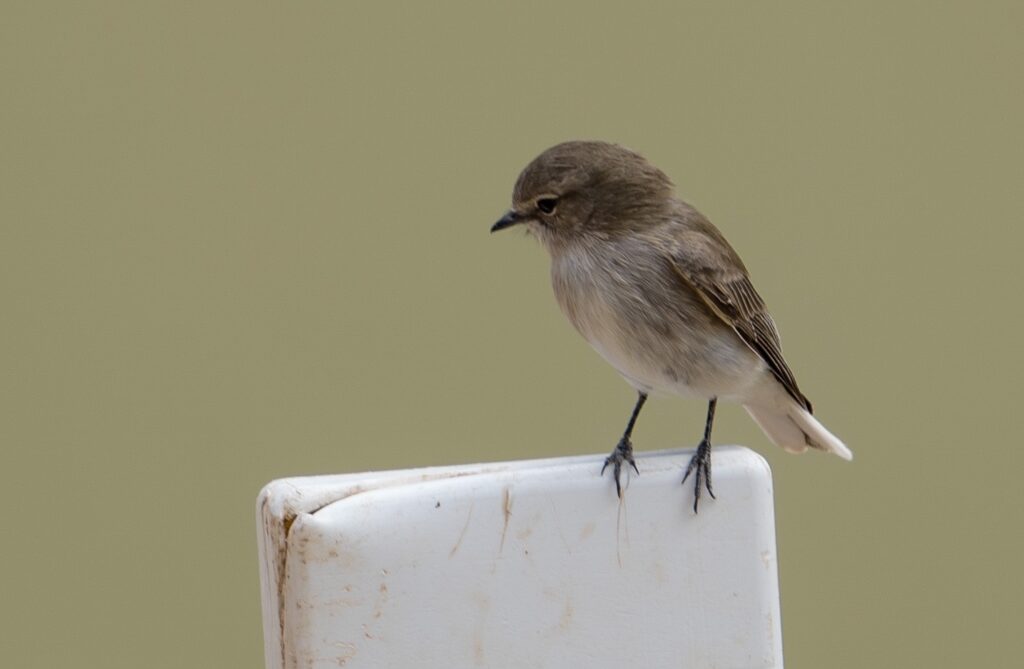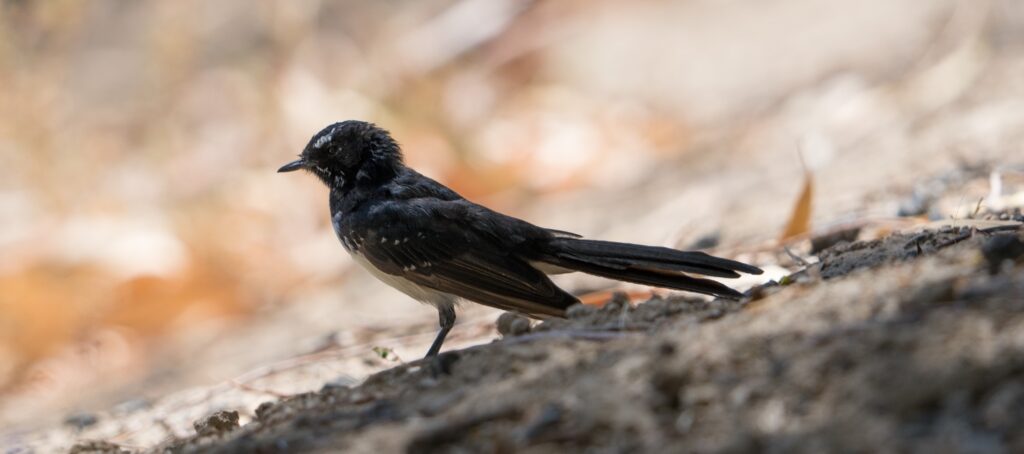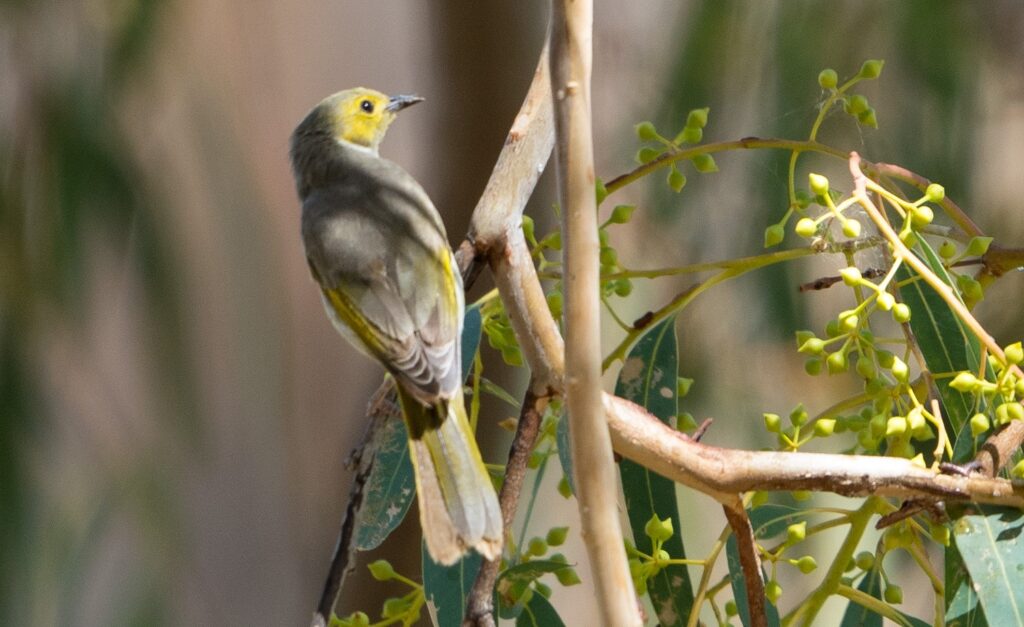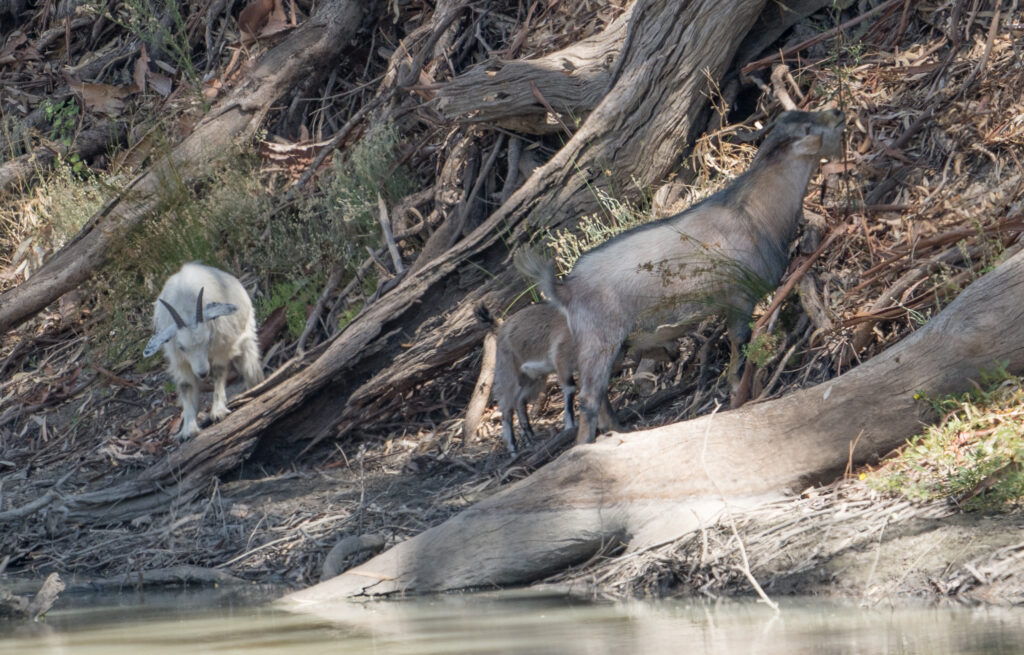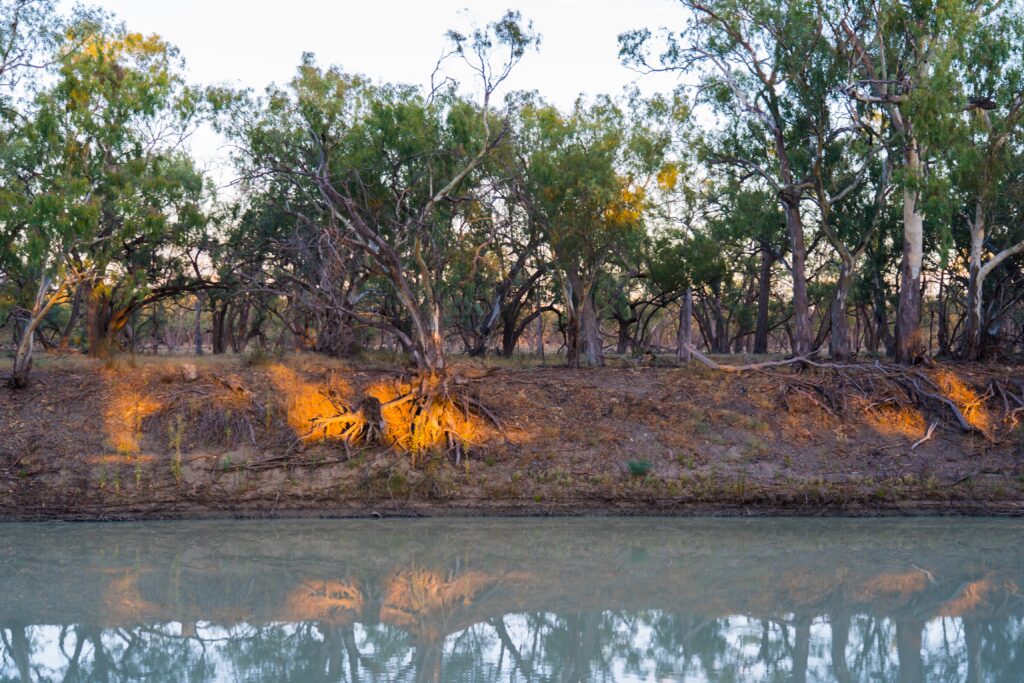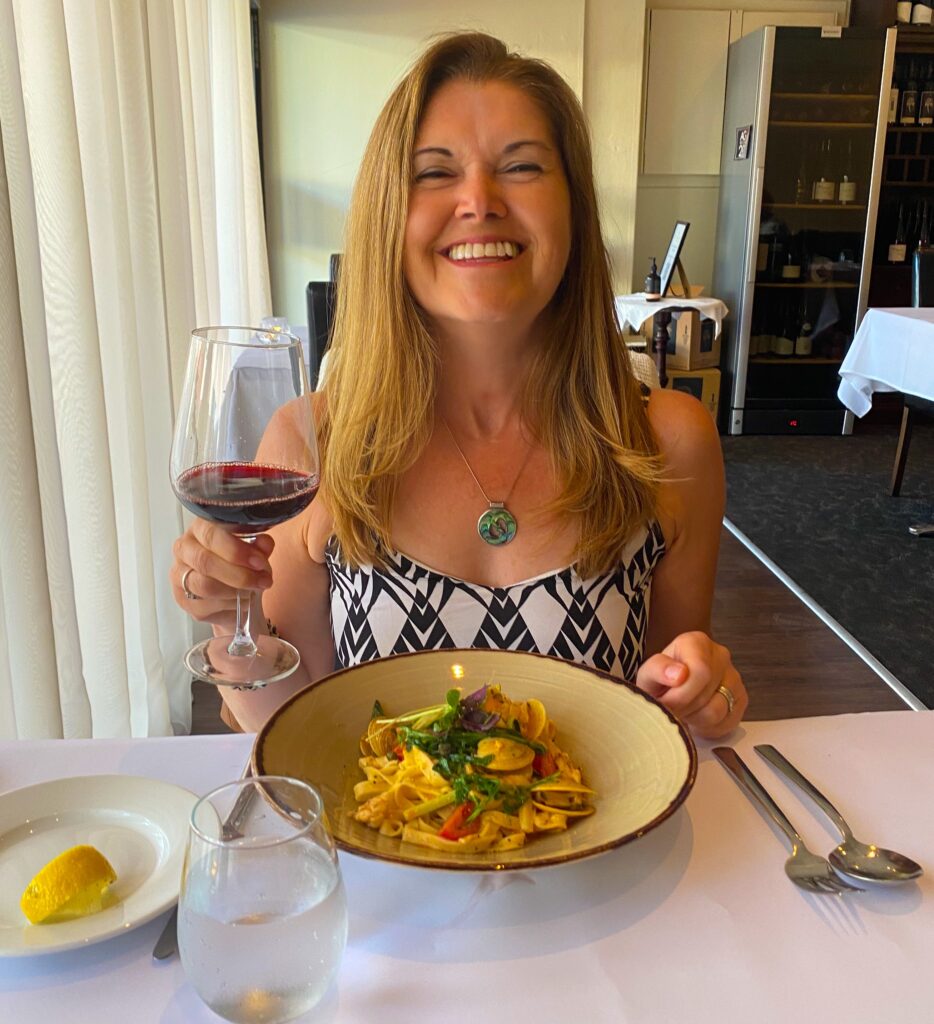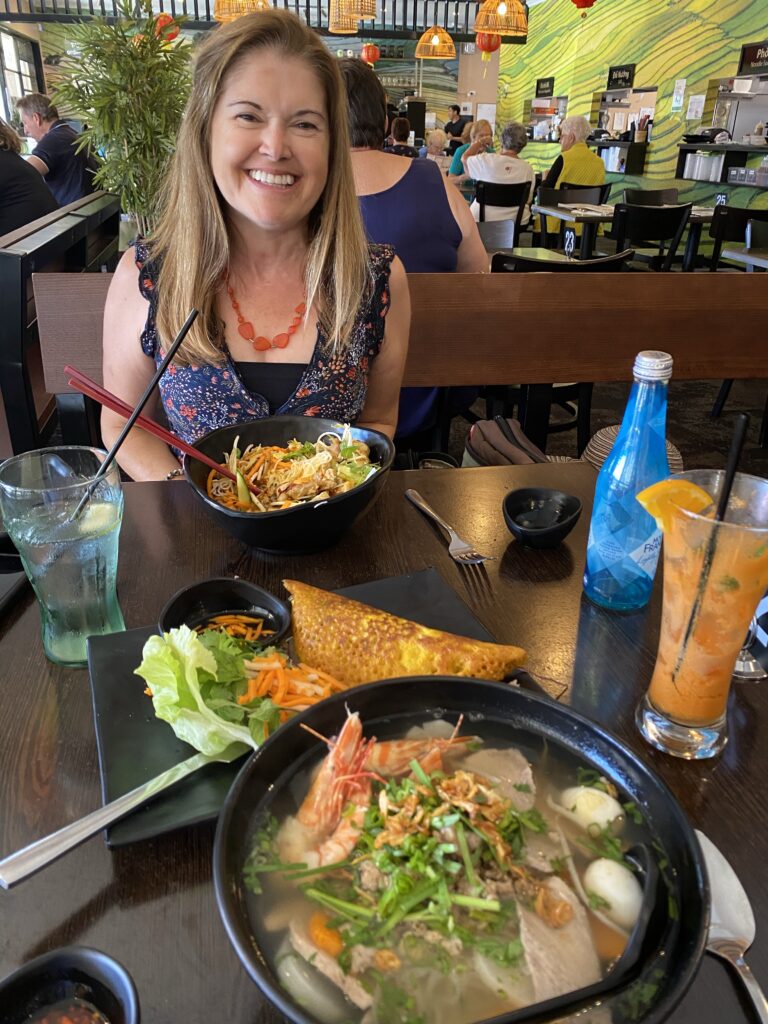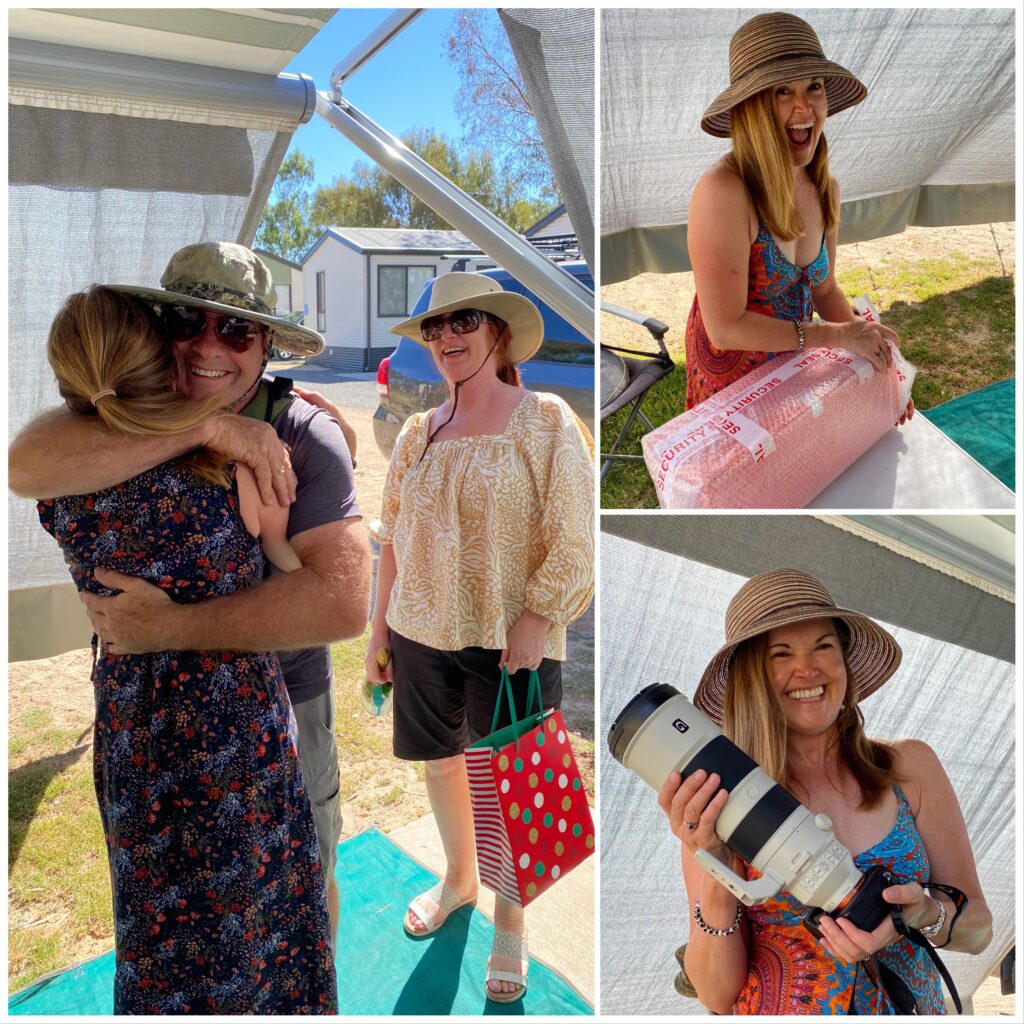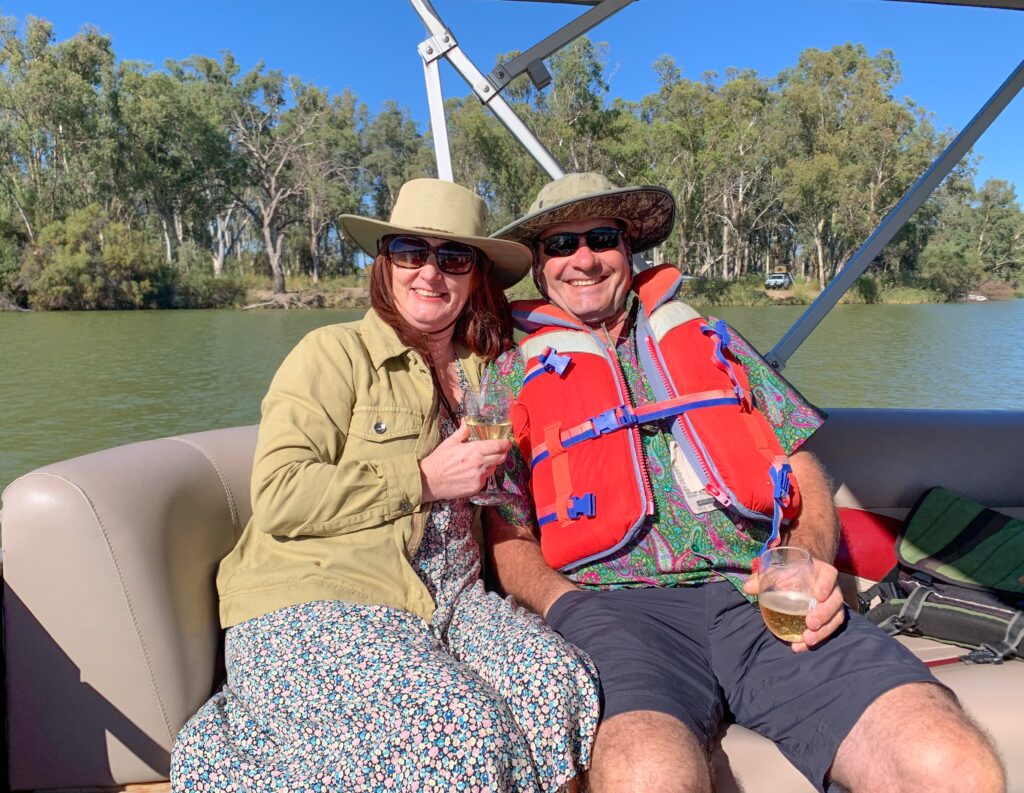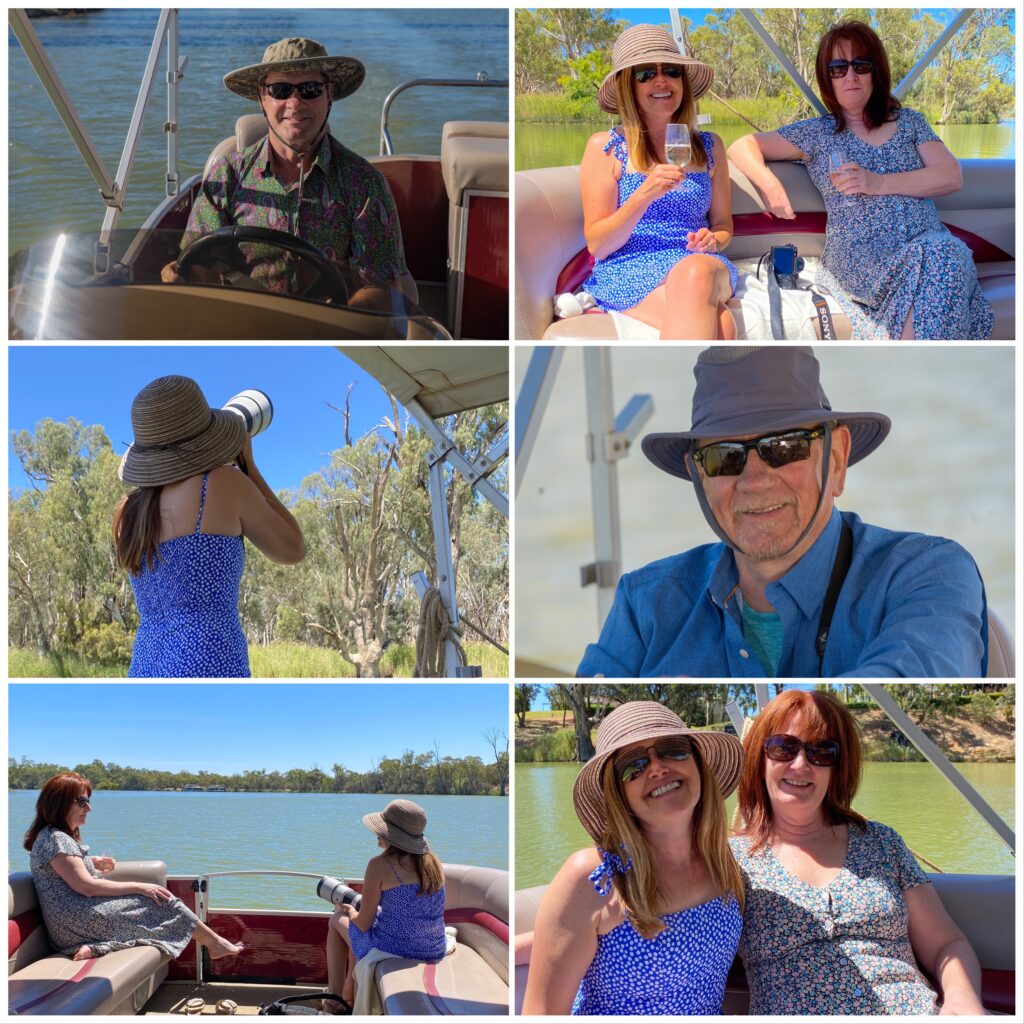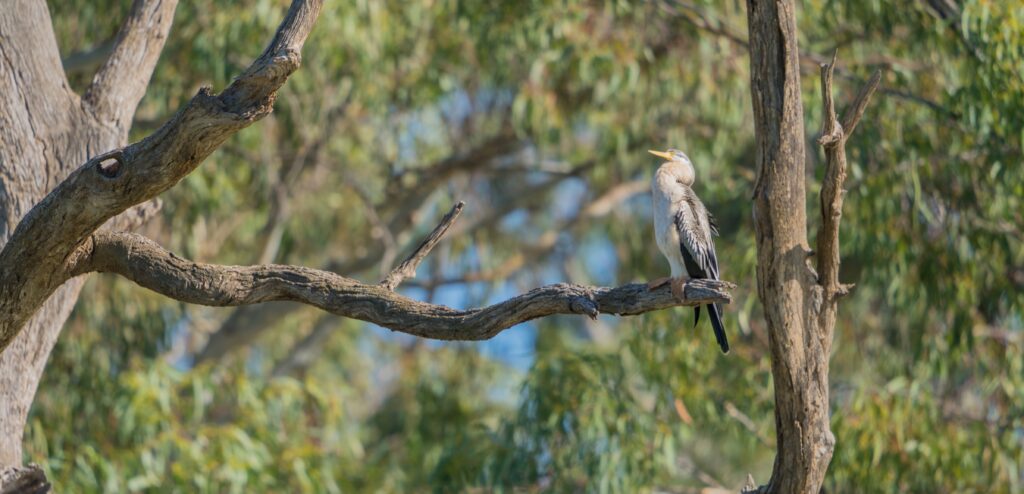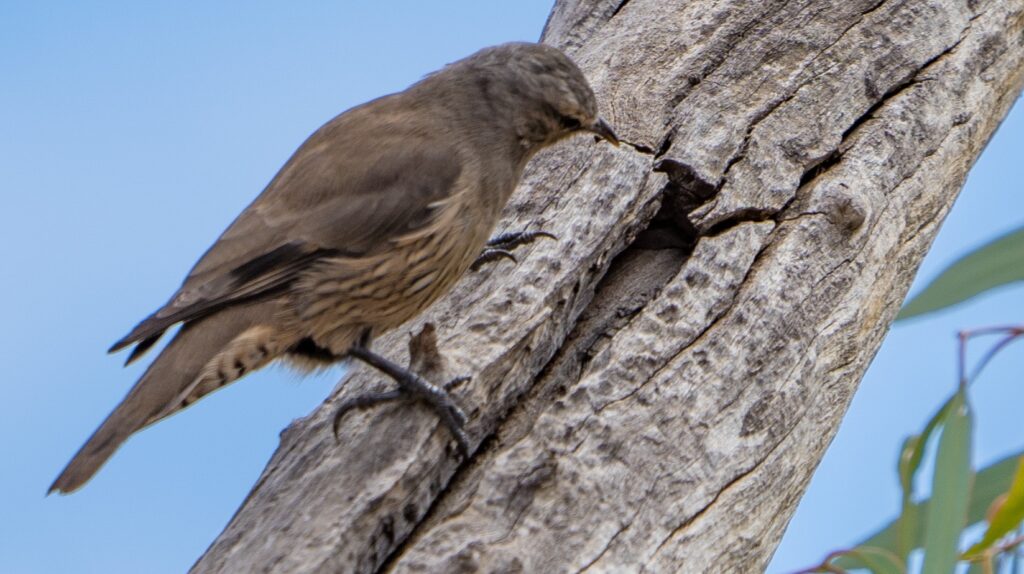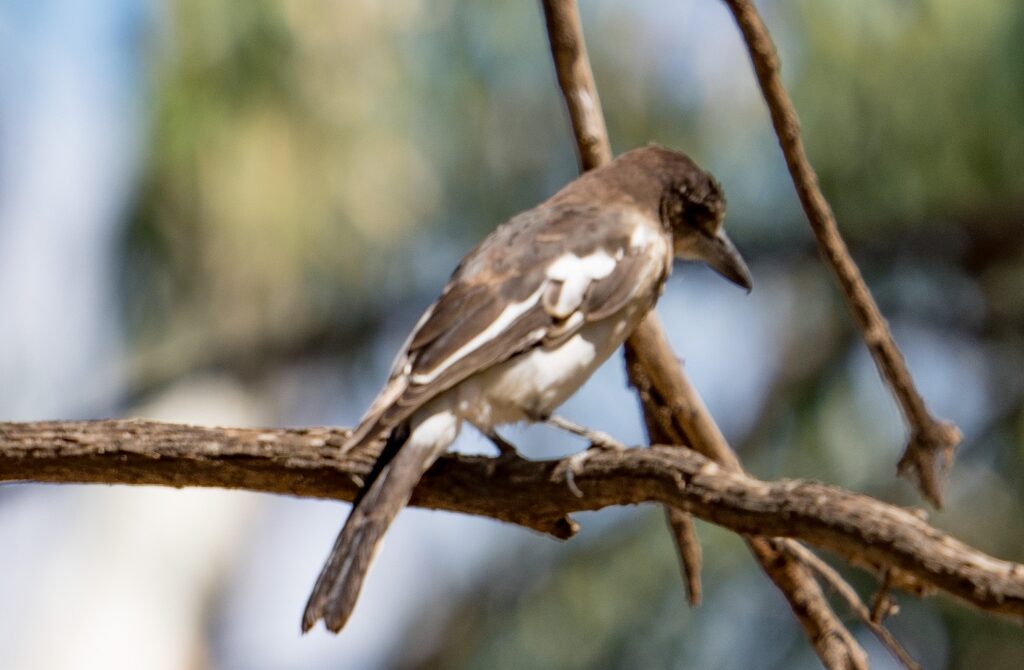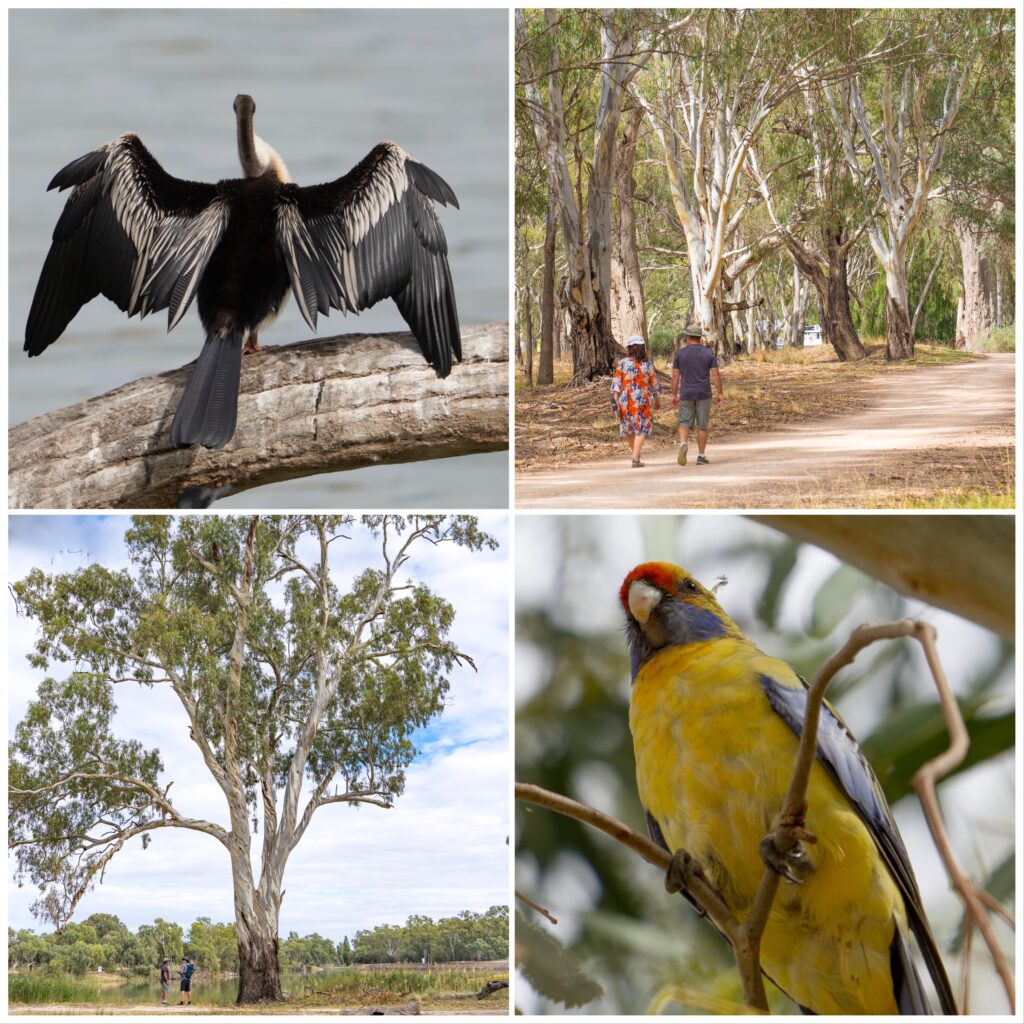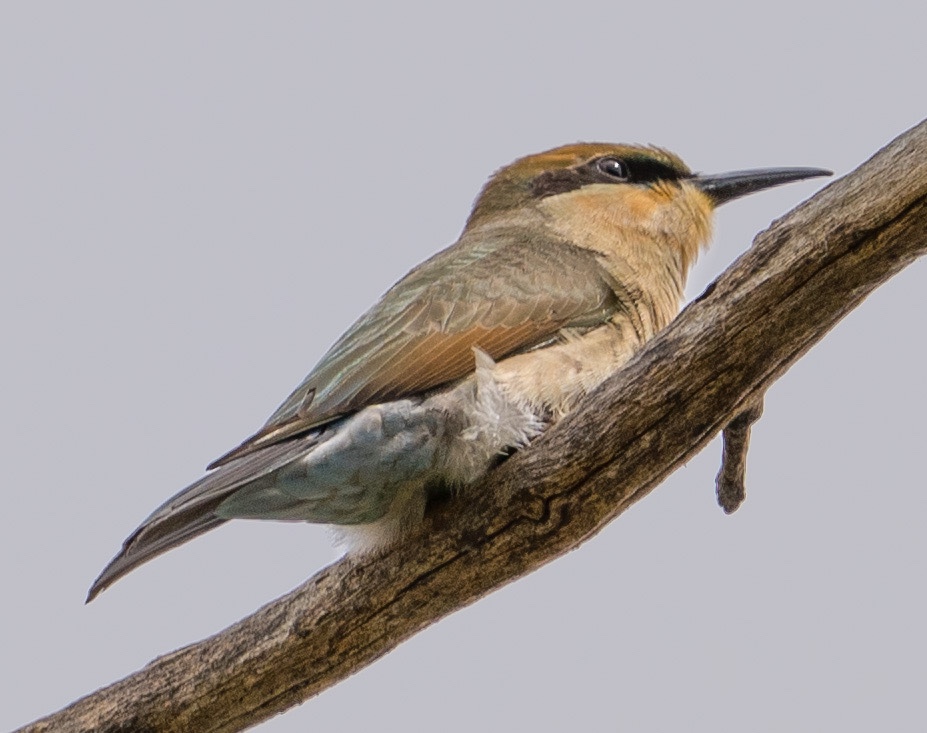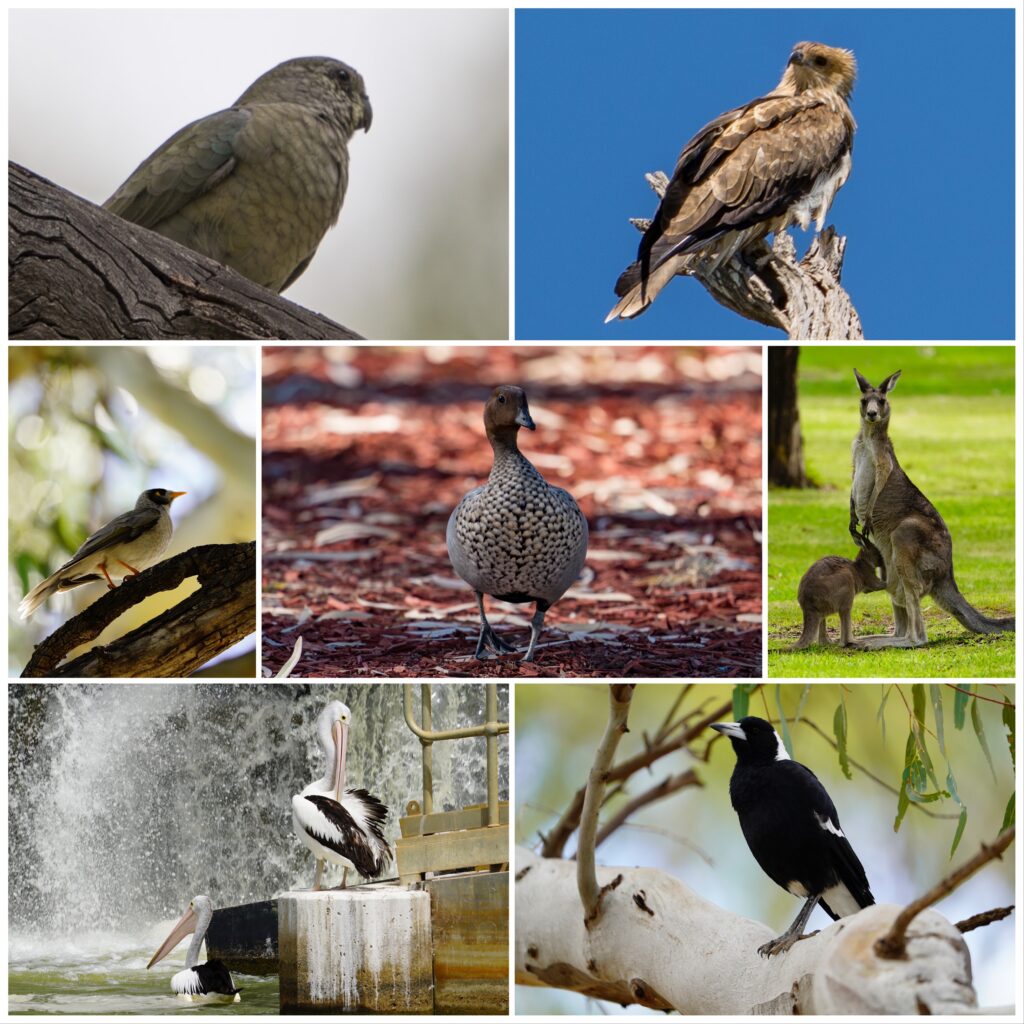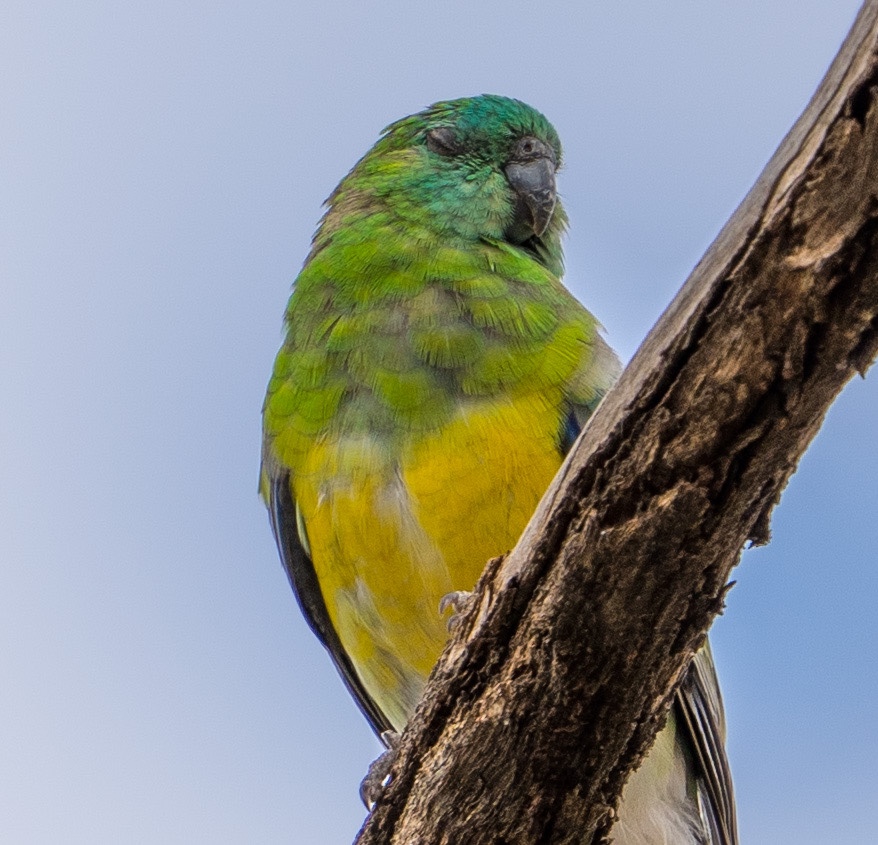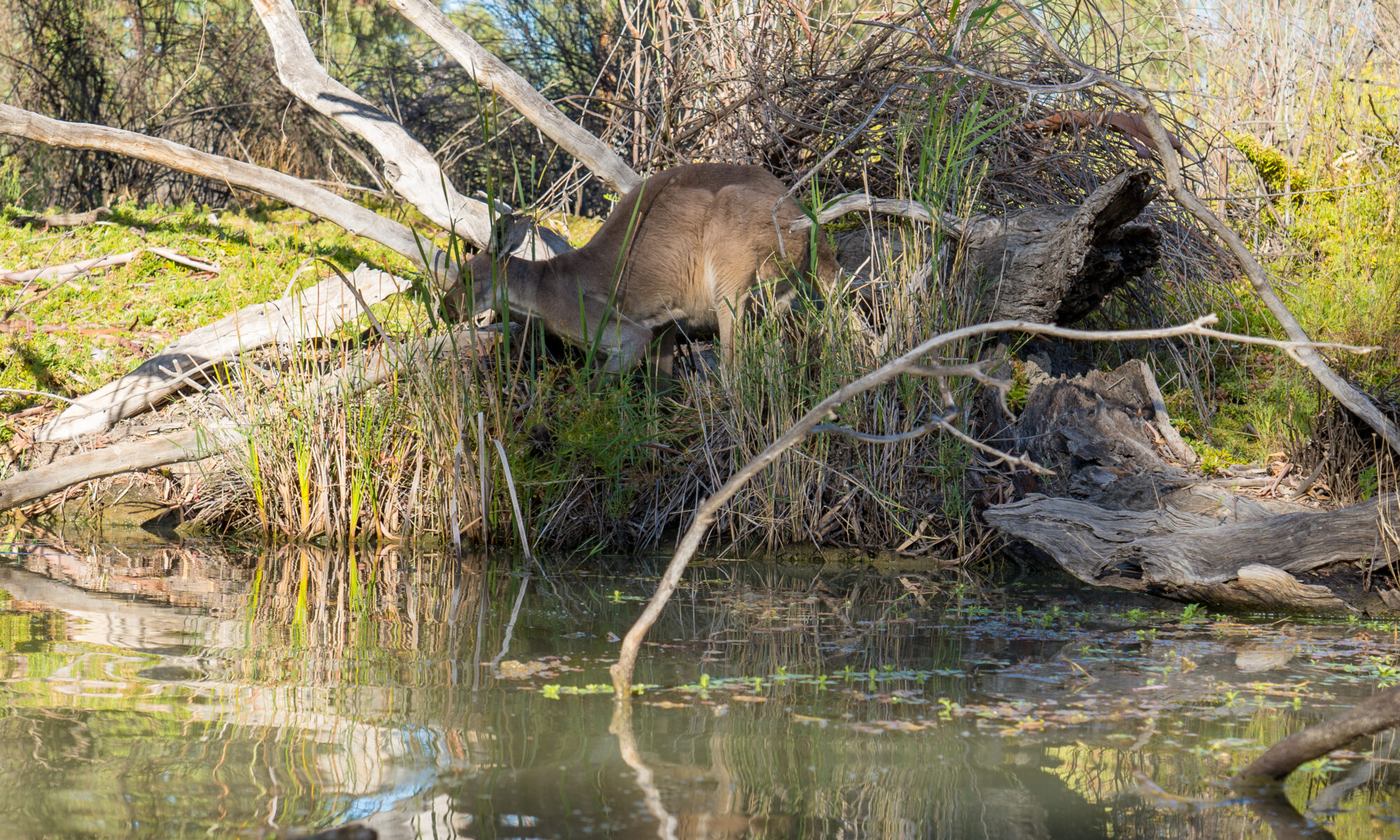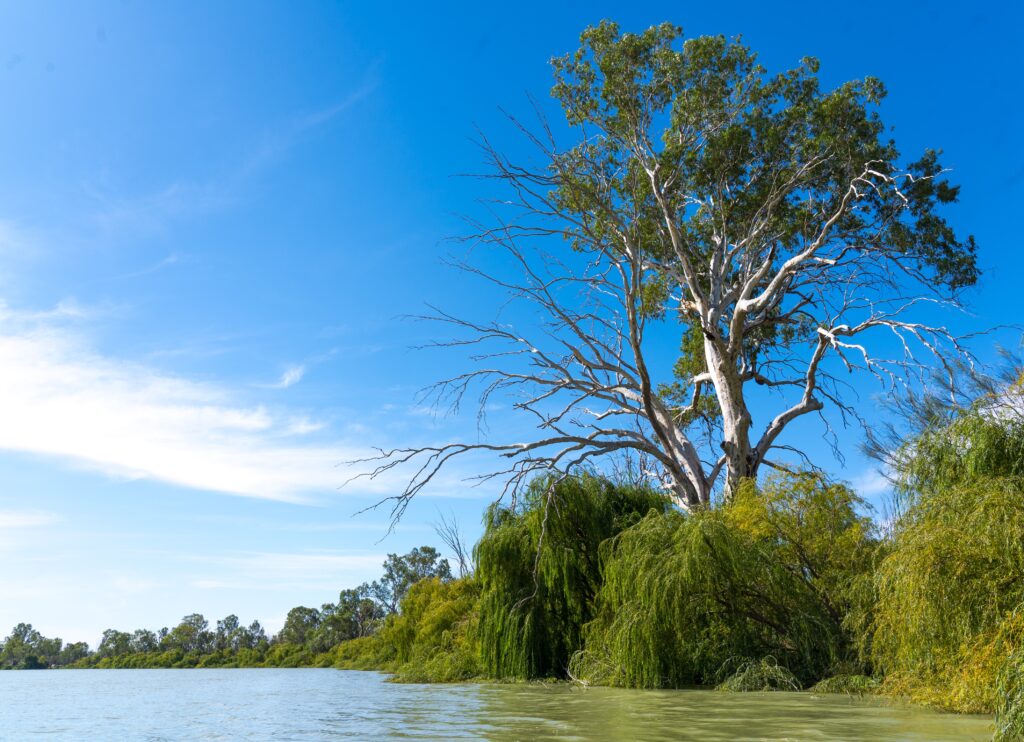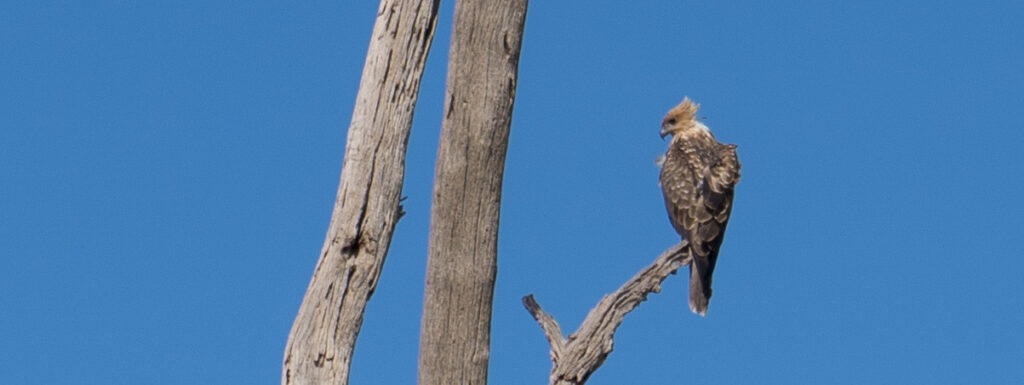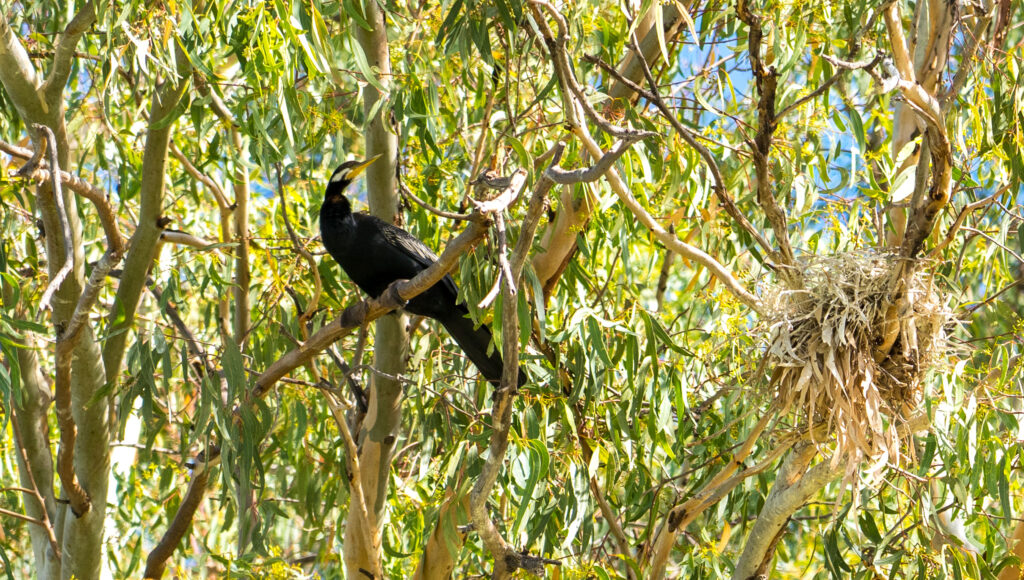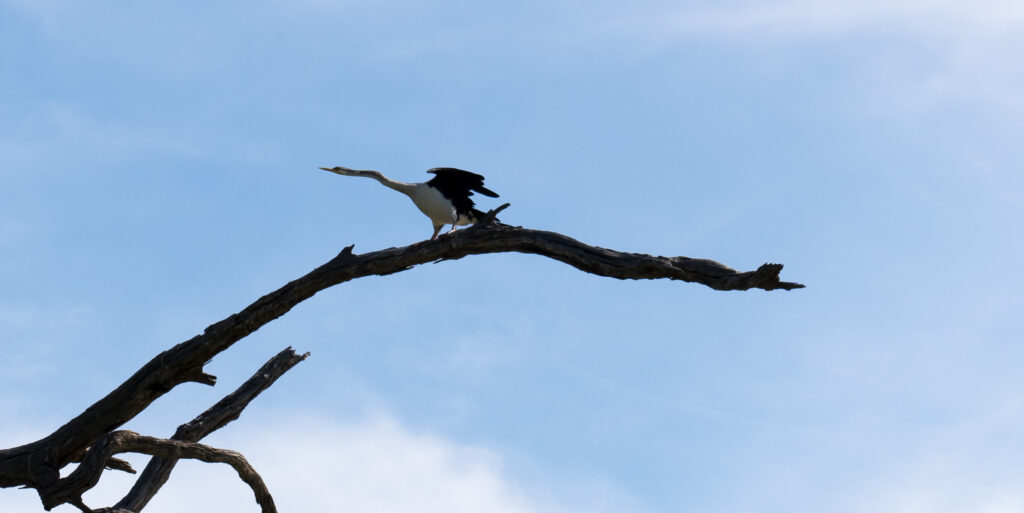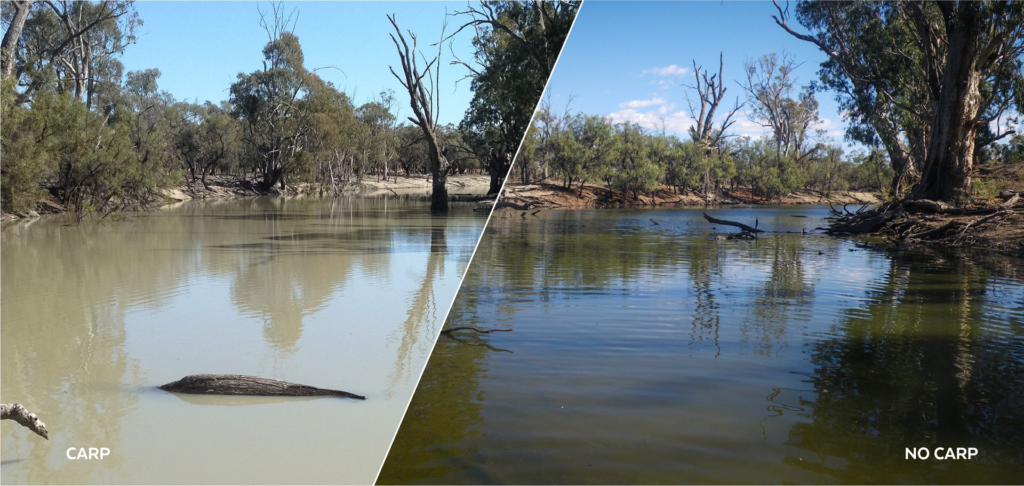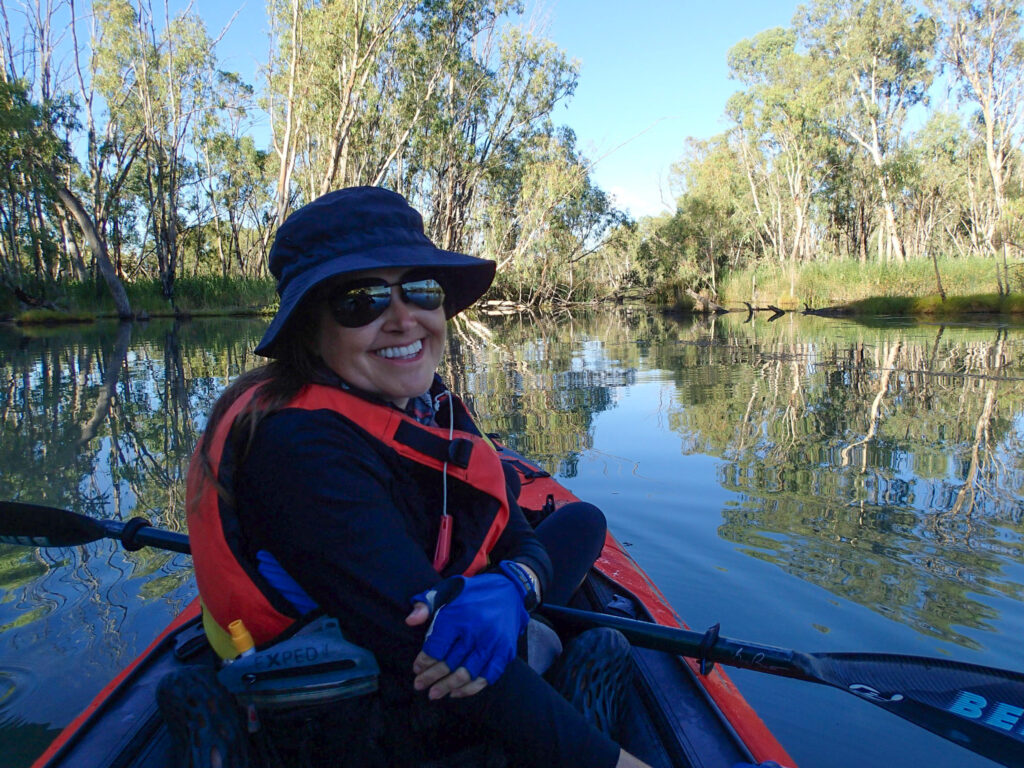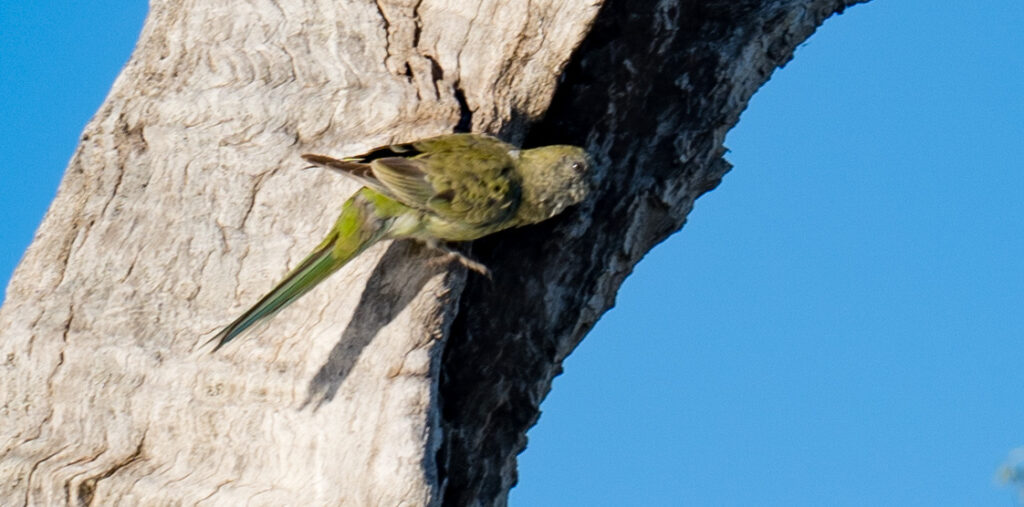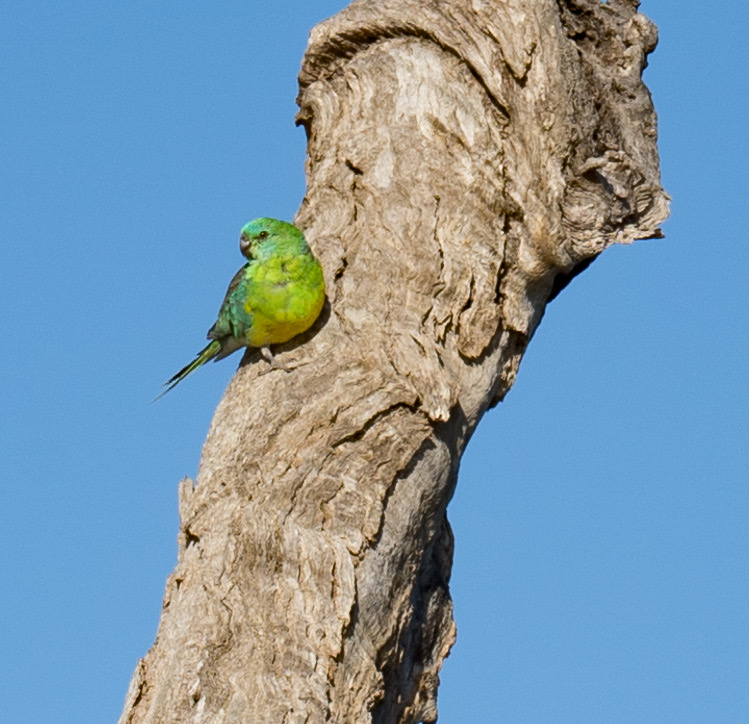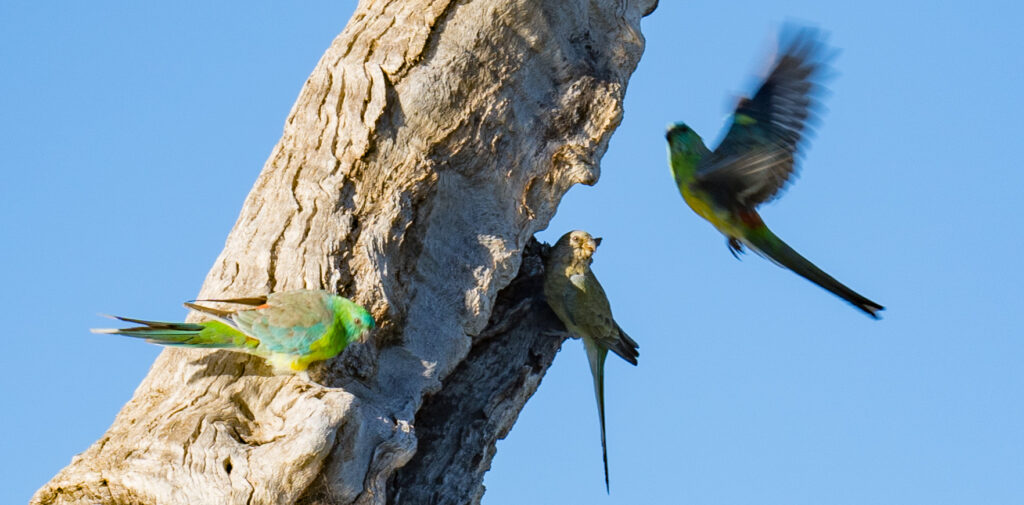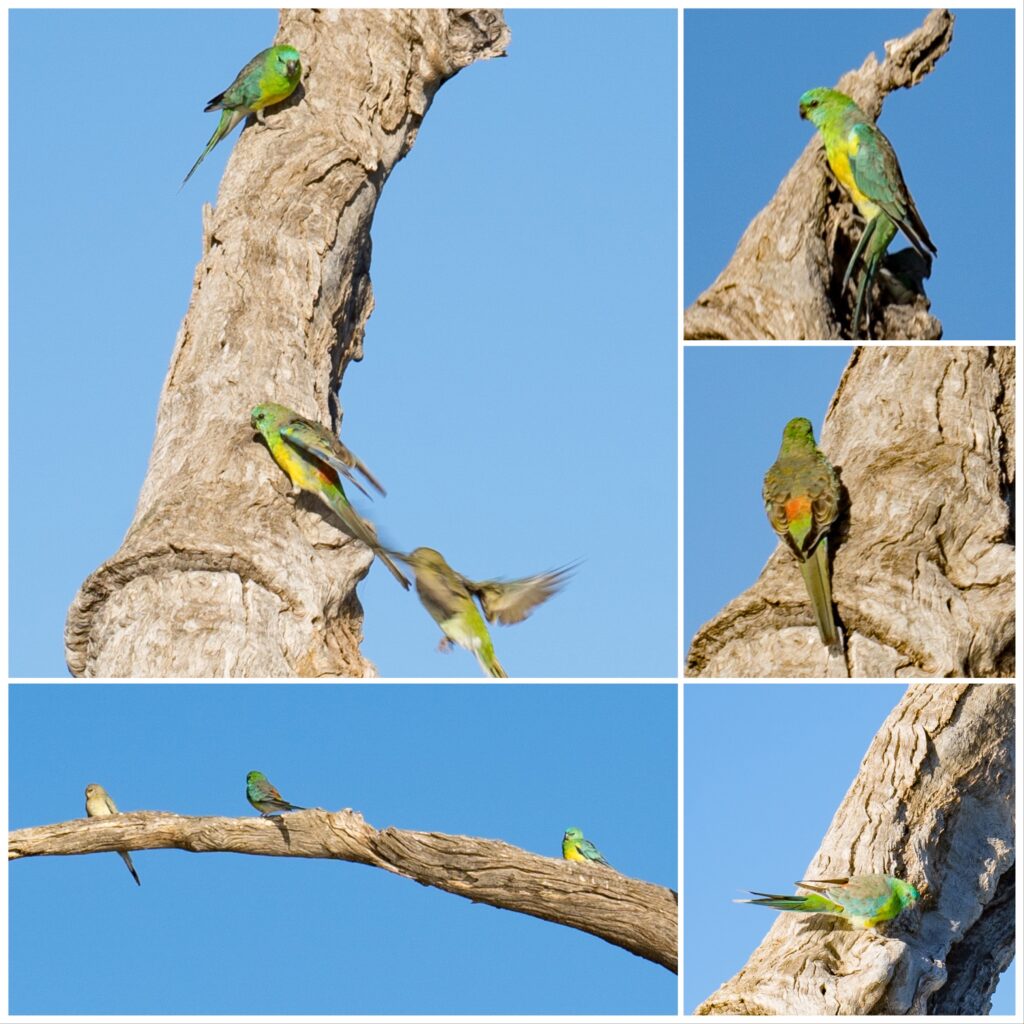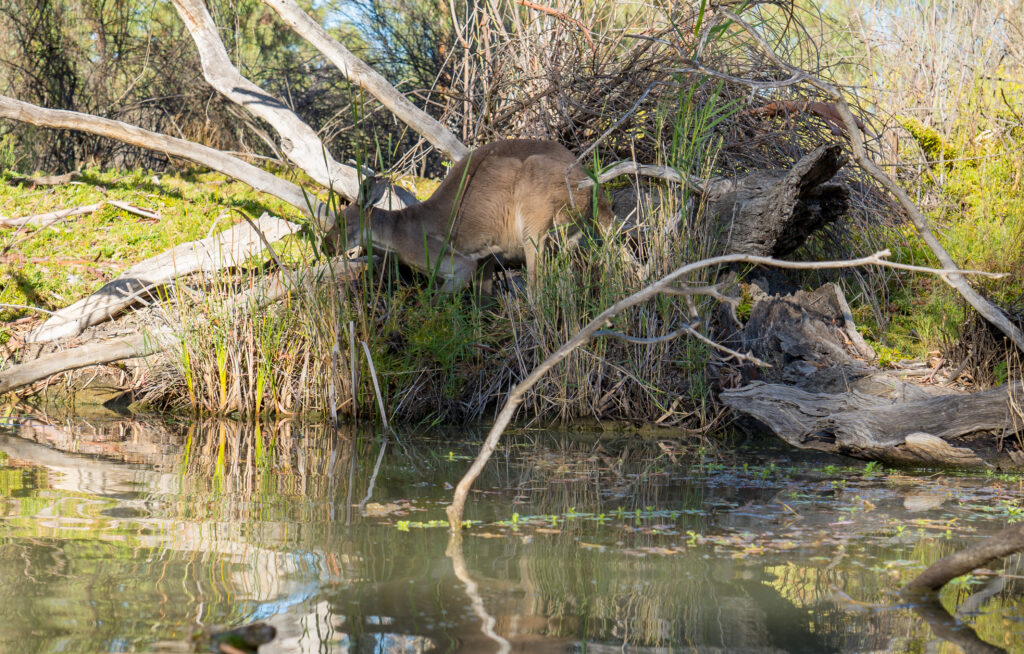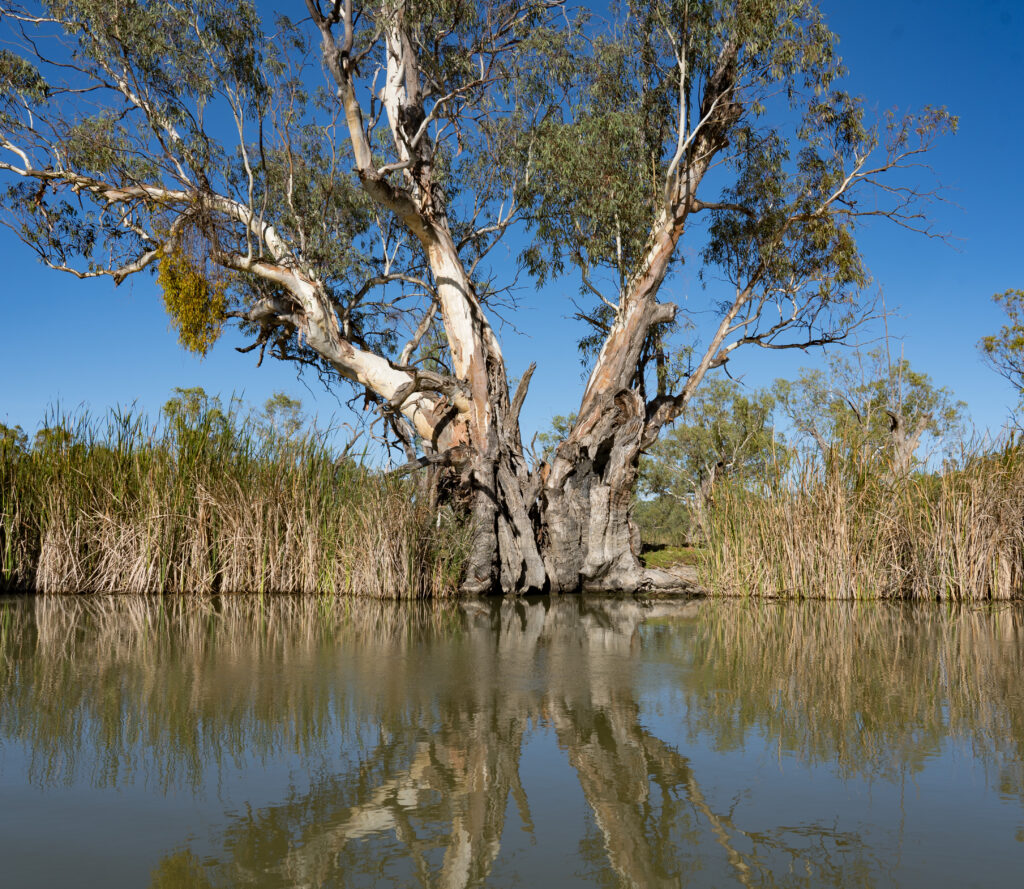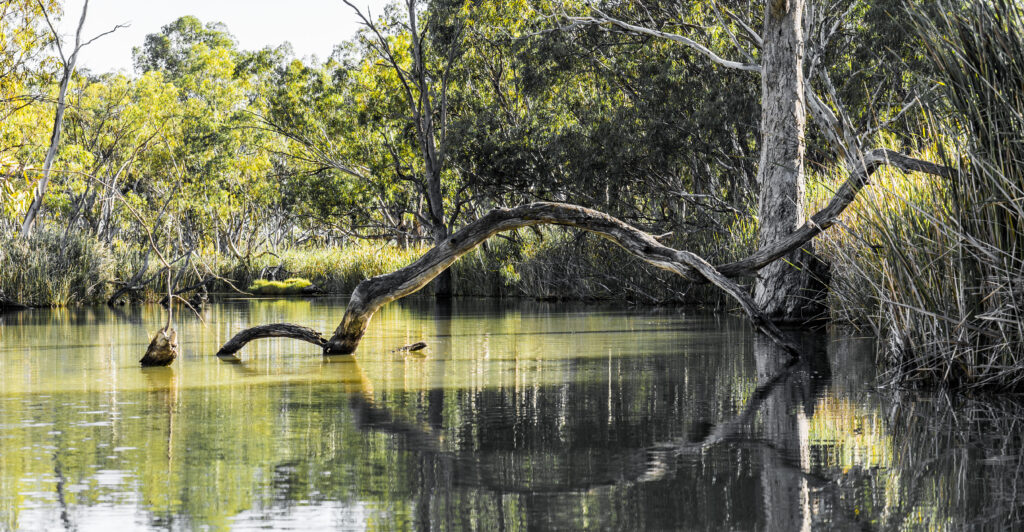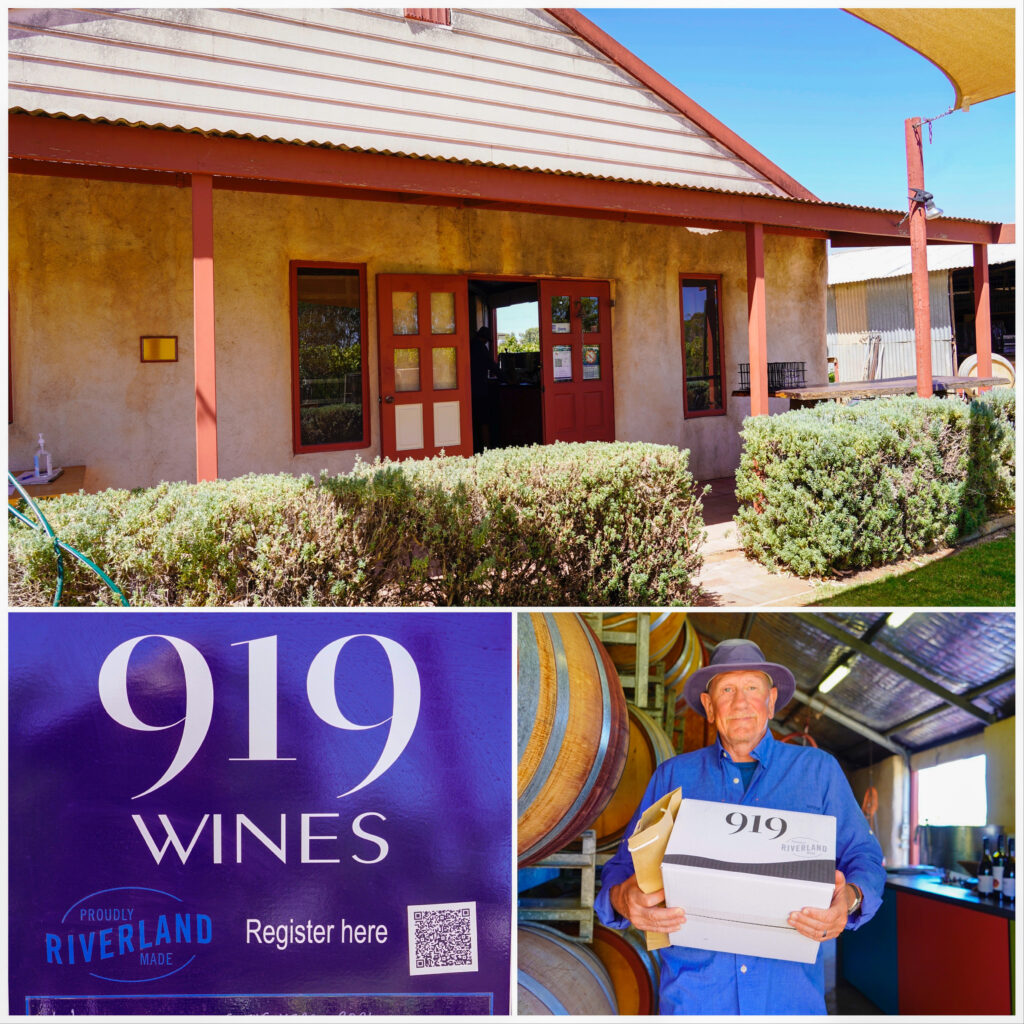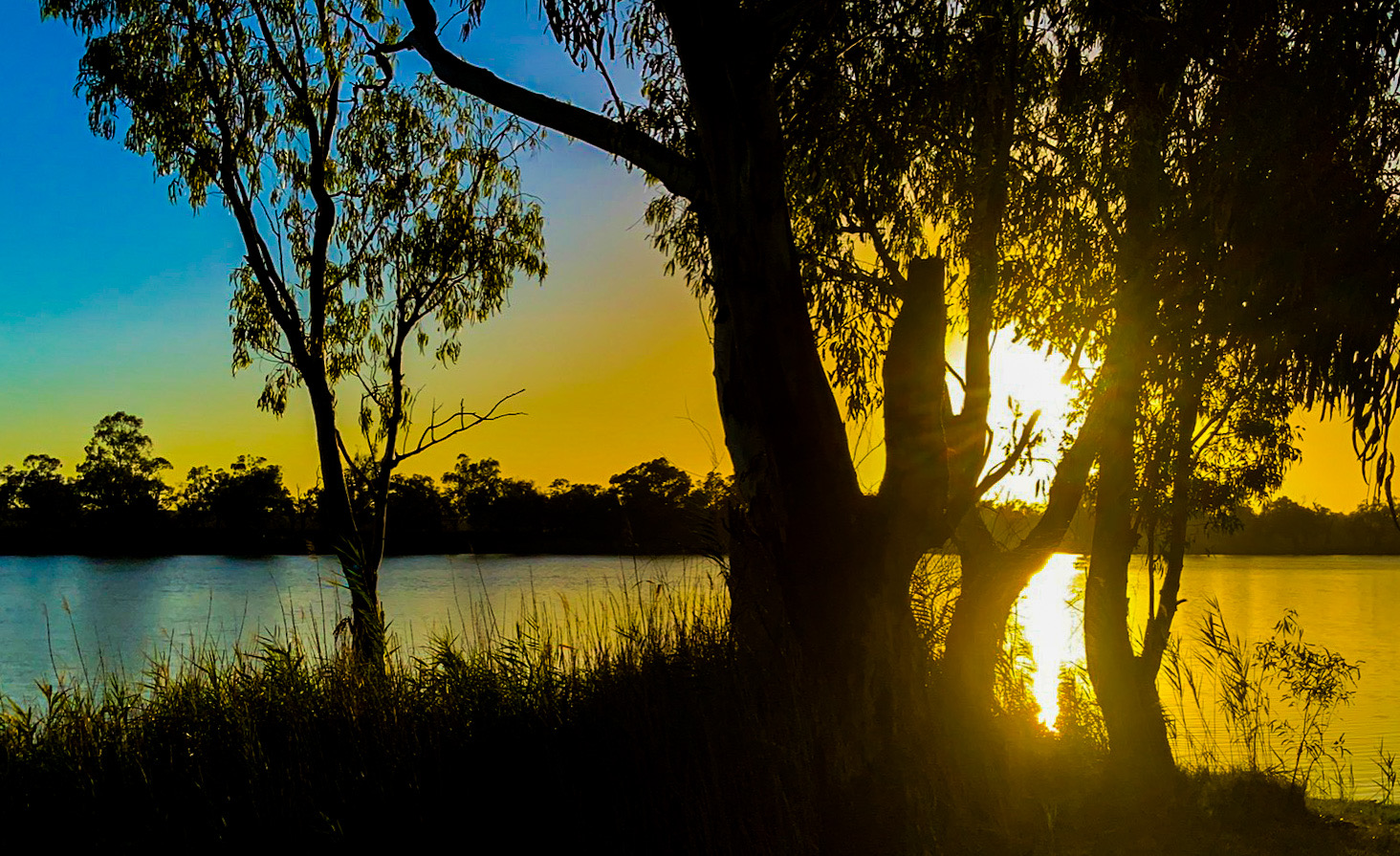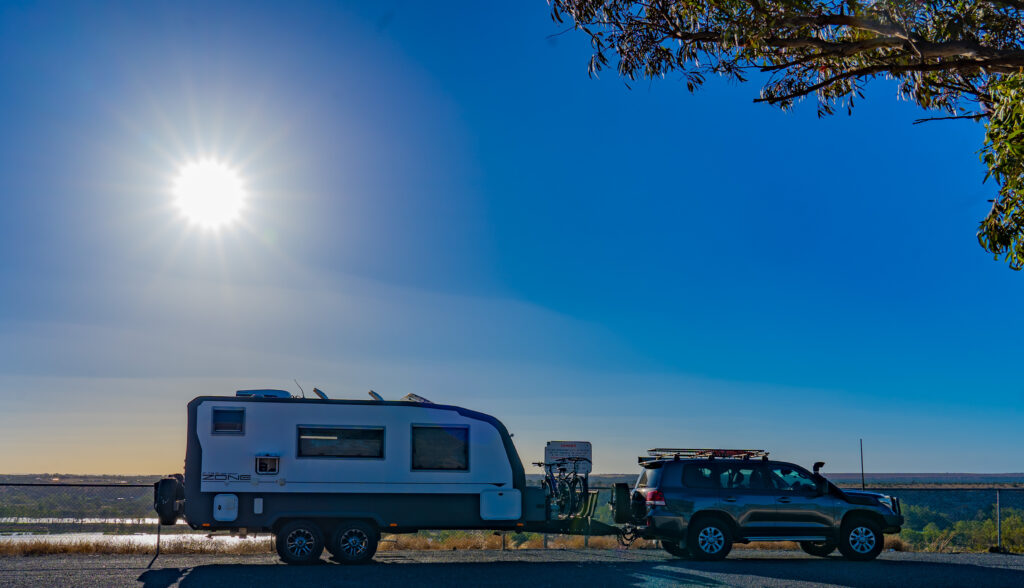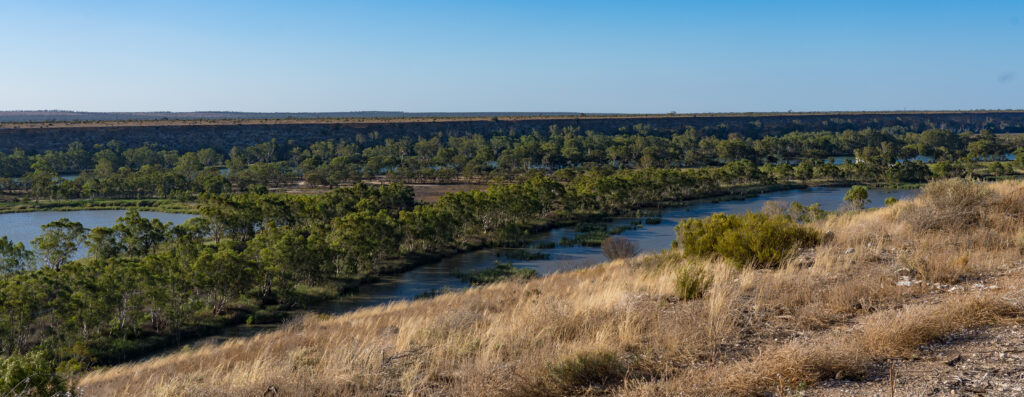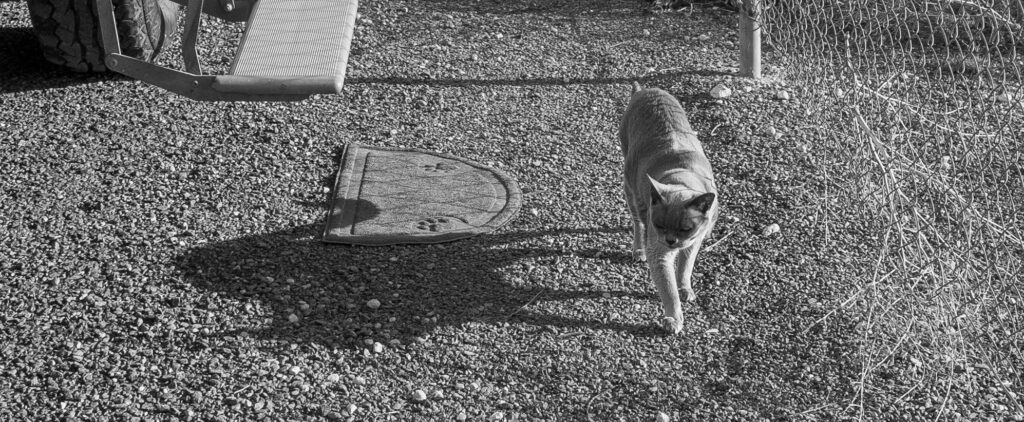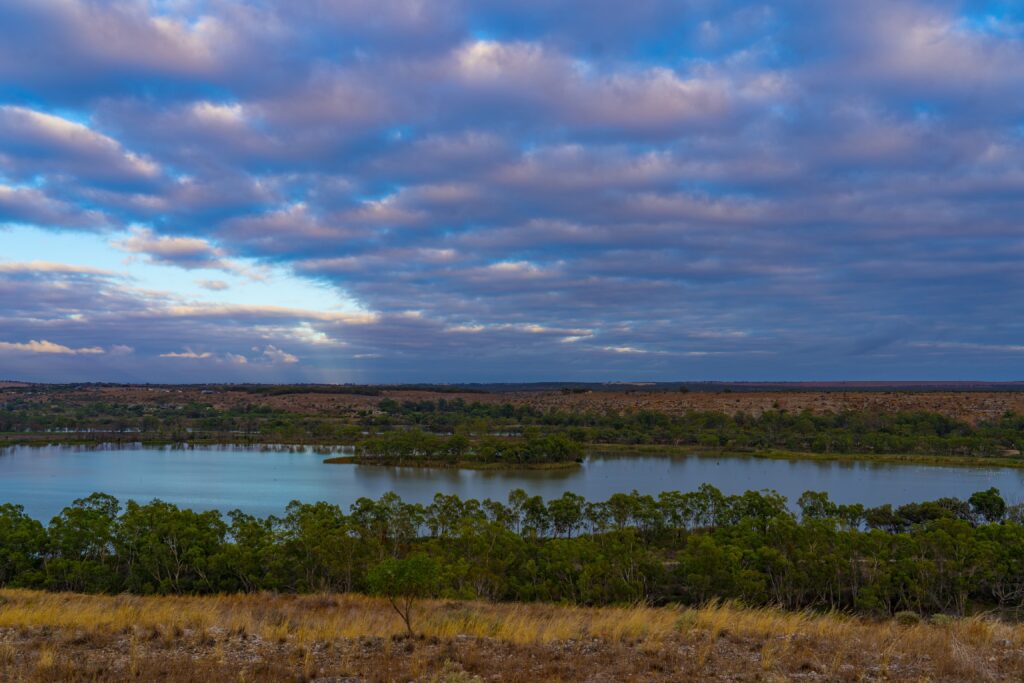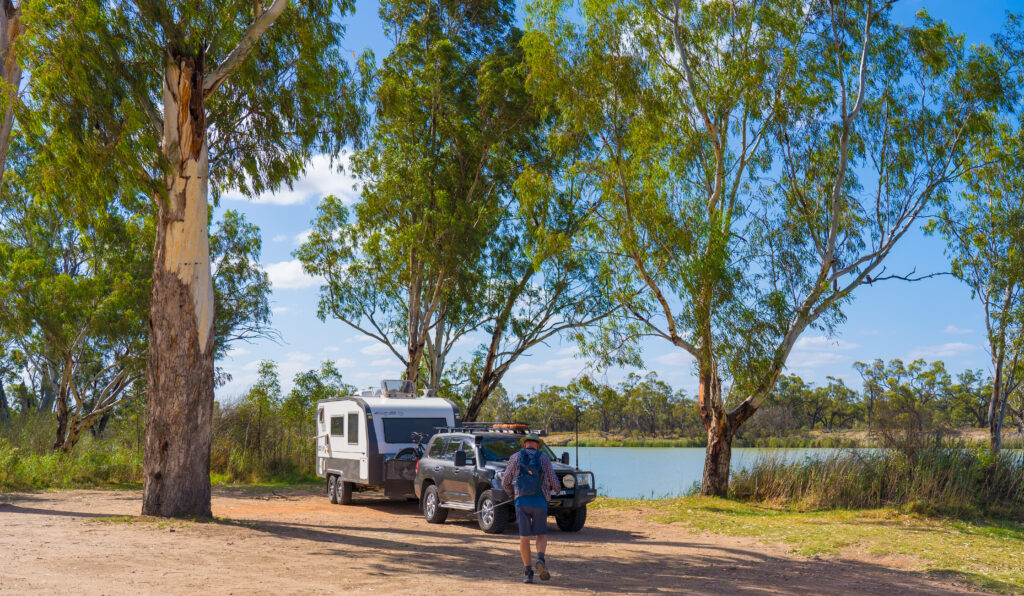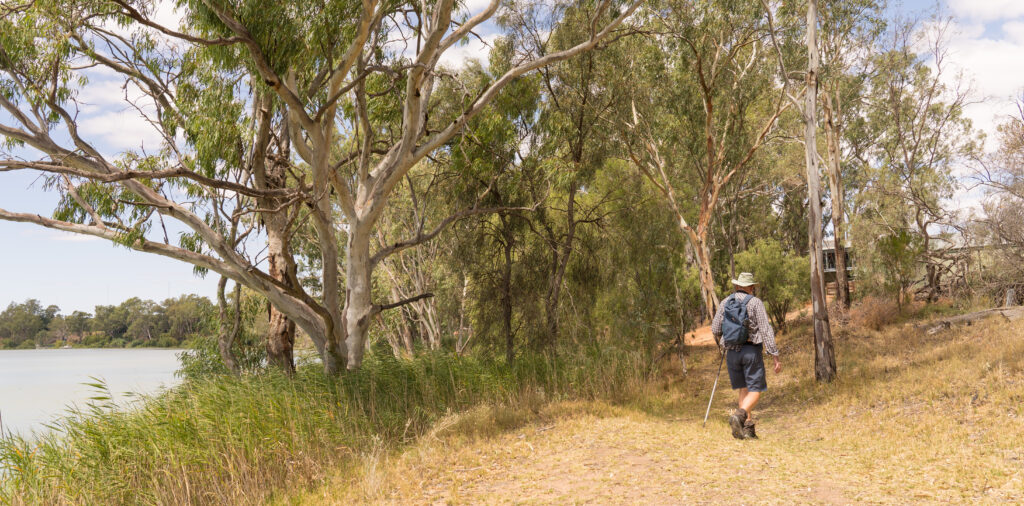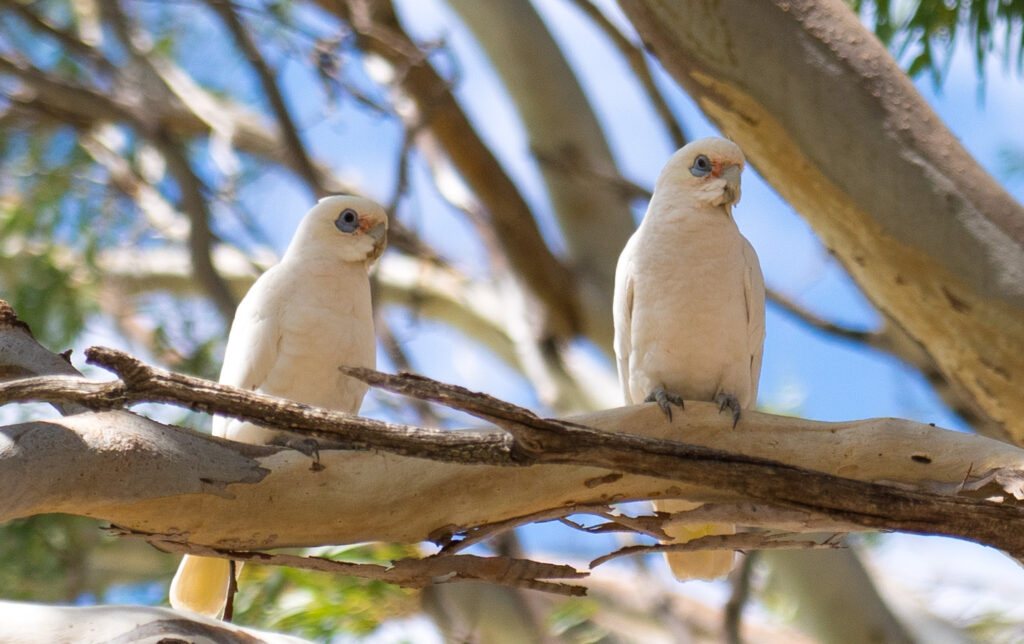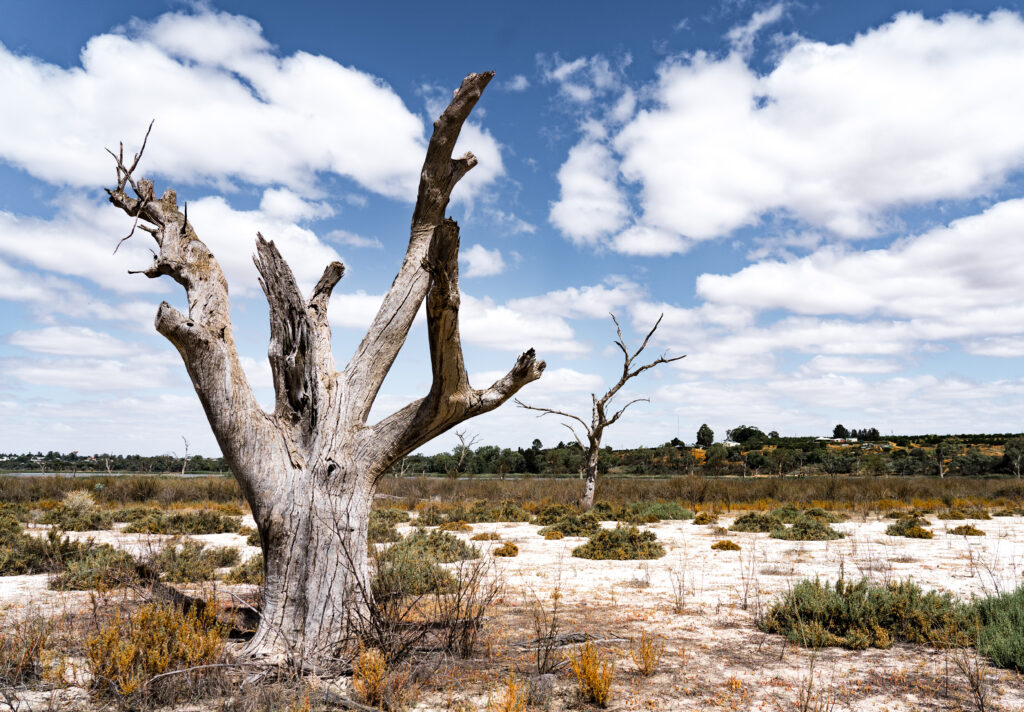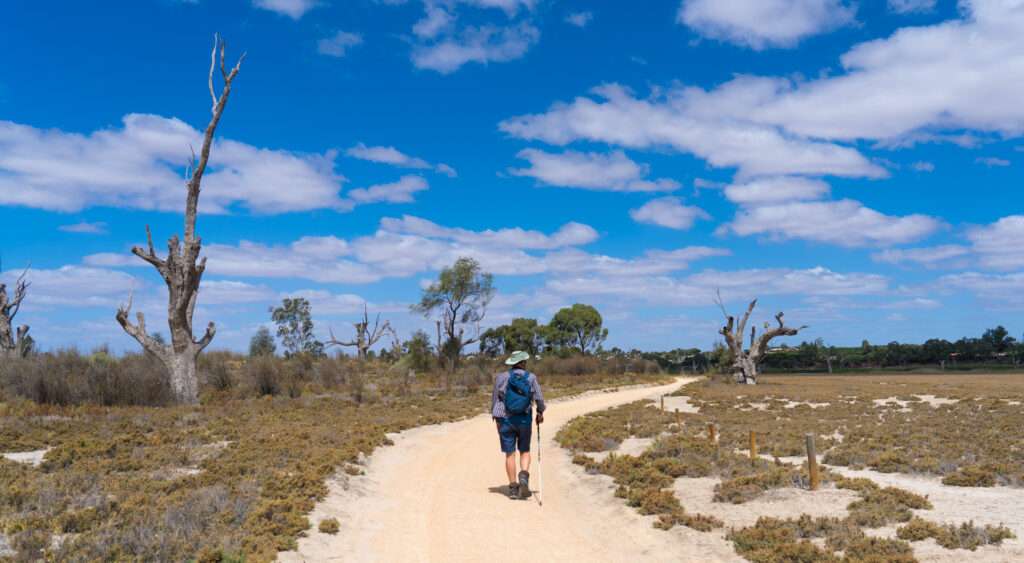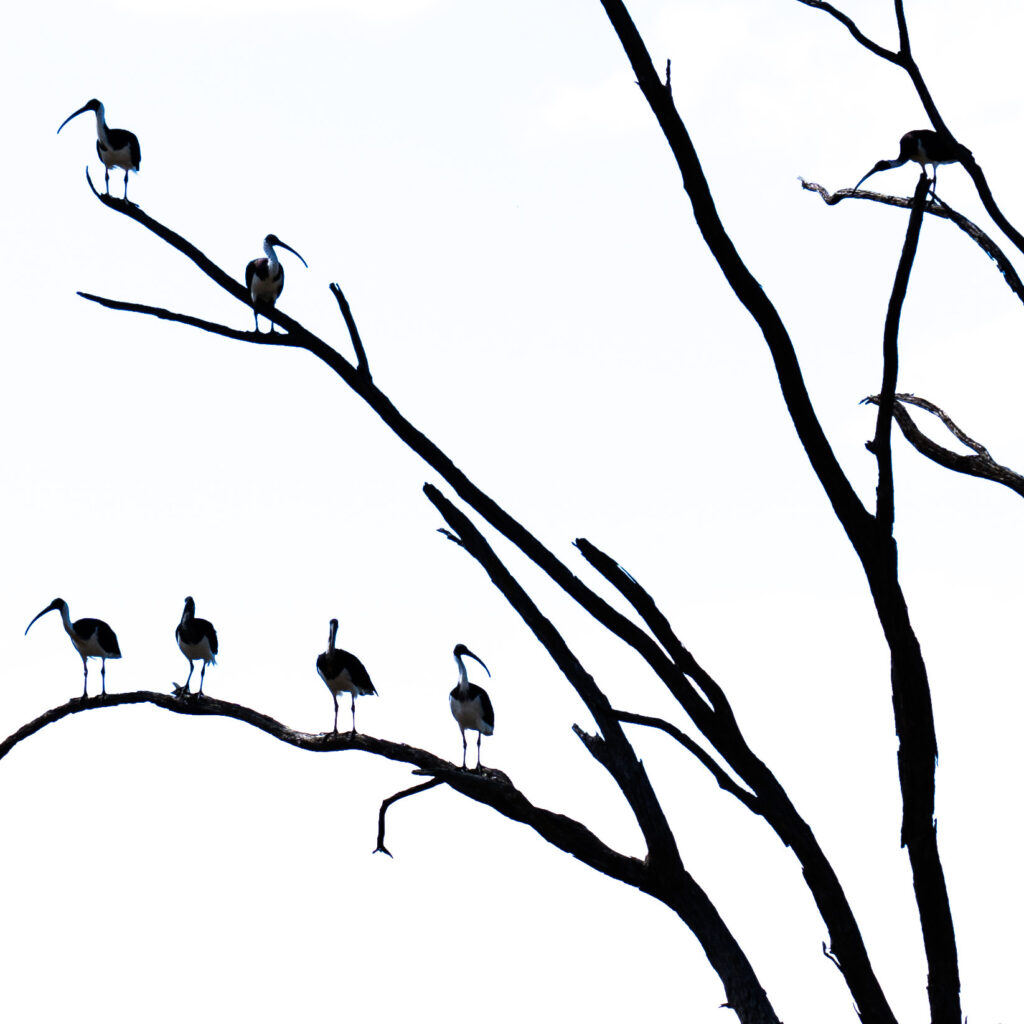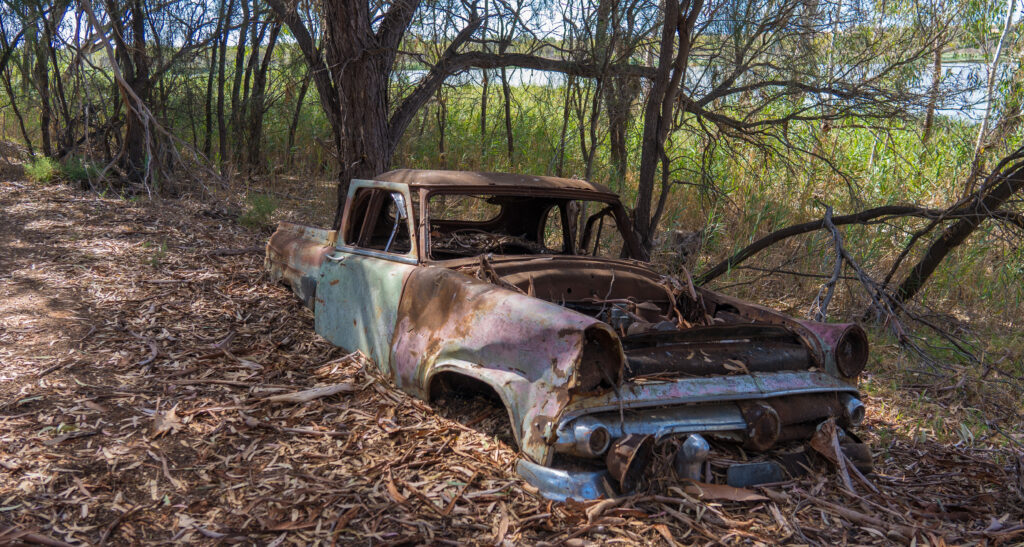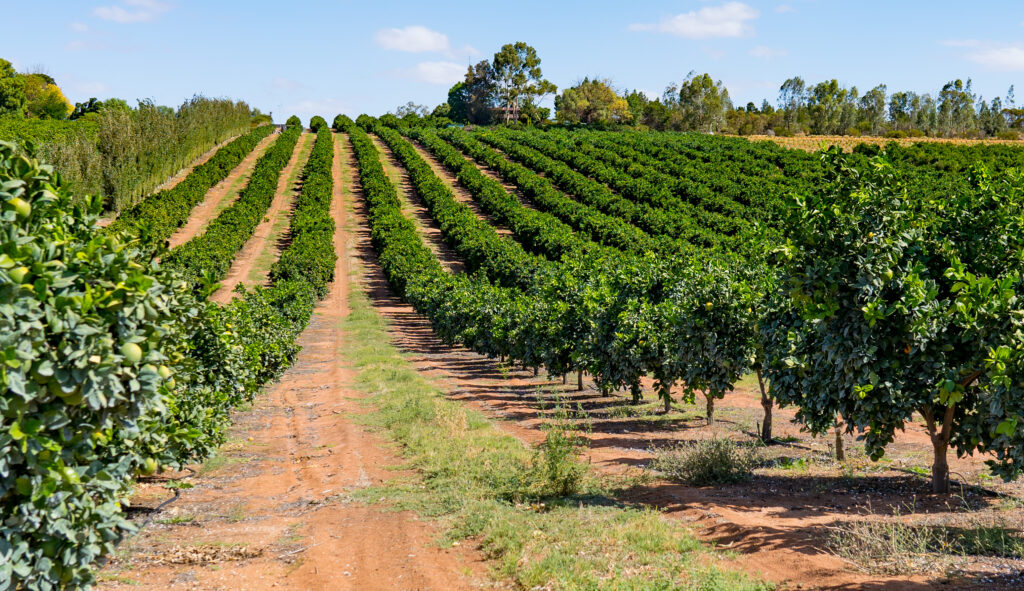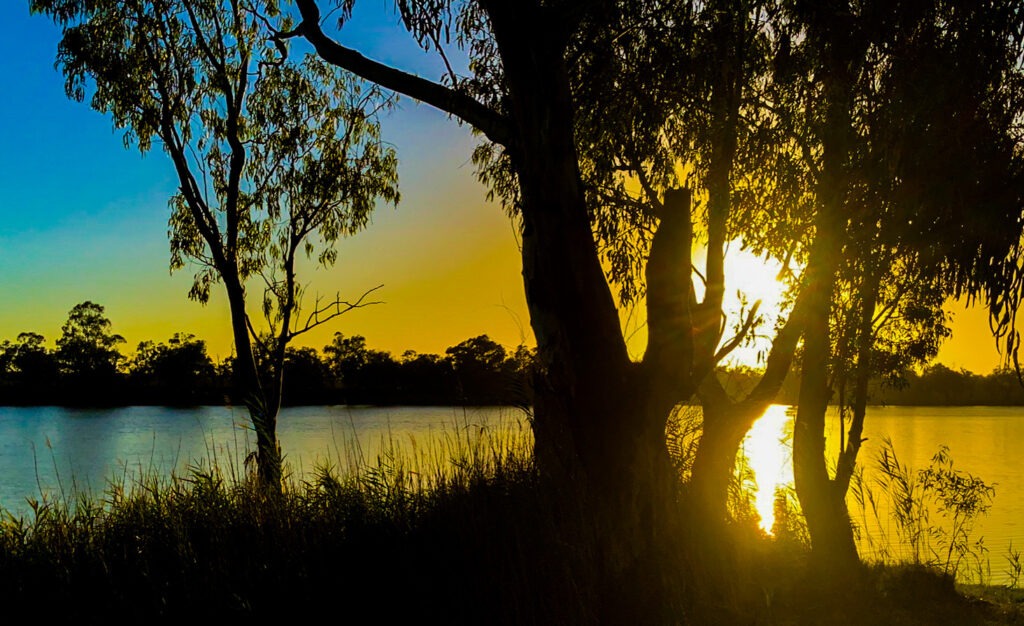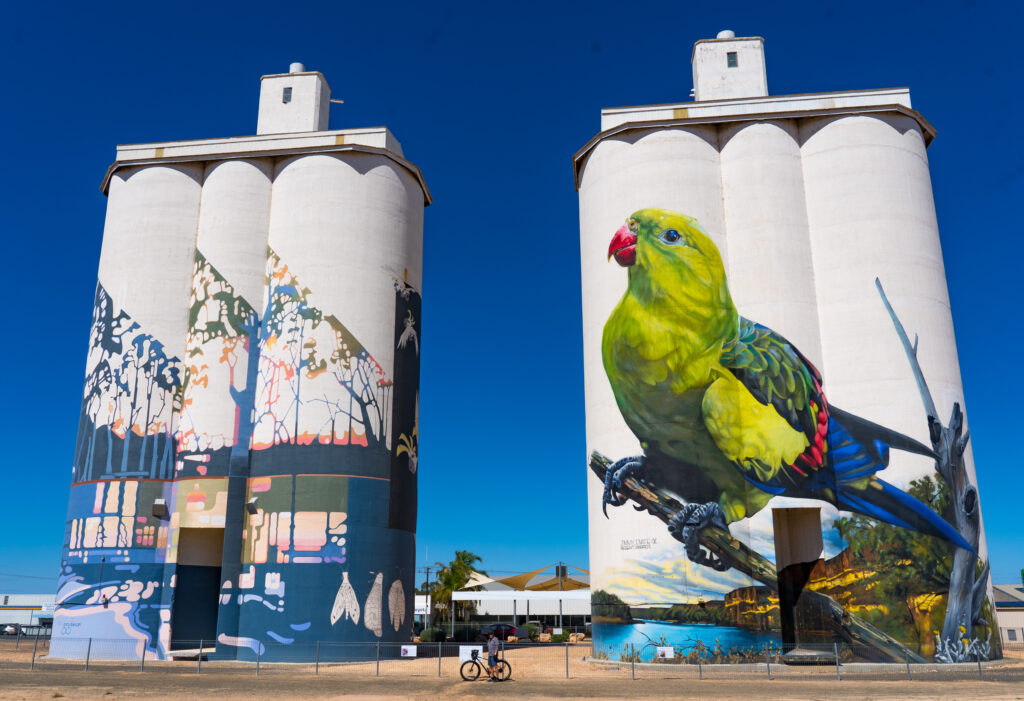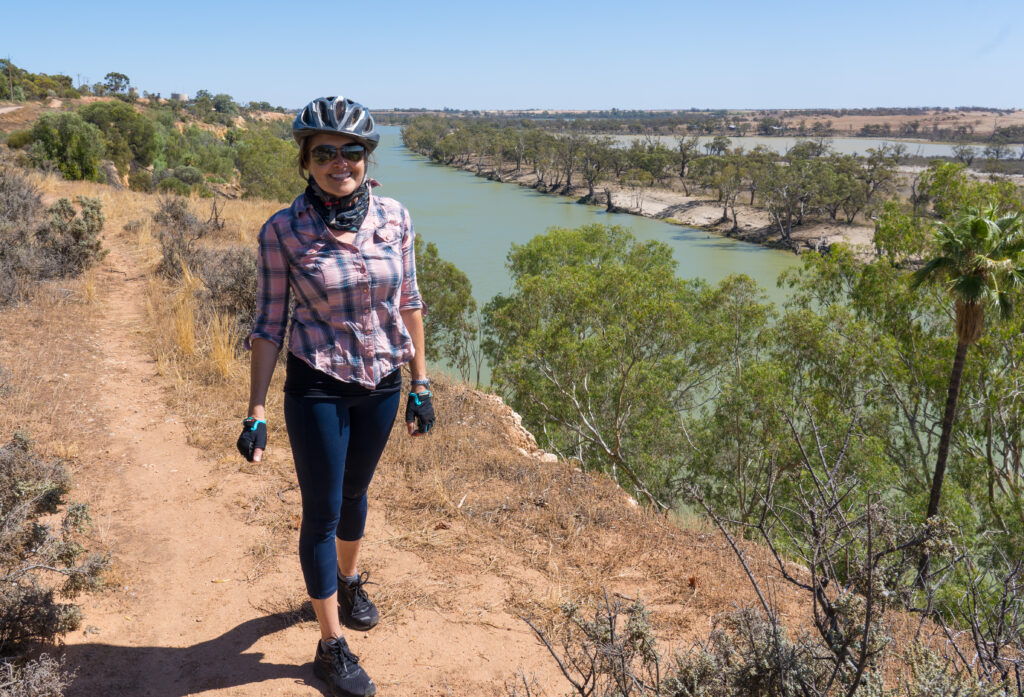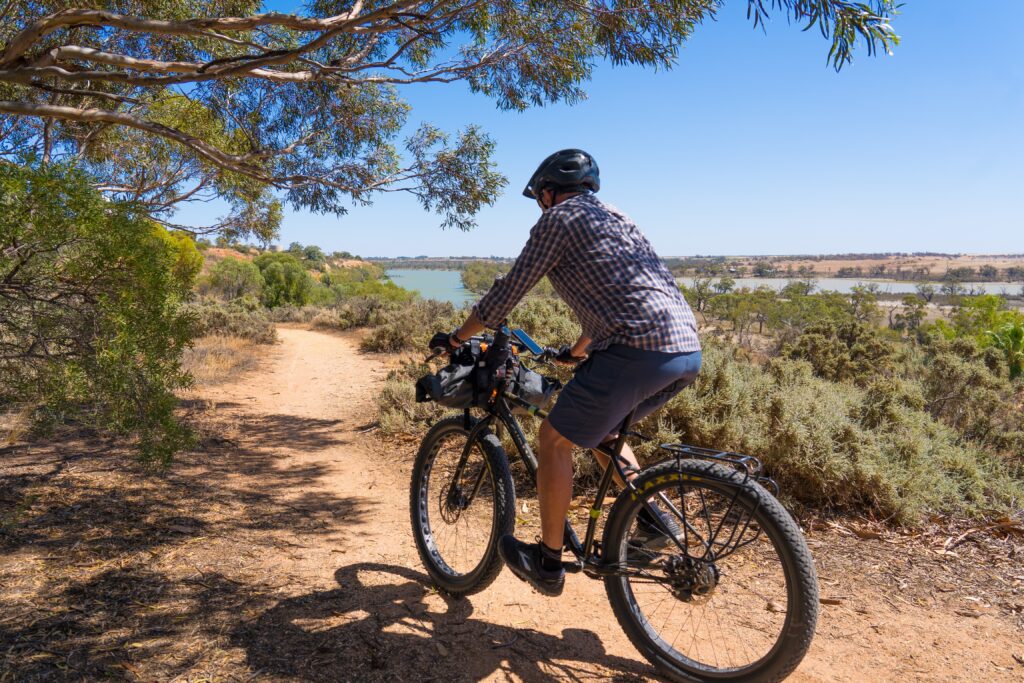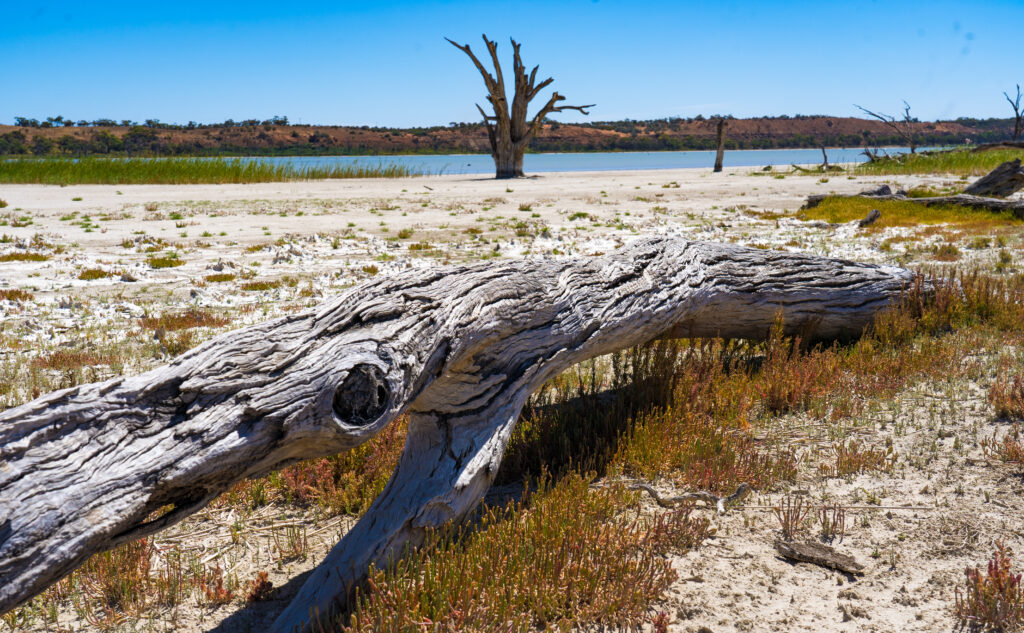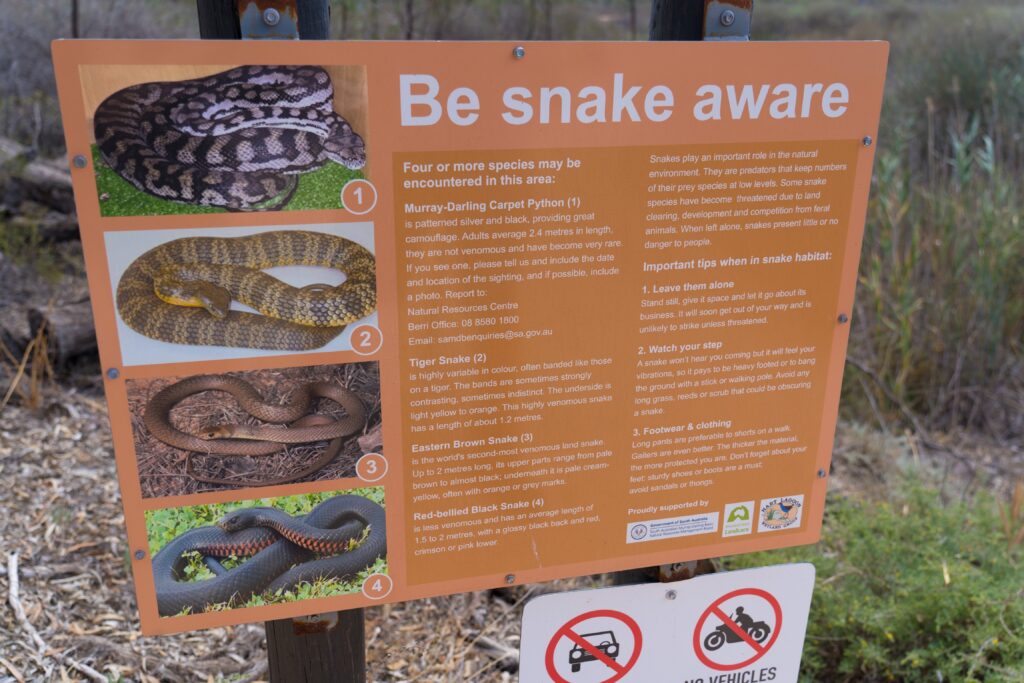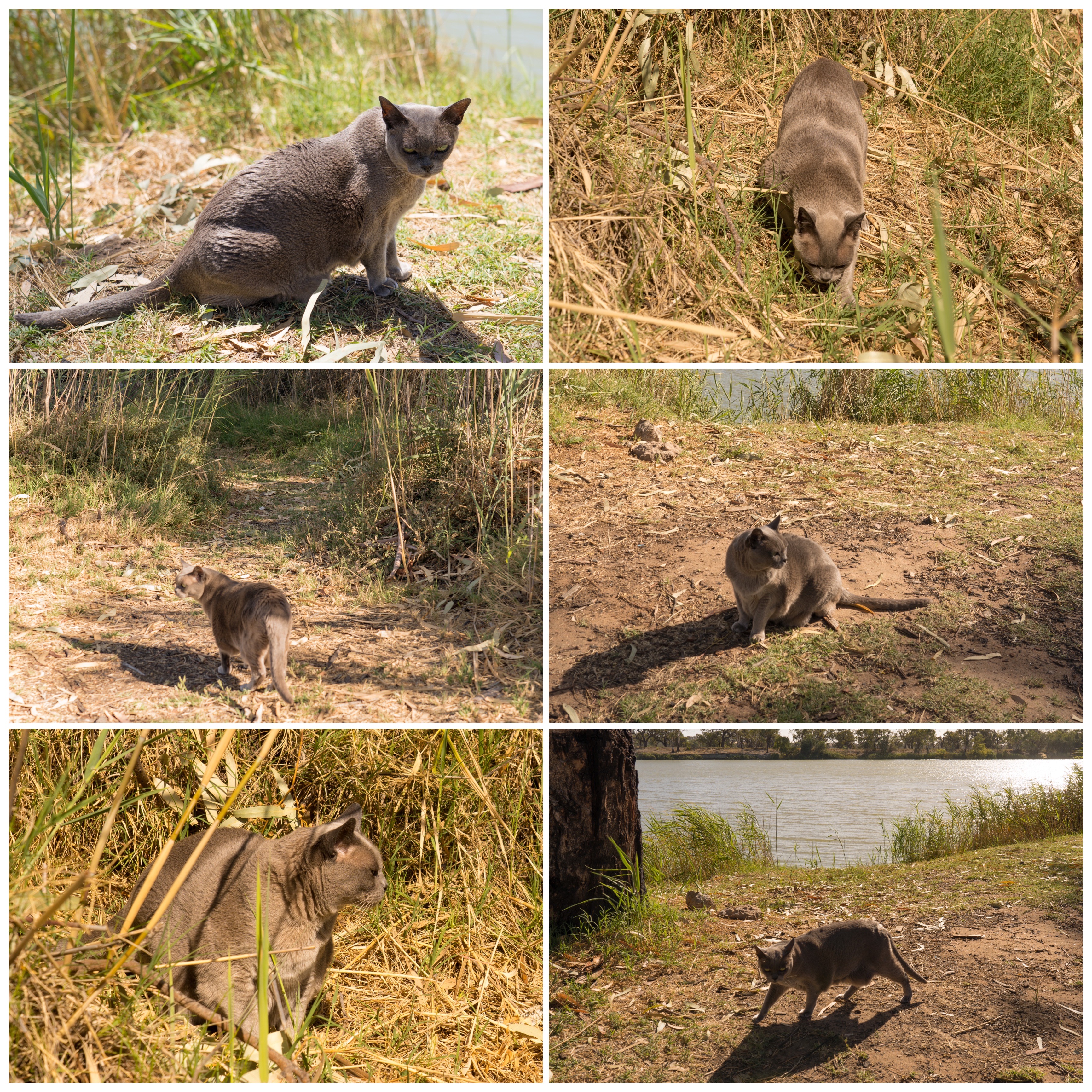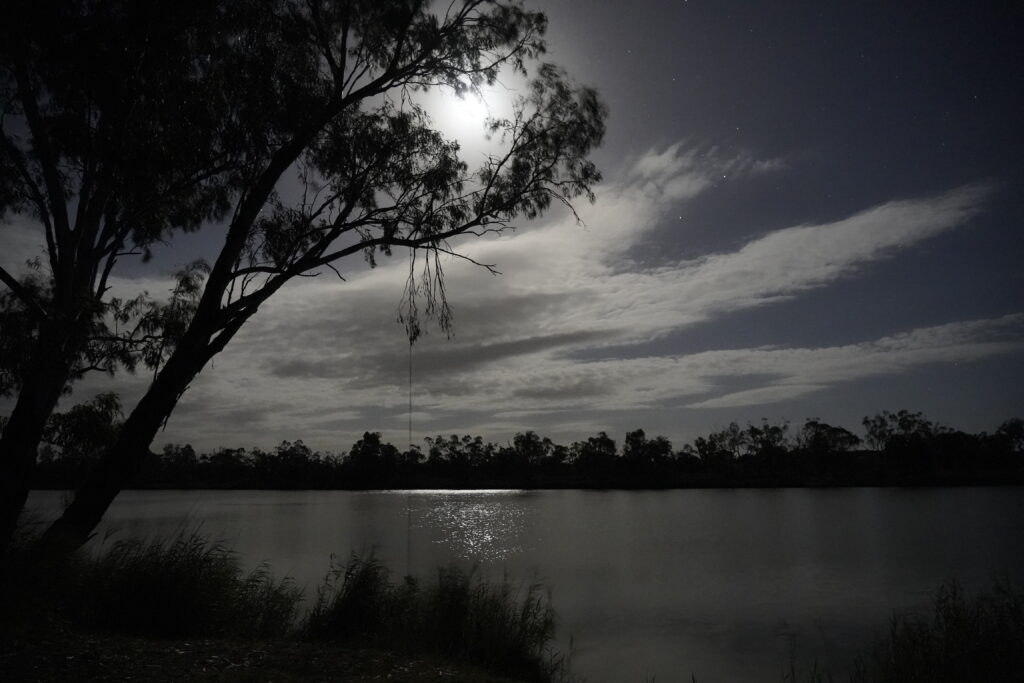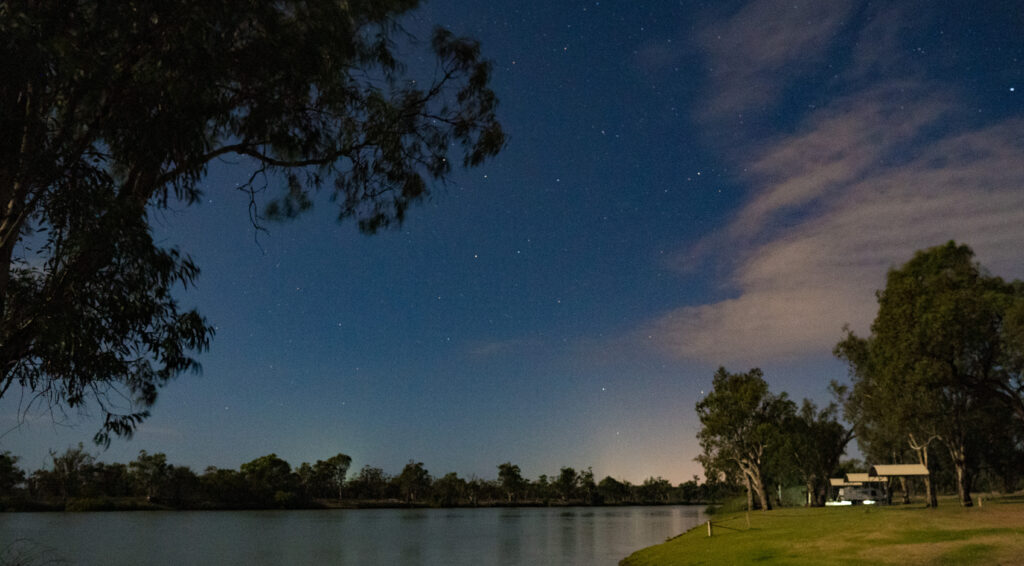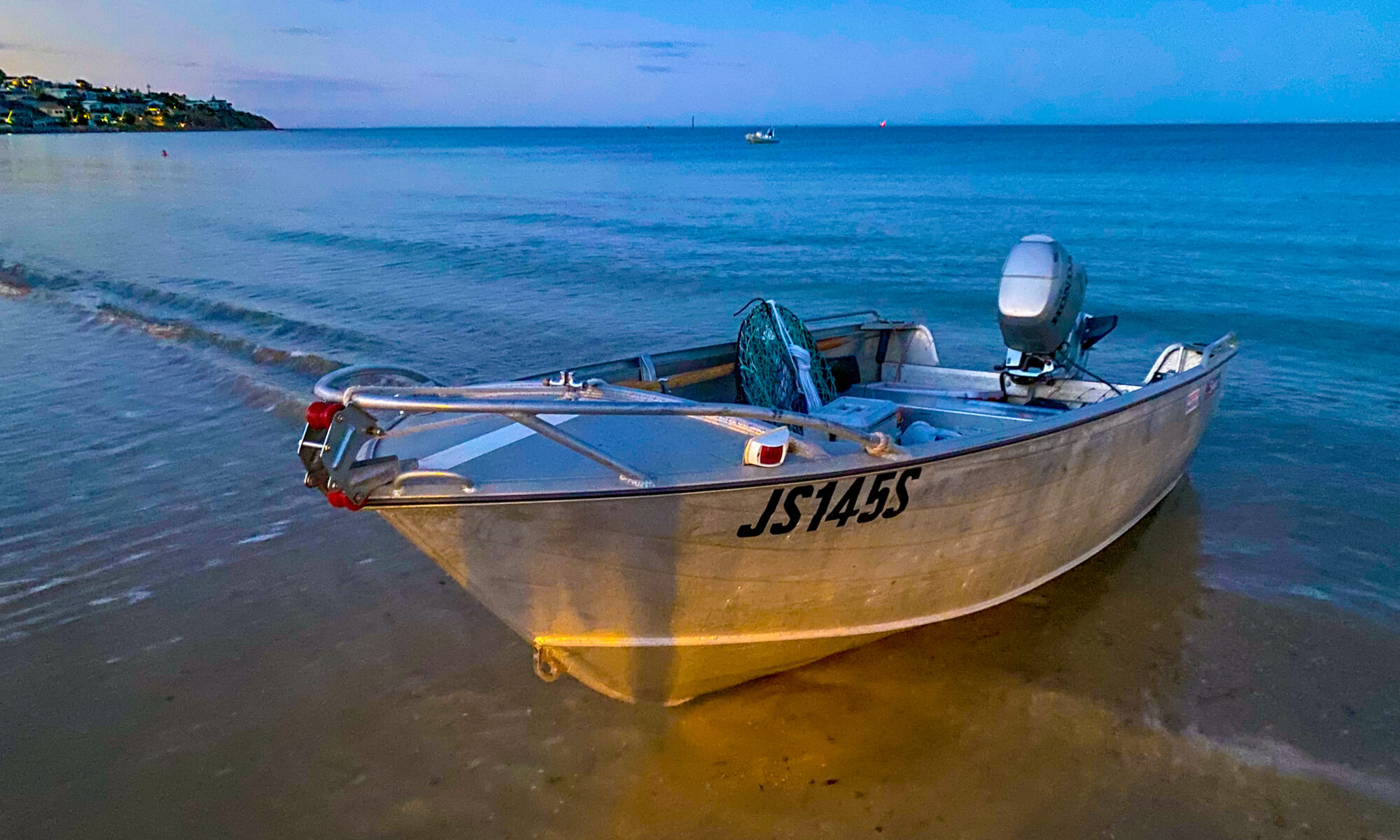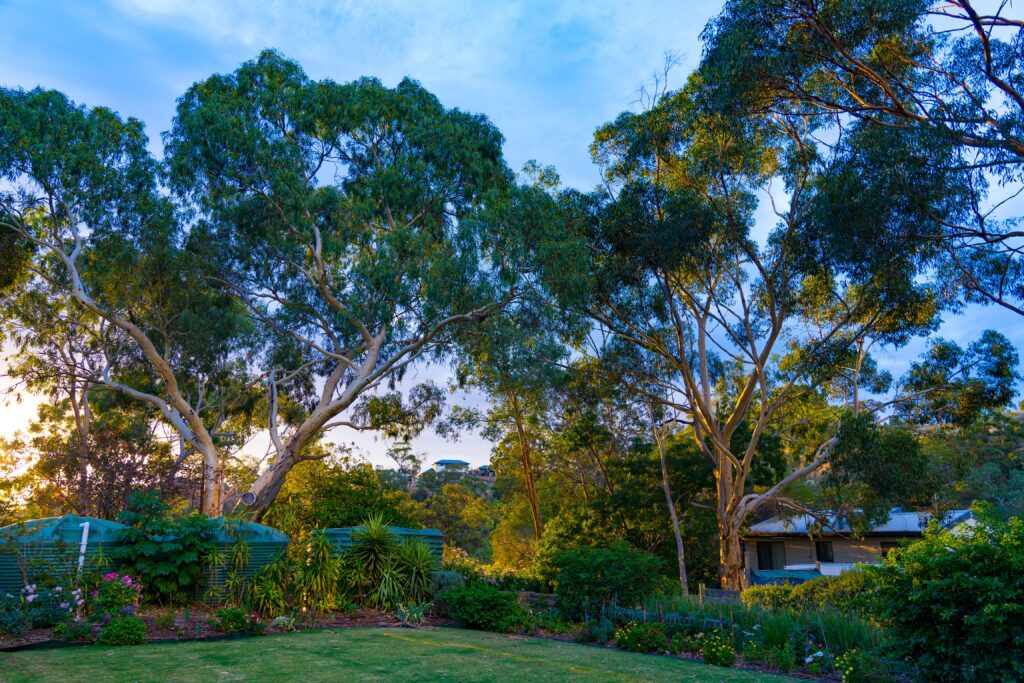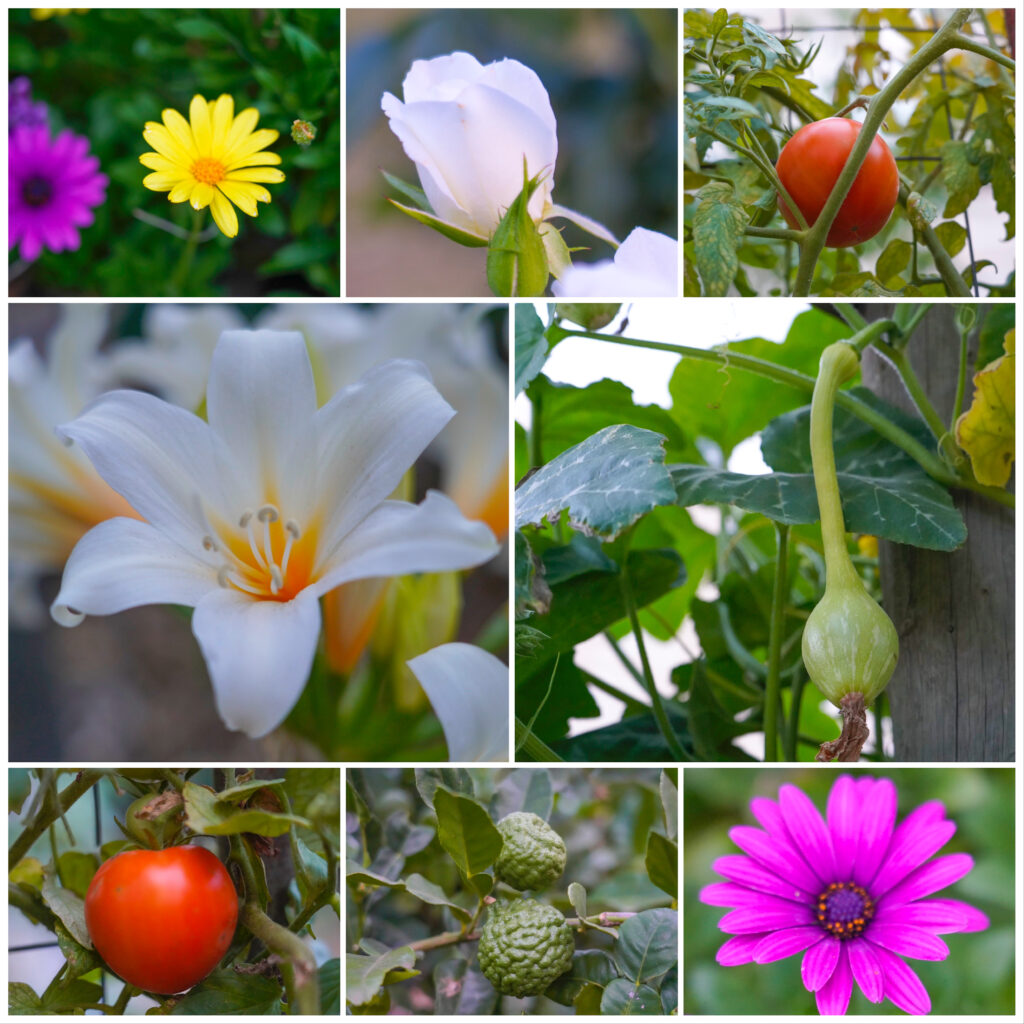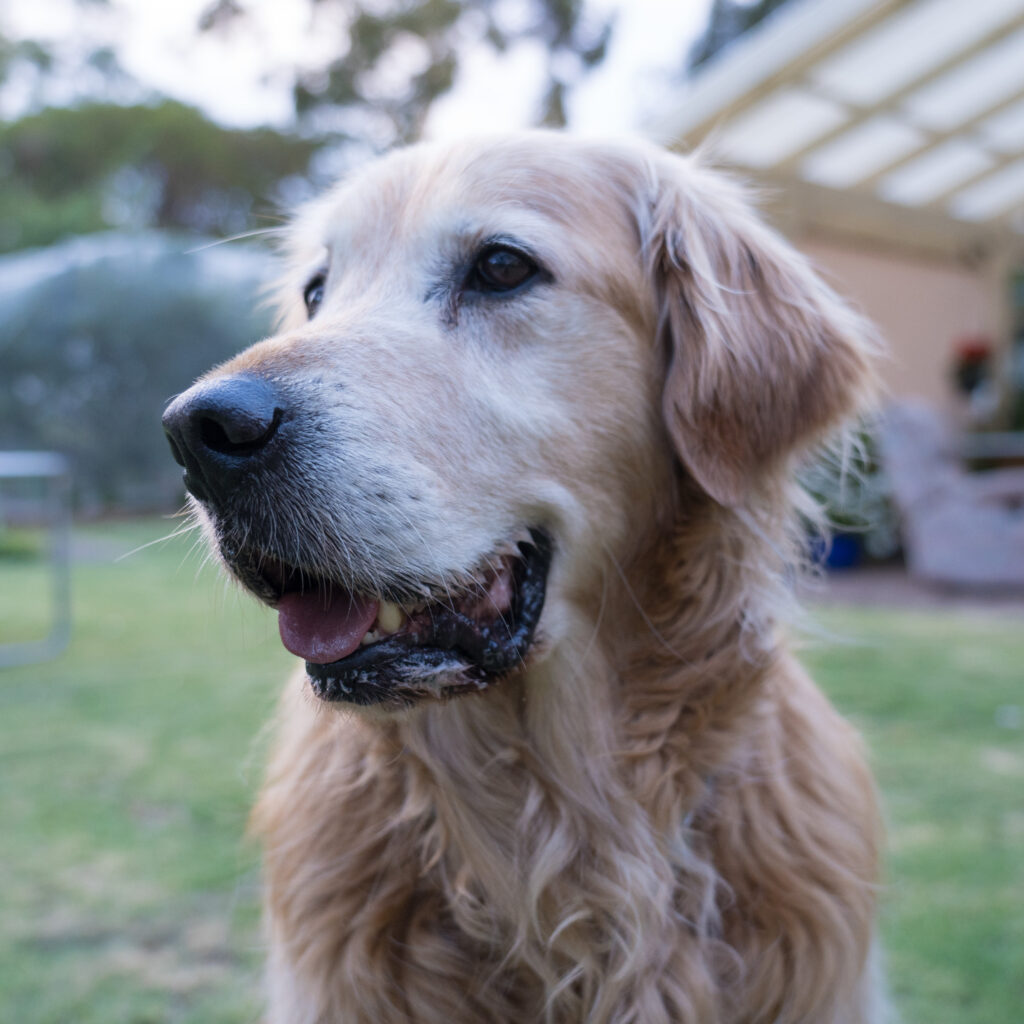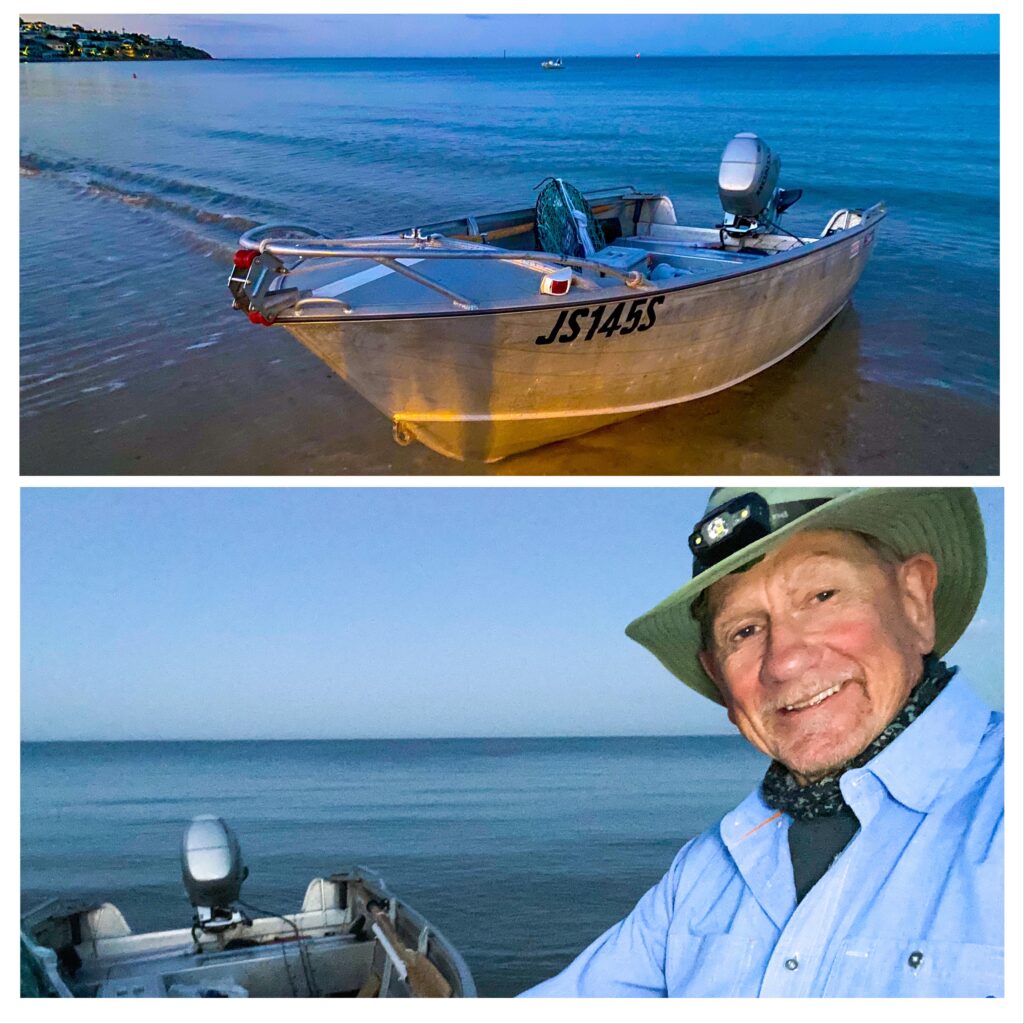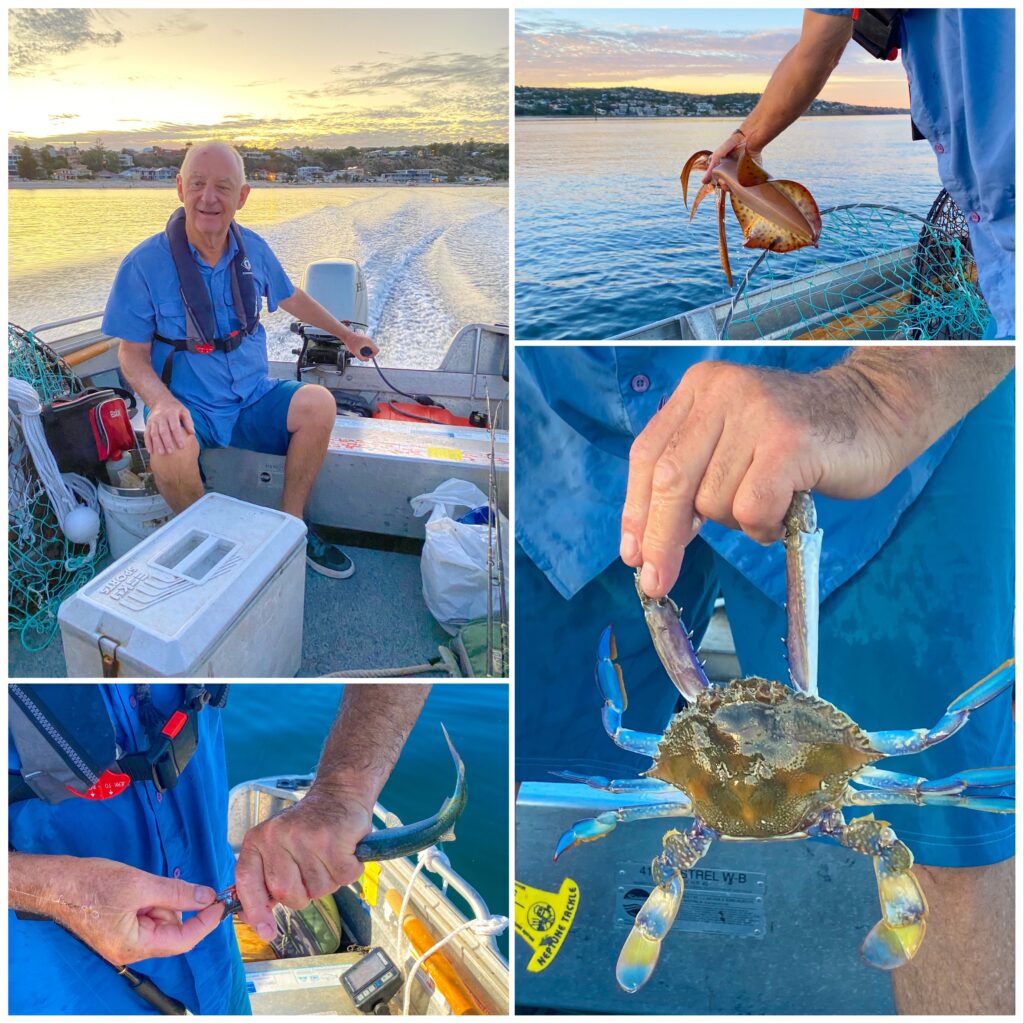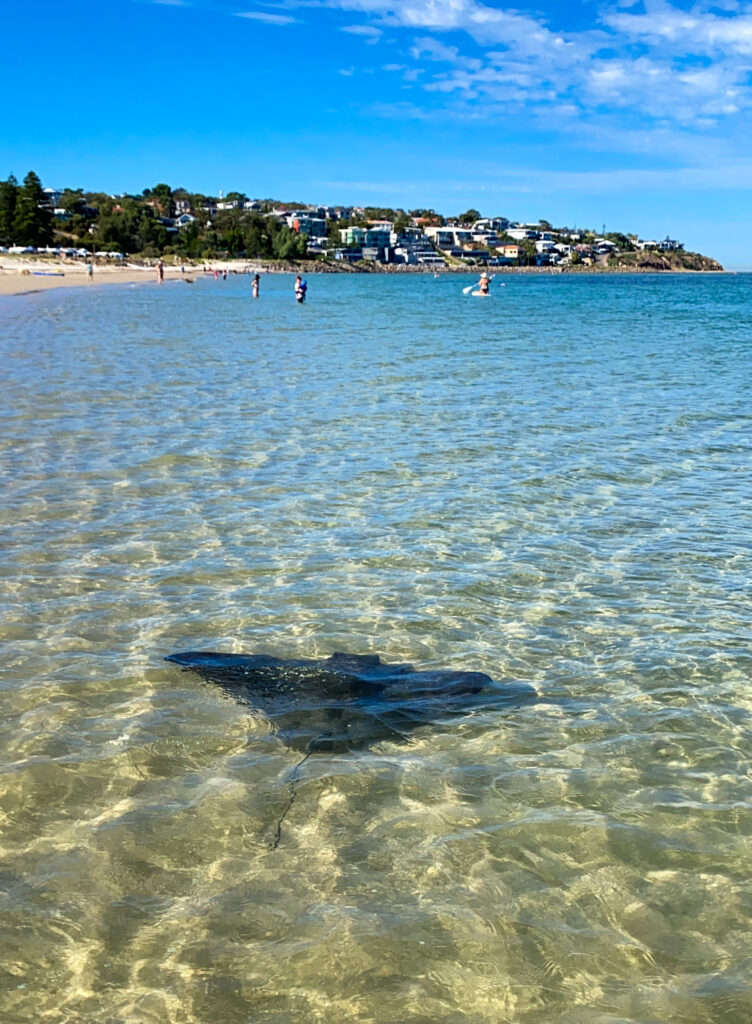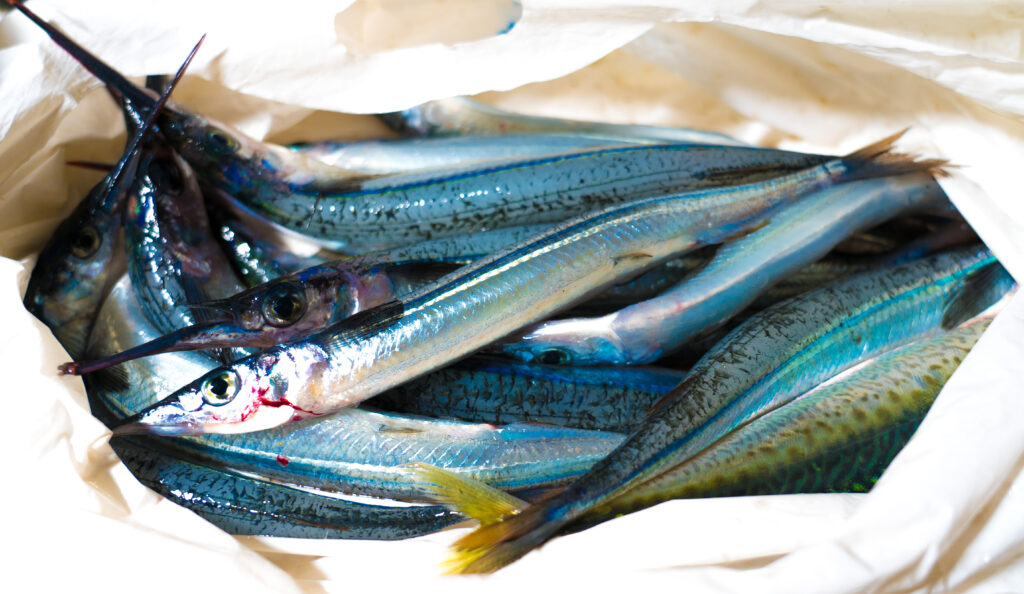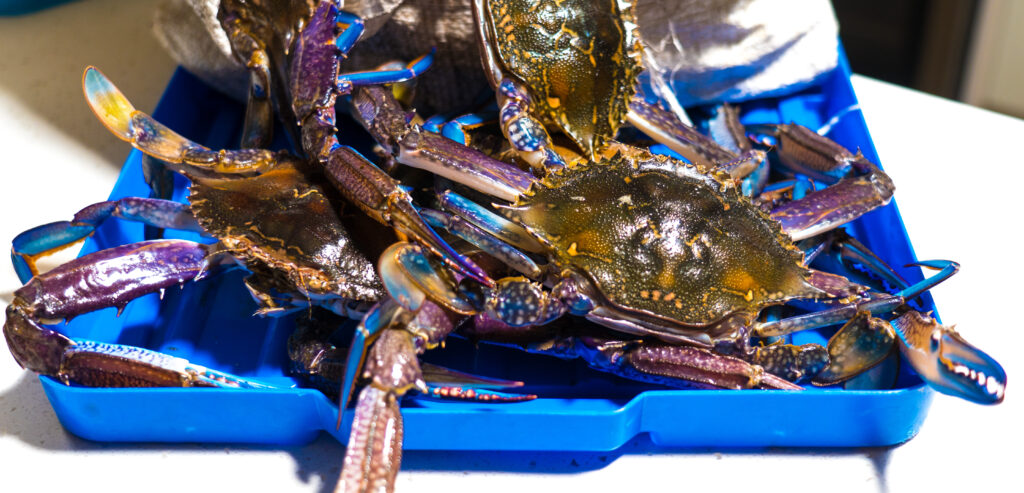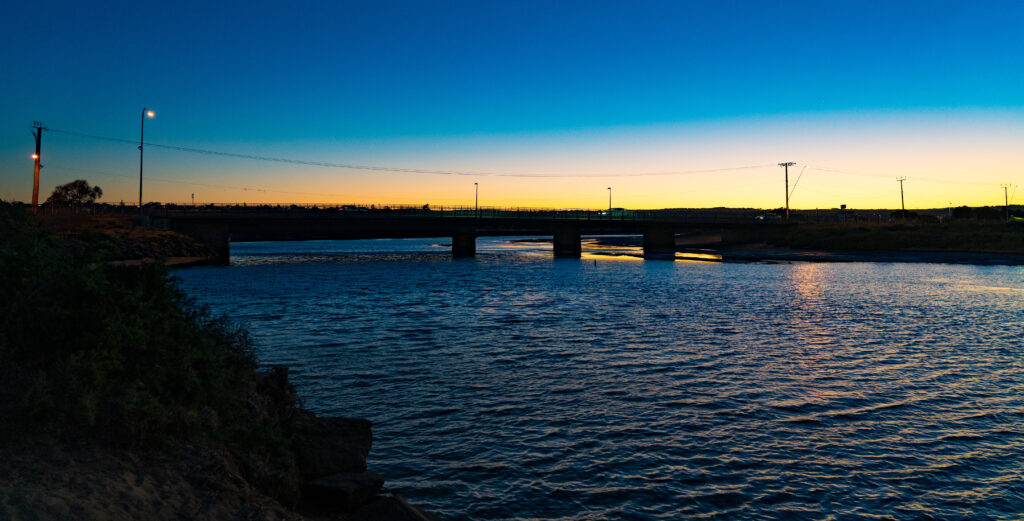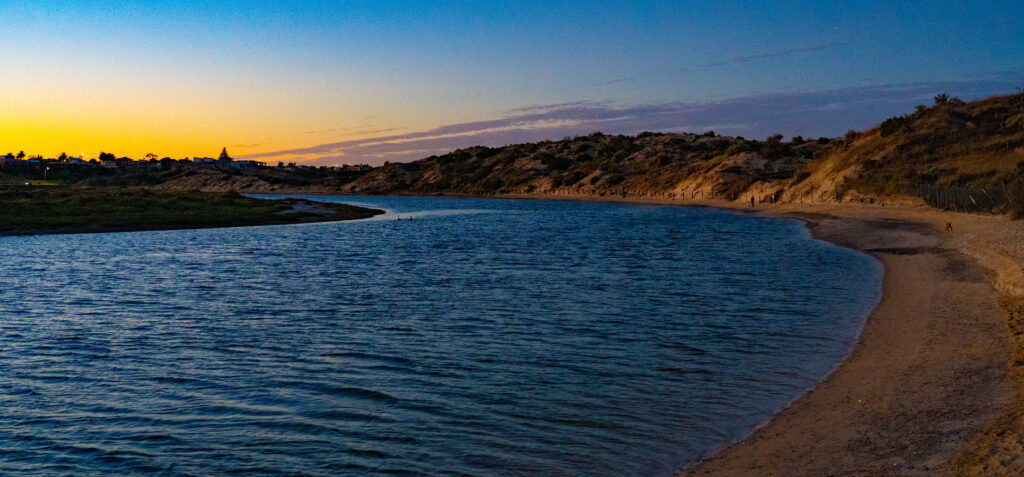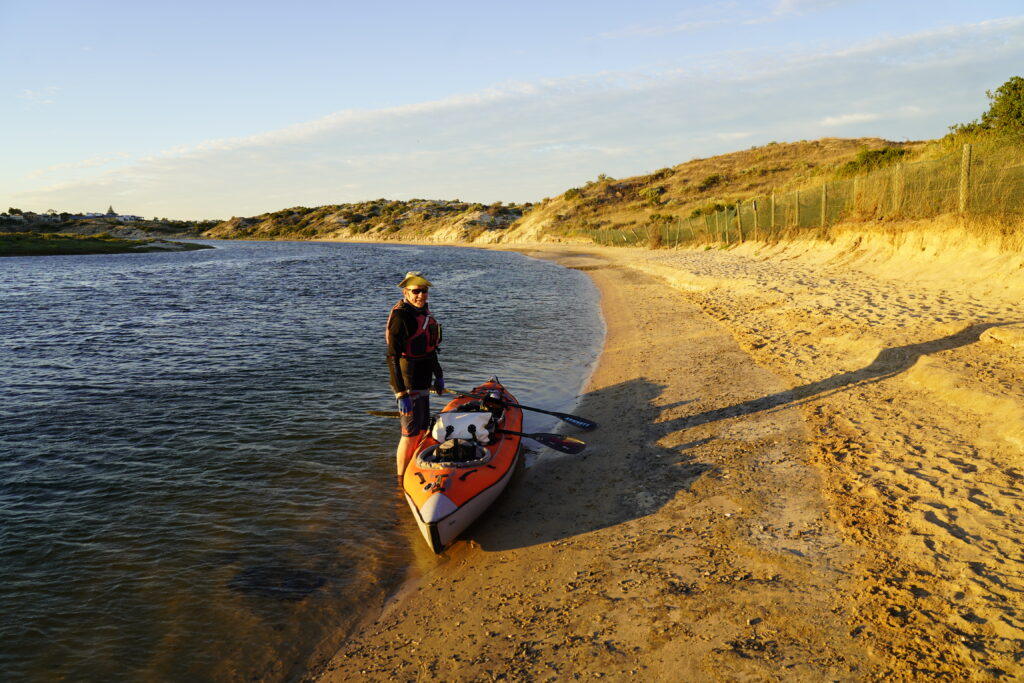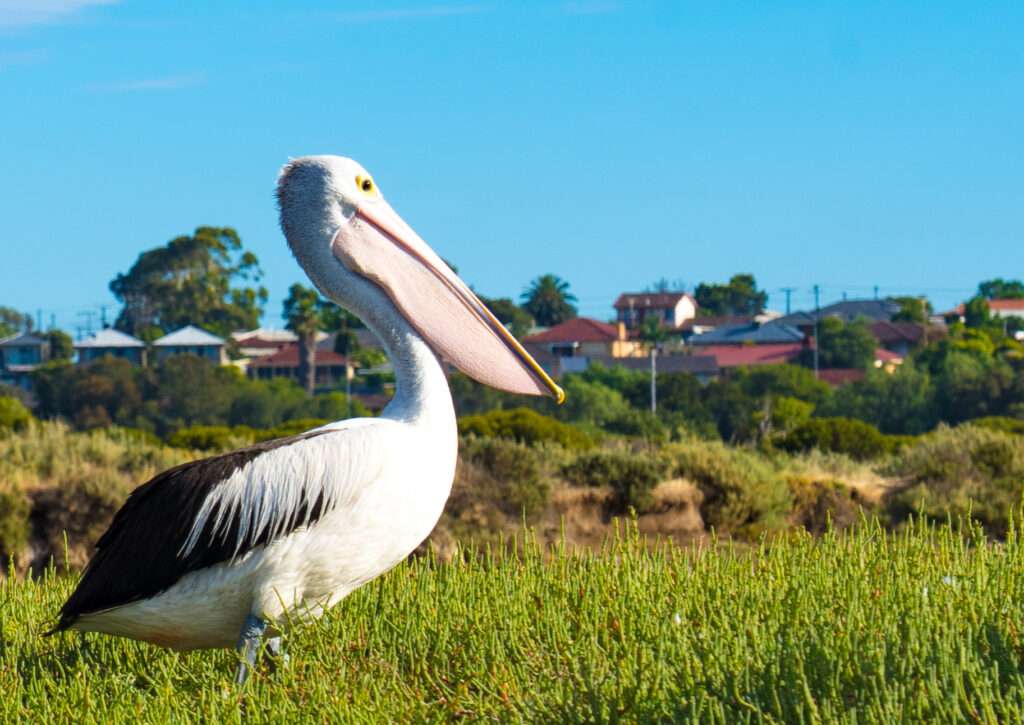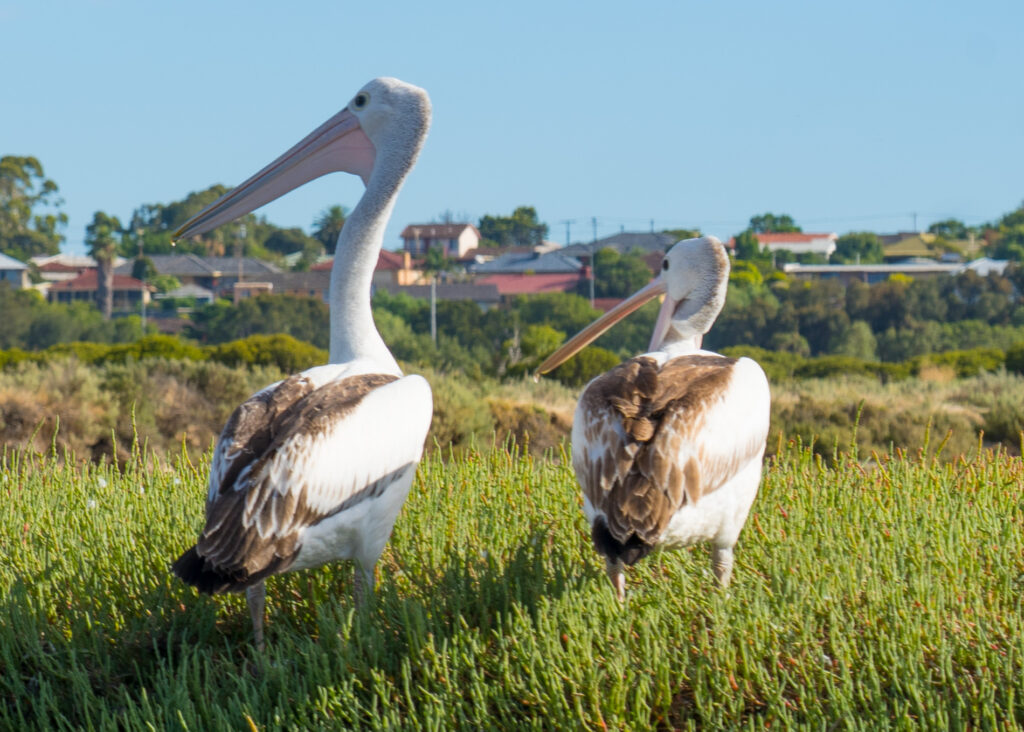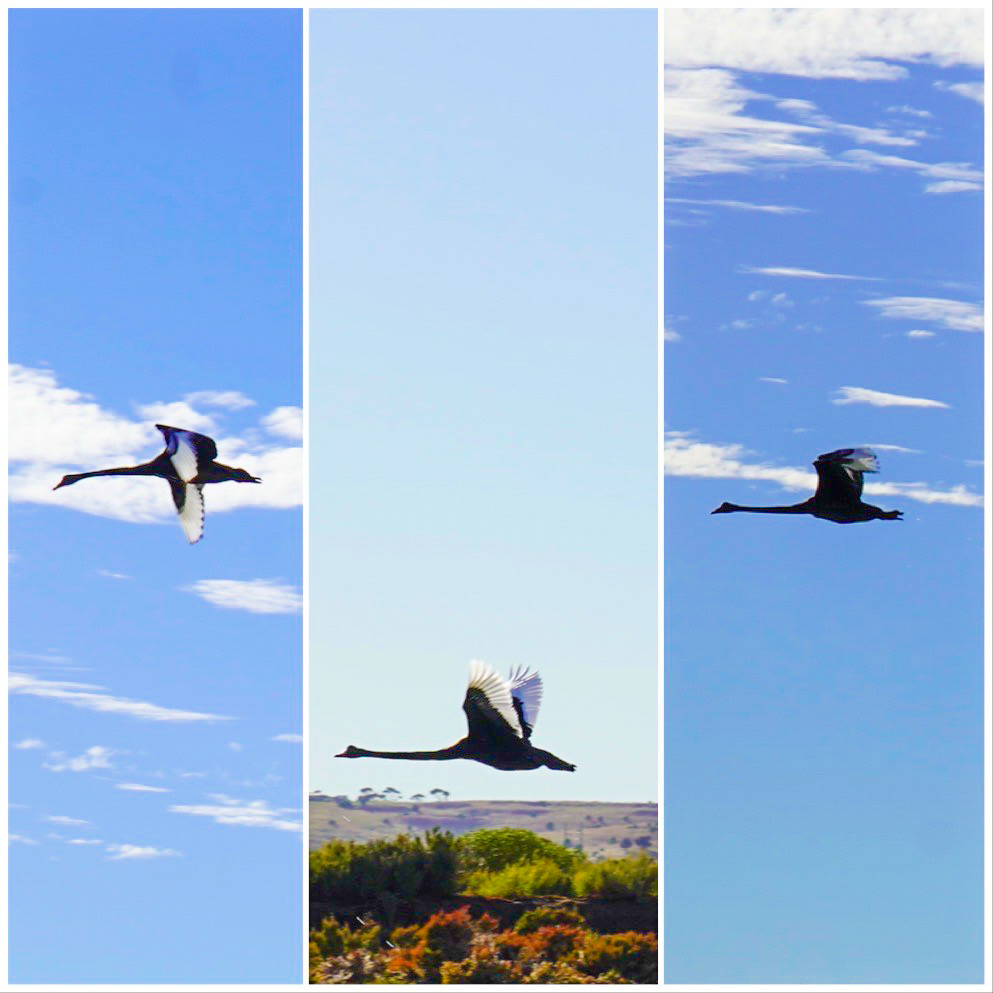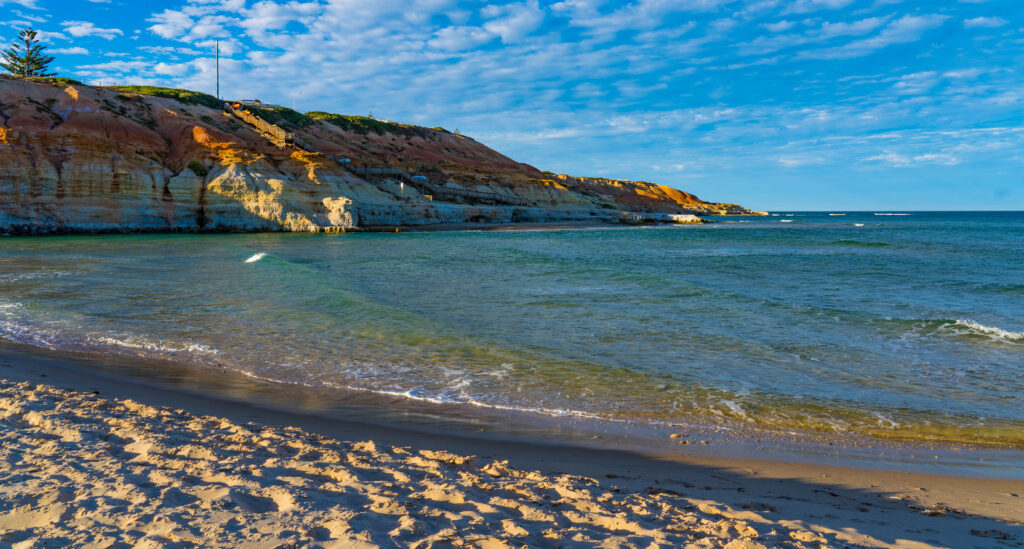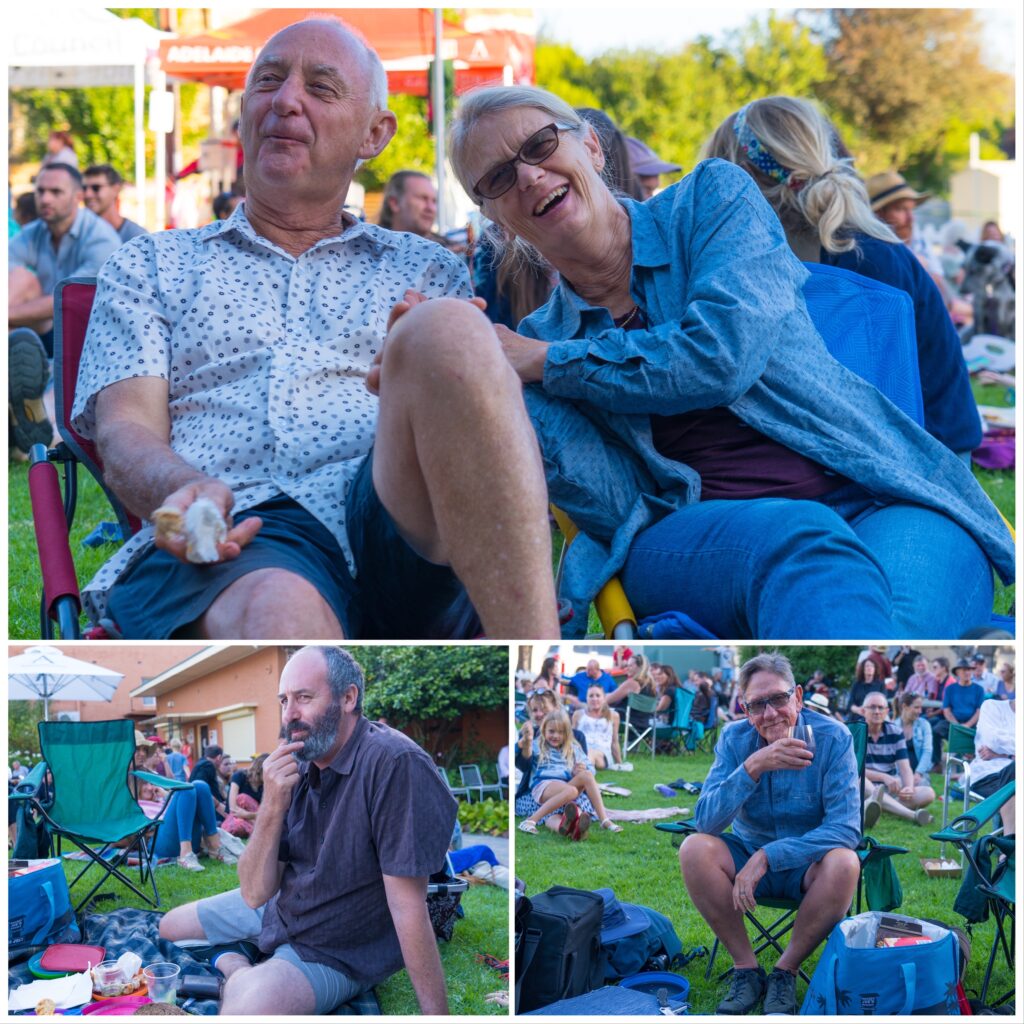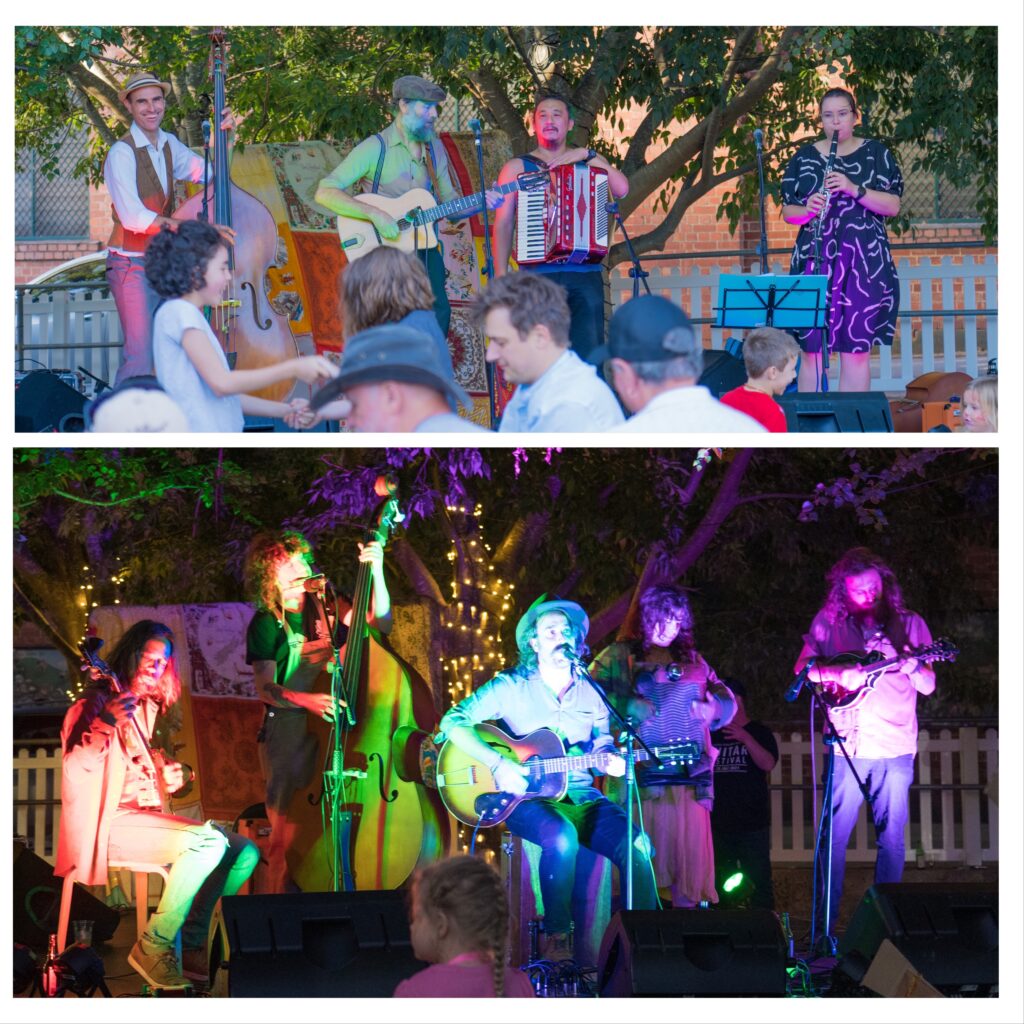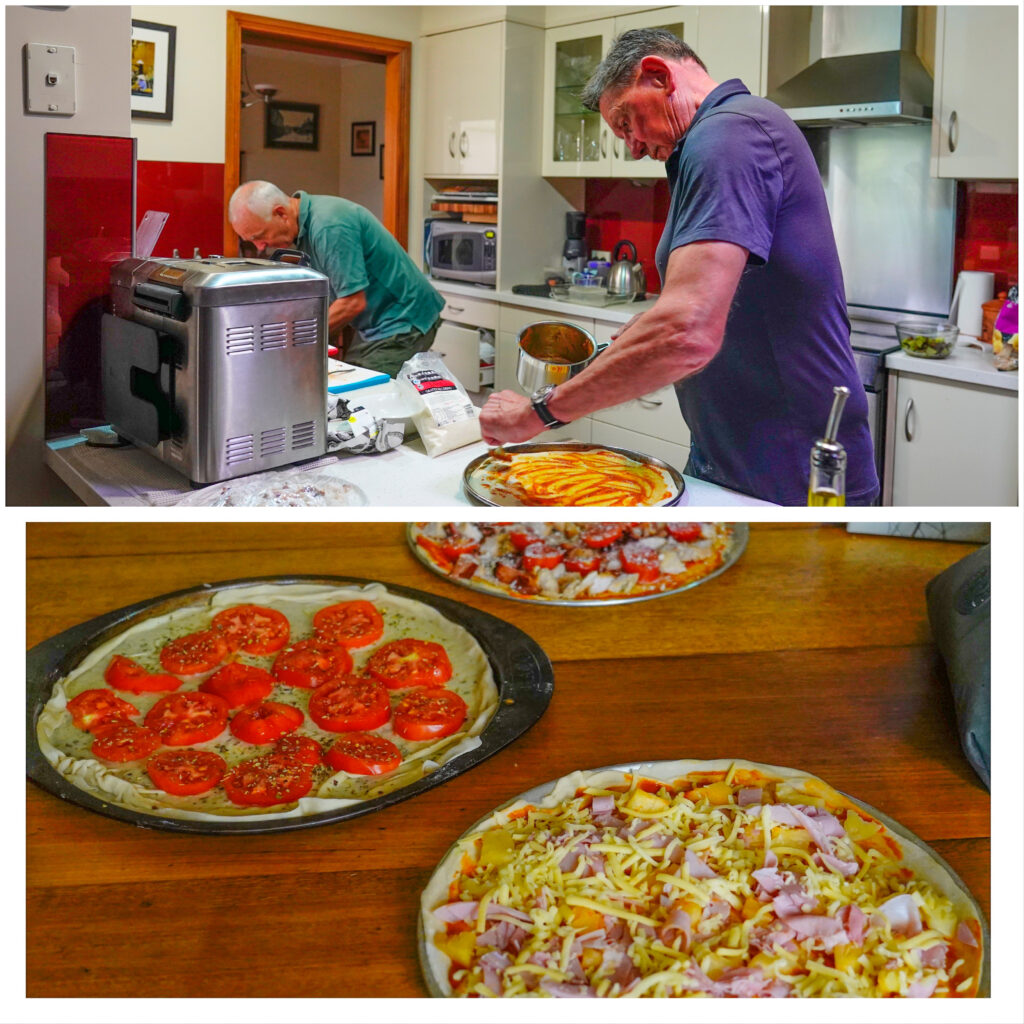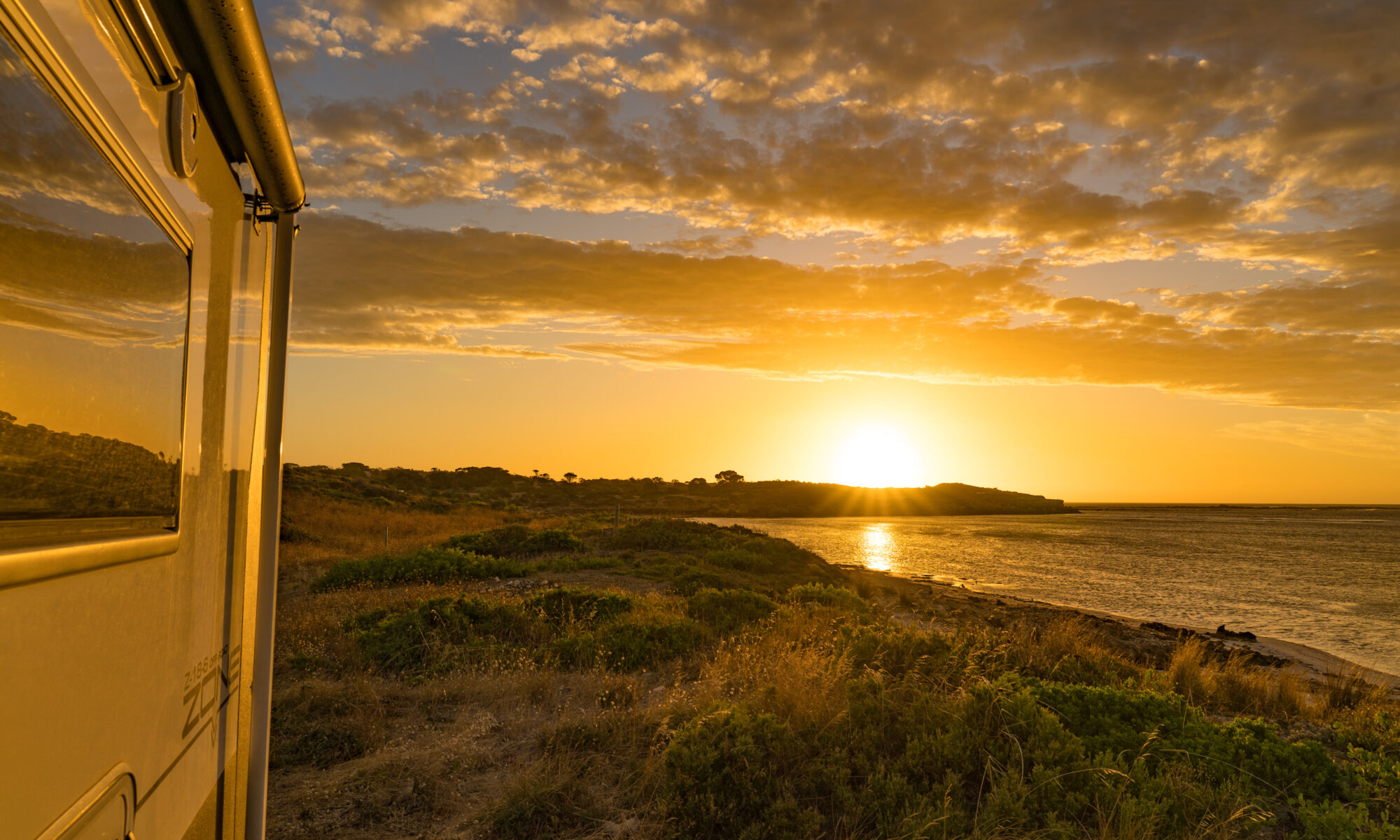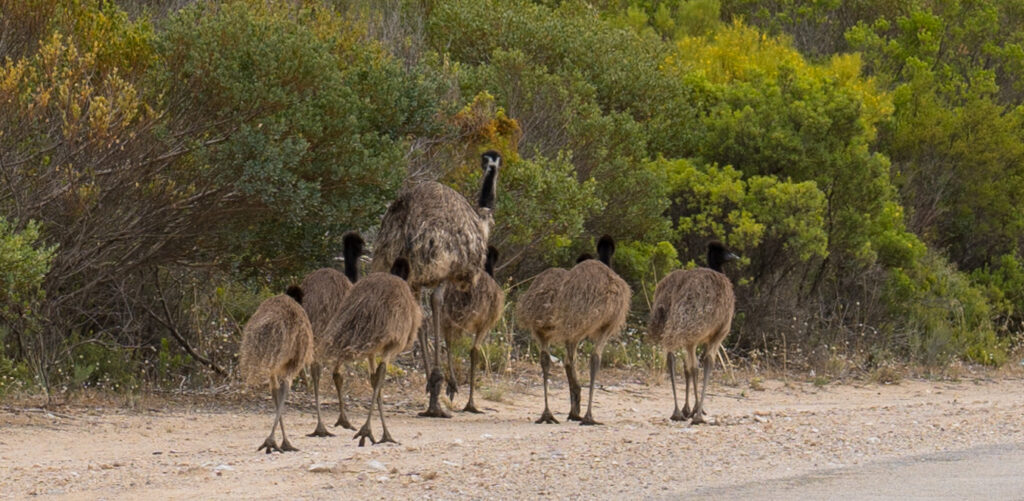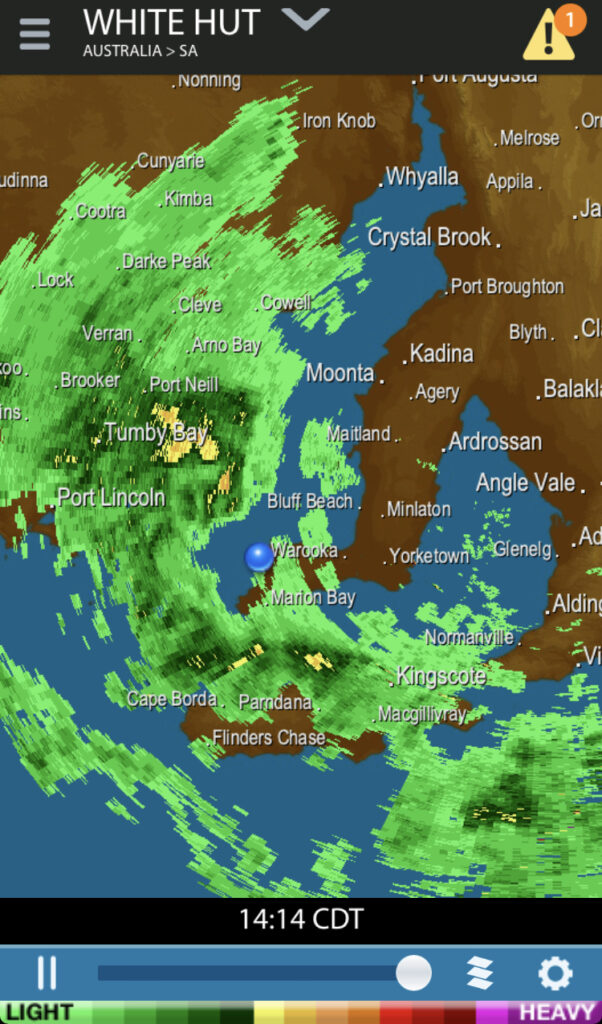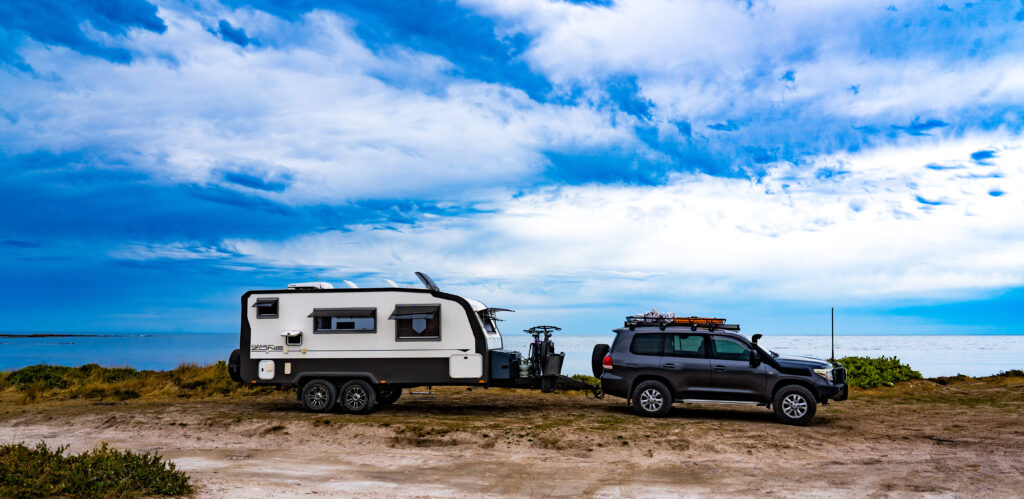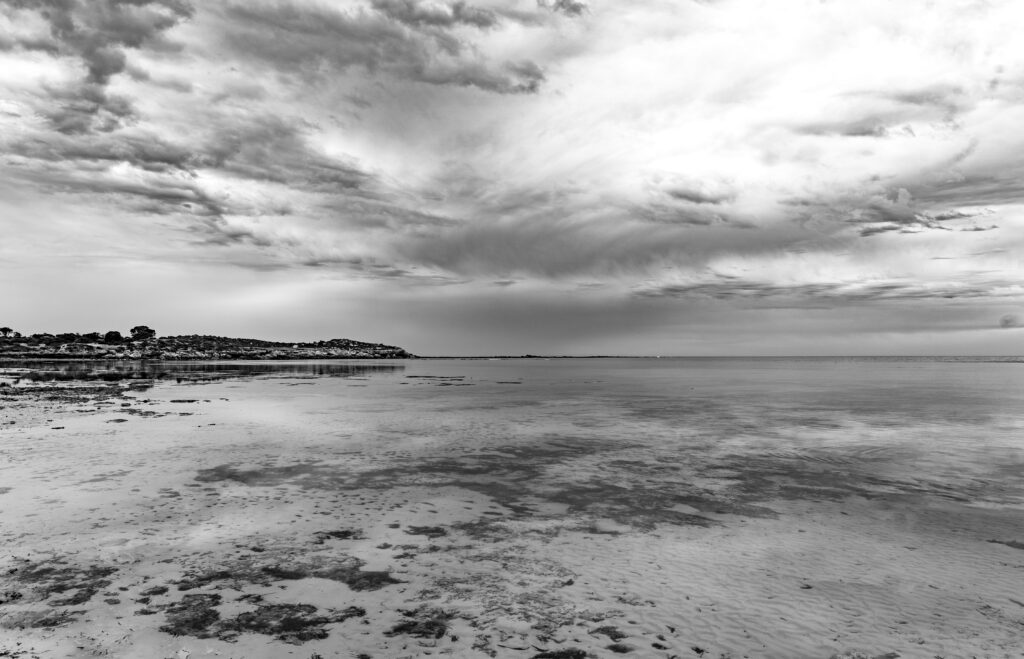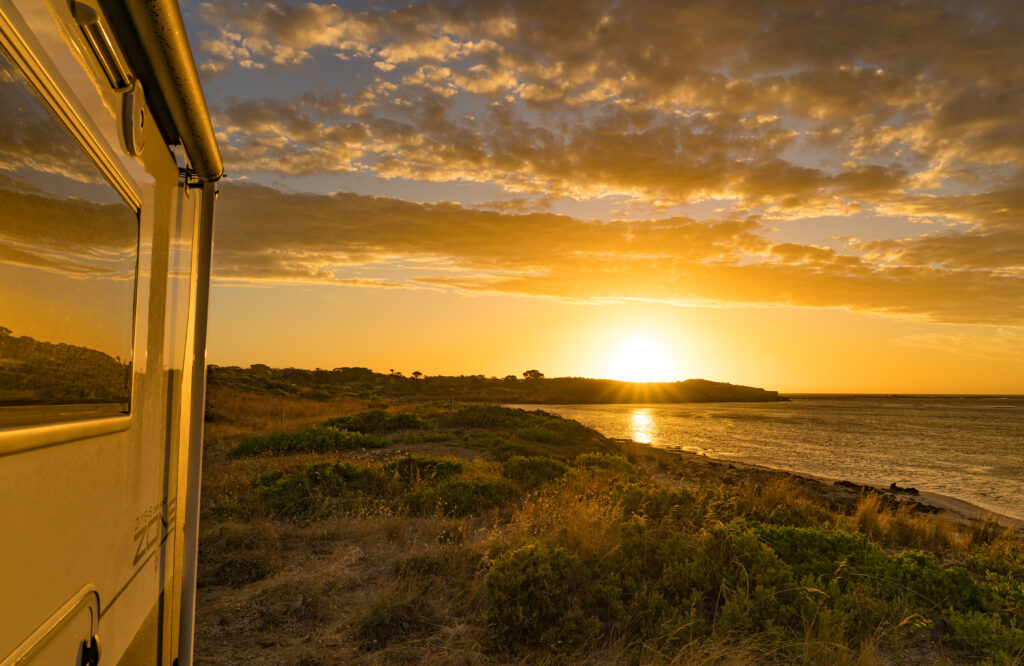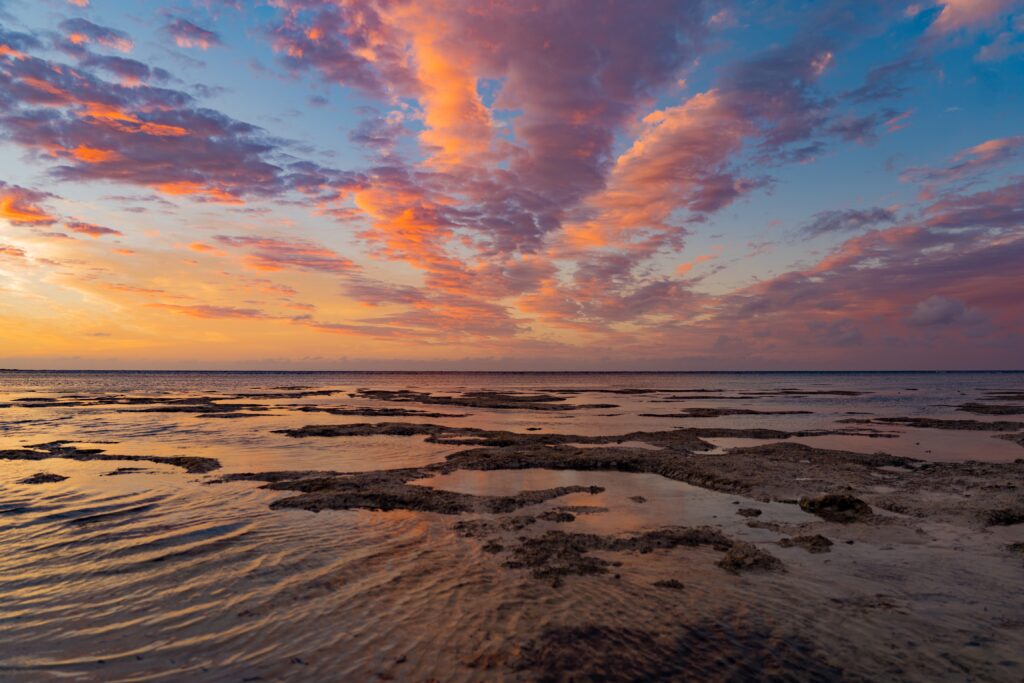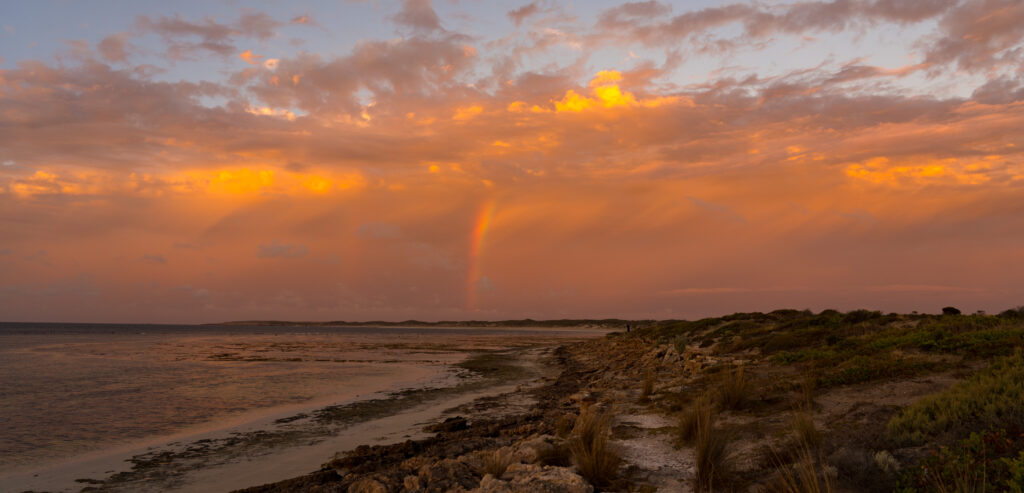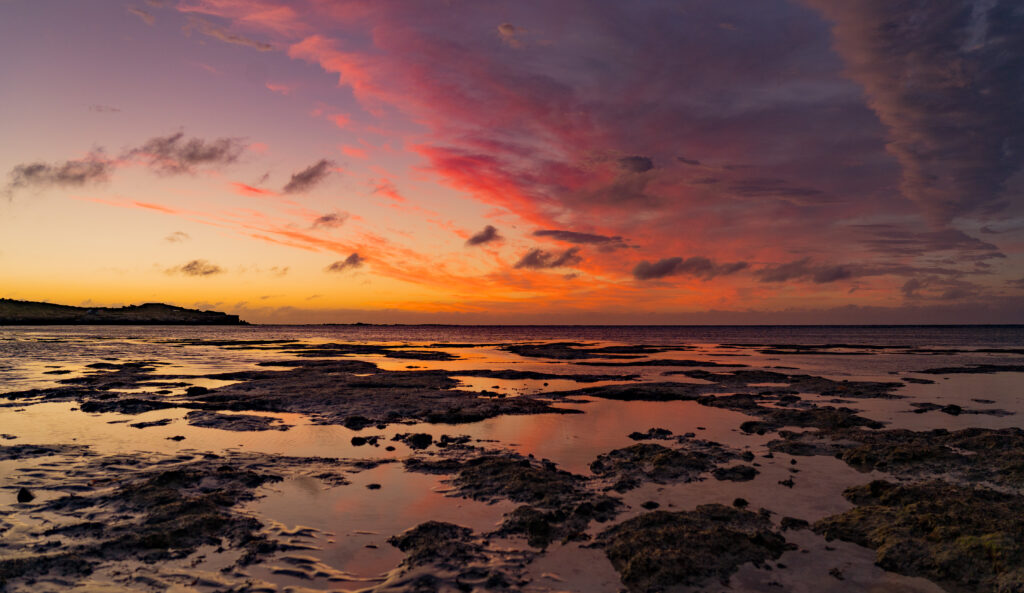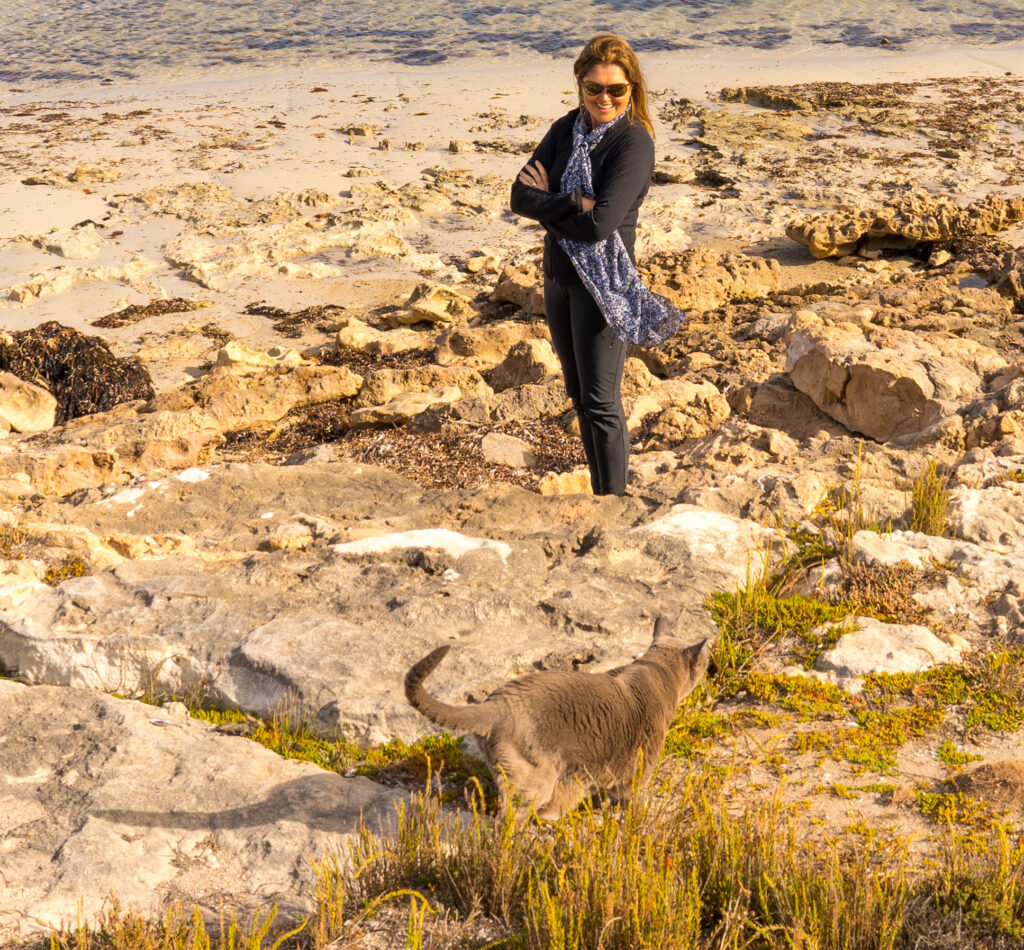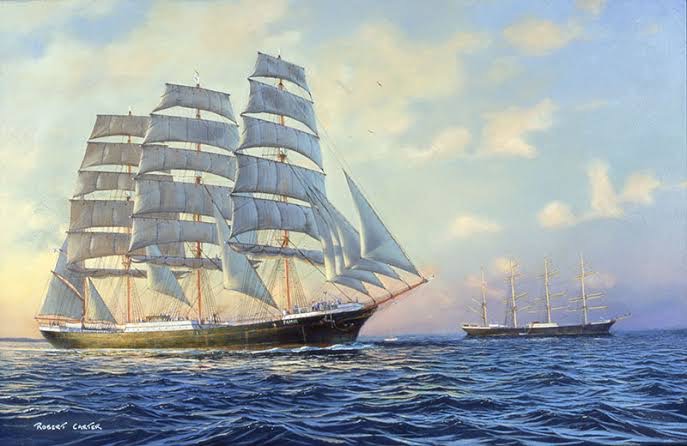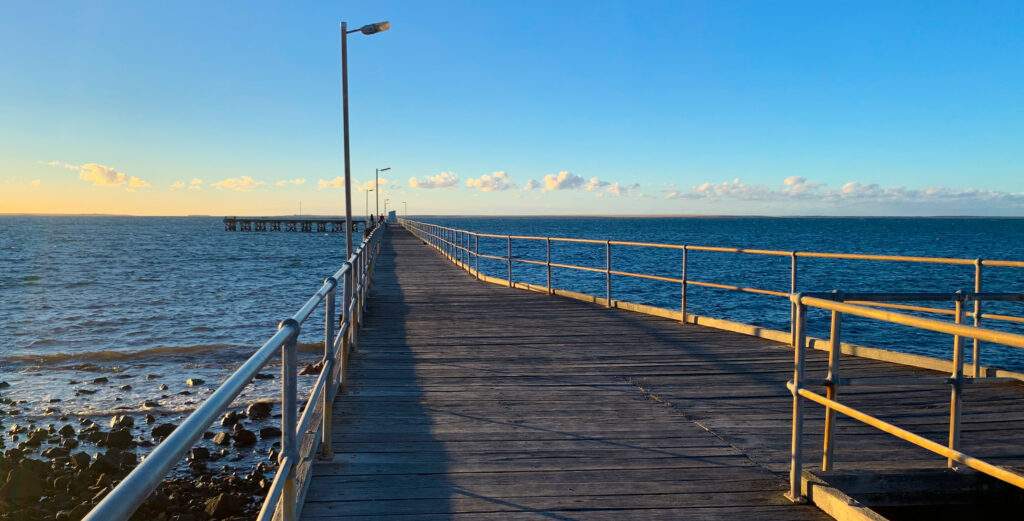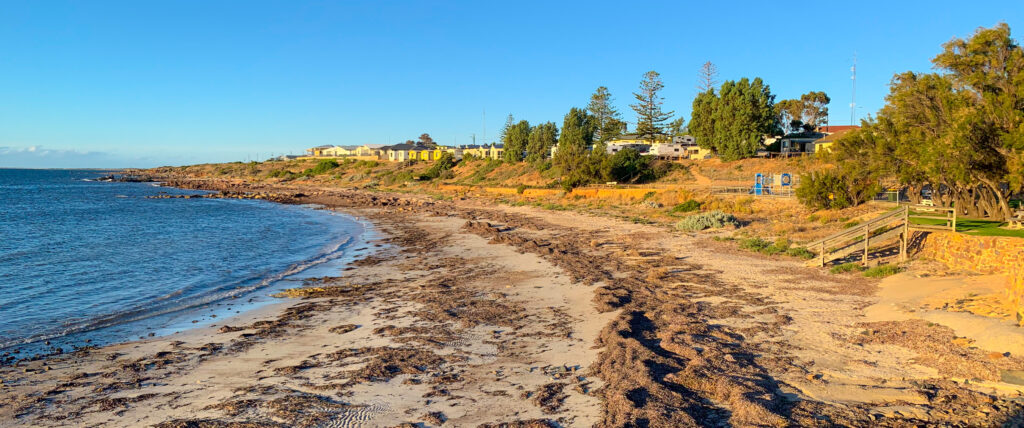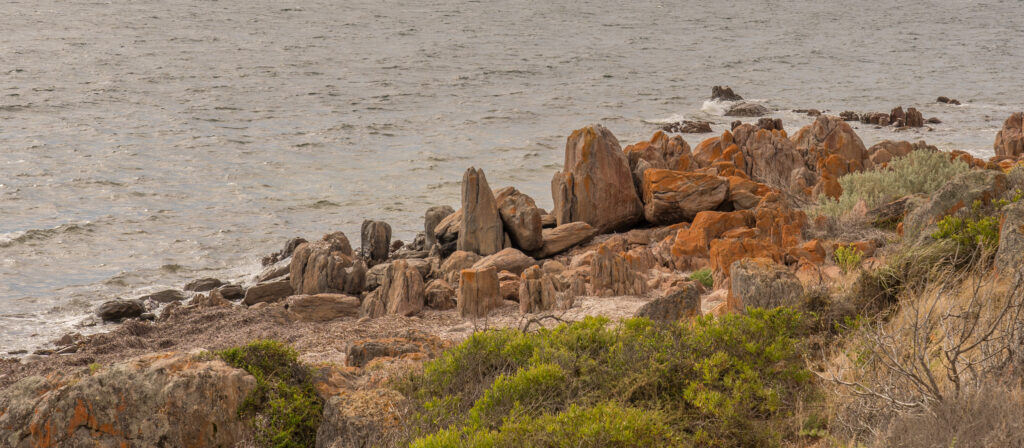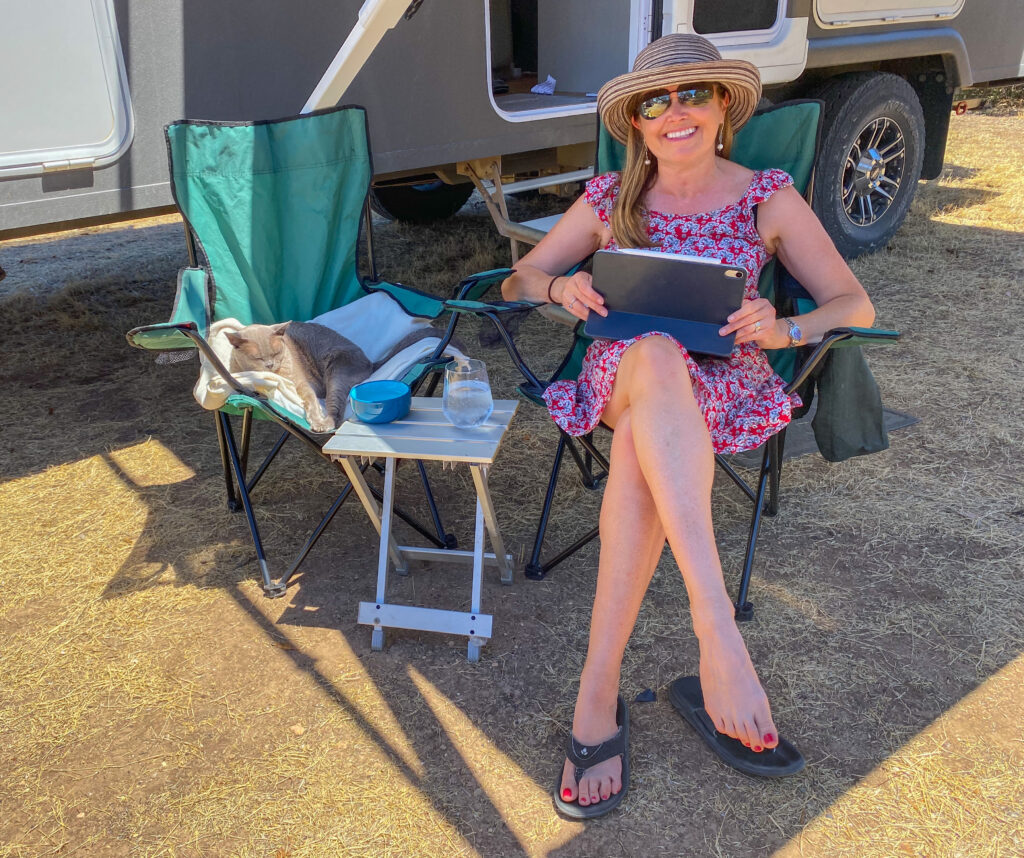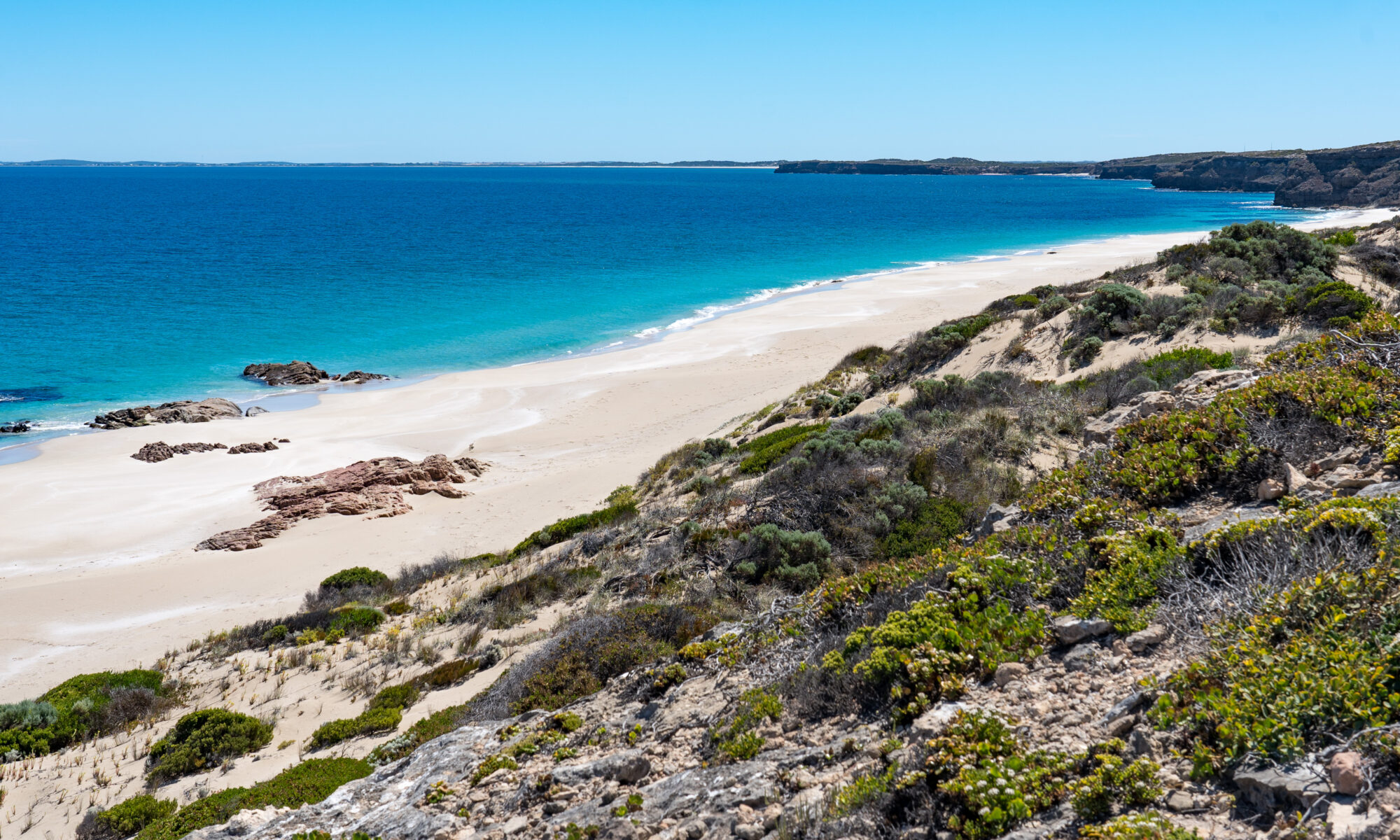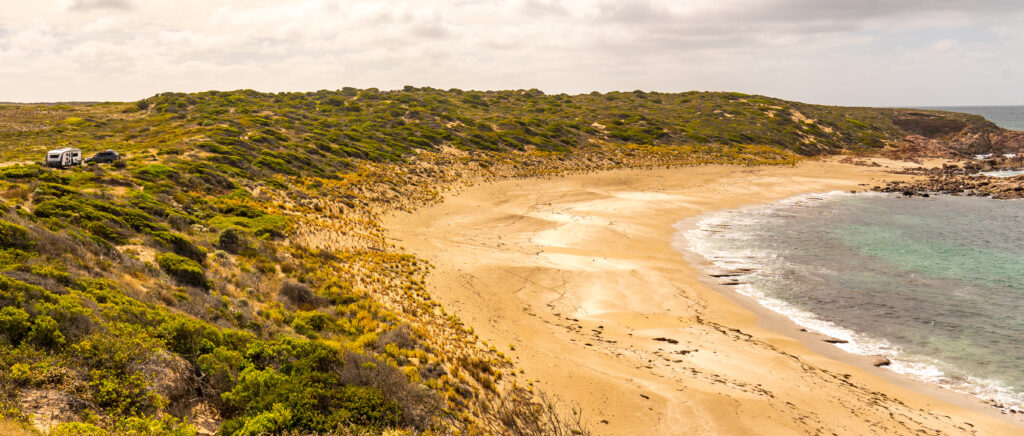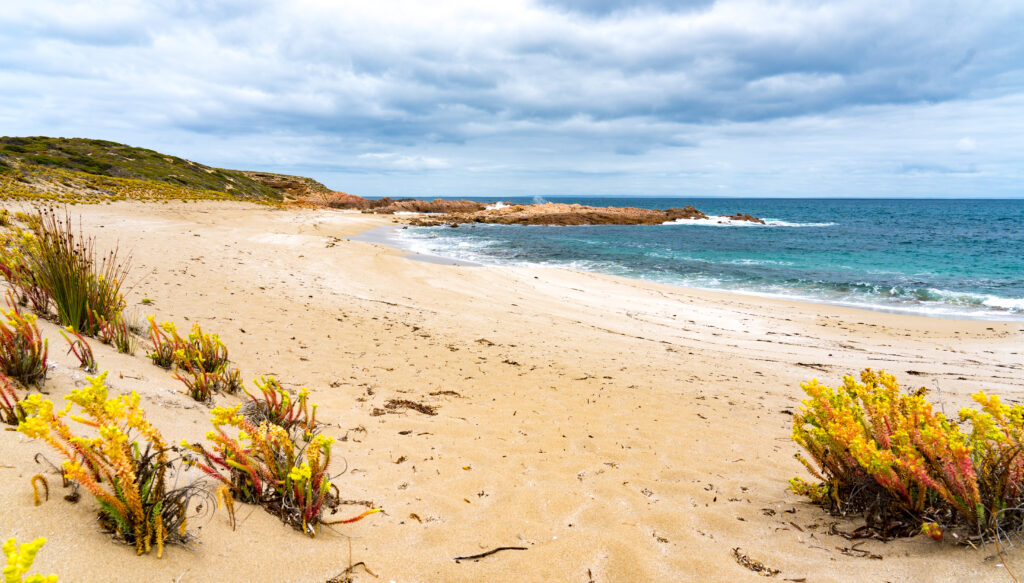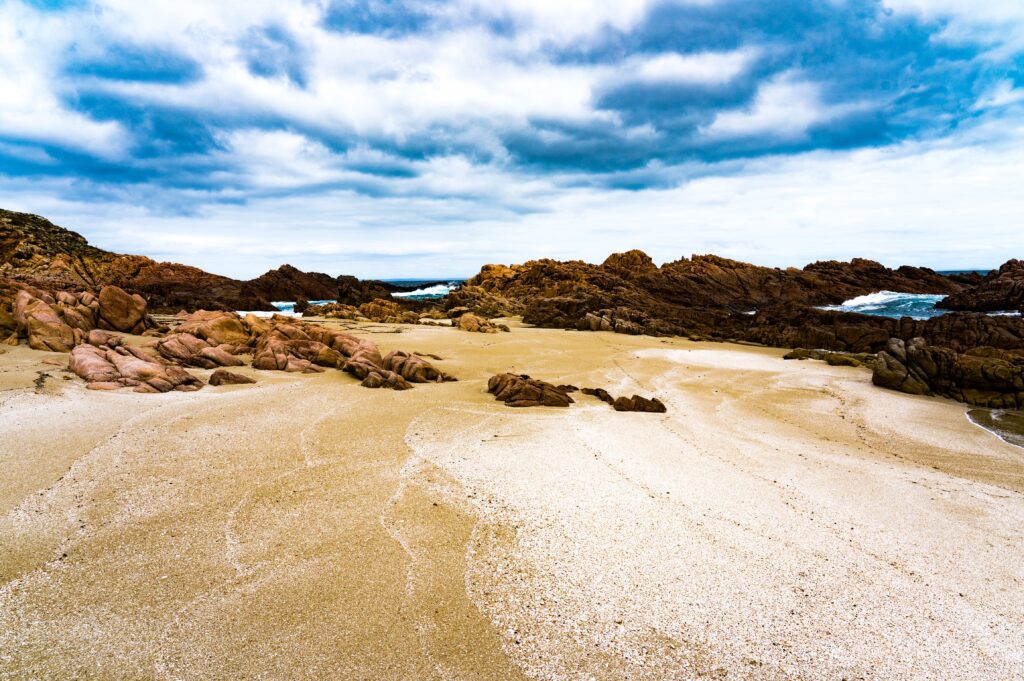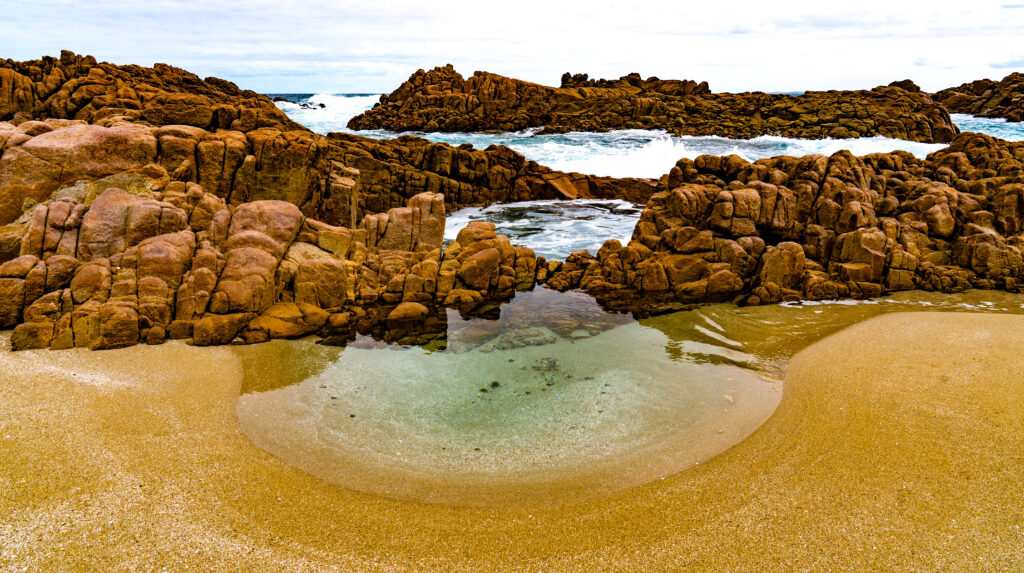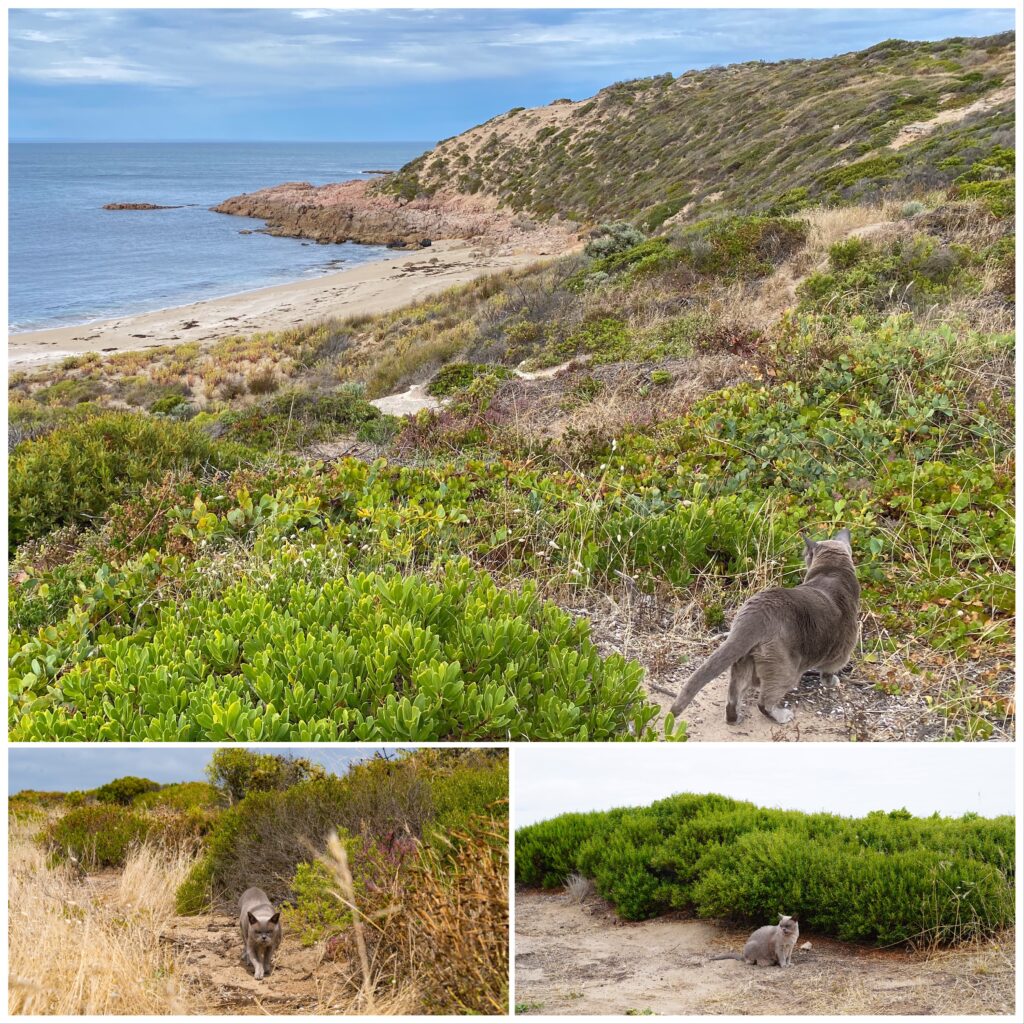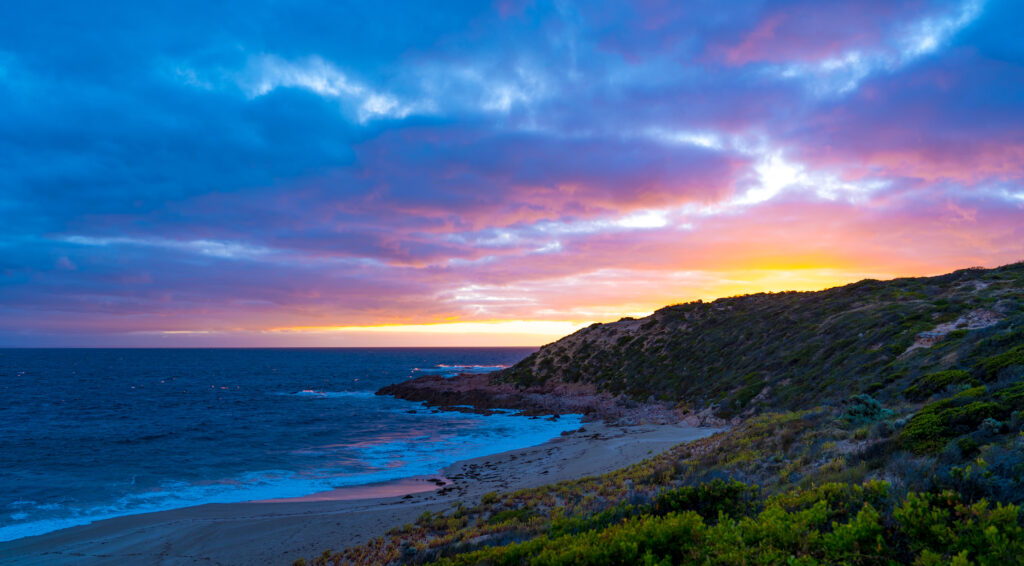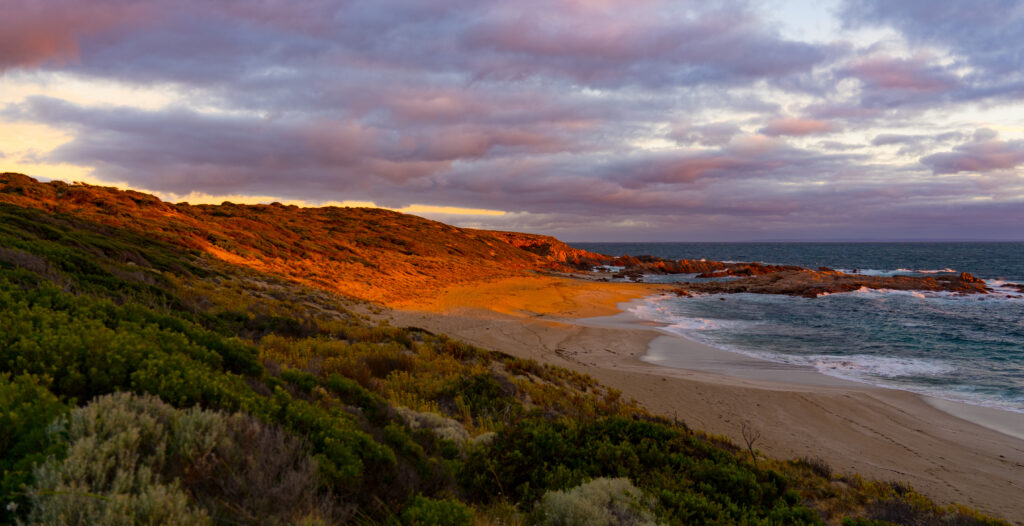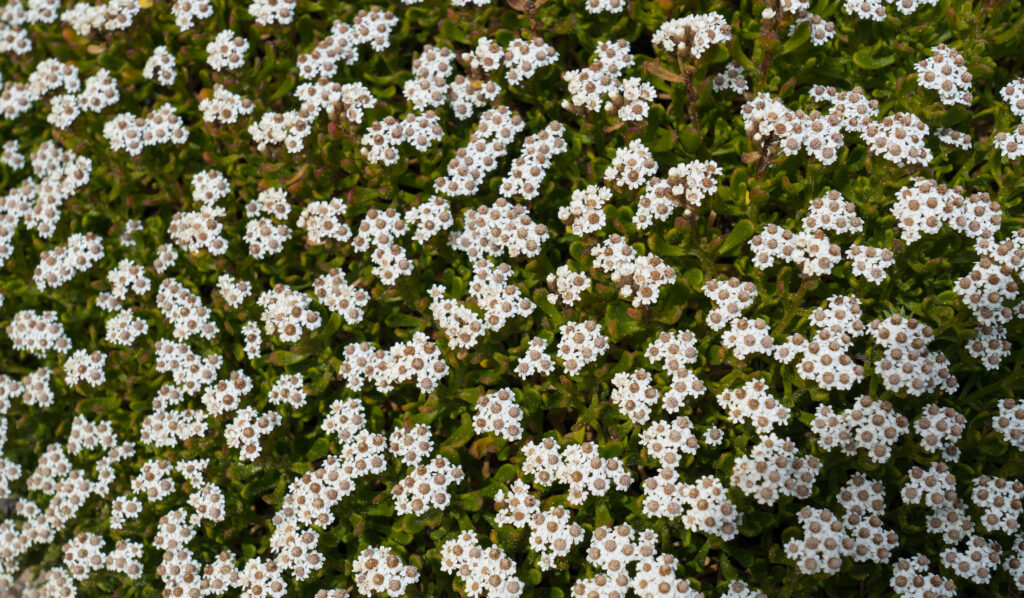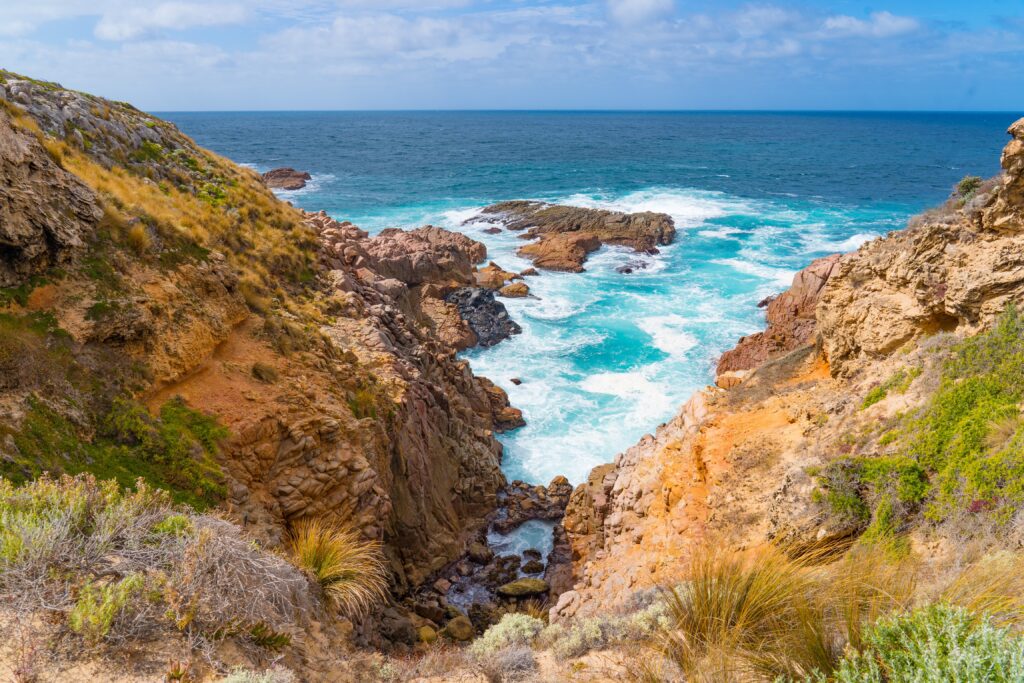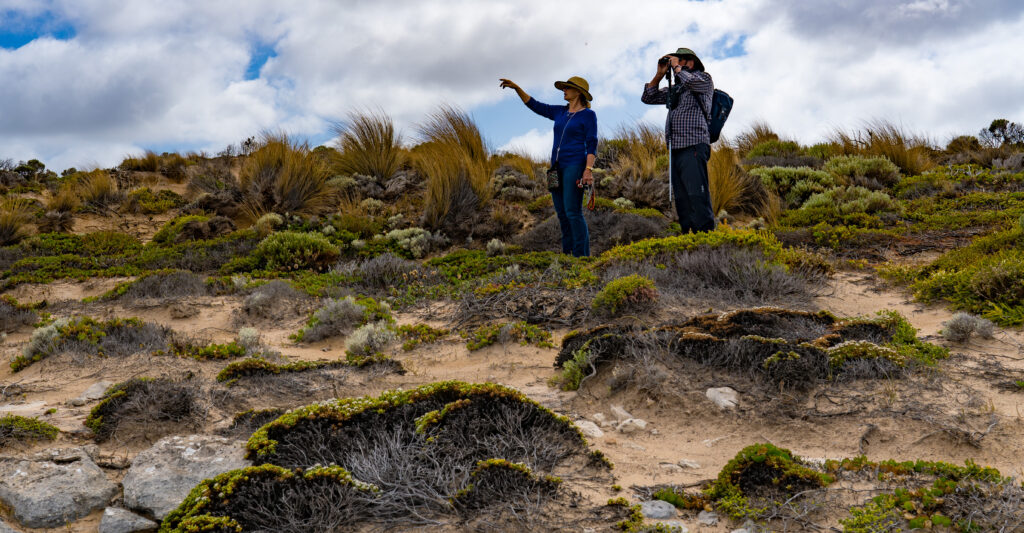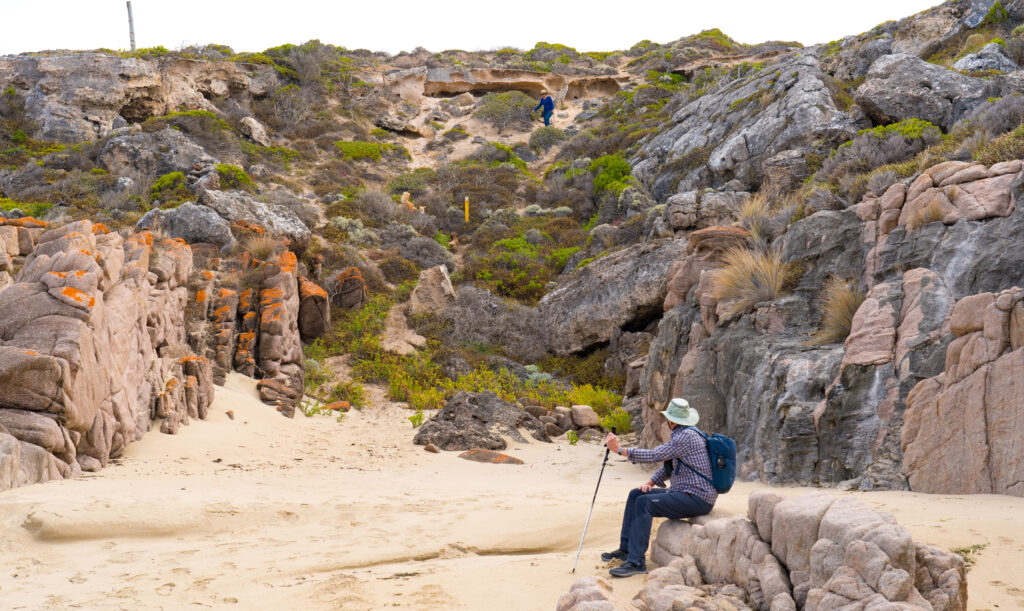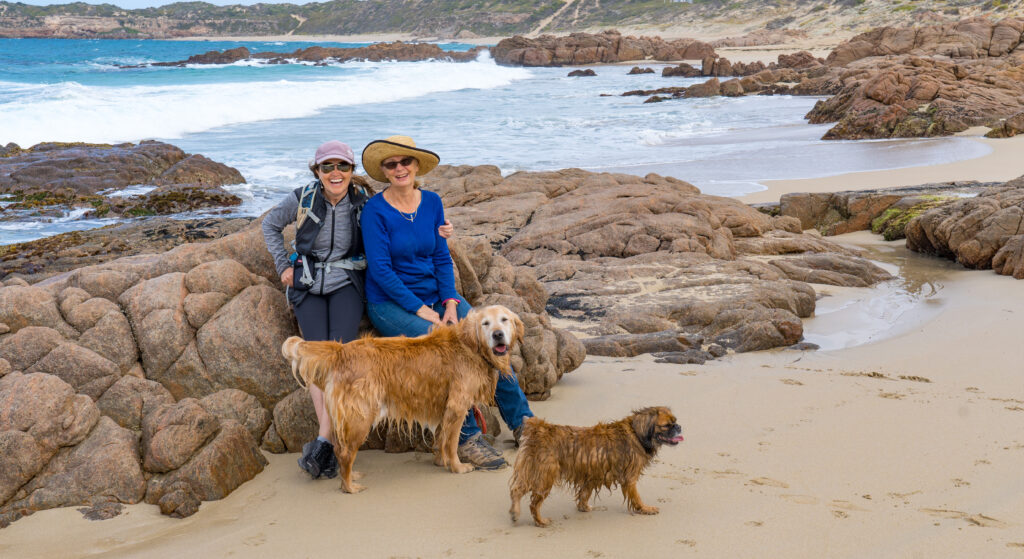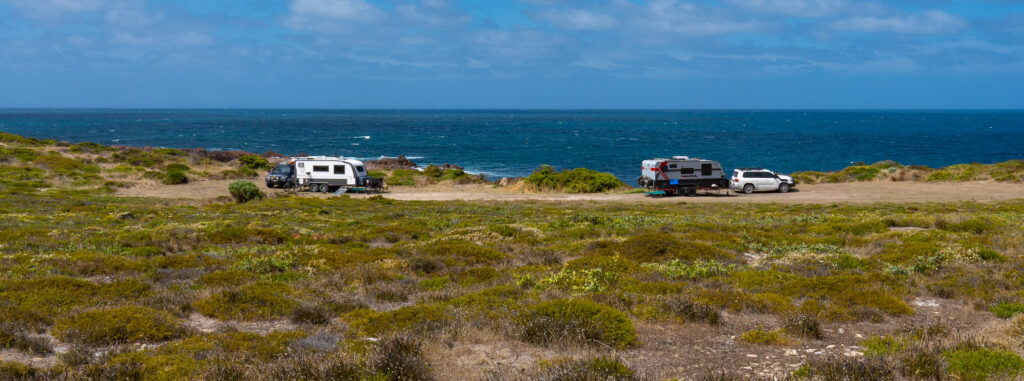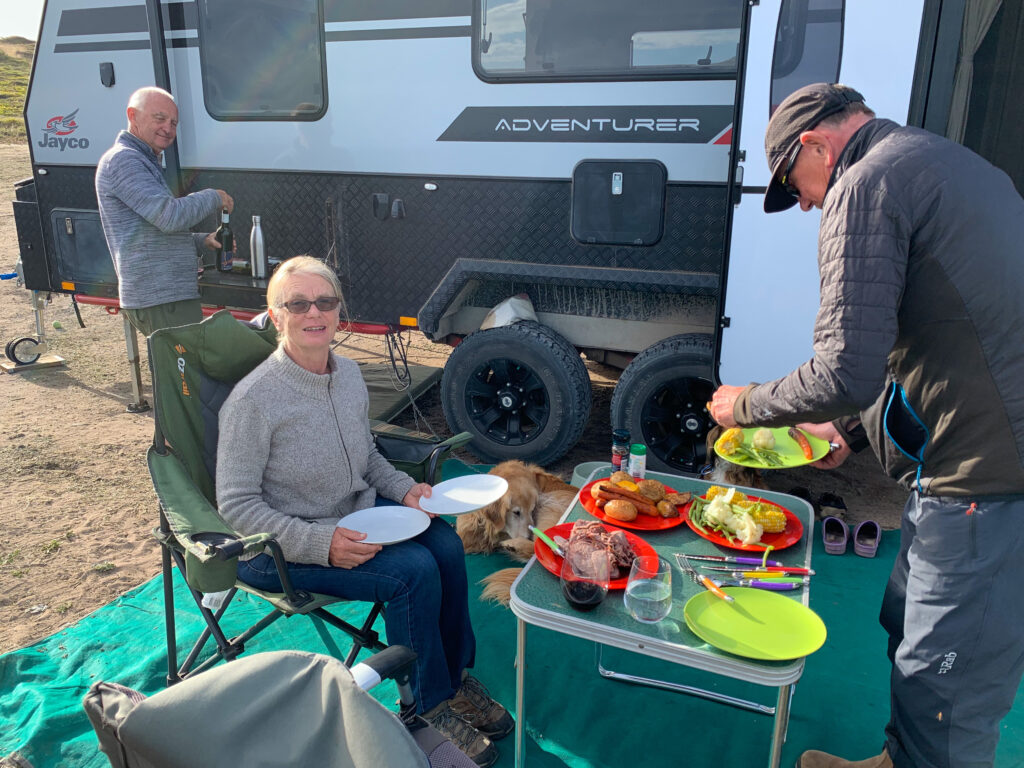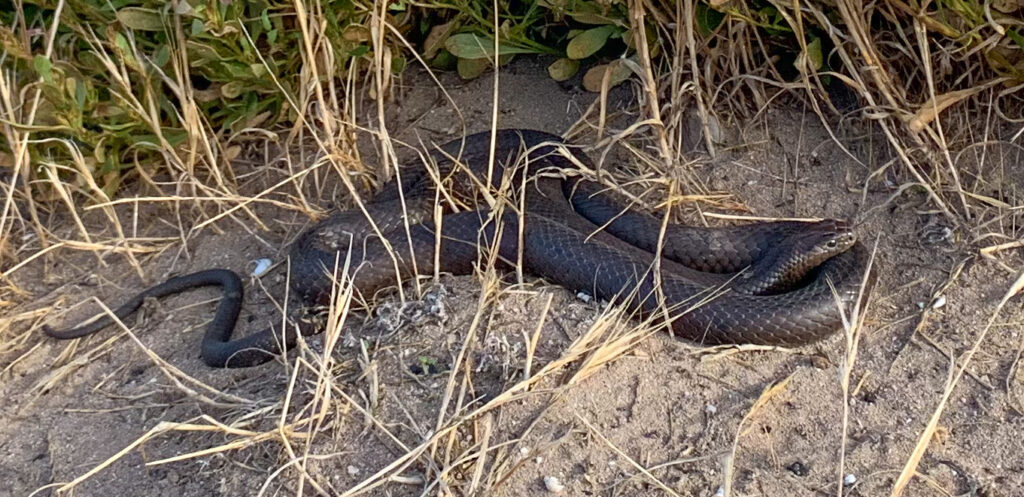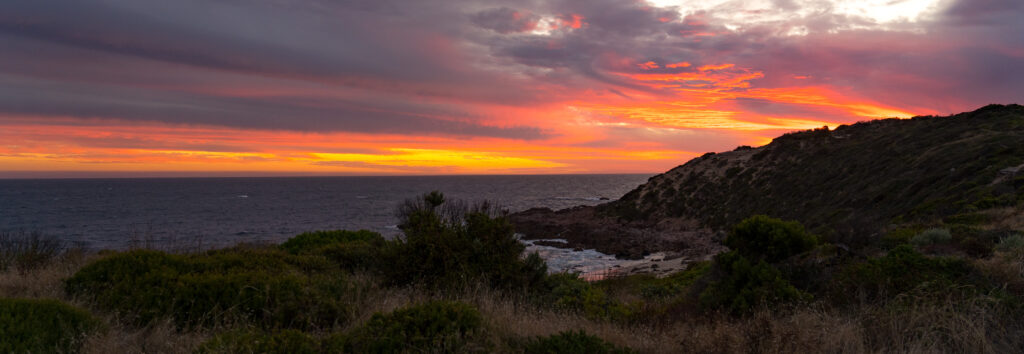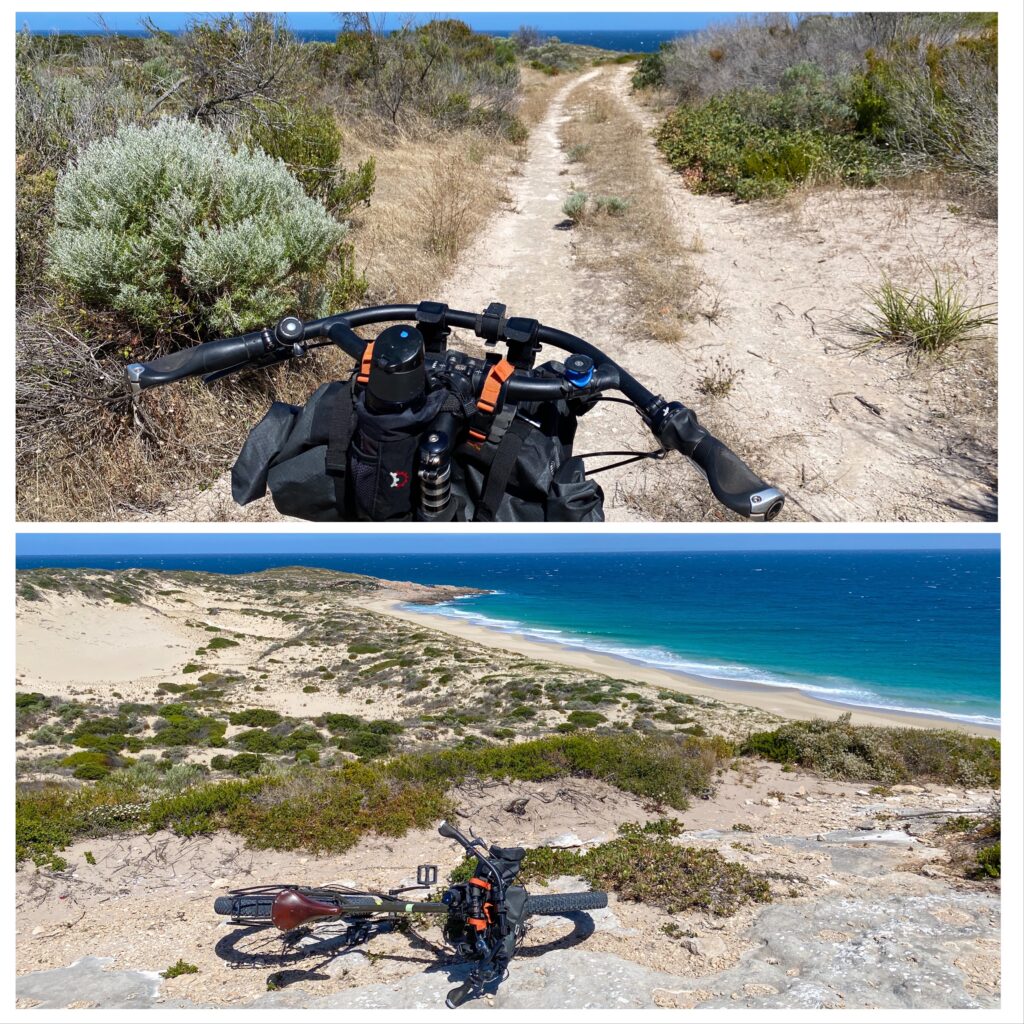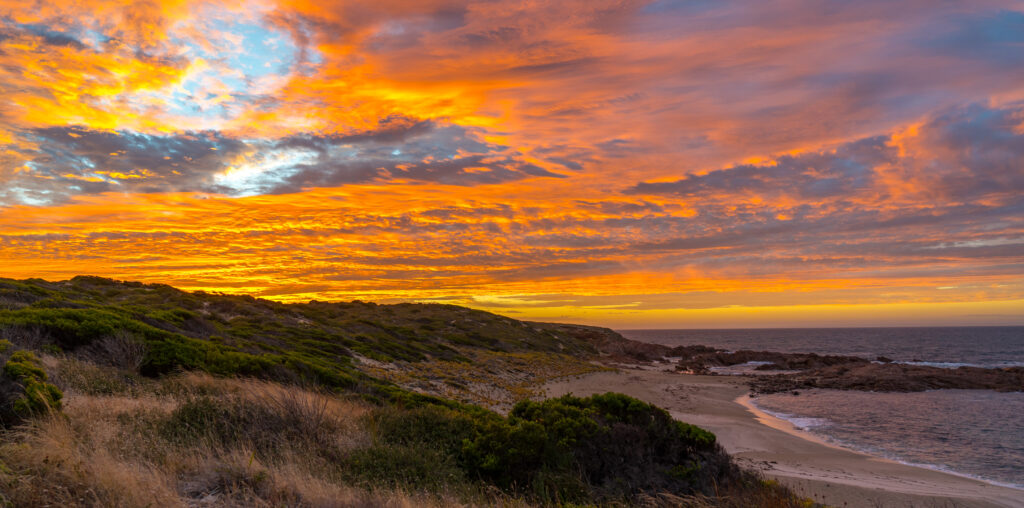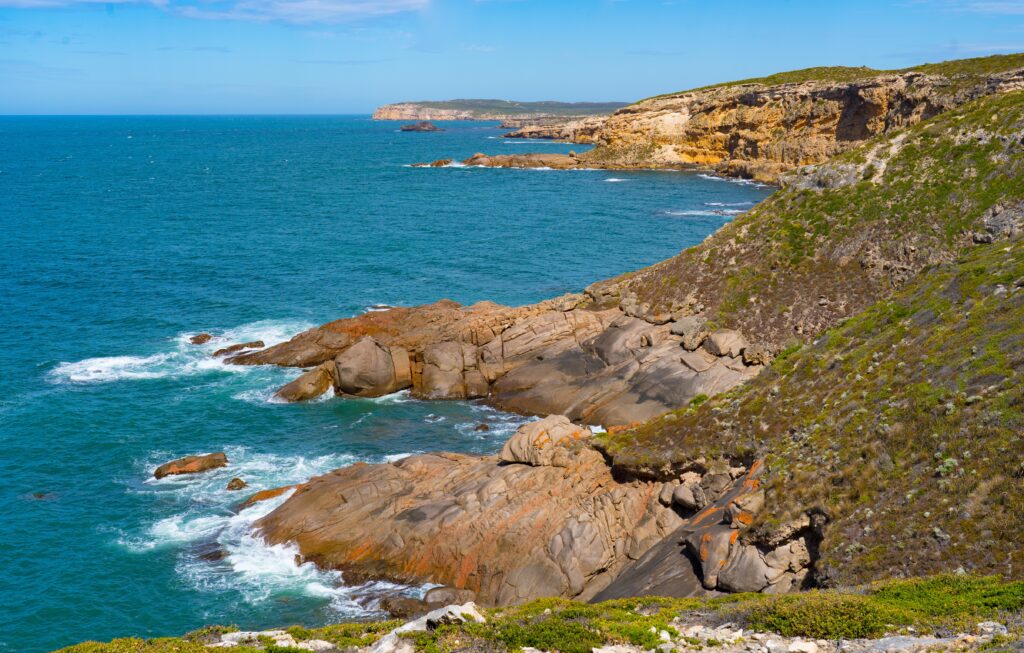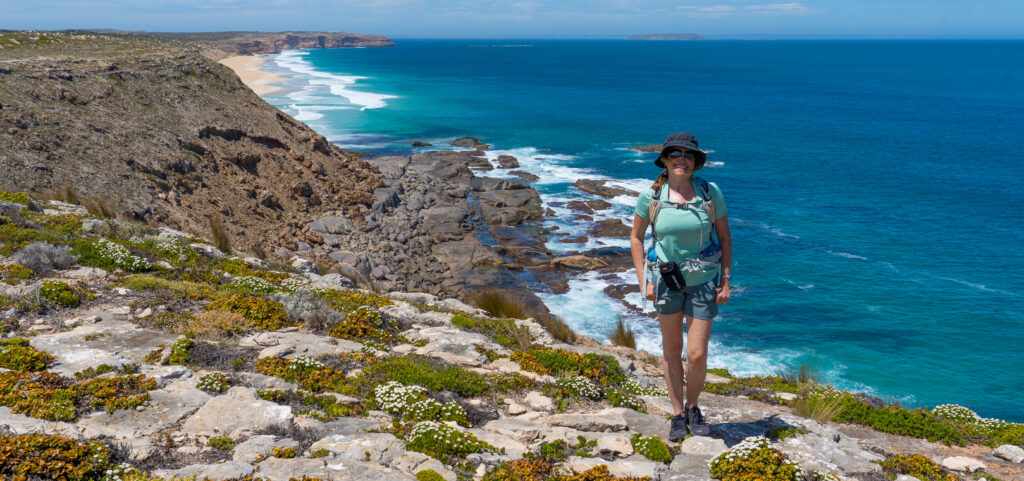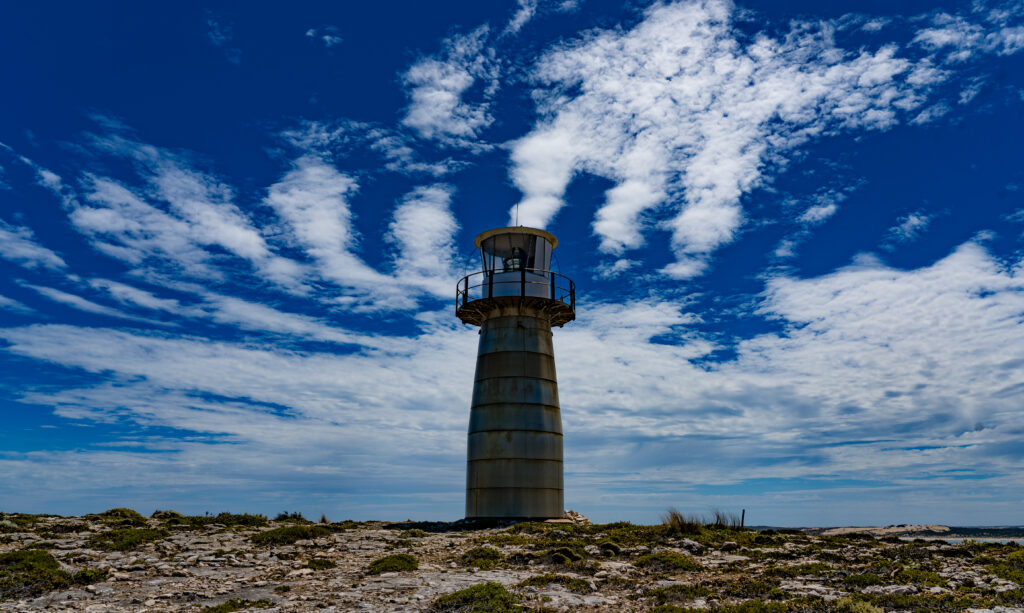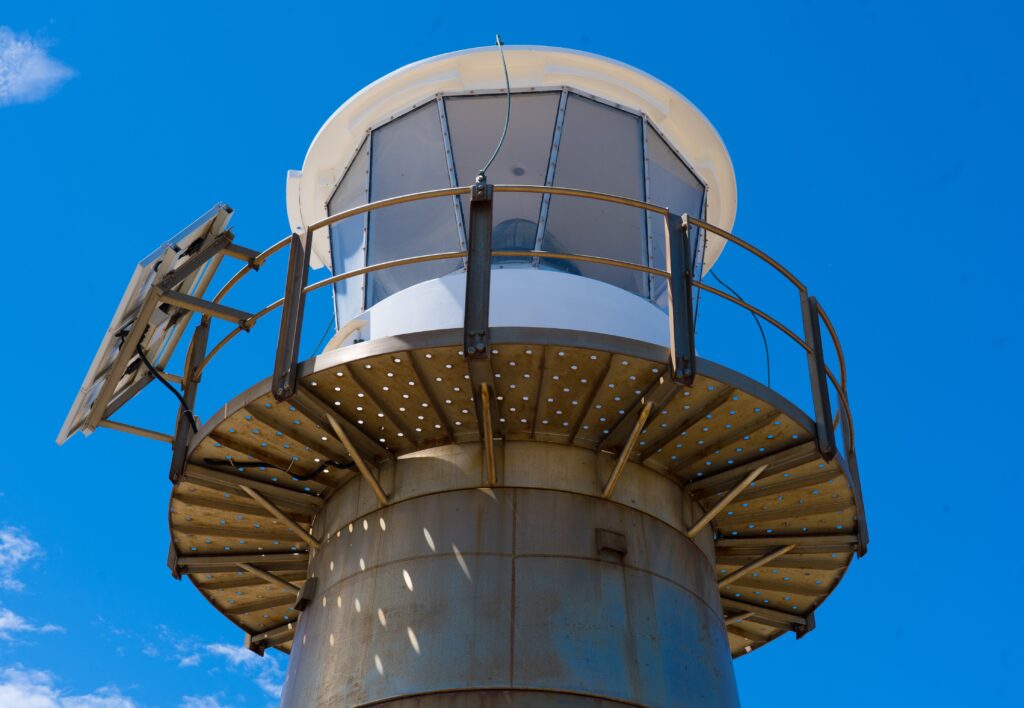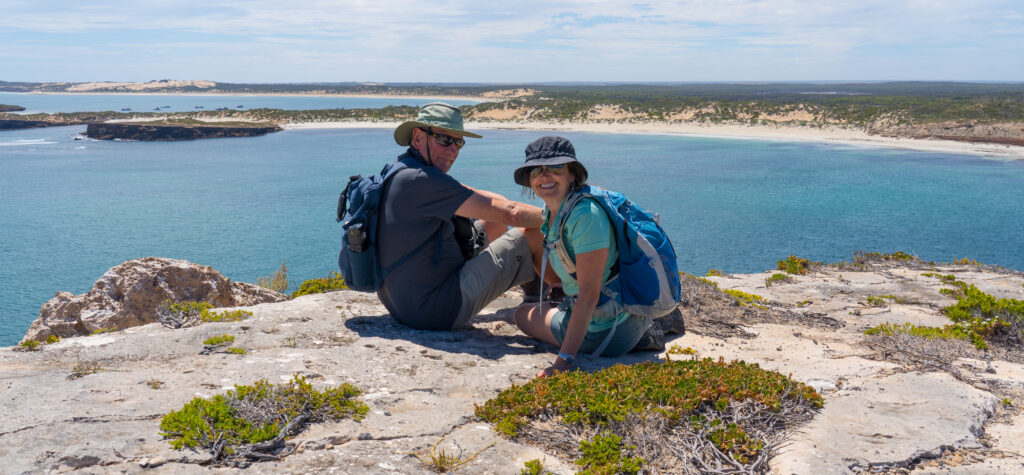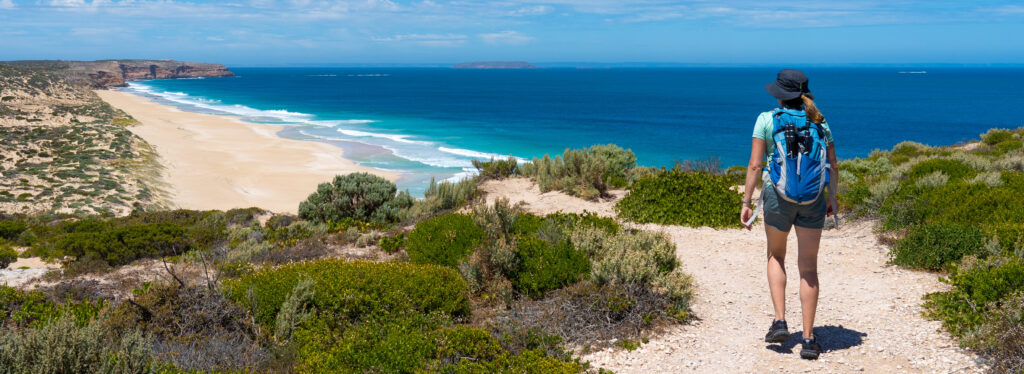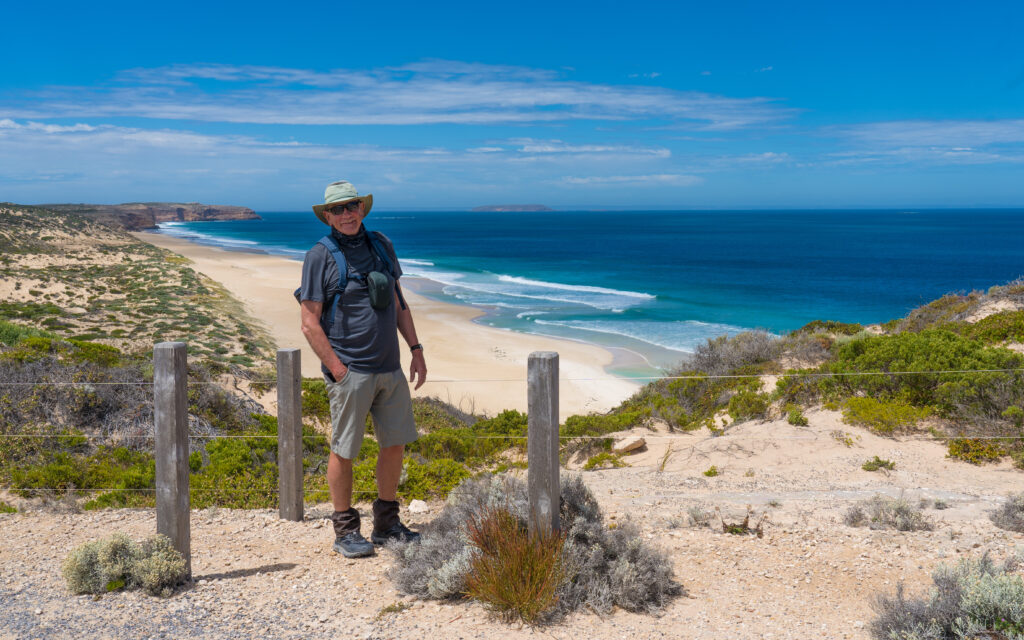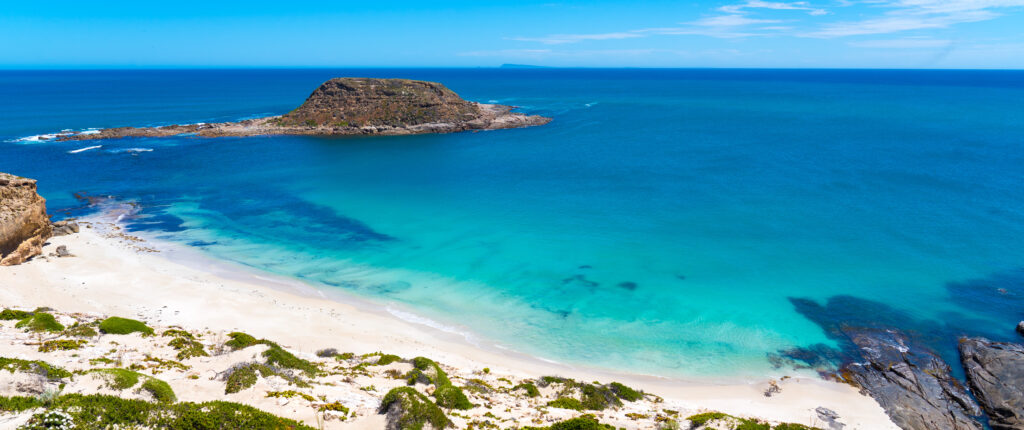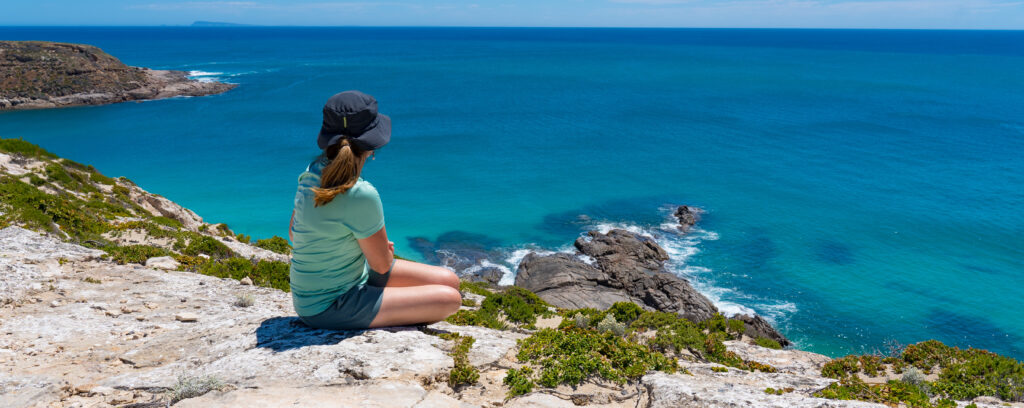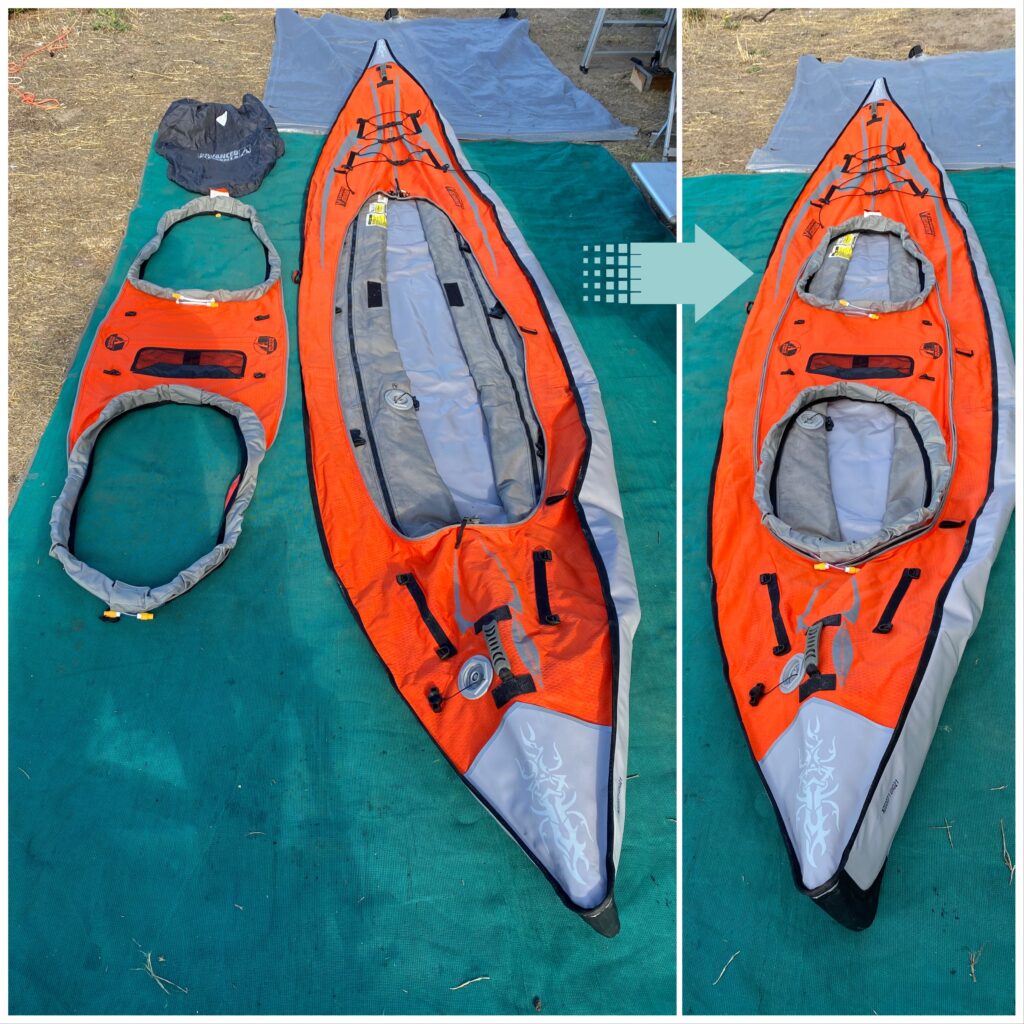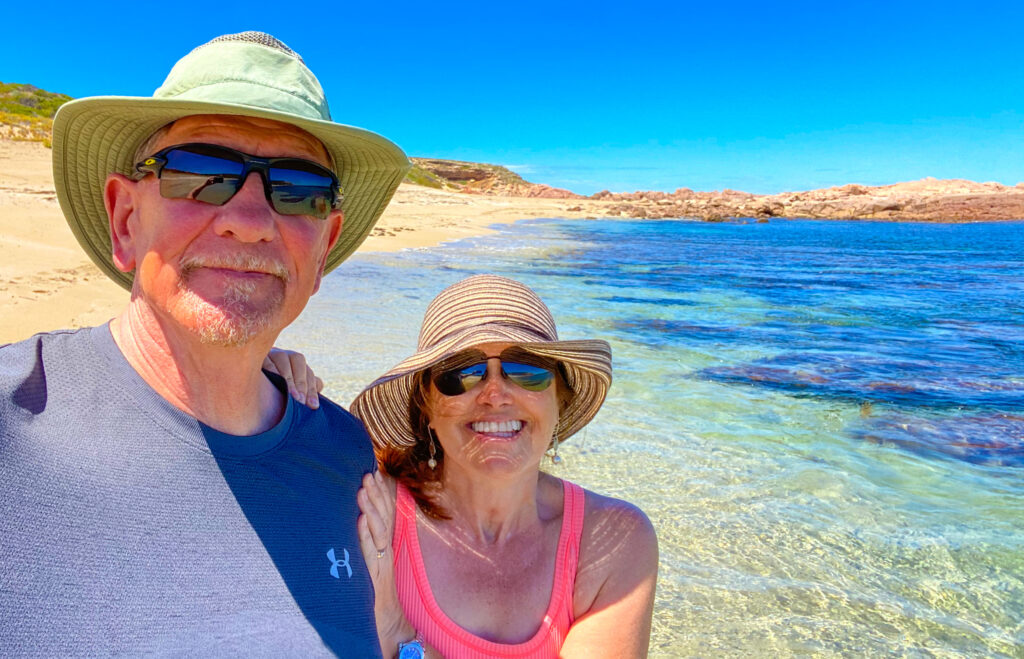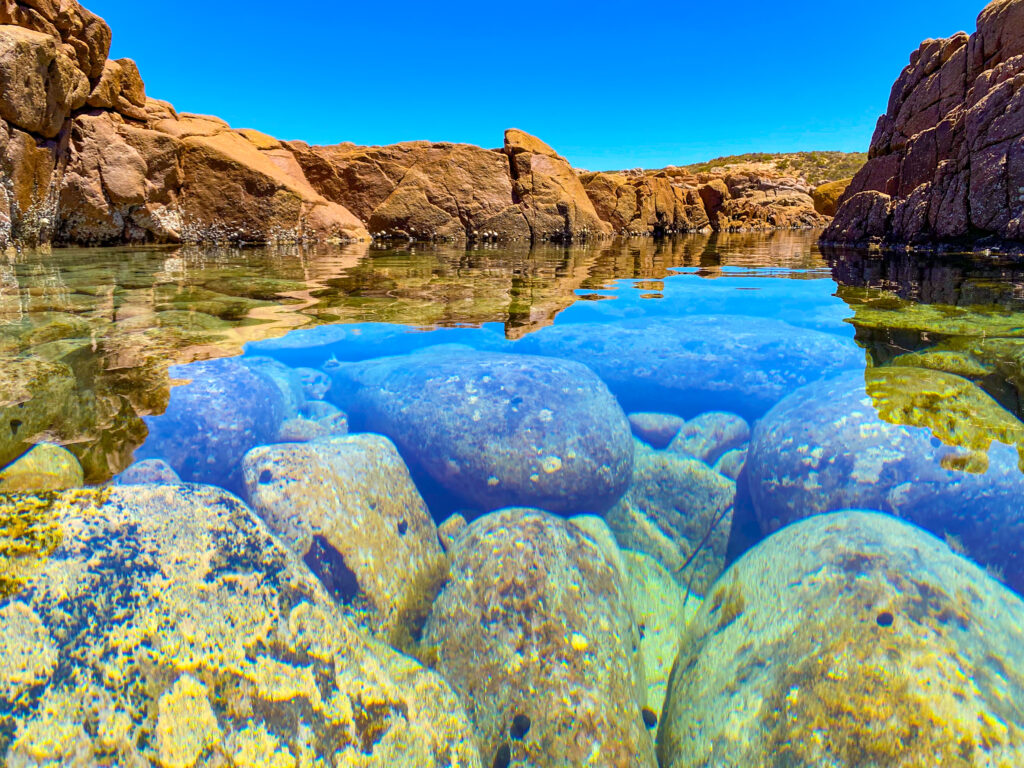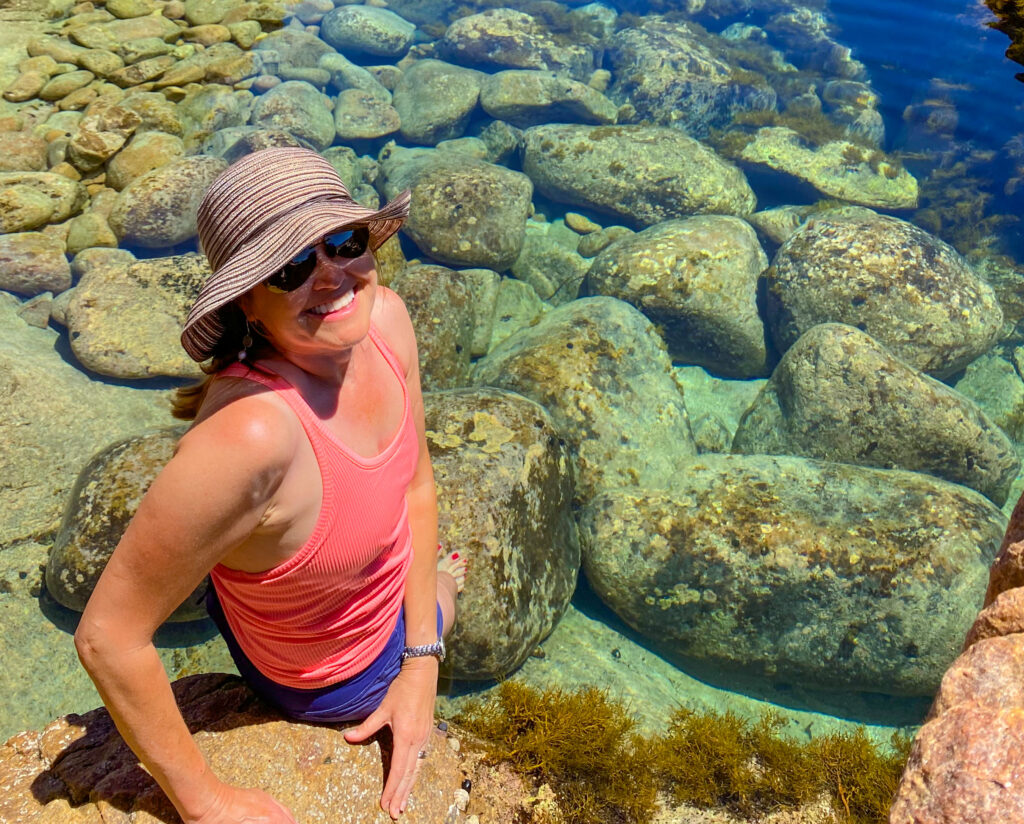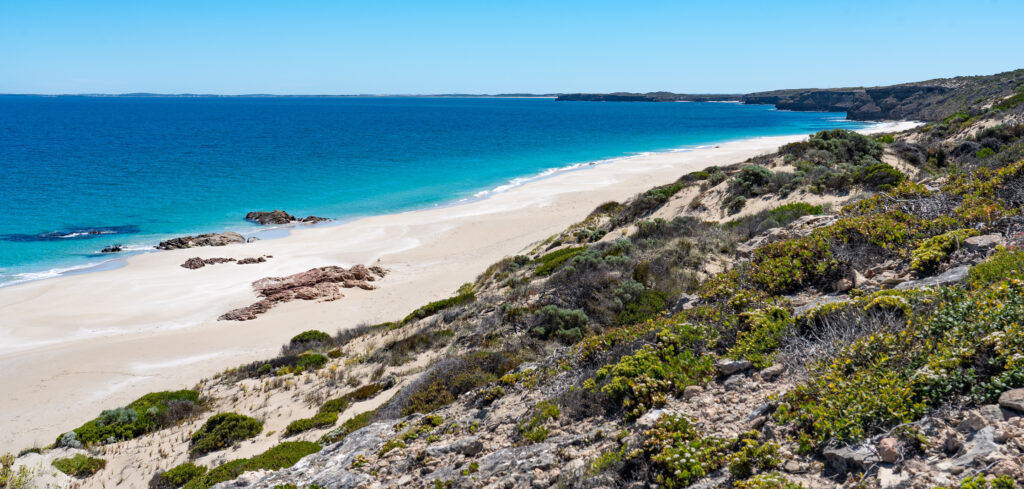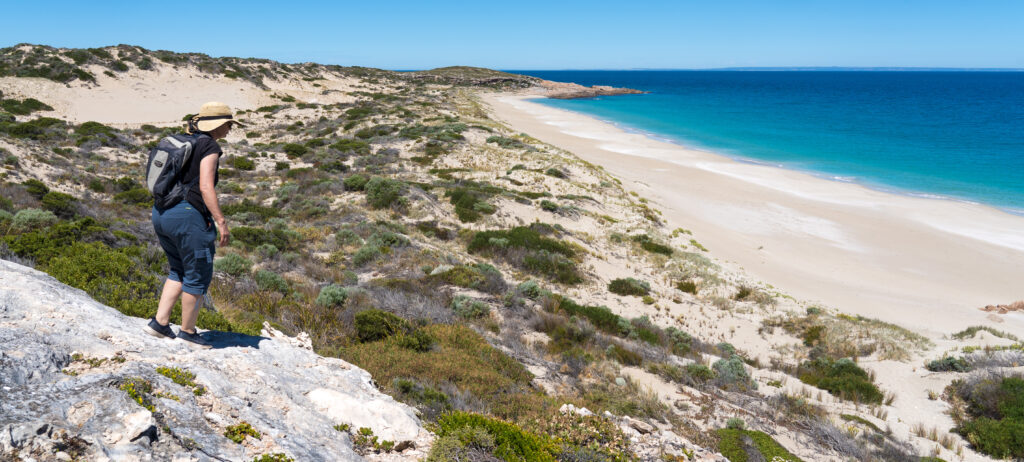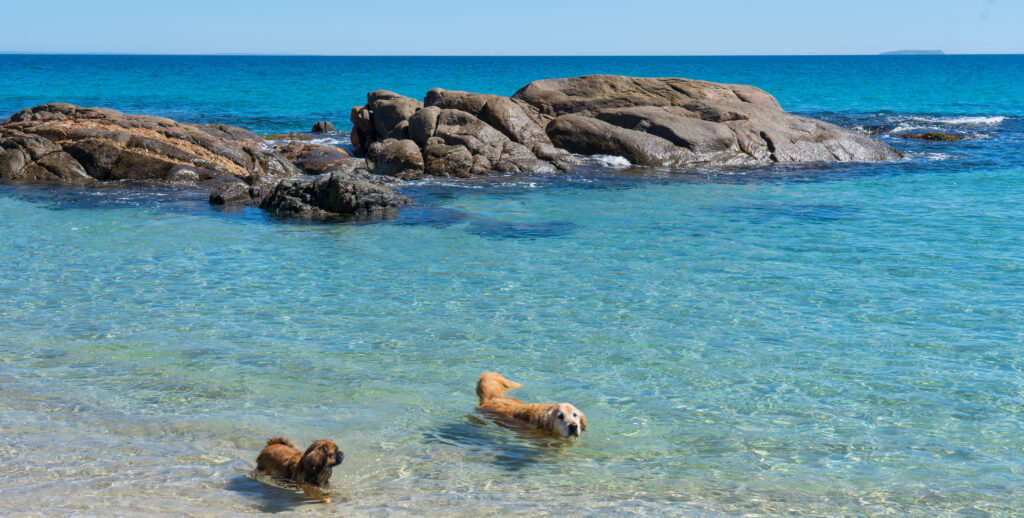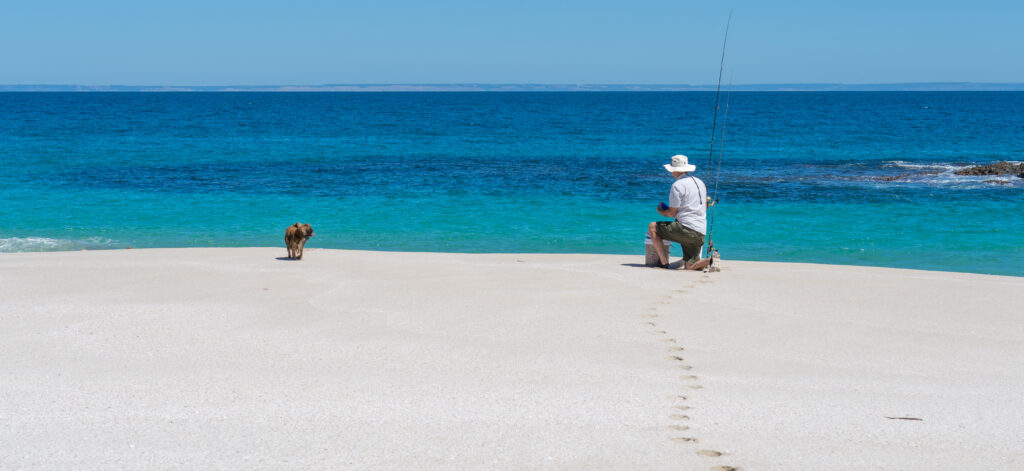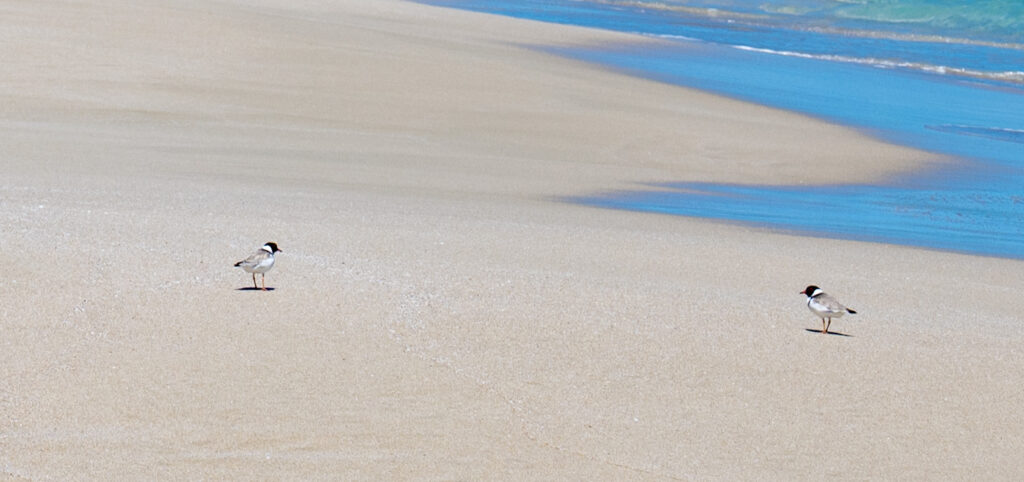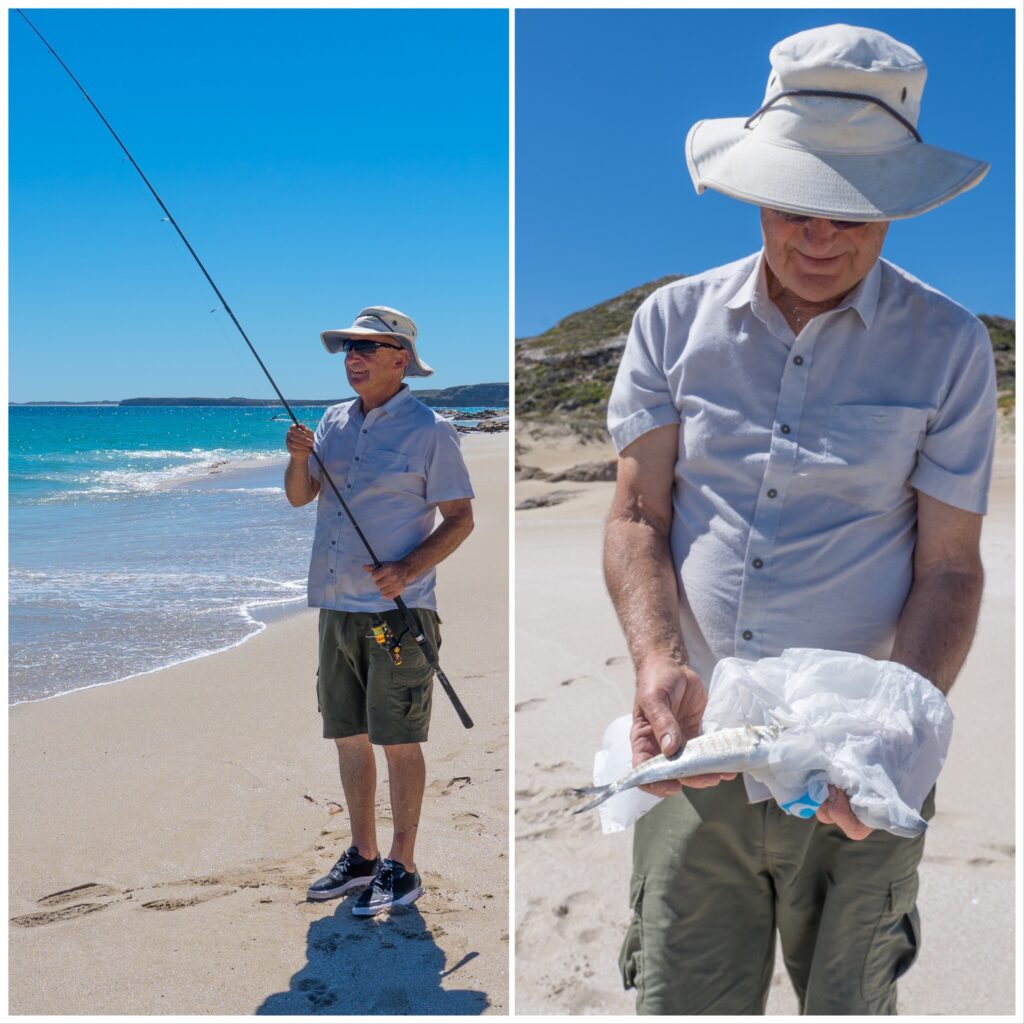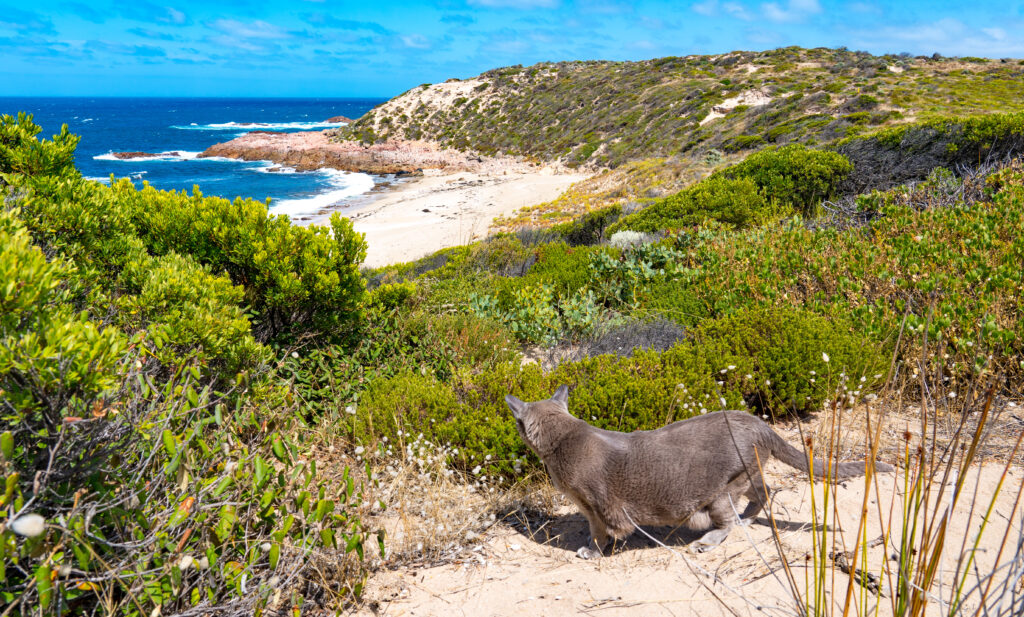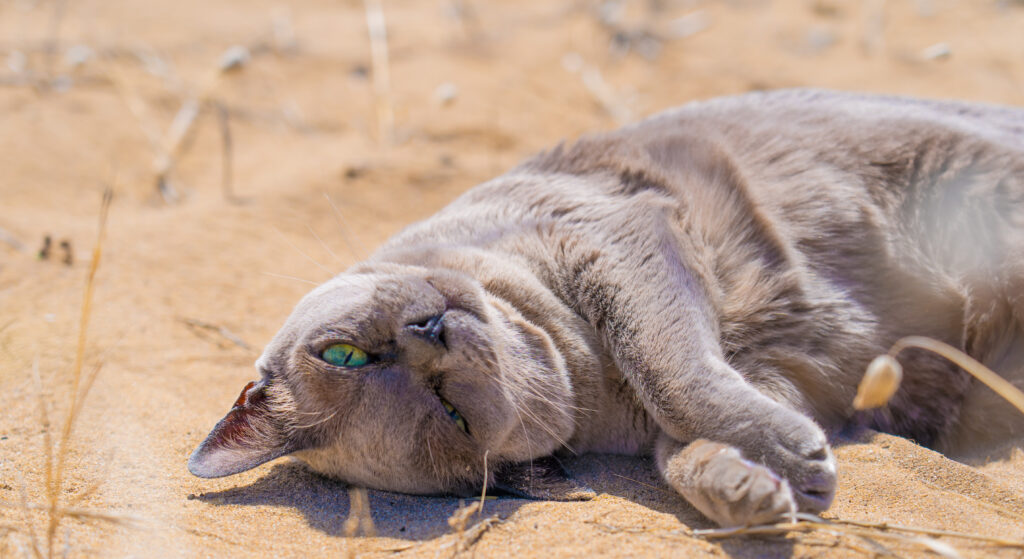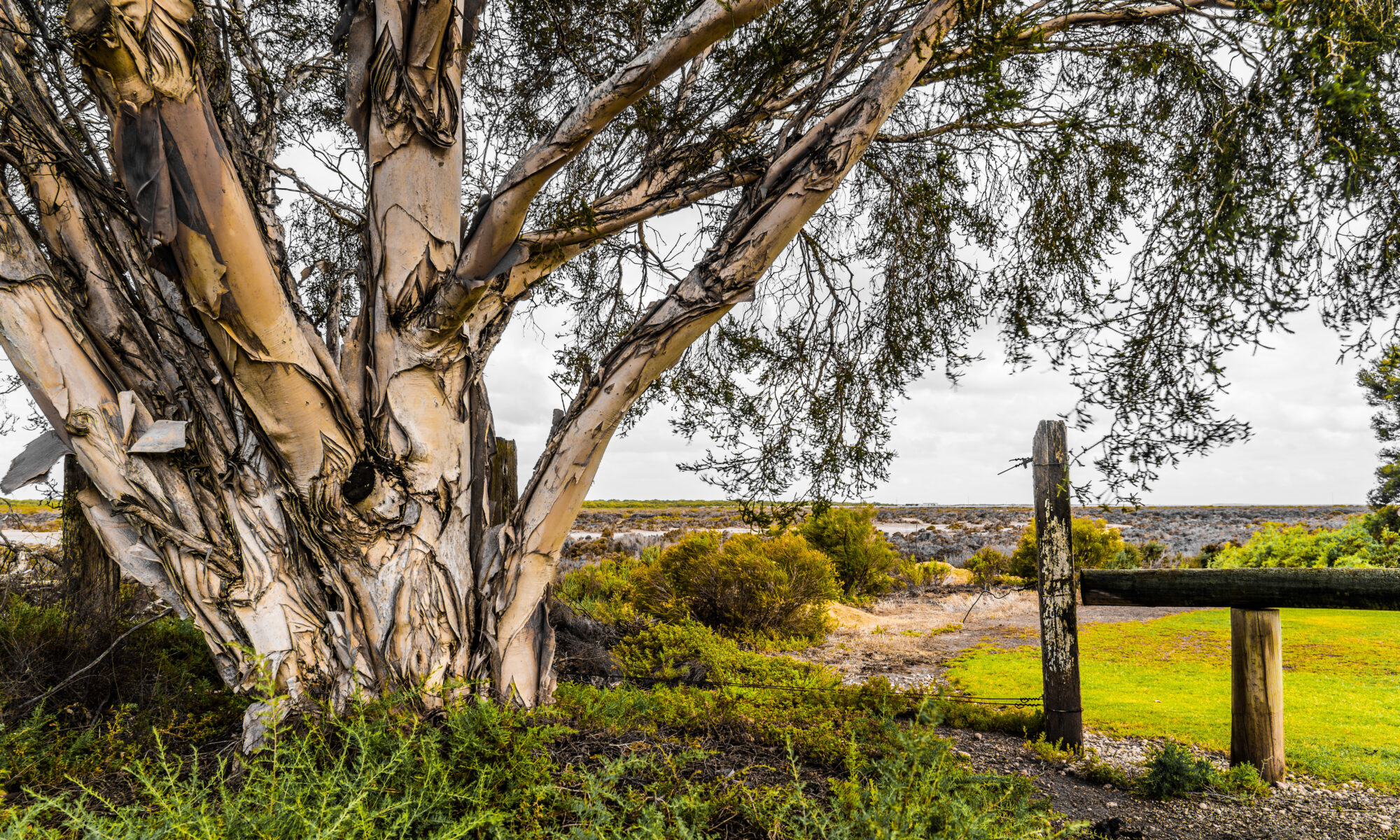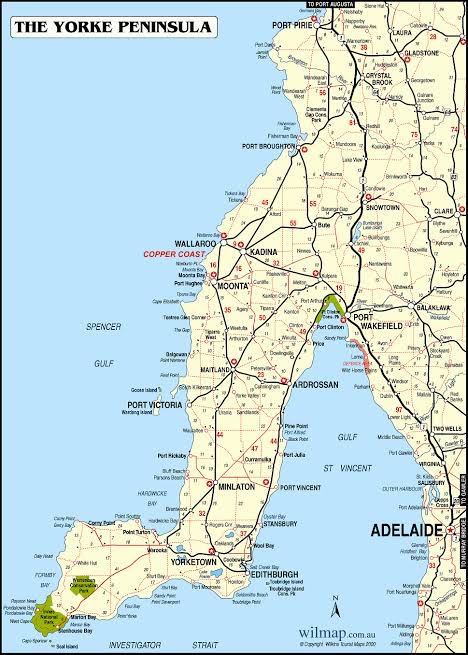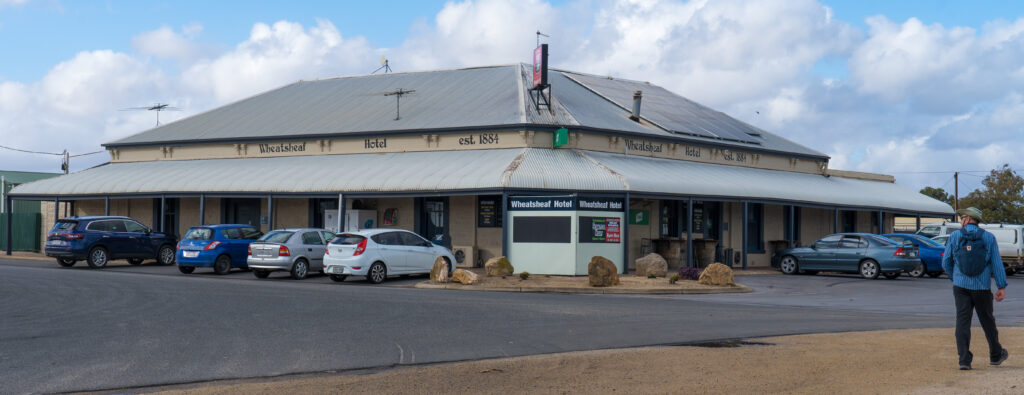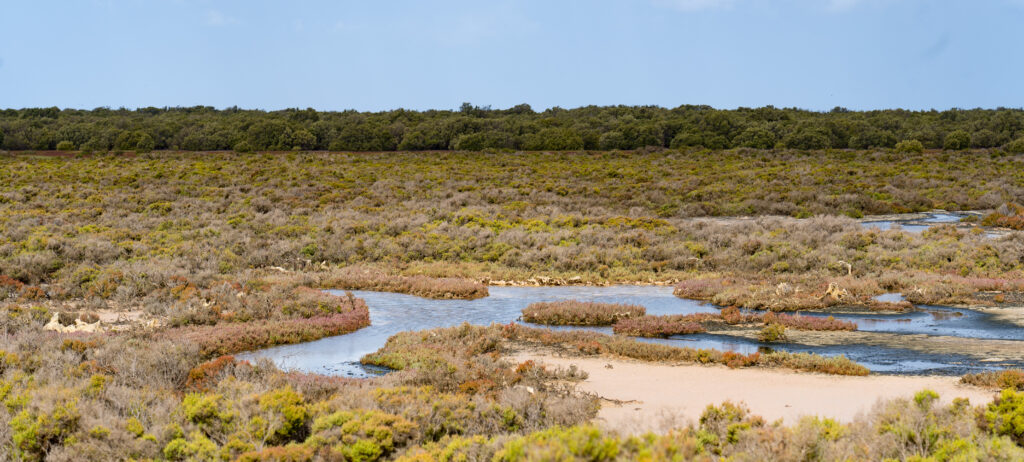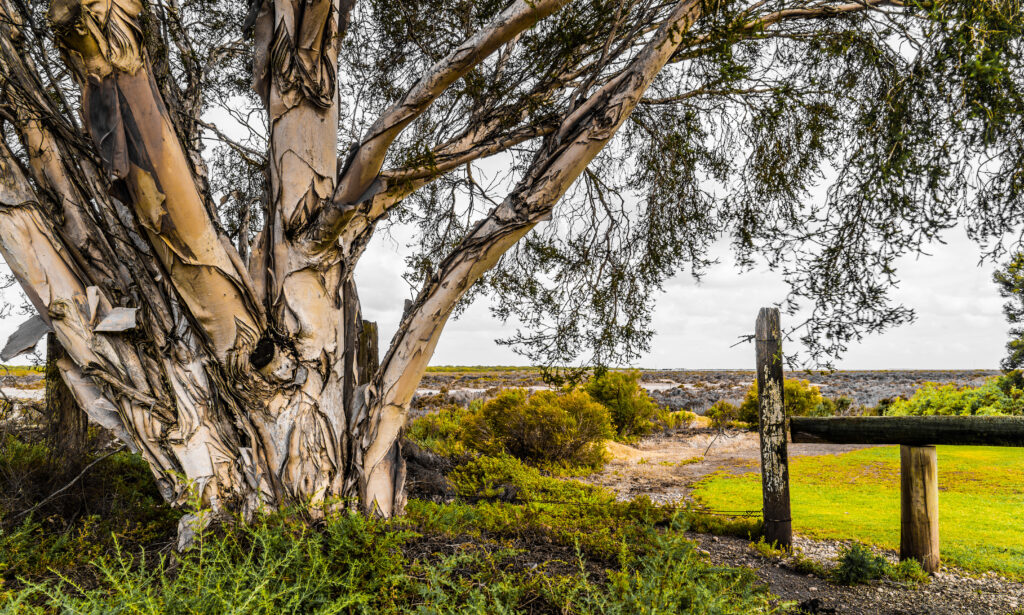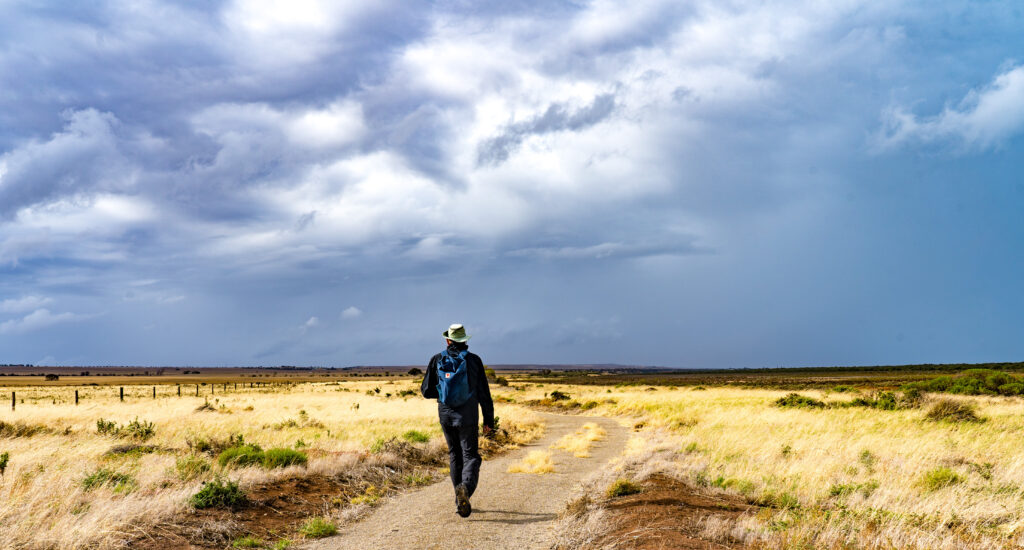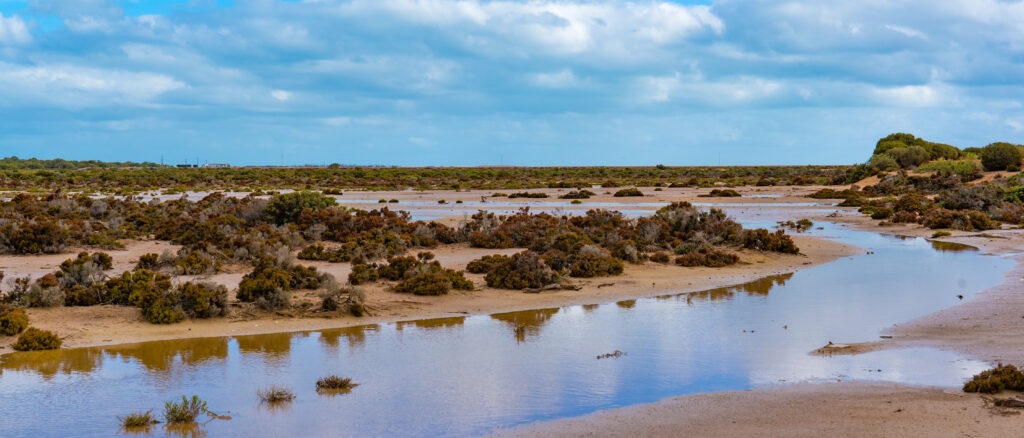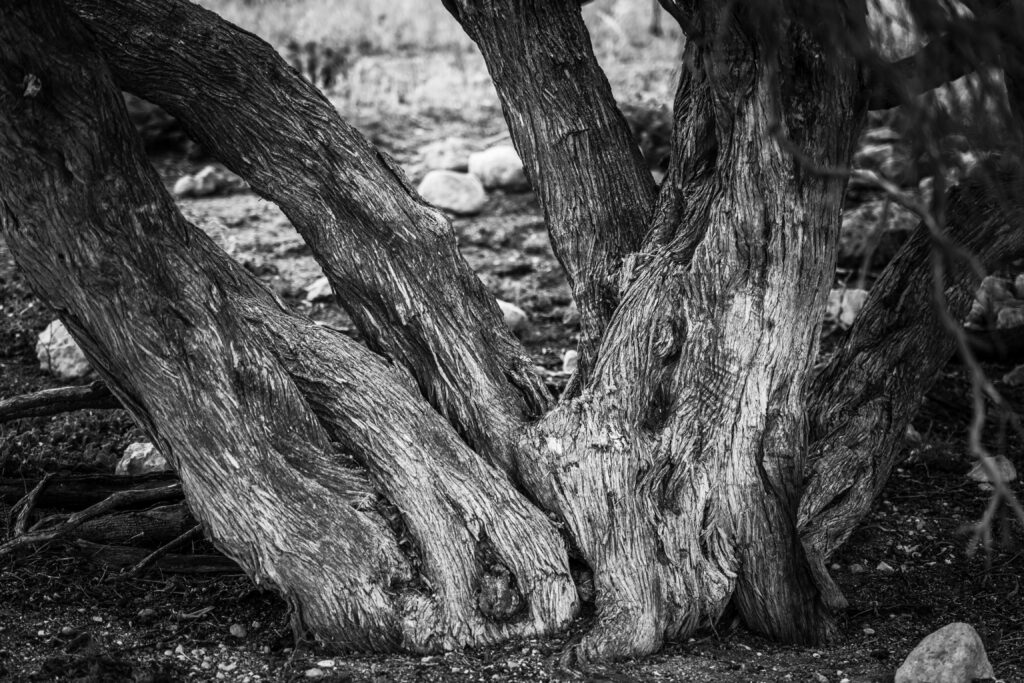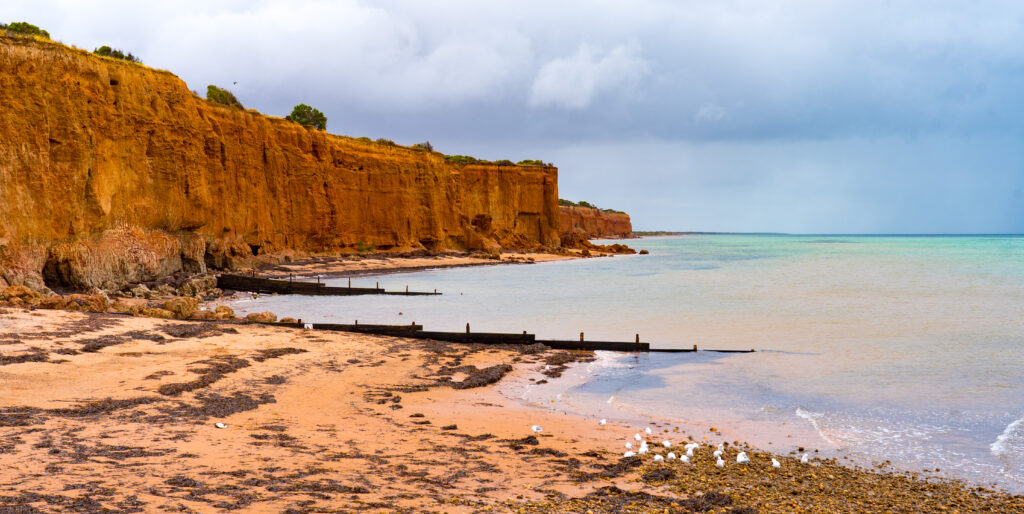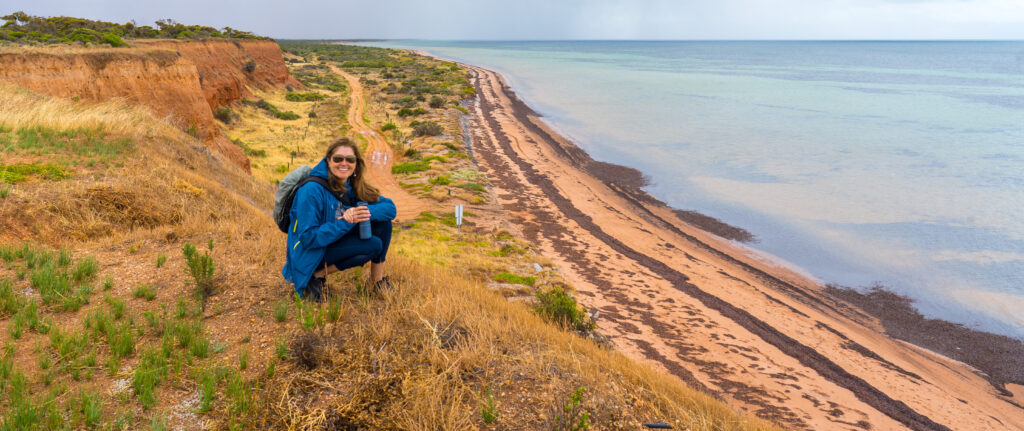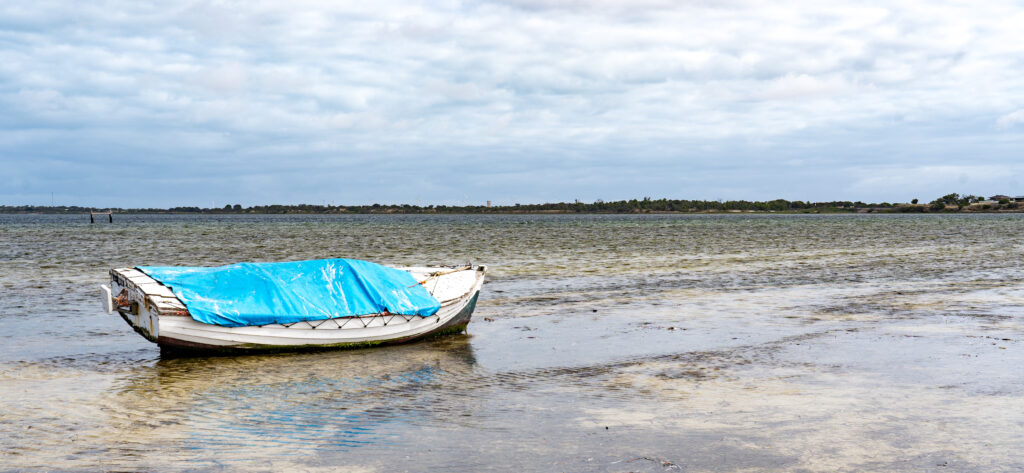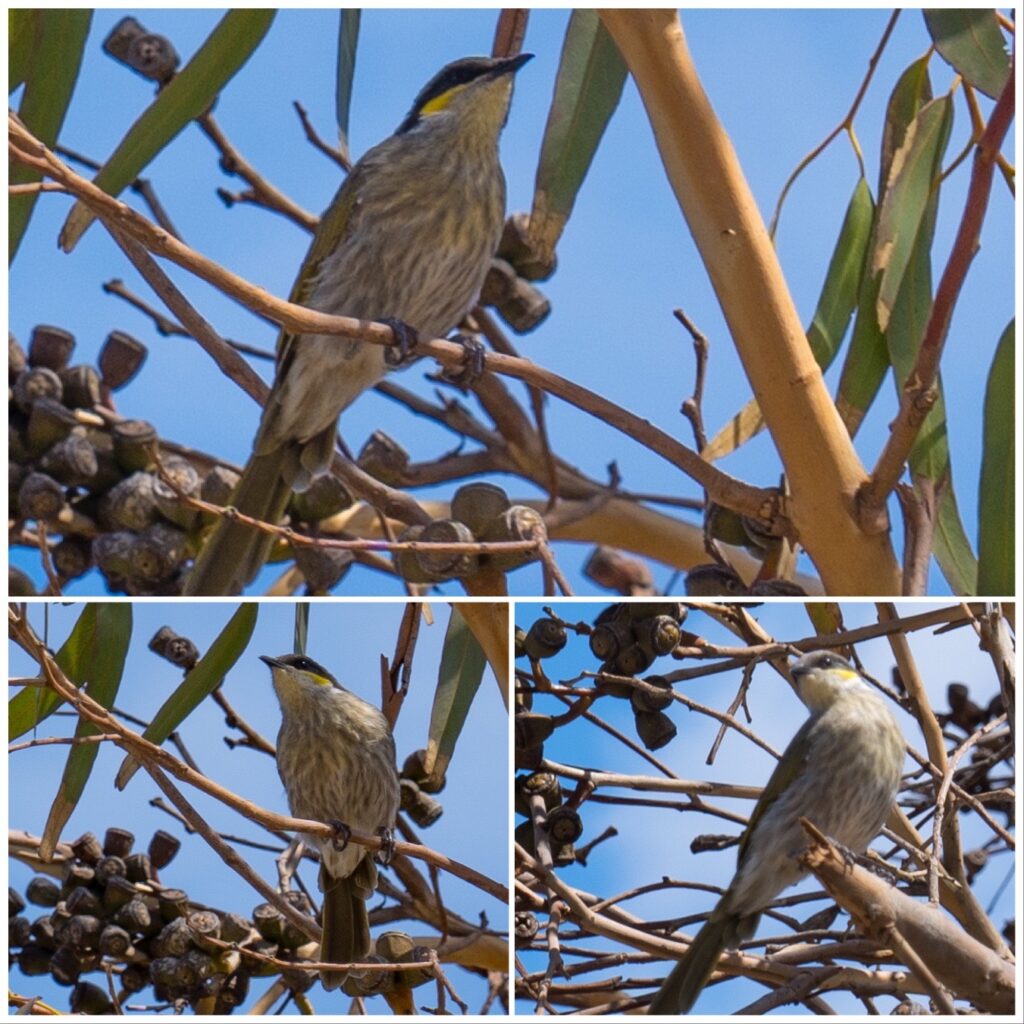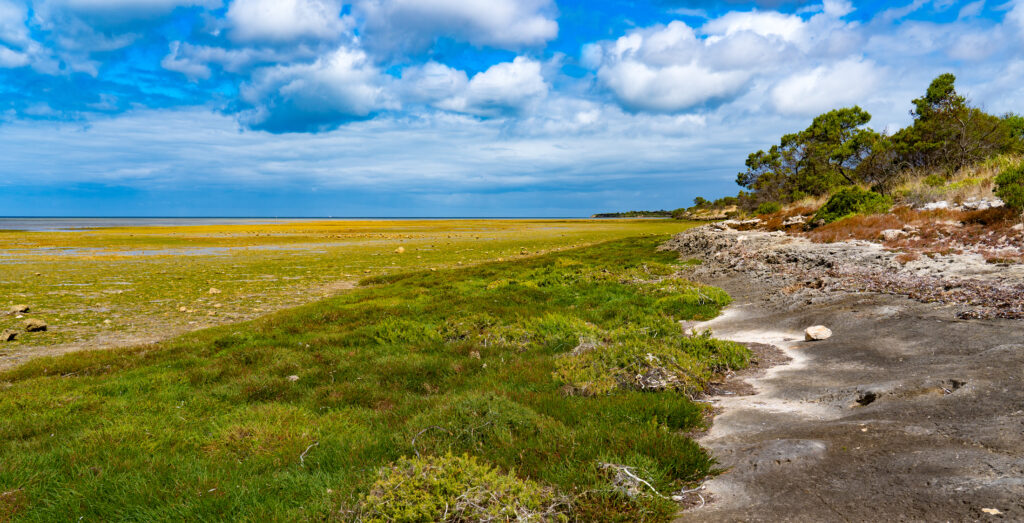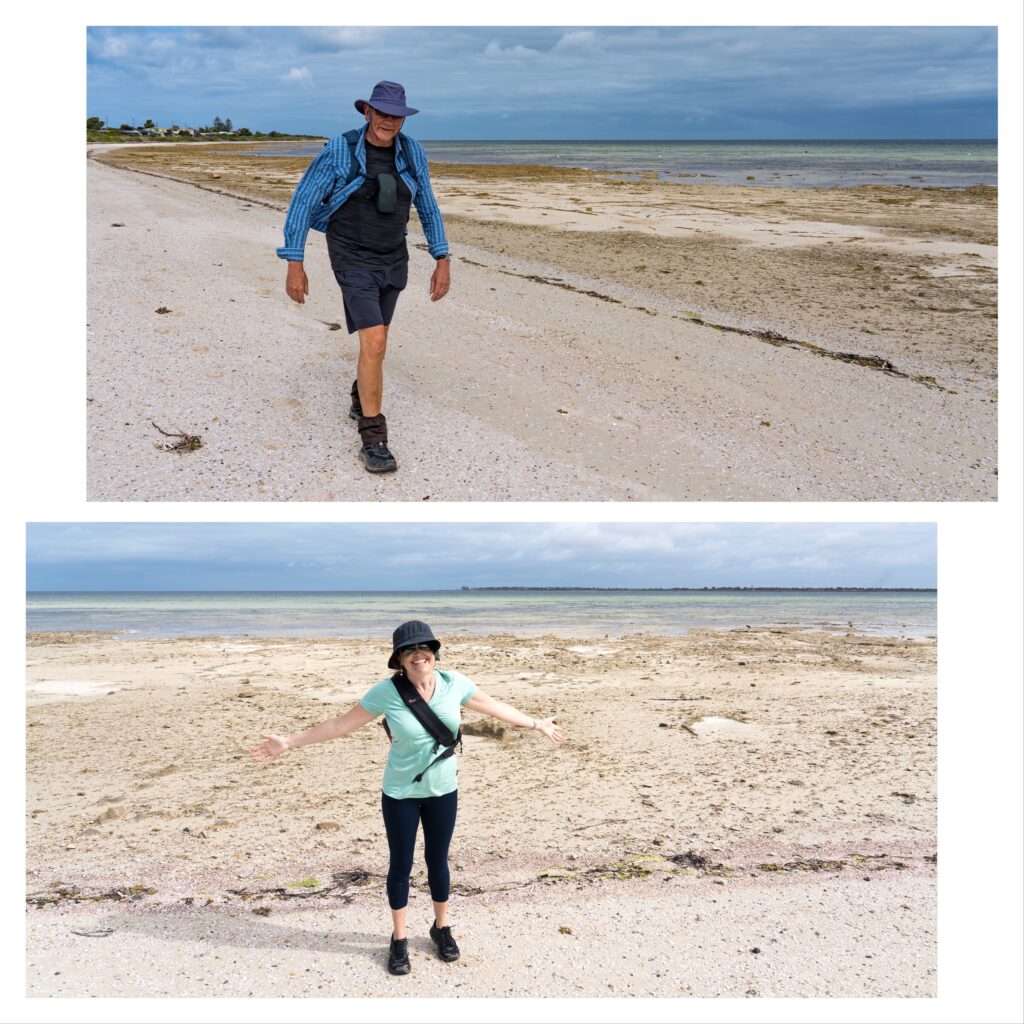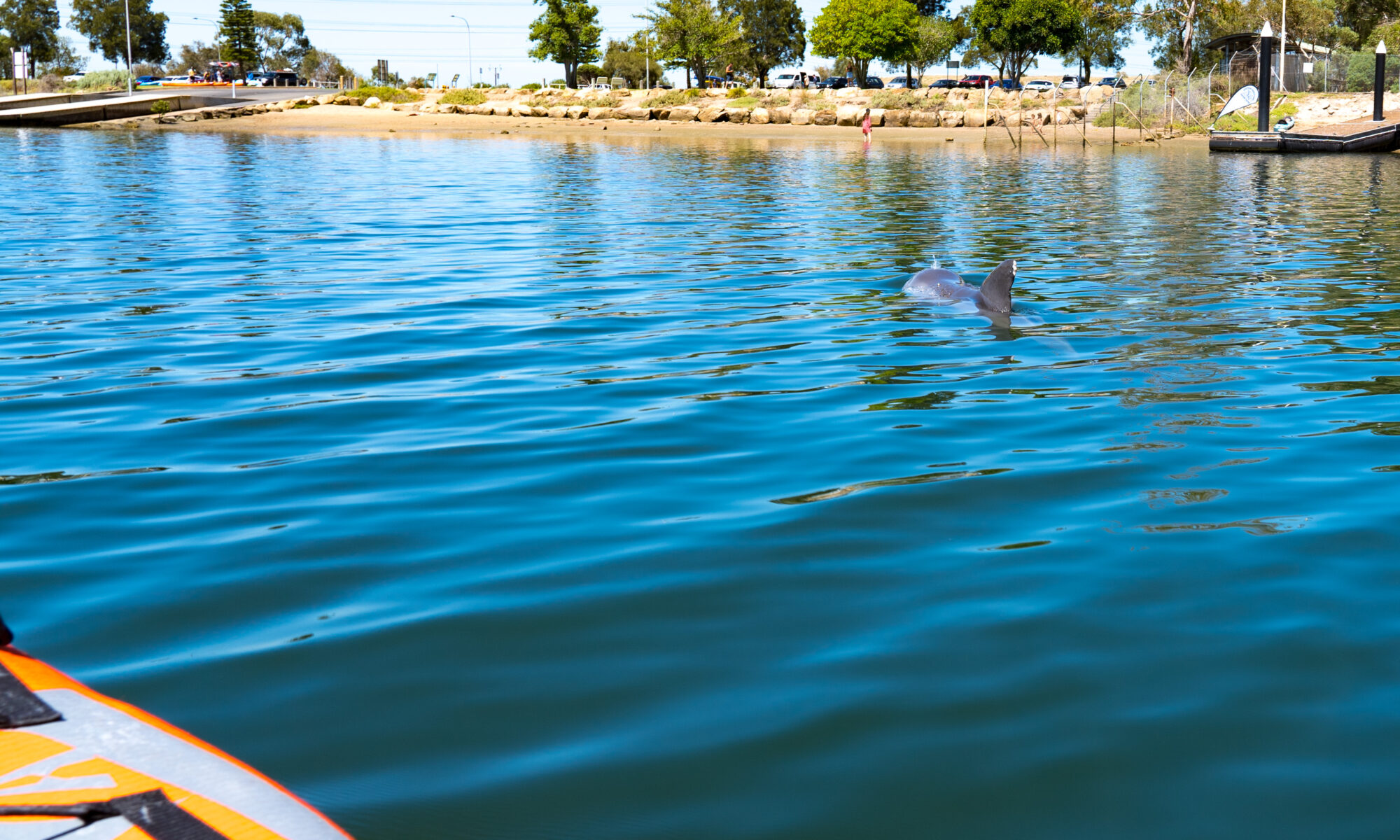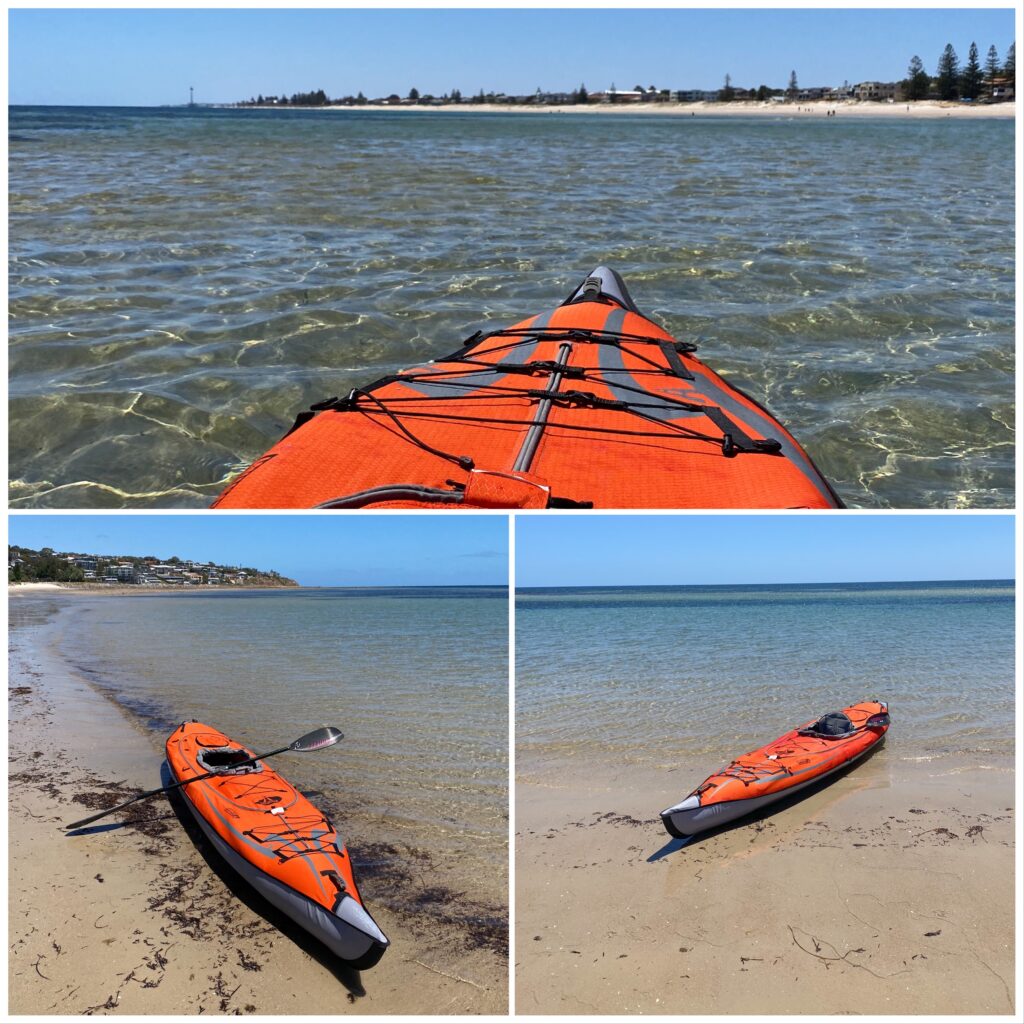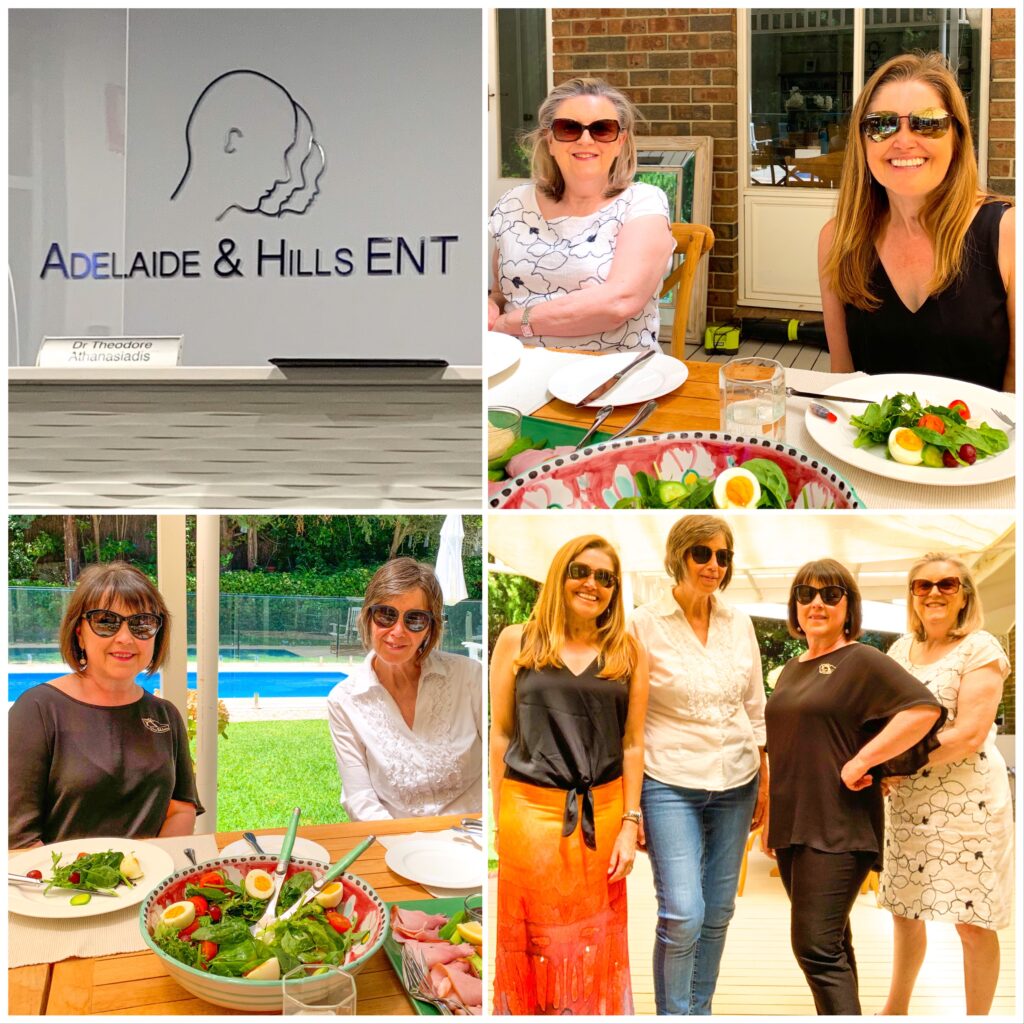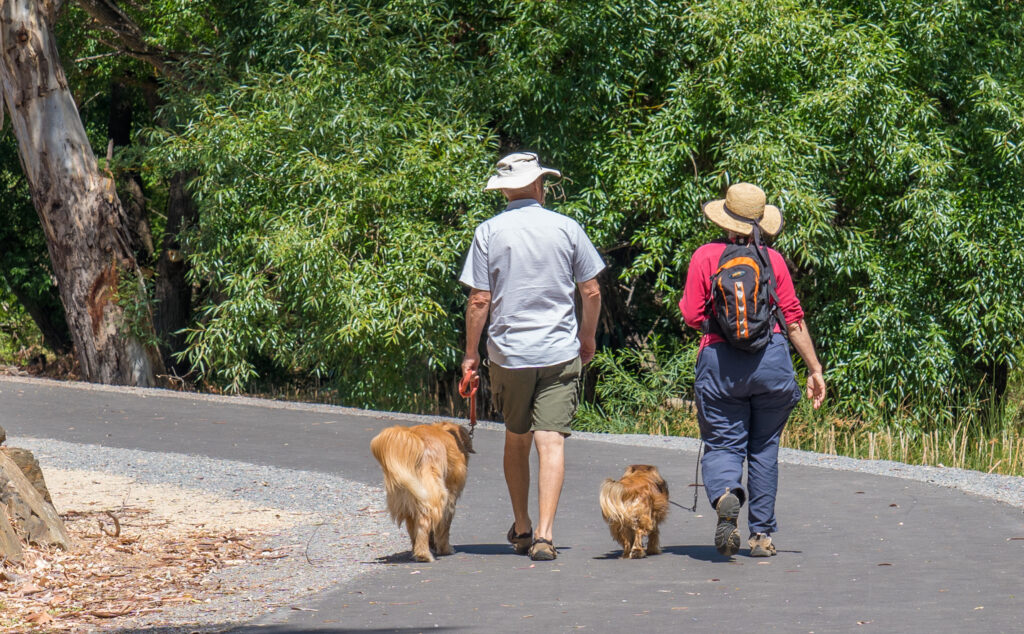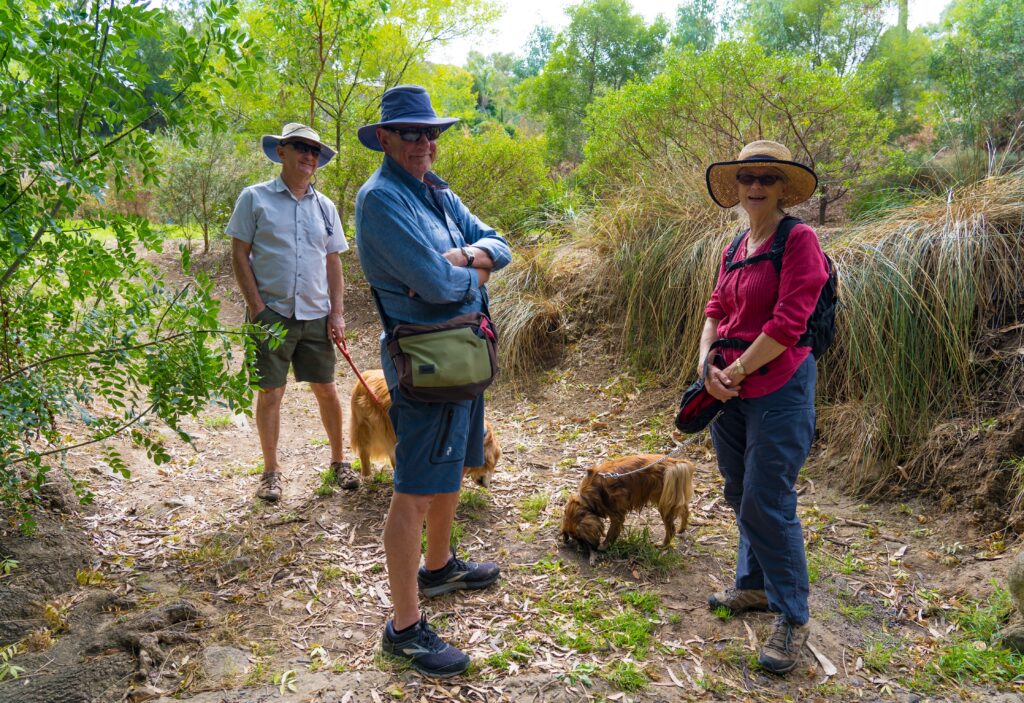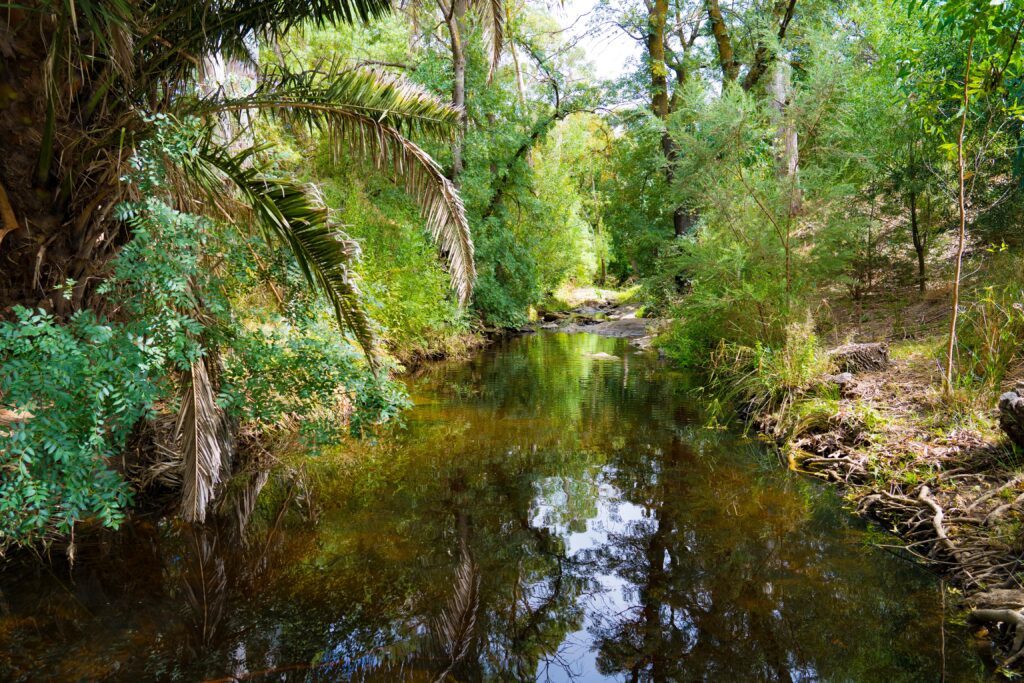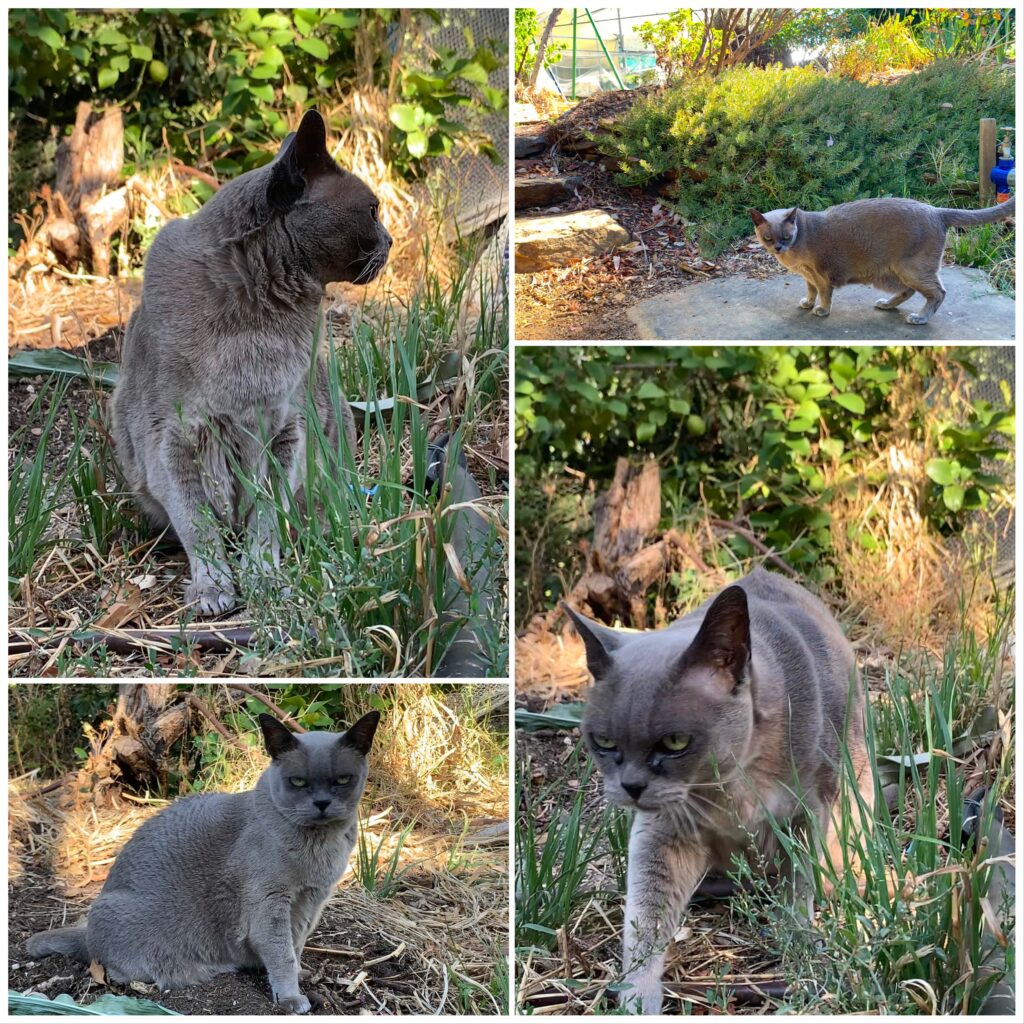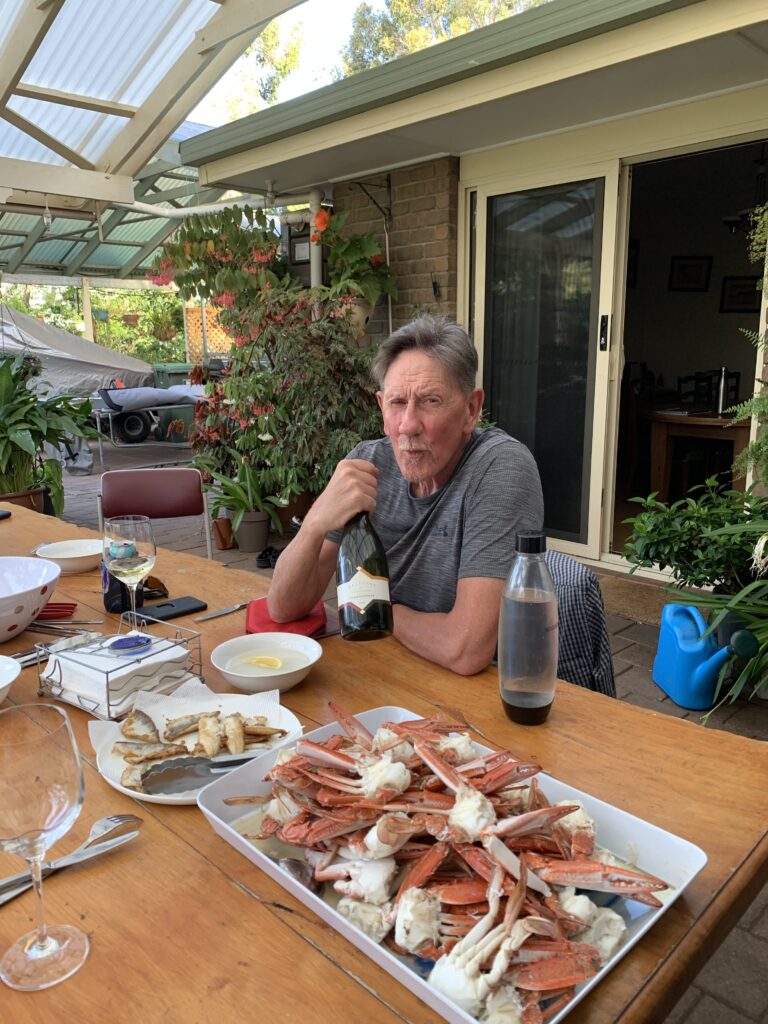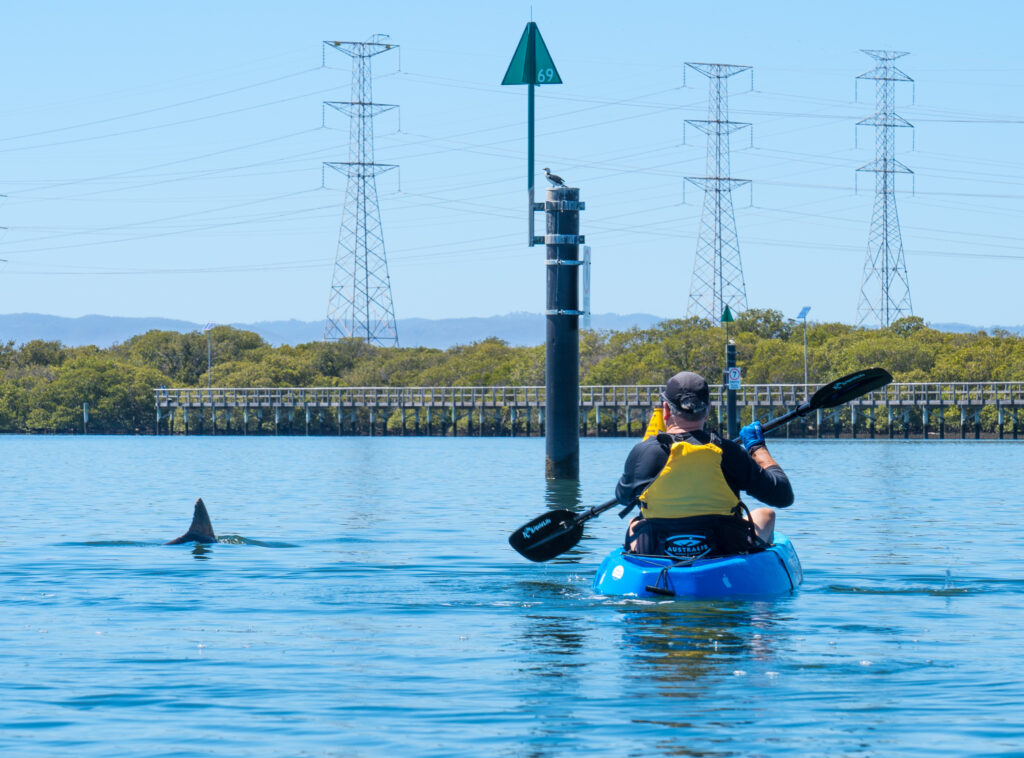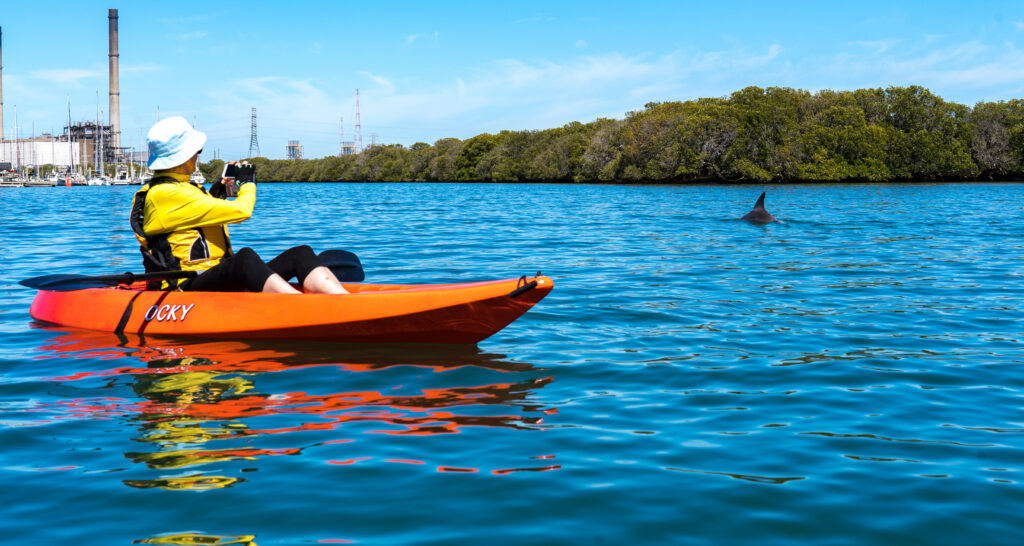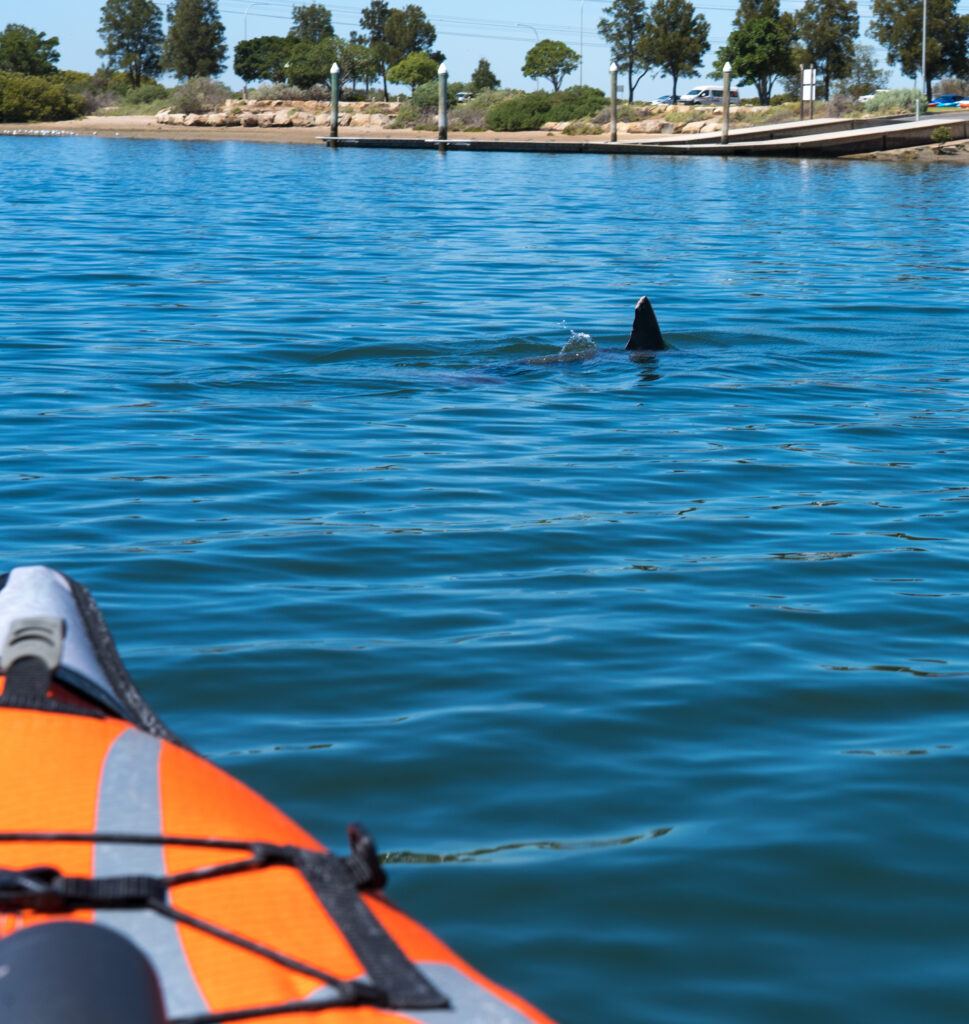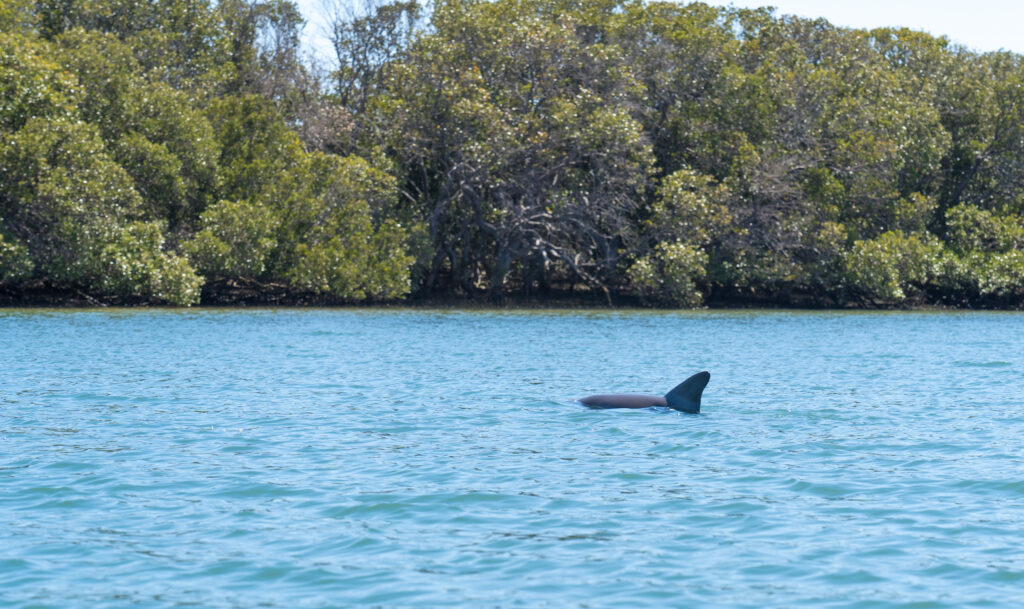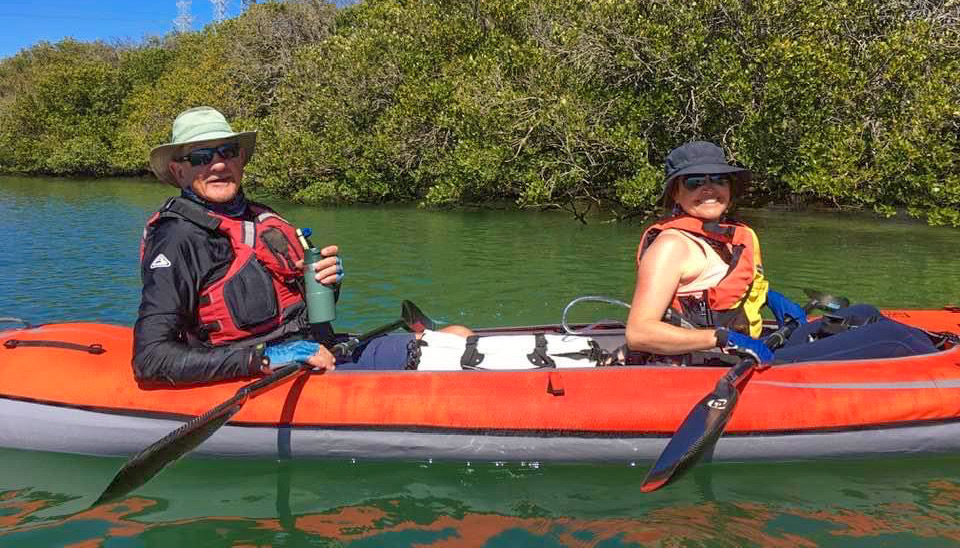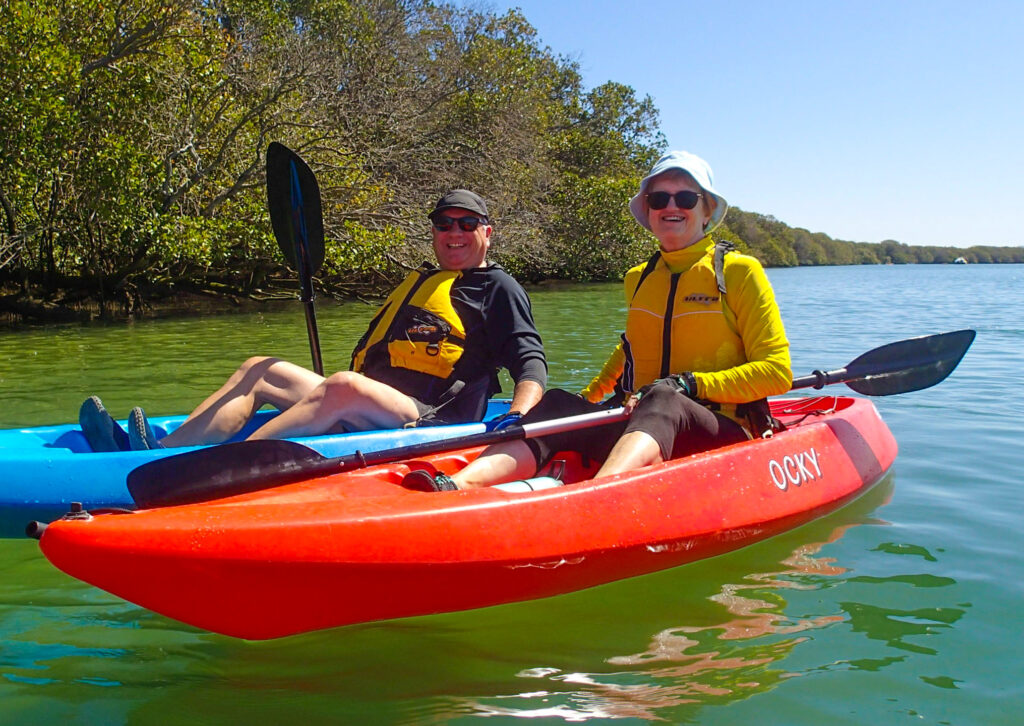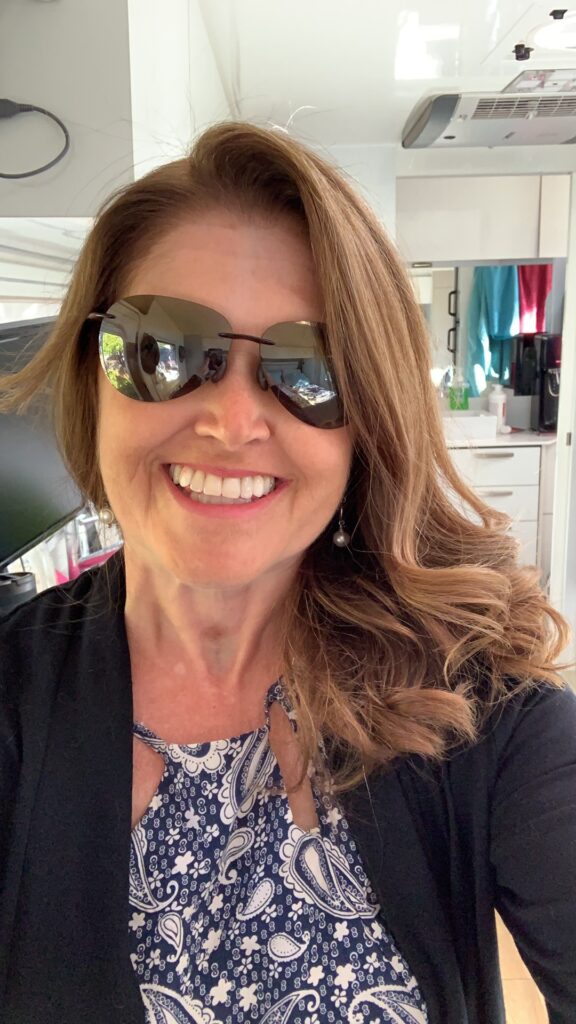Author: Mr A
Location: Menindee, south-west NSW, Australia
We acknowledge the Paakantji and Baakantji people as the Traditional Owners of the Minindee Lakes area we visited last week, and who are still active custodians of the land after these 30,000 odd thousand years. In the last 20 years though us white fellahs have pretty much ruined what they had sustainably farmed on land surrounding the lakes and from the water itself.
The Lakes are naturally occurring depressions that fill with fresh water after rains when the river flowing through them (Australia’s longest waterway, so including tributaries) the Darling, is in flood. They were joined together in 1968 by canals and turned into a water source for arid Broken Hill (100km up the road) and for irrigating farmers using the Darling River downstream. Theoretically it also works as a flood management system, although it has been ten years since they have seen one of those and the lakes are currently at 17% capacity.
The draw for us in visiting the area was that these lakes are an Important Bird Habitat (IBH), and with the new telephoto and our kayak, we thought…let’s drive for 120km up that corrugated dusty road to take some photos! My dad would have been especially proud. The son who he couldn’t interest in his passion for birding, now getting all excited about seeing some of the thousands of water birds that call these lakes home. Like everywhere we have visited across the Murray-Darling Basin in the last 6 weeks, there is no good news for the environment. Bird numbers are in sharp decline as the water levels are adjusted to suit the needs of cotton and almond farmers, not the health of the ecosystem.
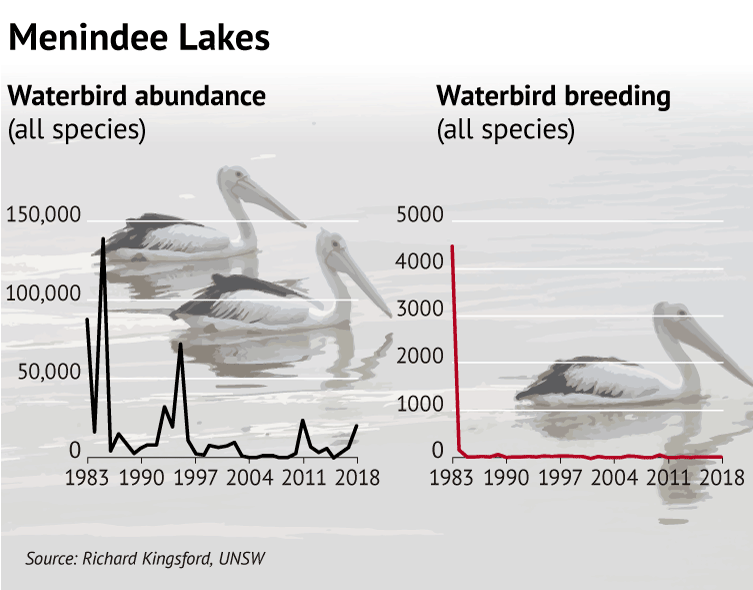
The town of Minindee seemed to reflect the deterioration in the health of the lakes. The main caravan park in town was an absolute dump, and even the information centre staff said “We DO NOT recommend you stay there”, but instead sent us 15km out of town to another park. We did drop into the local IGA, as we try and spend local if we can, but it was a sad little shop with nothing fresh on the shelves. and a belligerent look from the cashier had me hurriedly scuttling out. We were later to be told by several people that “the town is dying and the council do nothing”. Ten years of drought must have been a tough run for them. Let’s hope some of the deluges falling across most of Australia this week benefit them.
We were camped at a lovely spot right on the edge of one of the lakes called Copi Hollow, home to the Broken Hill speedboat club! Not usually the best mix with kayaking and birding, but on a Thursday afternoon we were lucky and had the lake to ourselves.
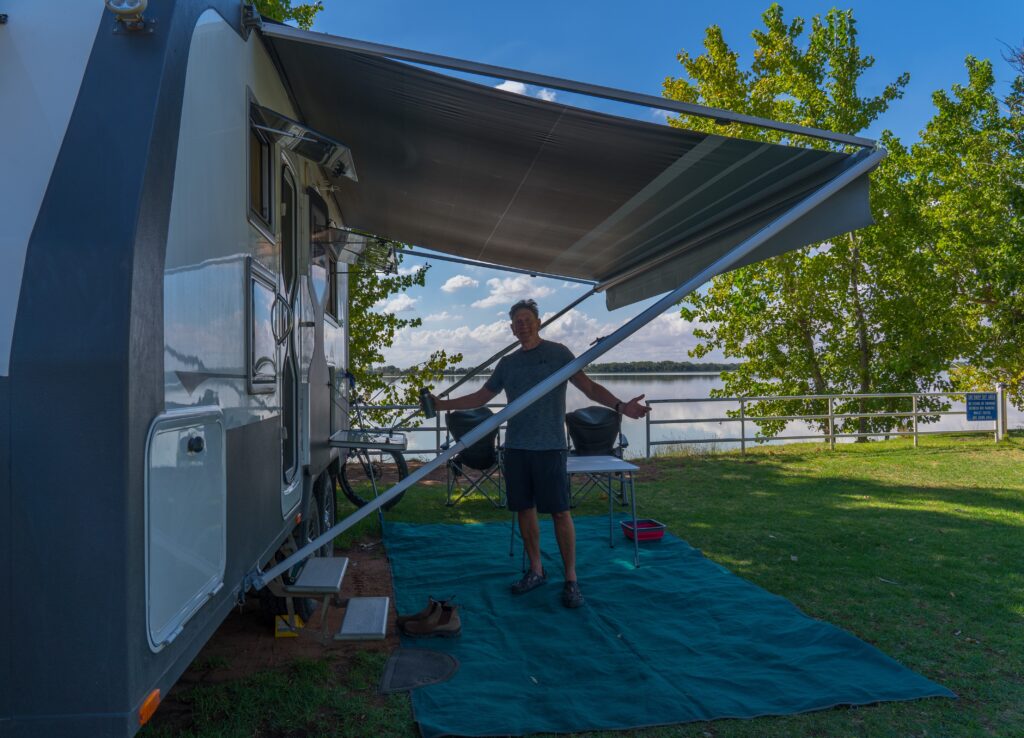
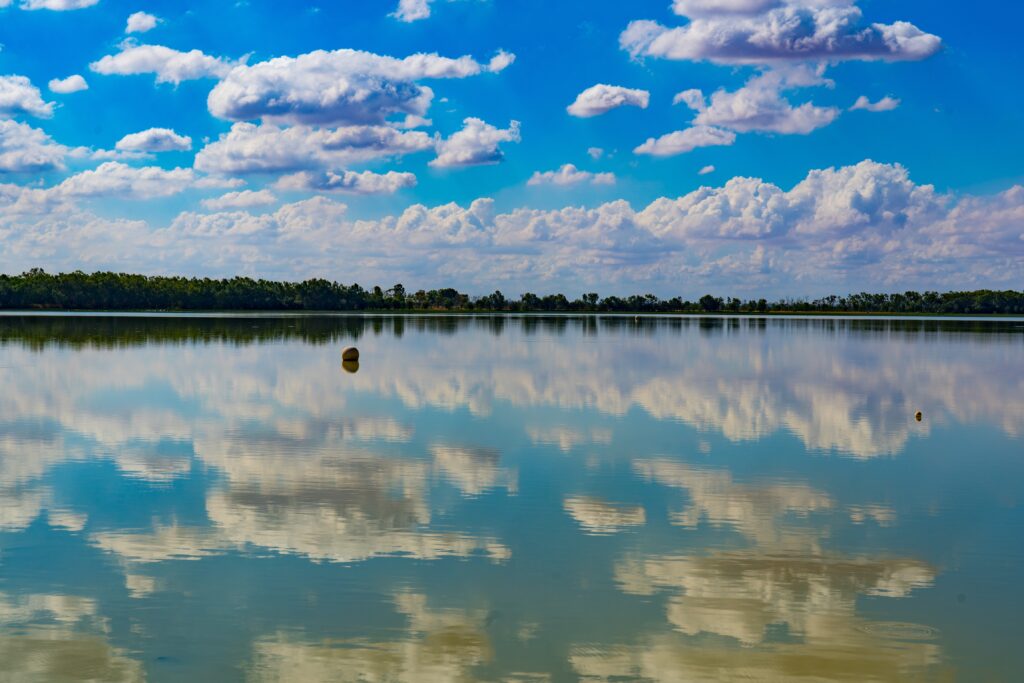
We had our first trip out in our kayak with the zoom lens. It wont be the last. Look at some of these shots!
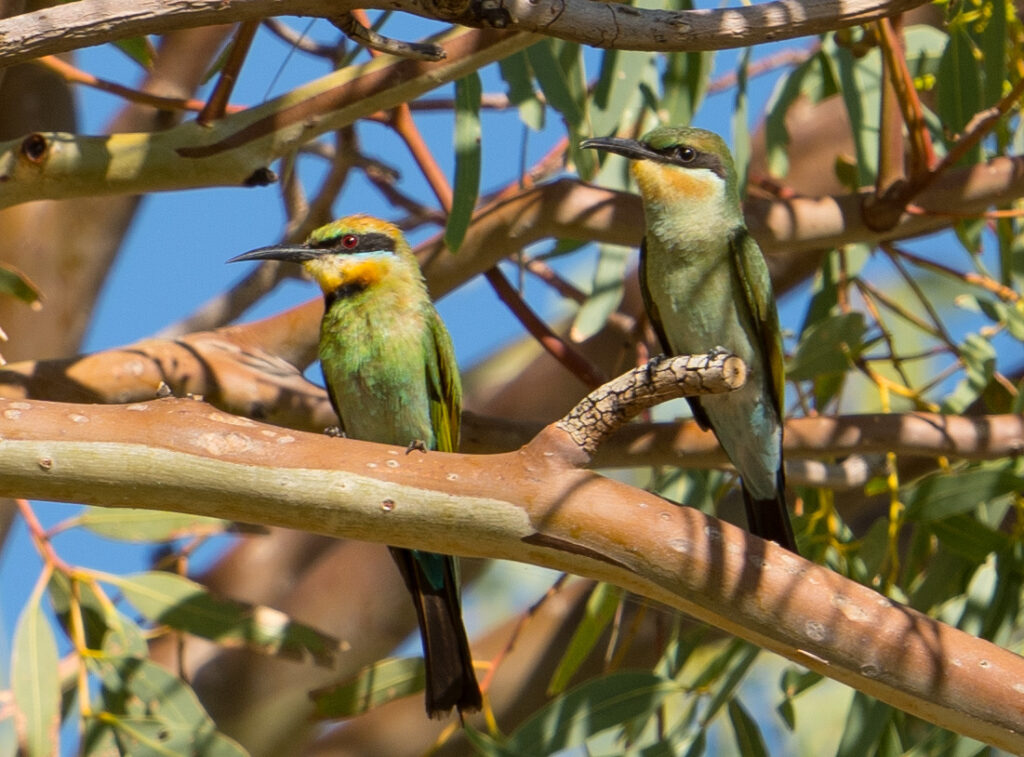
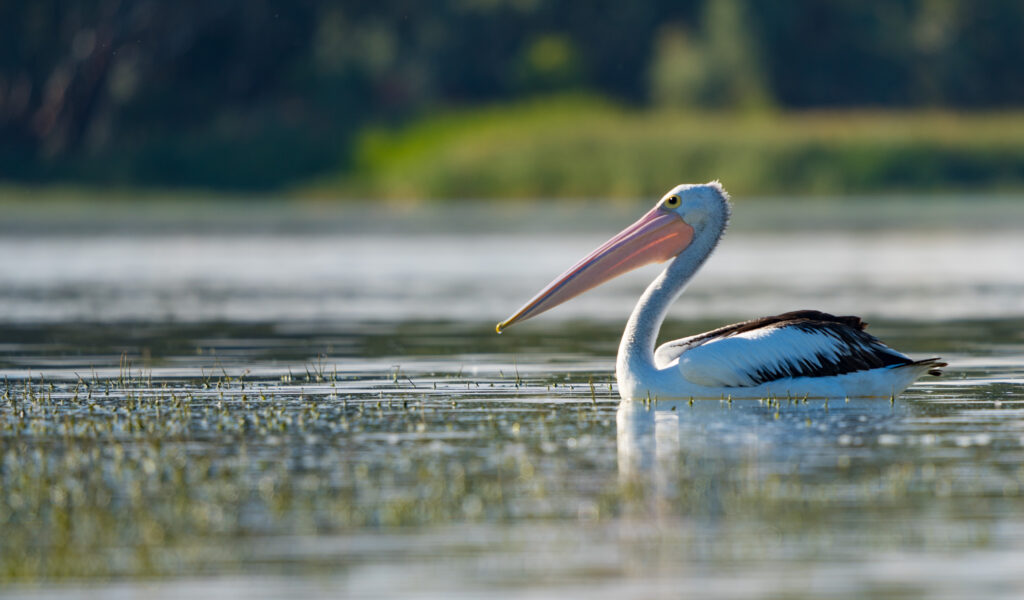
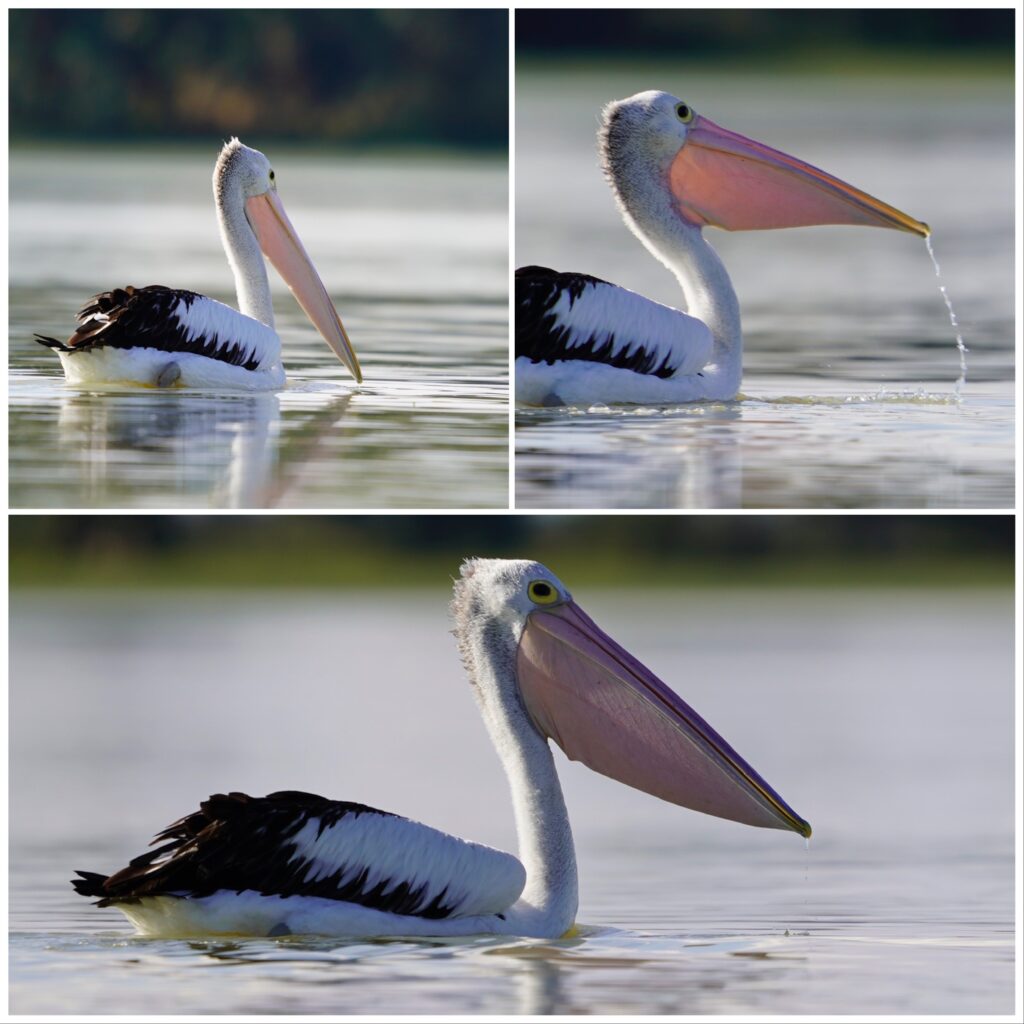
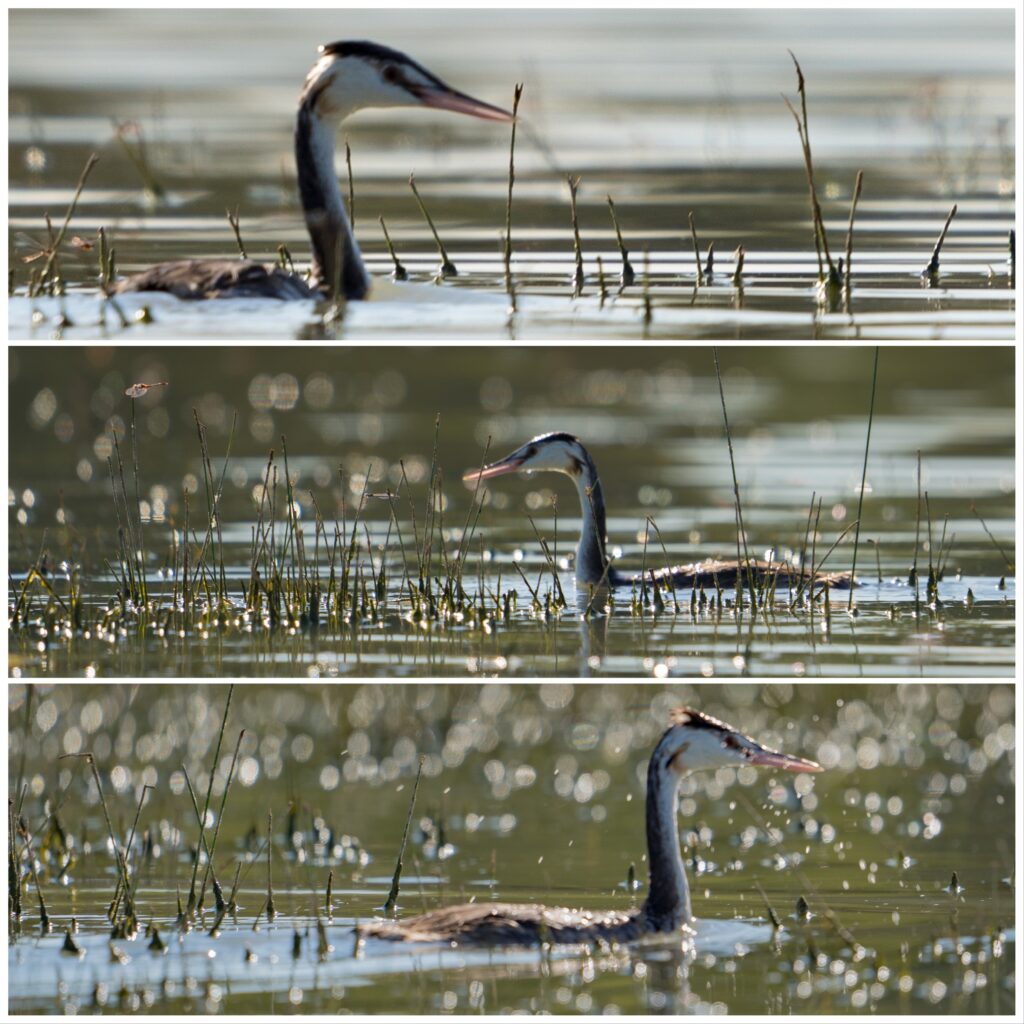
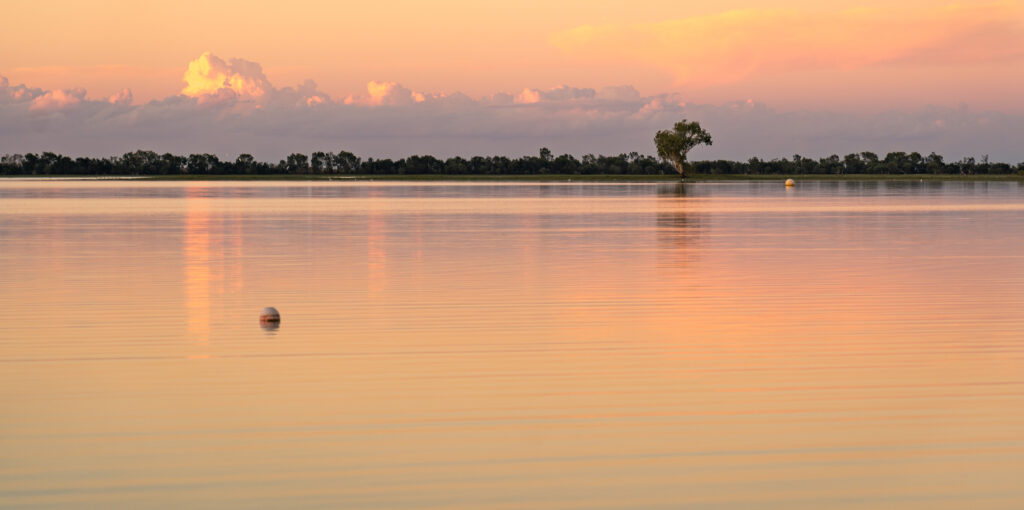
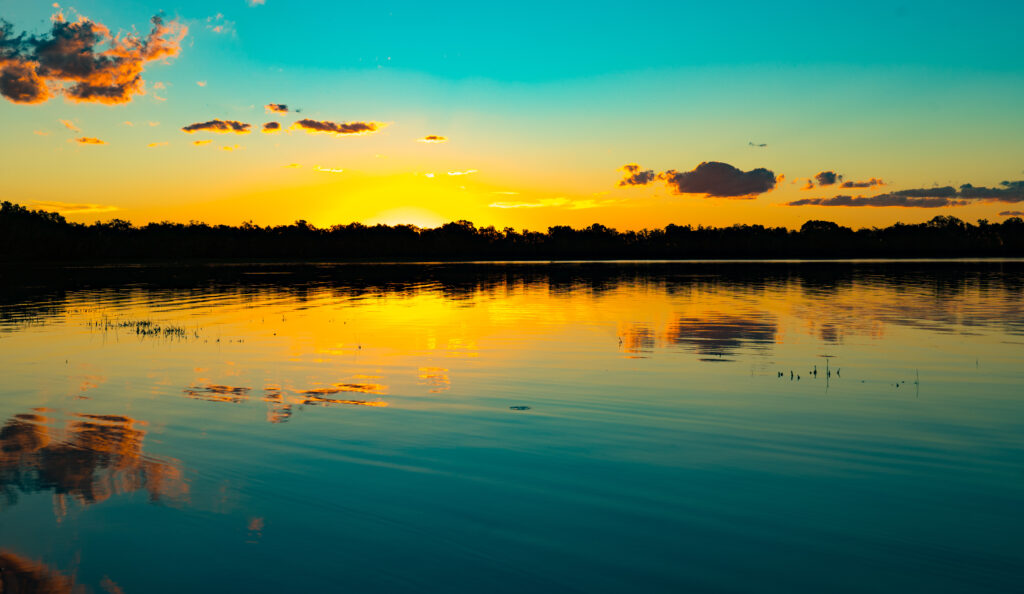
We returned buzzing, and set the alarm for a dawn paddle the next day. We are describing the feeling to each other as “like being on safari”. There’s the thrill of spotting something new, the joy of being outdoors and watching nature unfold around you. In a kayak there’s no noise to frighten the birds, and we soon worked out how best to use the stealth to our advantage, silently drifting along parallel without threatening and forcing them to fly and abandon nests and/or their young.
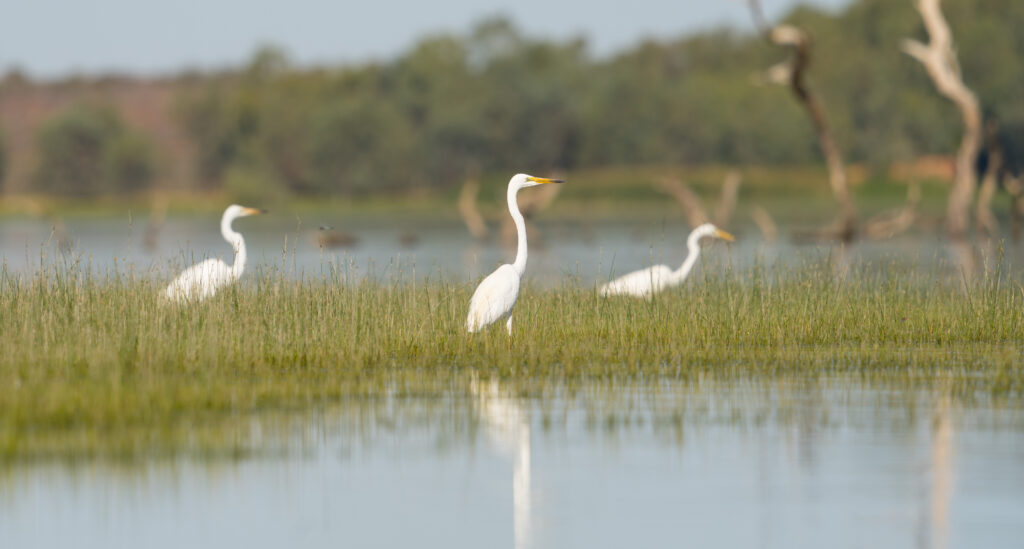
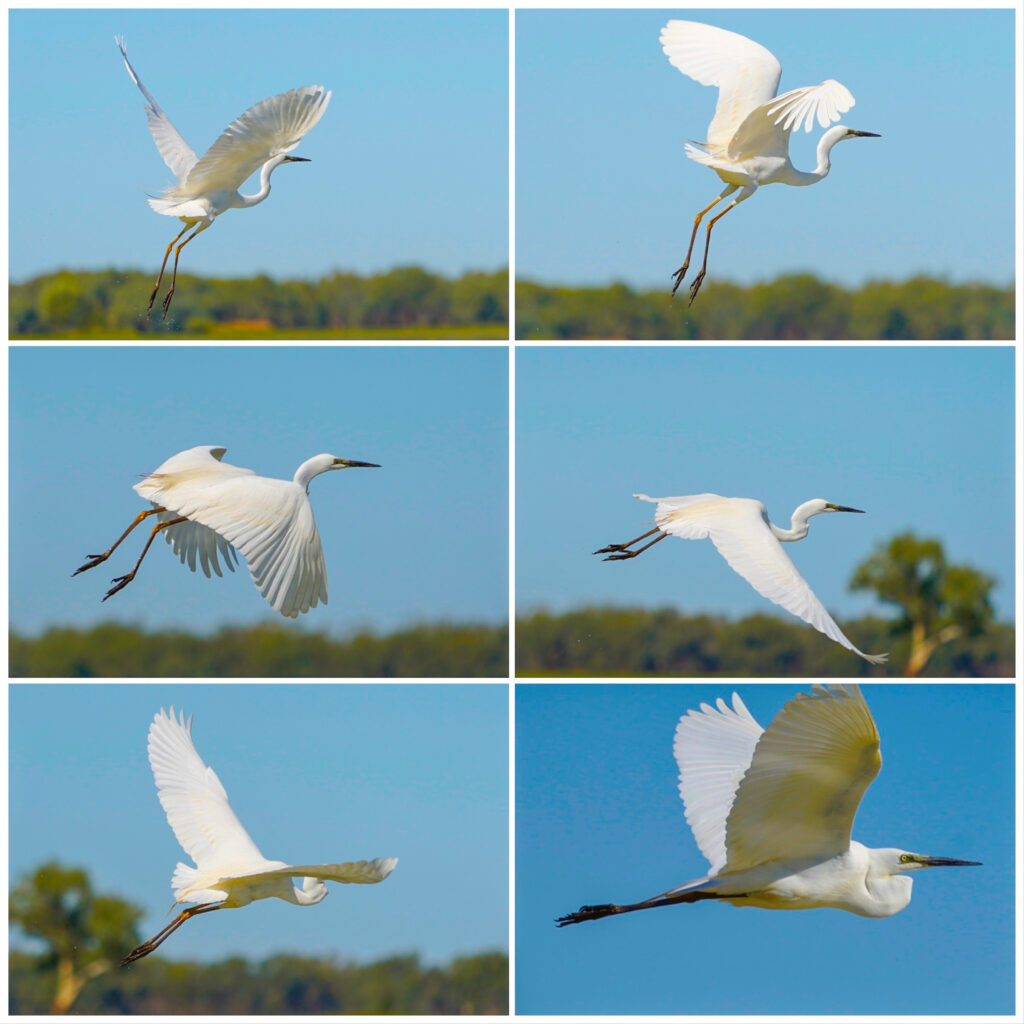
It was absolutely magical, and we feel a whole new world has just opened up for us in being able to identify birds from their photos that otherwise would have been a fleeting glance in my binoculars. Oh, and its a good workout for me as I’m “the engine room” at the back, while Mrs A cradles the zoom lens between her knees and spots our next photo opportunity :).
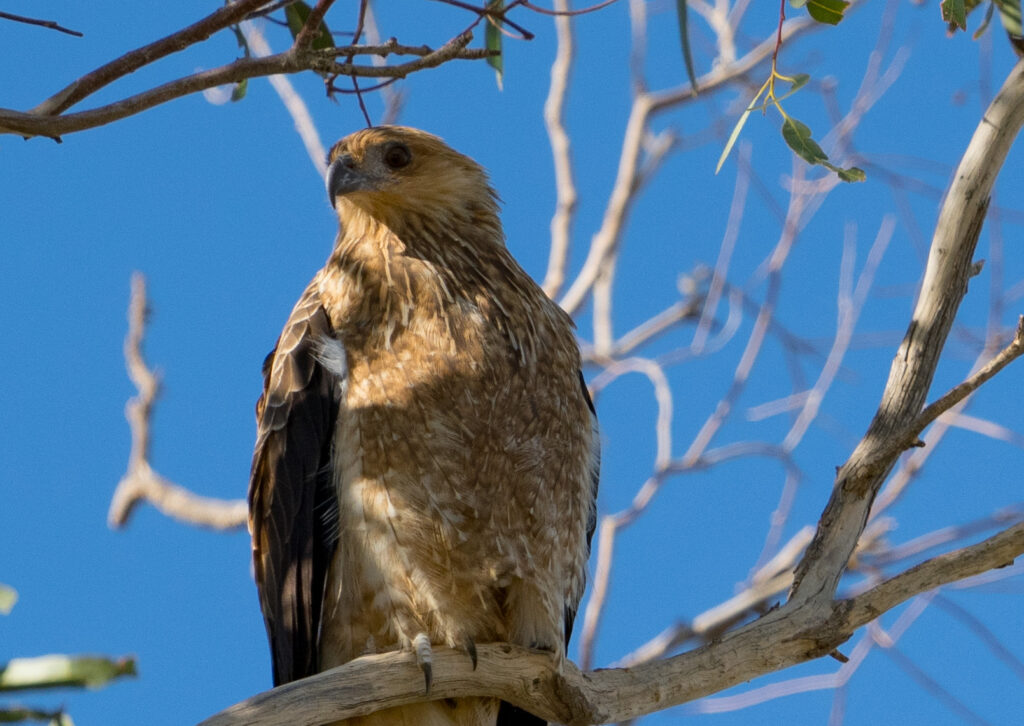
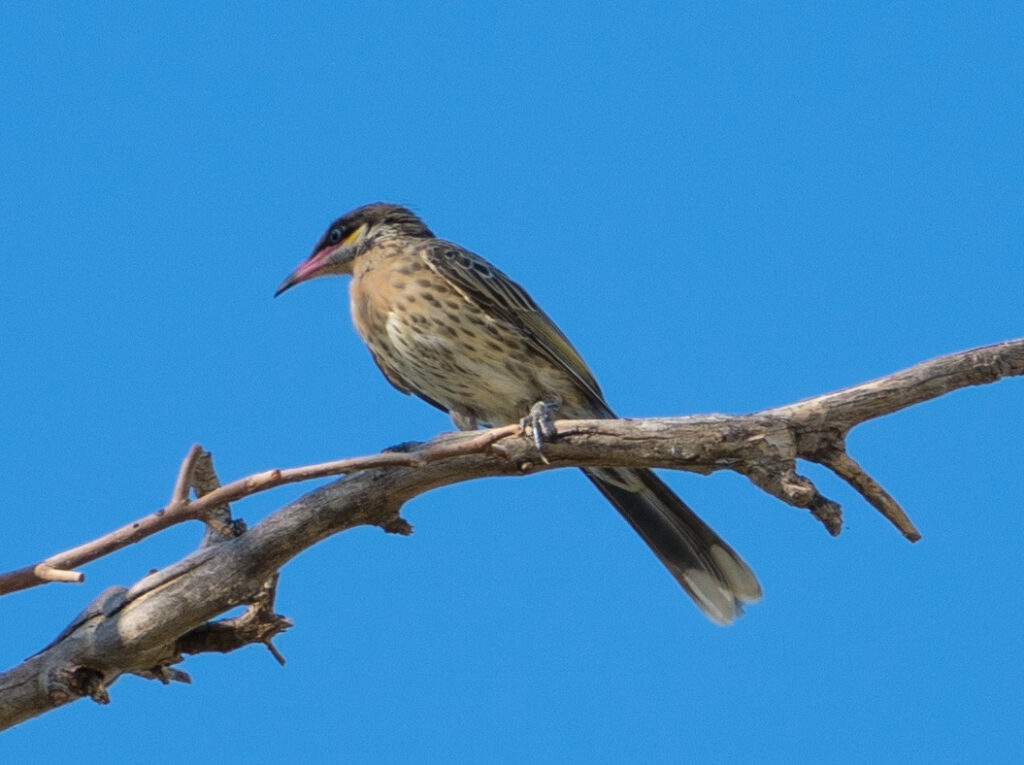
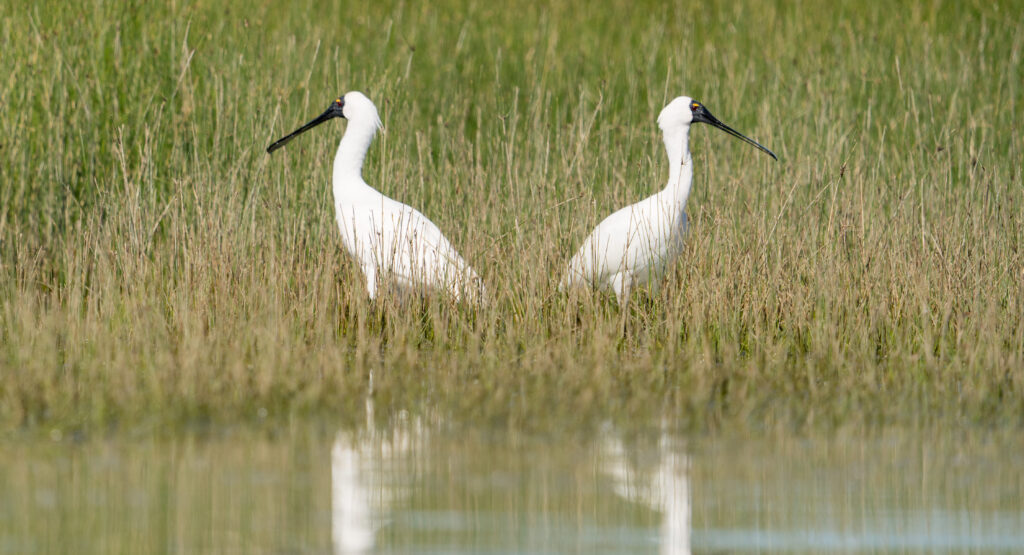
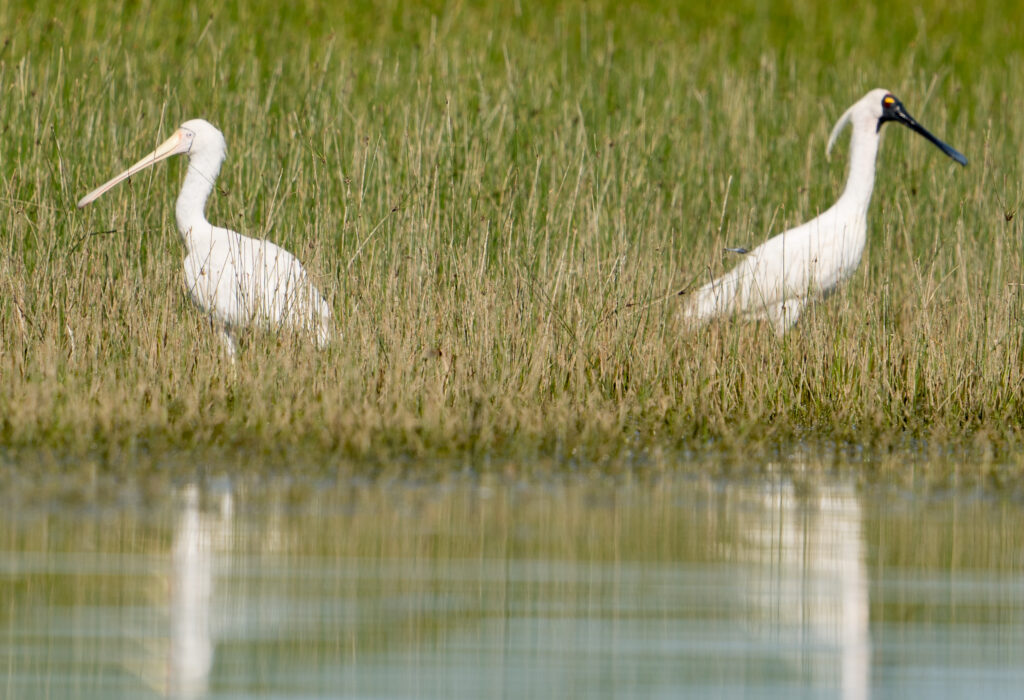
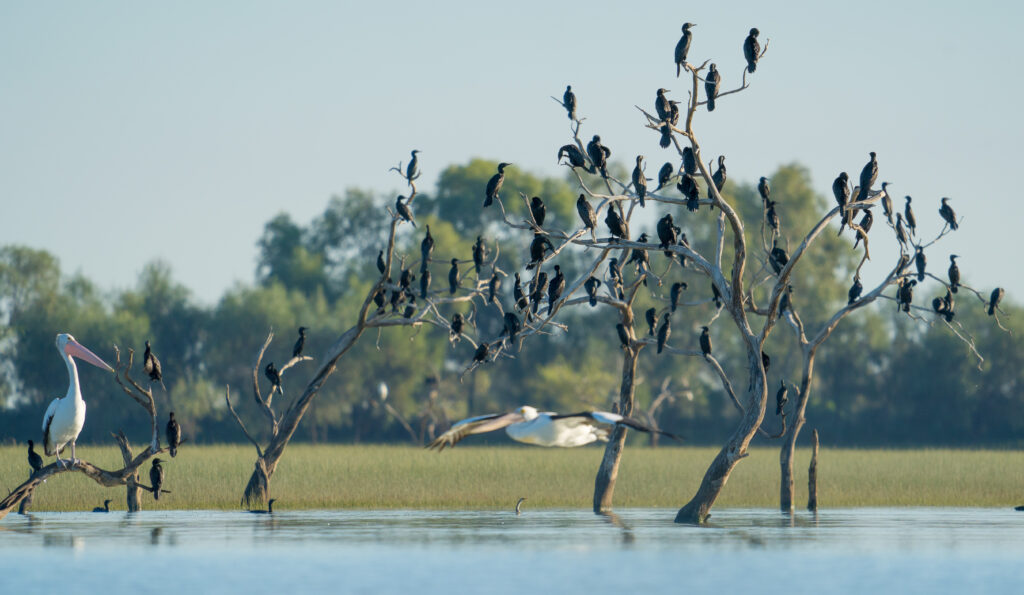
We try and cast aside thinking about the dire future this ecosystem has. Very little is being done to help it. The authority that manages the Murray-Darling Basin were told by CSIRO 10 years ago to use their climate change models showing the likely increase in temperatures and extended droughts that were to come, as the basis for their planning. But no, they insisted on using the historical data as it was more economically convenient. An investigation by journalists in 2017 exposed some of the corruption, and this prompted a Senate enquiry in 2018. Even the irrigators are fed up with the incompetent management and are currently taking the authority to court in a class action. And so it goes on.
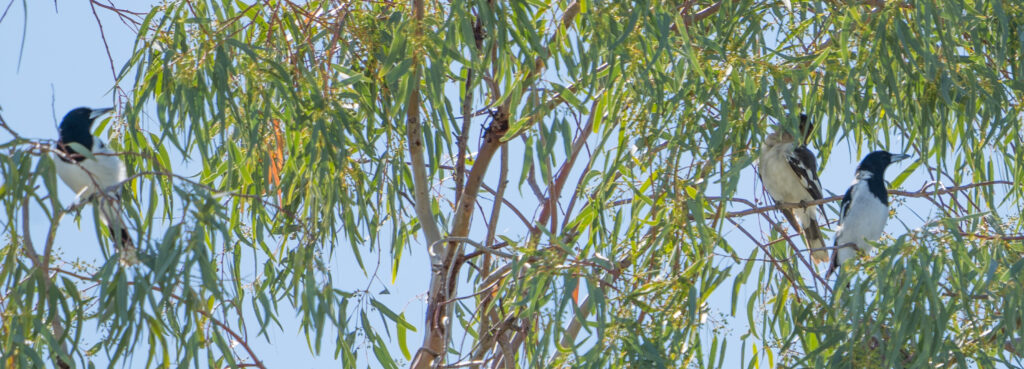
After lunch, we drove out to nearby Kinchega National Park. The park is set among the flood planes of the Darling River, and as we have seen throughout our travels, is predominantly dry and arid, coming to life around the snaking waters of the Darling. The land has been home to the Baakantji nation people for more than 35,000 years. ’Baaka’ means the Darling River and ’ntji’ means ‘belonging to’. Many of the community descendants are staff at the park, helping to eradicate pests – both flora and fauna, and preserve those that have not been destroyed by white person occupation.
The land was settled by European Australians in the mid 1800s, and a huge sheep station set up, with over 120,000 sheep roaming the area.
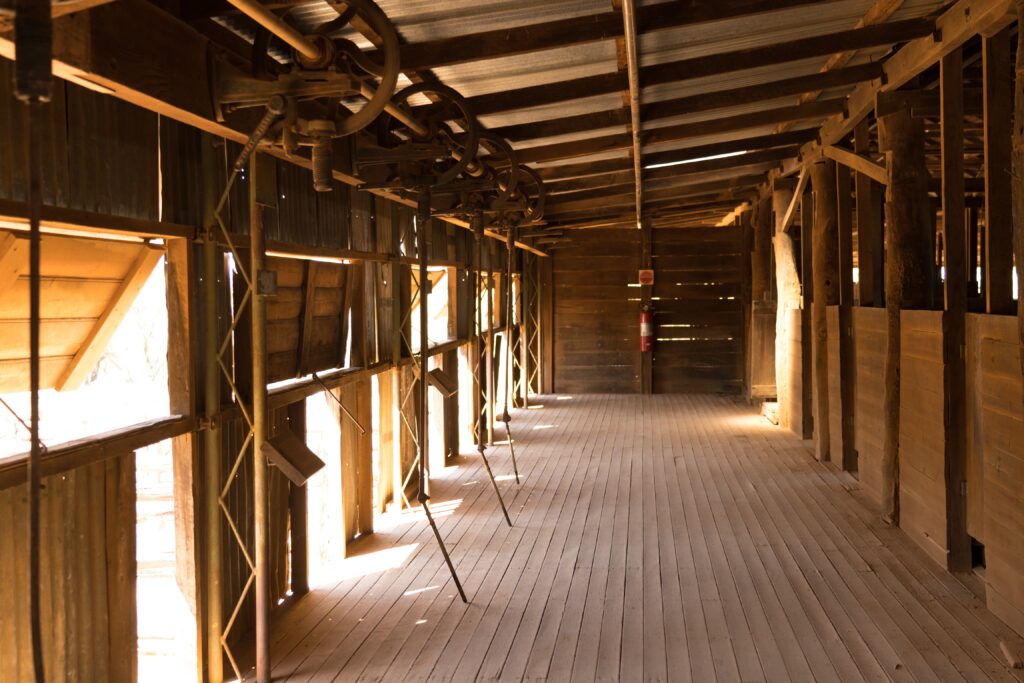
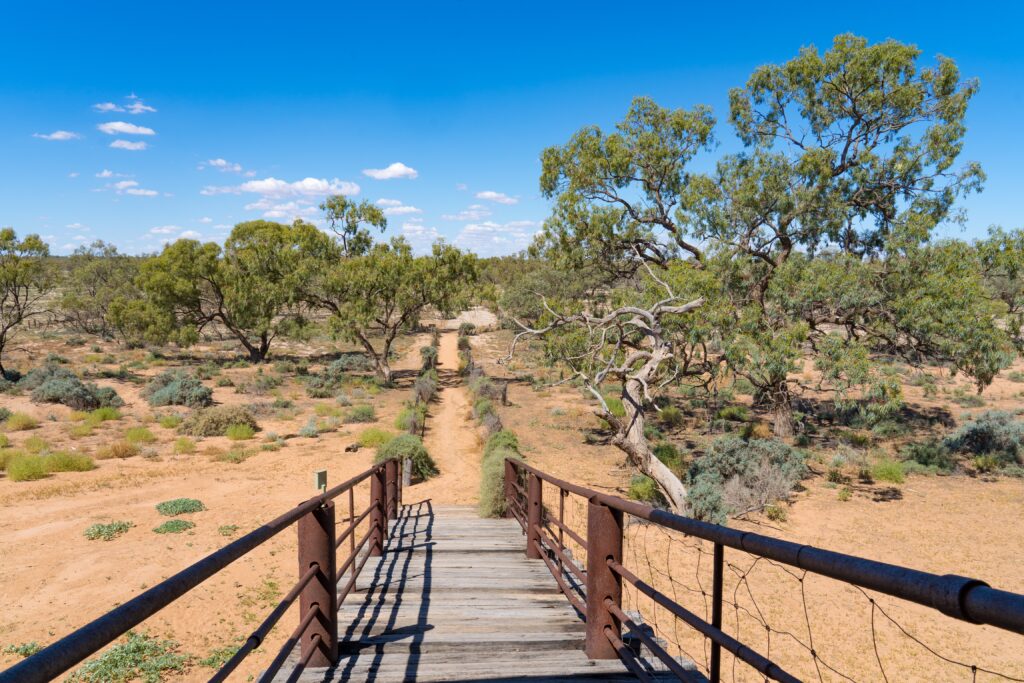
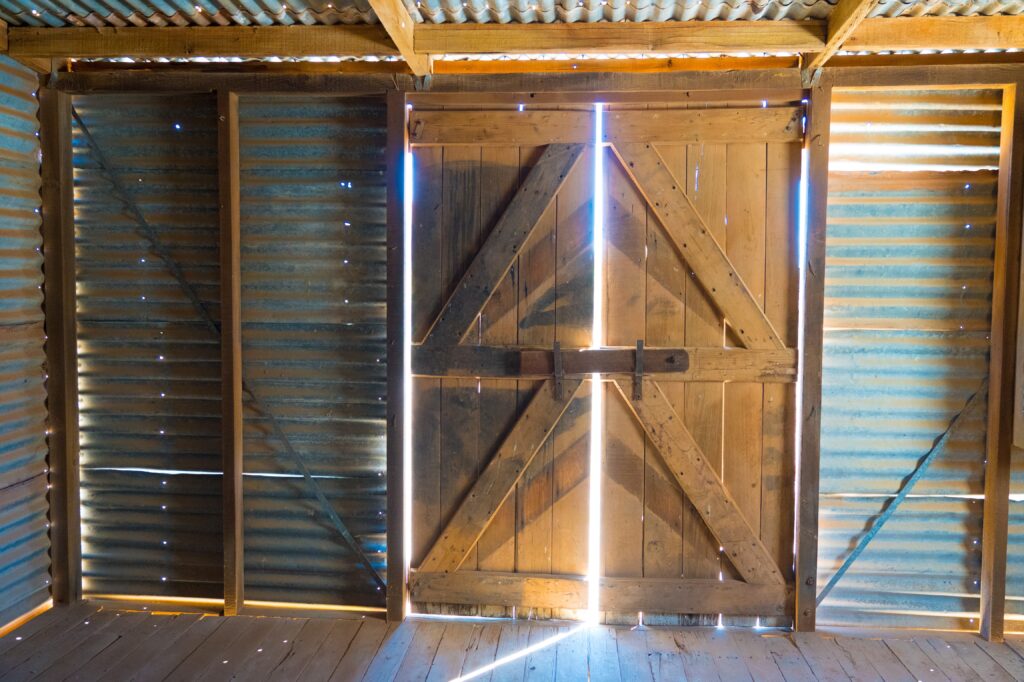
Sheep farming did not work well in this area. Initially, there was plenty of food, but soon the sheep trampled and ate all the grass, the ground pounded as hard as concrete by their hooves so that the delicate seeds could not germinate. By the early 1880s, 47,000 sheep had died of starvation, and by the late 1880s a further 45,000 were lost. This led to the collapse of this industry.
Sadly, the damage to the environment was already done. Within 15 years of cattle and sheep being introduced to the area four species of mammal had gone extinct. By the early 1990s, it is recognised that 27 mammals have gone extinct in the area – the highest rate of native animal extinction in Australia. It was designated as a national park in 1967.
Having driven through the dusty arid road, we returned to our oasis in the desert by following the river road, passing huge river red gums many hundreds of years old, and spotting some of the local bird life (ironically near a dry lake known as Emu Lake).
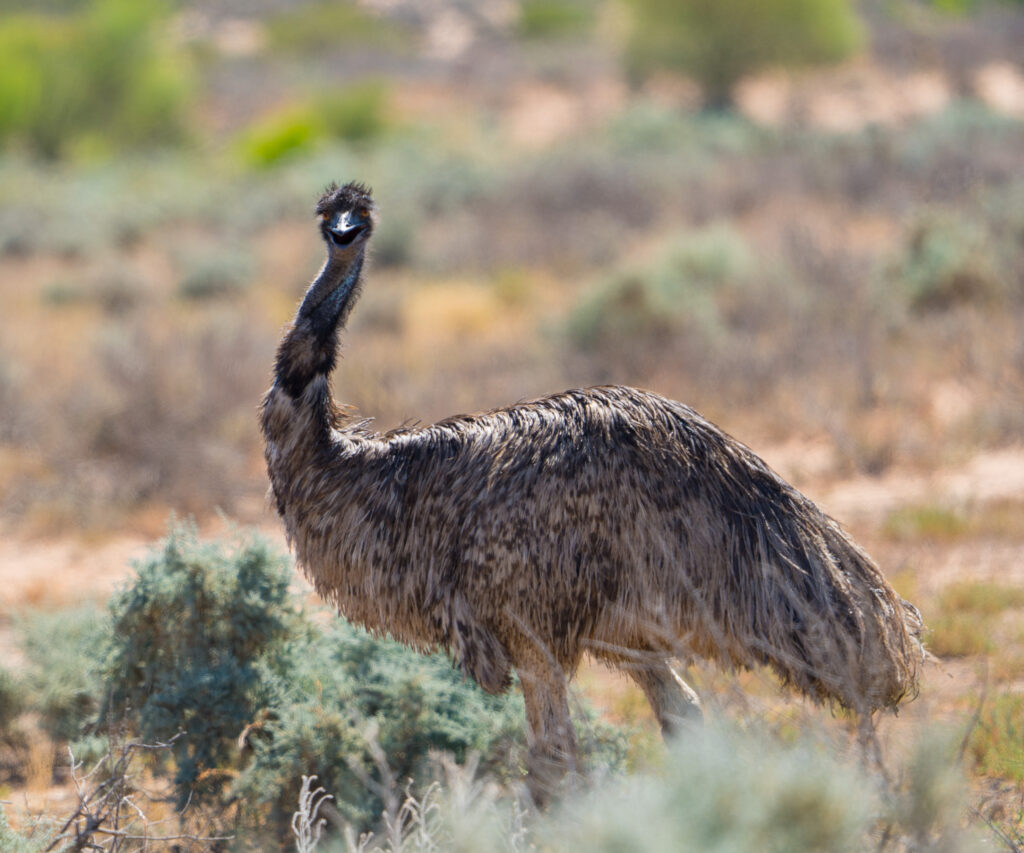
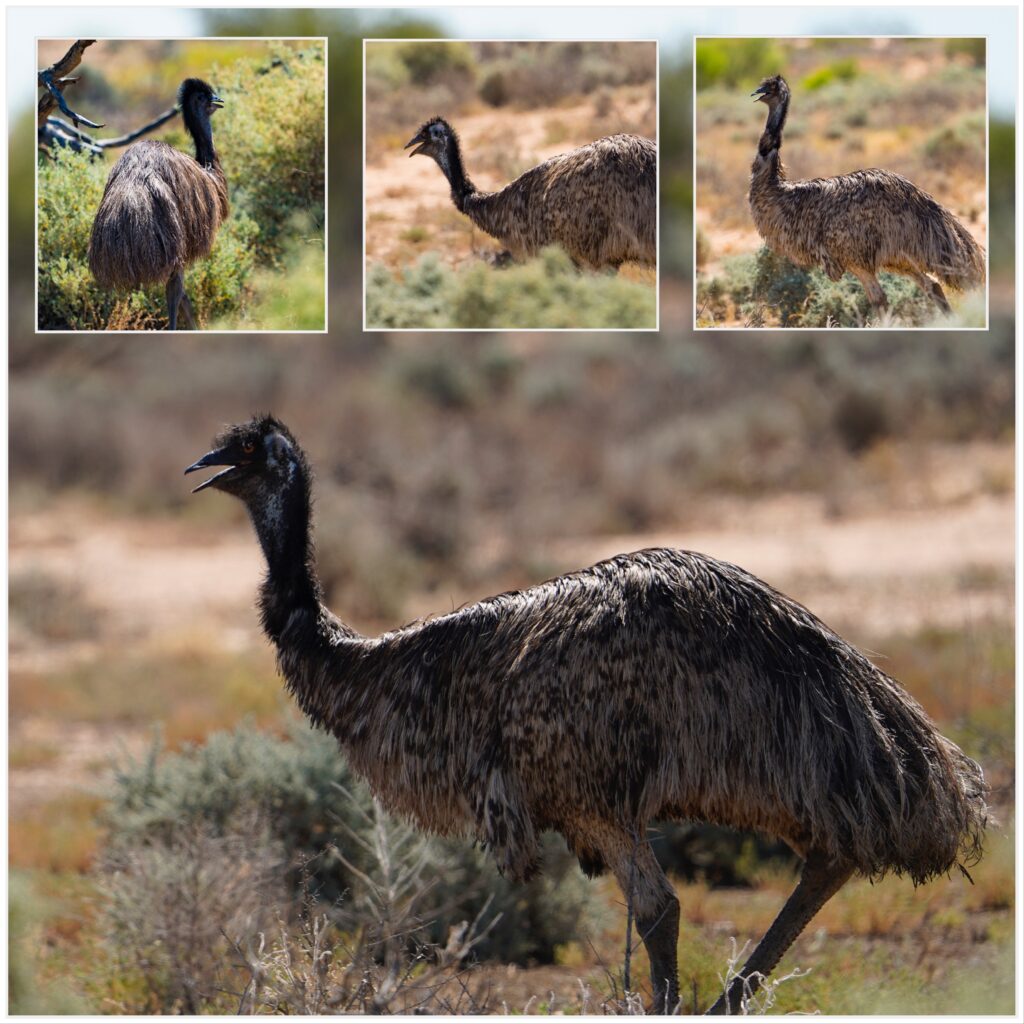
I had seen that there was a boat tour out on one of the lakes surrounded by private land, so otherwise this area was inaccessible, so we had signed us up for that.
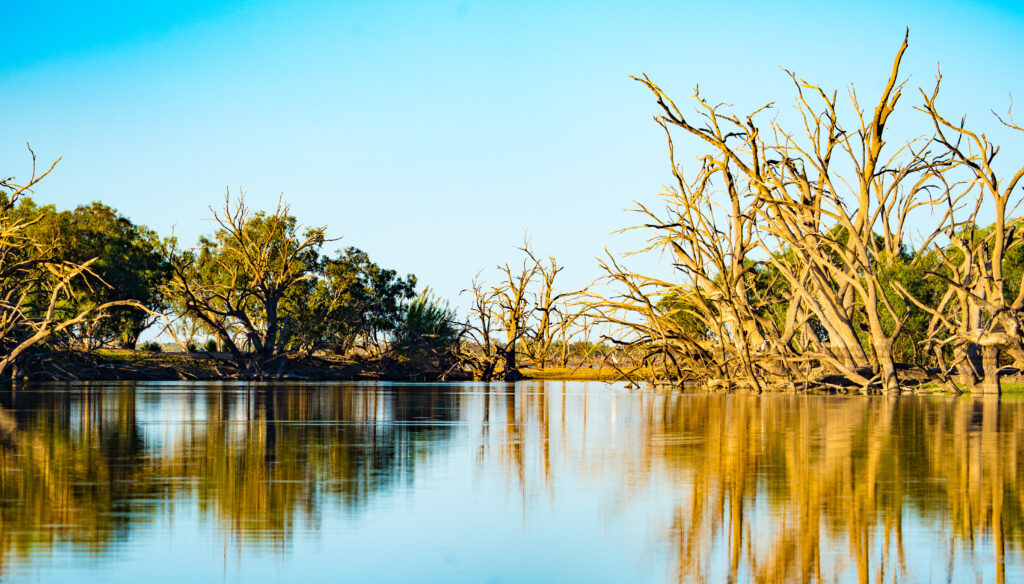
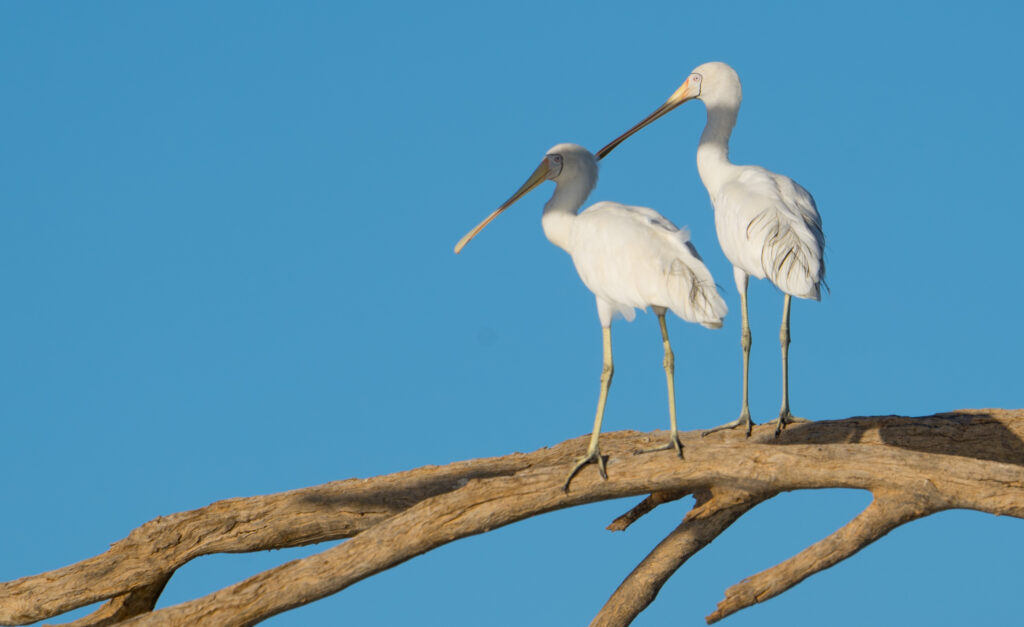
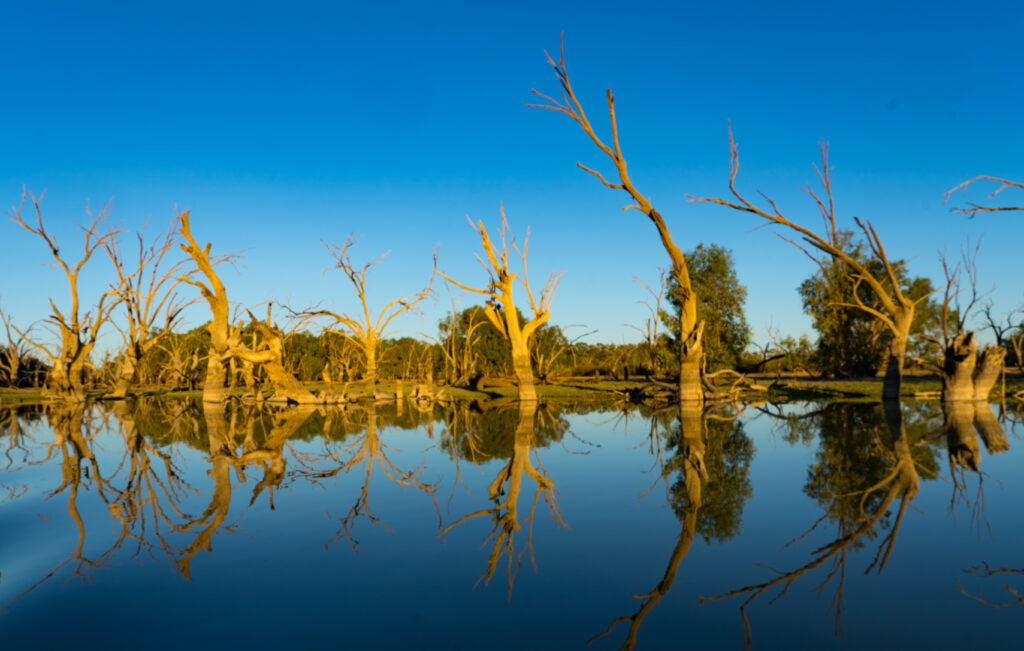
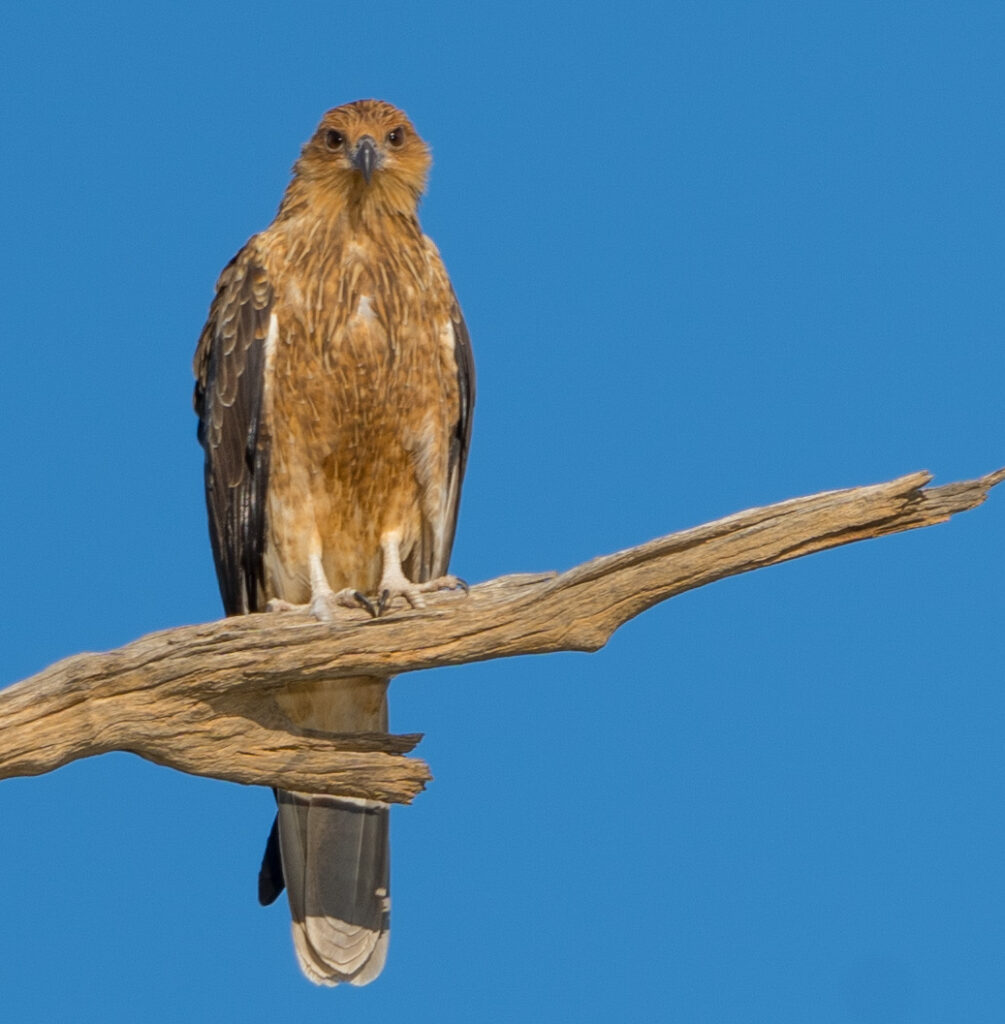
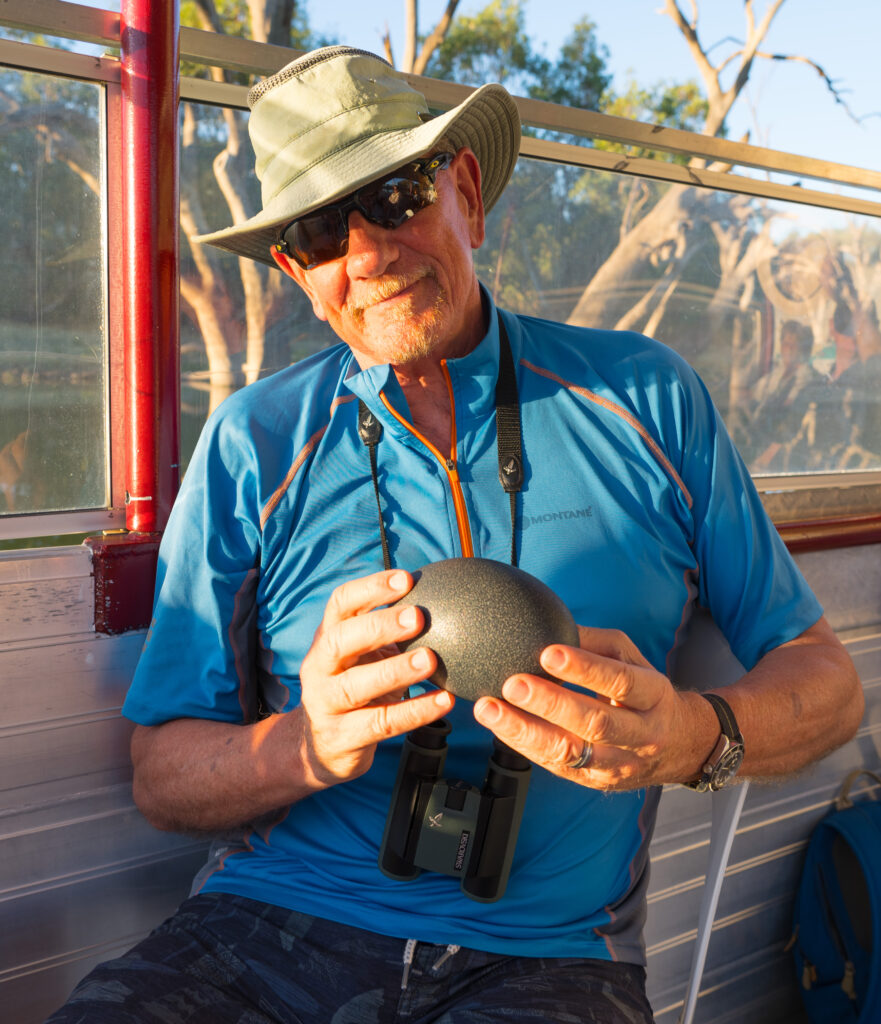
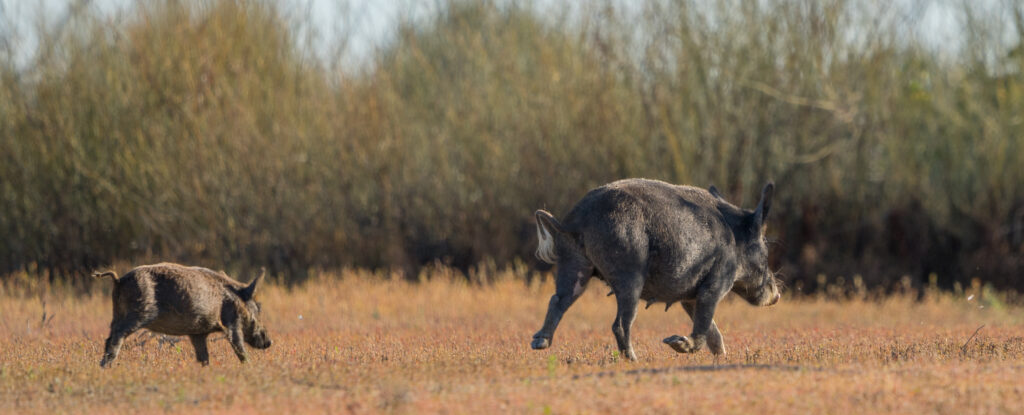
It was pretty average to be honest. Nice to be out on the water, but again not a welcoming or friendly smile from the operators. or no attempt to have the dozen people on the boat interact and enjoy themselves. The guide trotted out with little enthusiasm some local stories, and it was nice to see a new bit of the lake system, but not a tour that will burn into our memories,.
Is it a lack of motivation, or a lack of commercial acumen? Surely you’d think it would be a pretty obvious equation that happy customers talk about the trip and more people sign up. We often come across this type of apparent indifference to customer satisfaction in outback Australia. Sometimes we think it’s because there is little competition to drive them. This operator for instance was the only boat going out on the lakes, and most of his trips are full apparently.
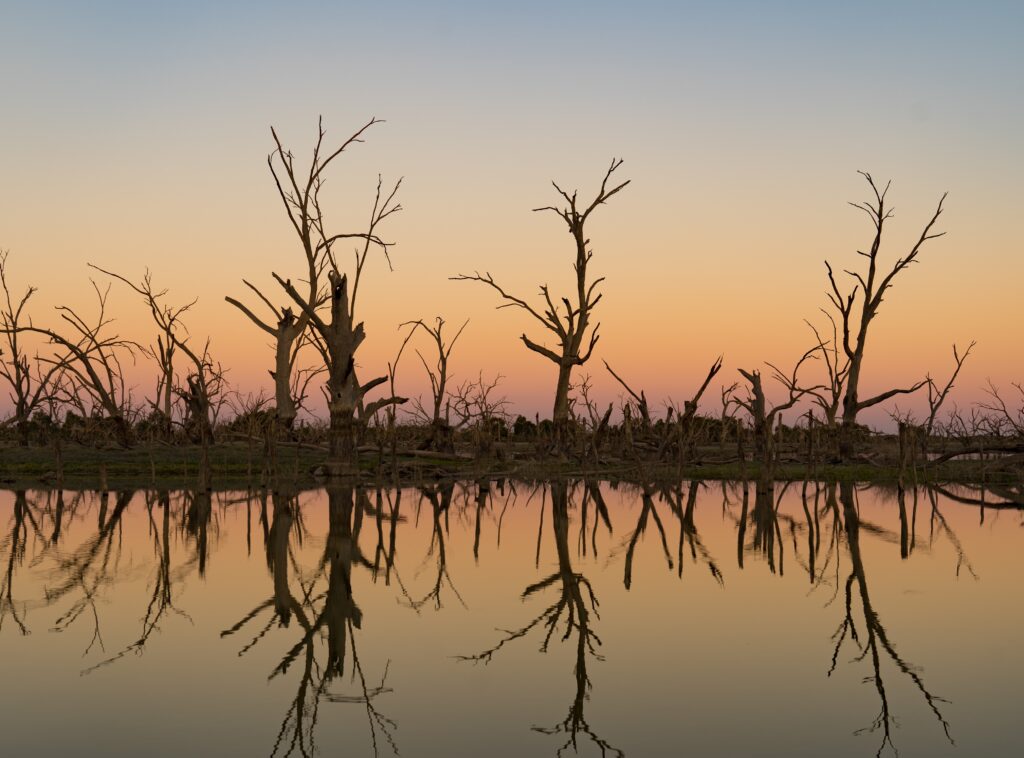
So Menindee lakes we loved you, the town and the “vibe”, not so much. They are going to tarmac the road from Broken Hill down to Minindee, so lets hope that breathes new life into this struggling community. We will remember these first few “birding paddle safaris” (as we now call them 🙂 ), as being absolutely magical, and the gateway to something we will enjoy for many years to come.
I hope the Minindee Lakes survive as a place that these beautiful creatures continue to visit and take sustenance from for many years to come, but based on what we are seeing now, our confidence is low.
